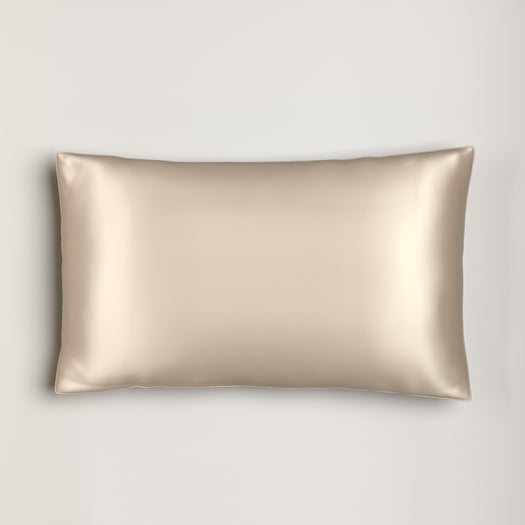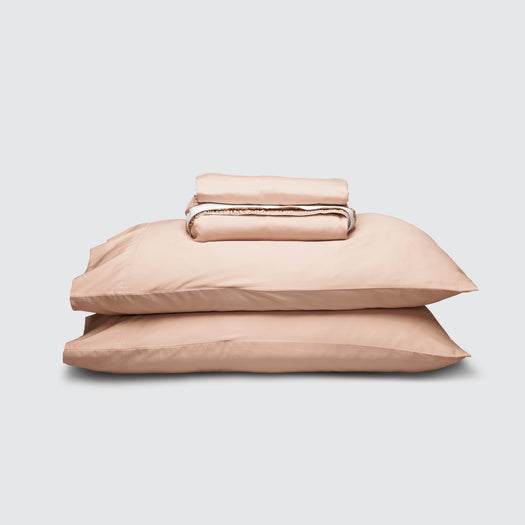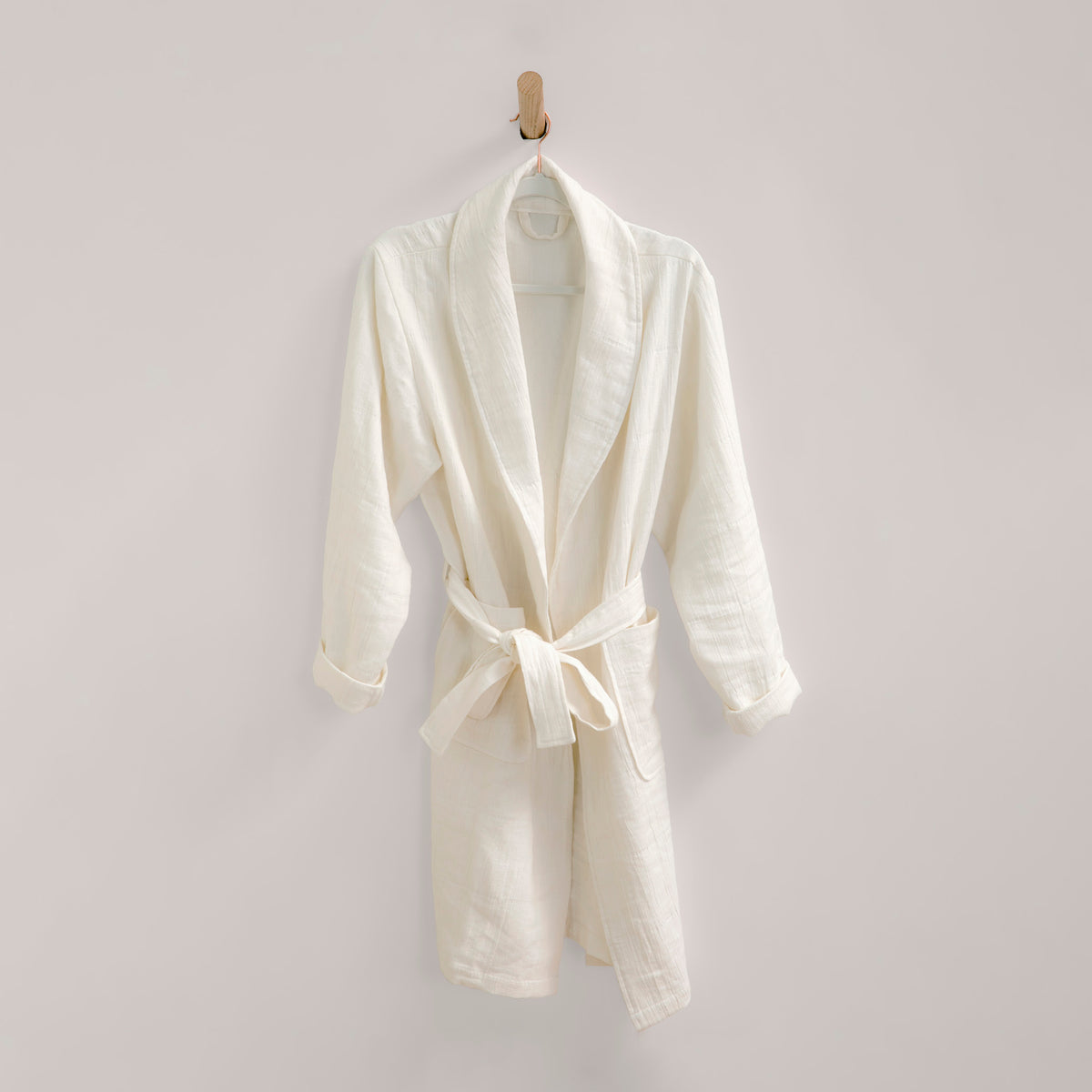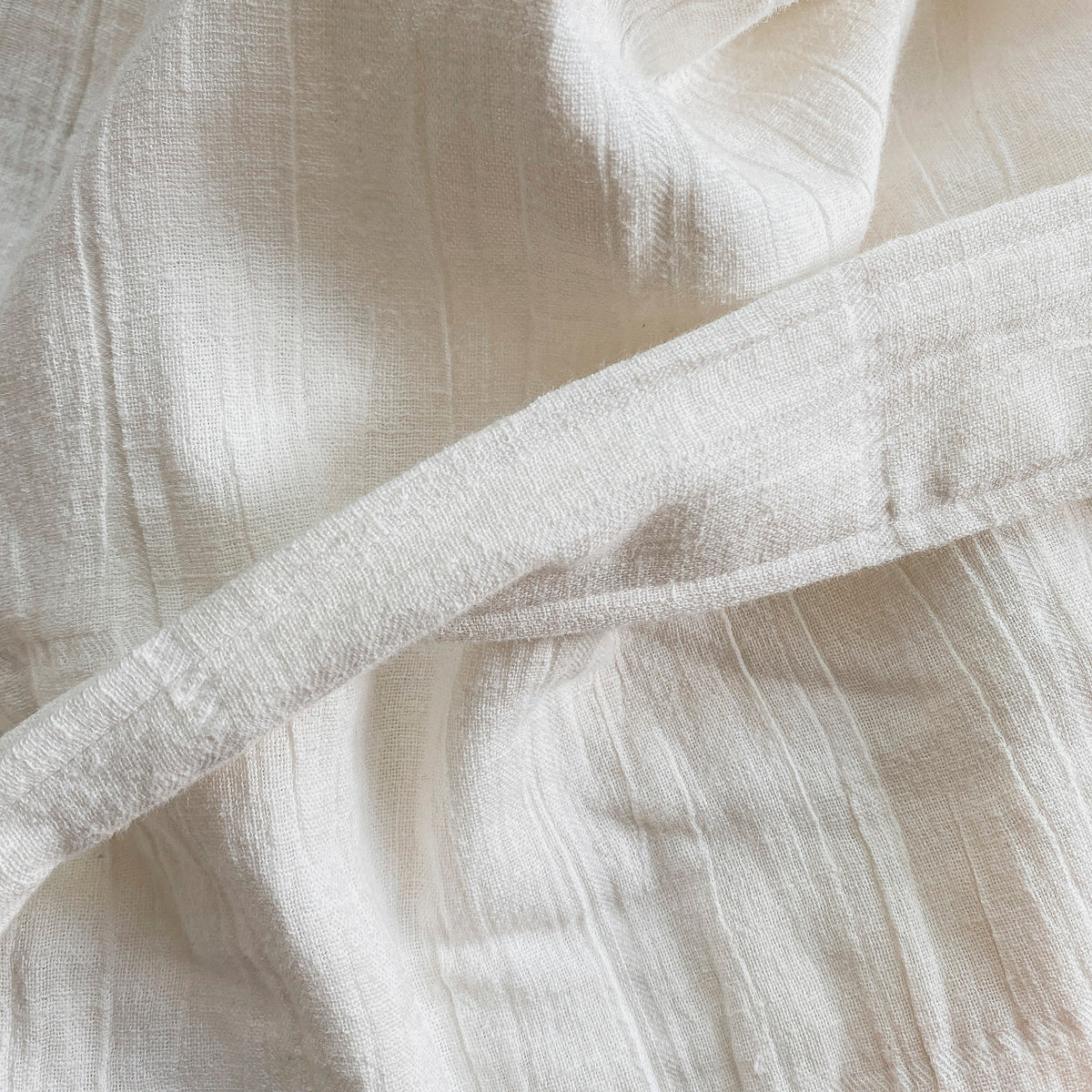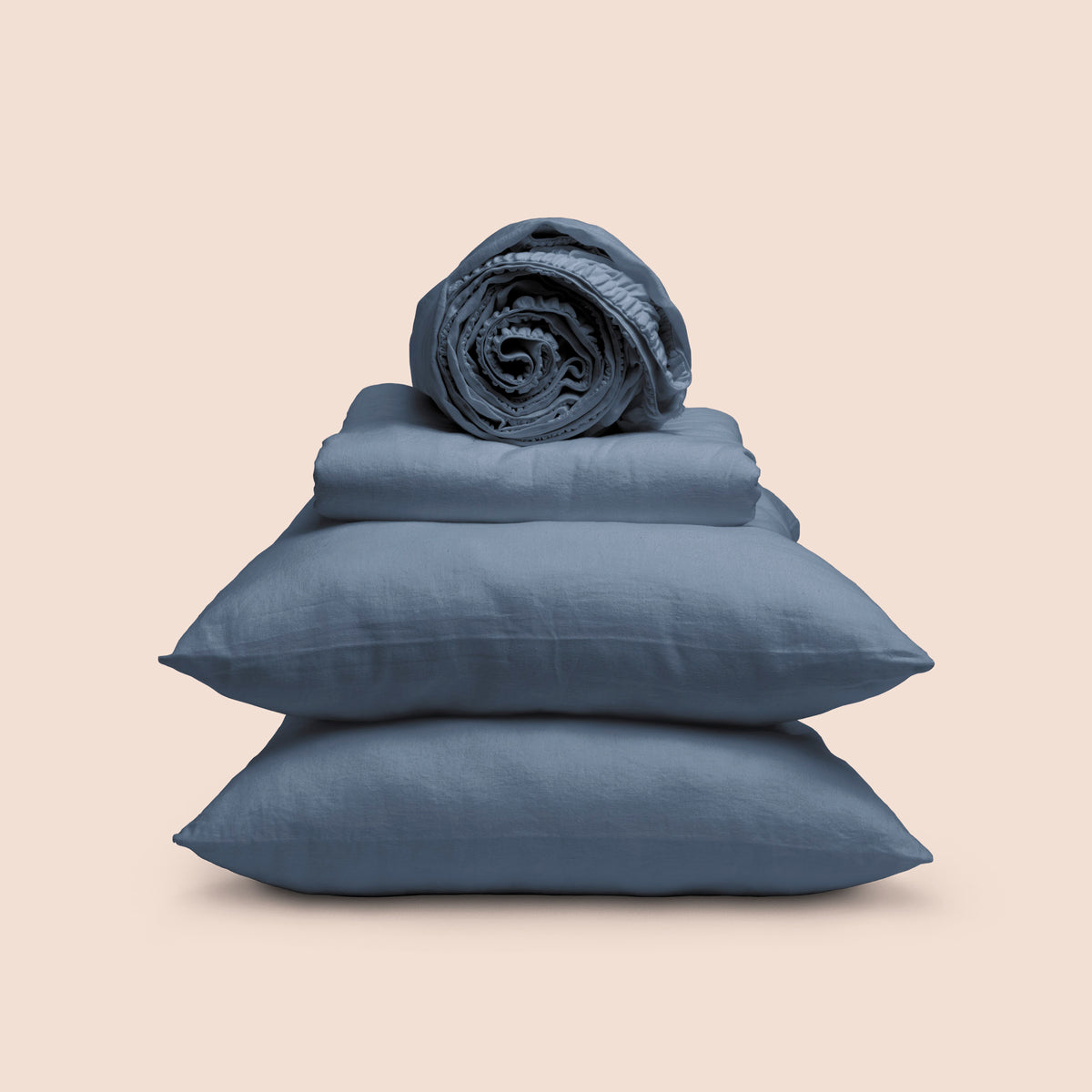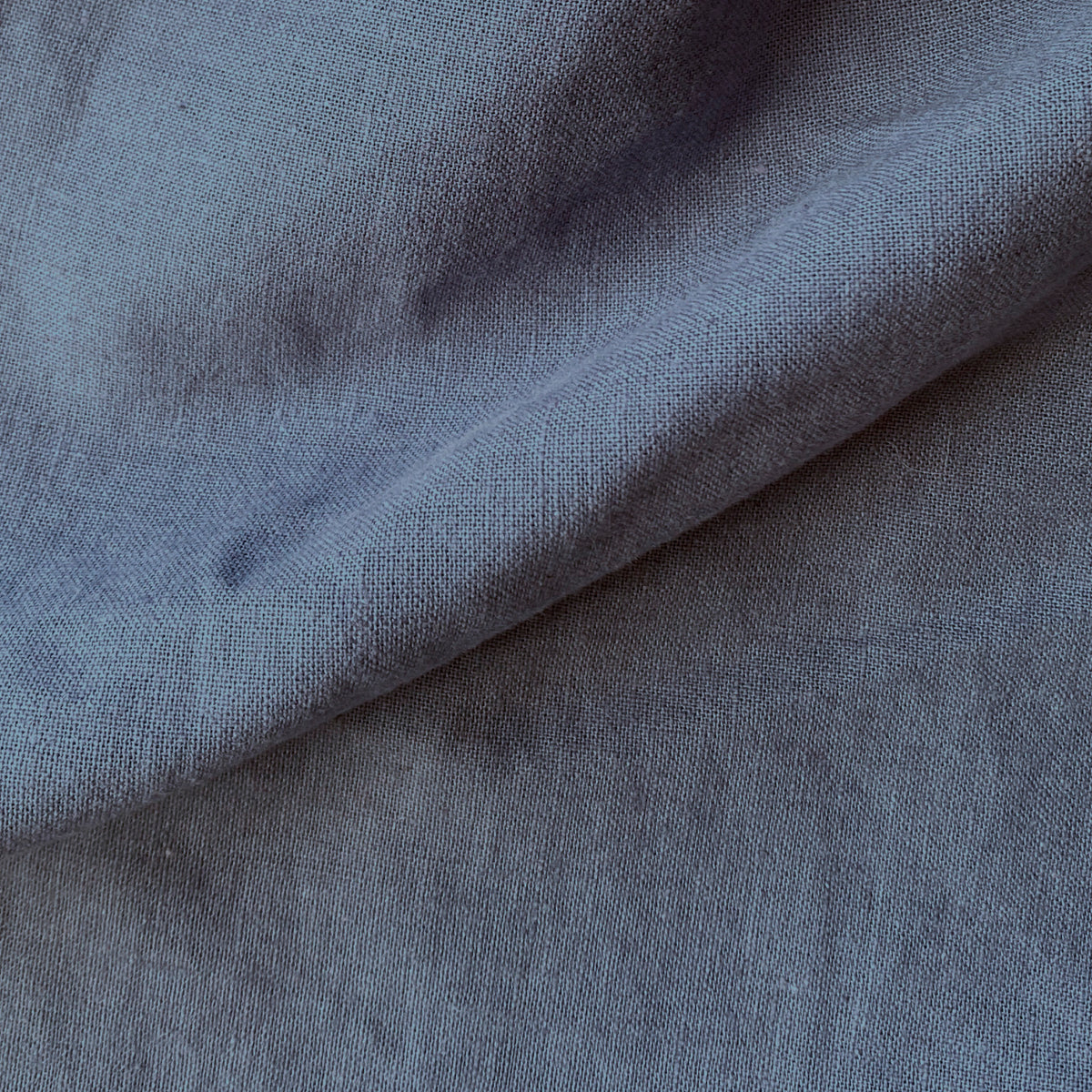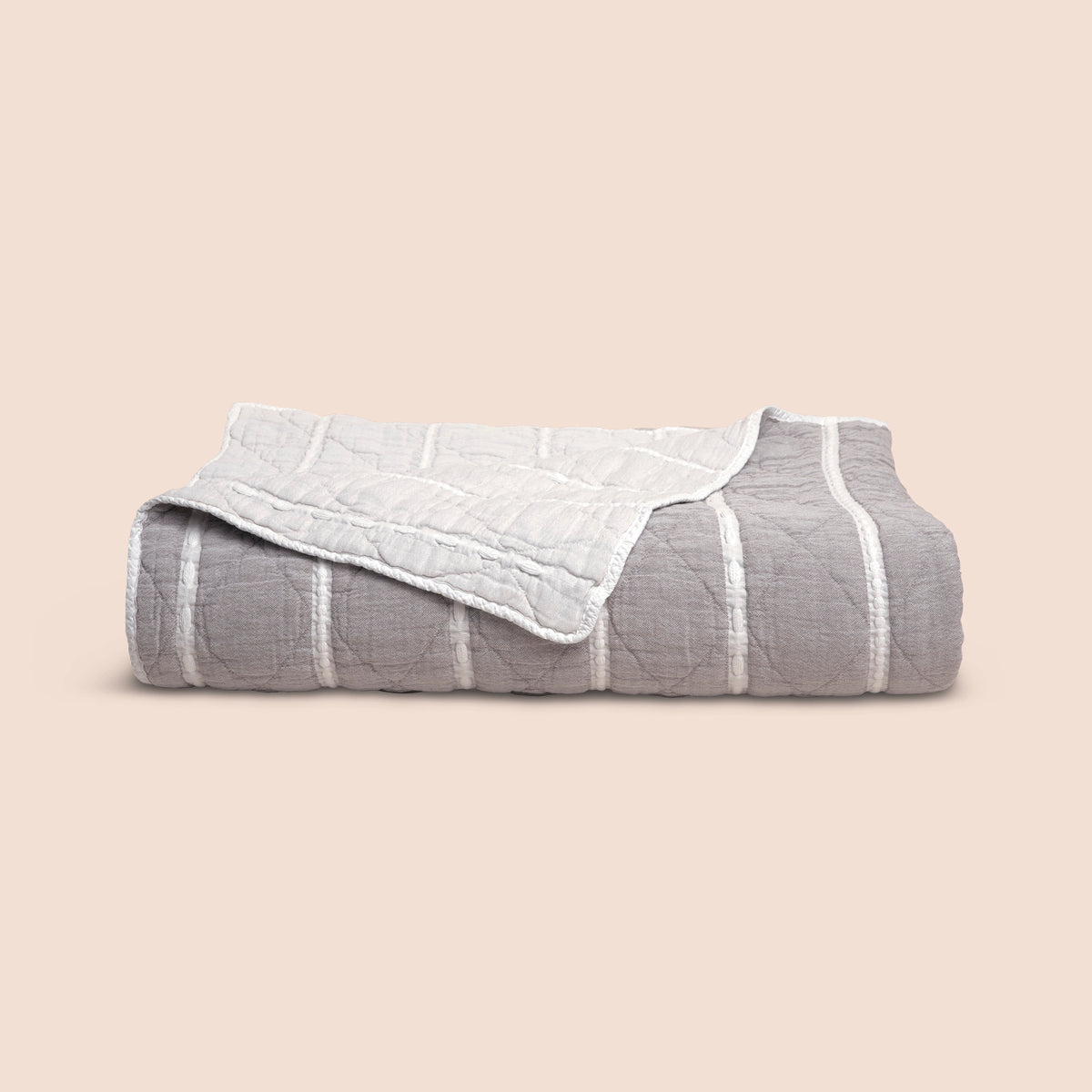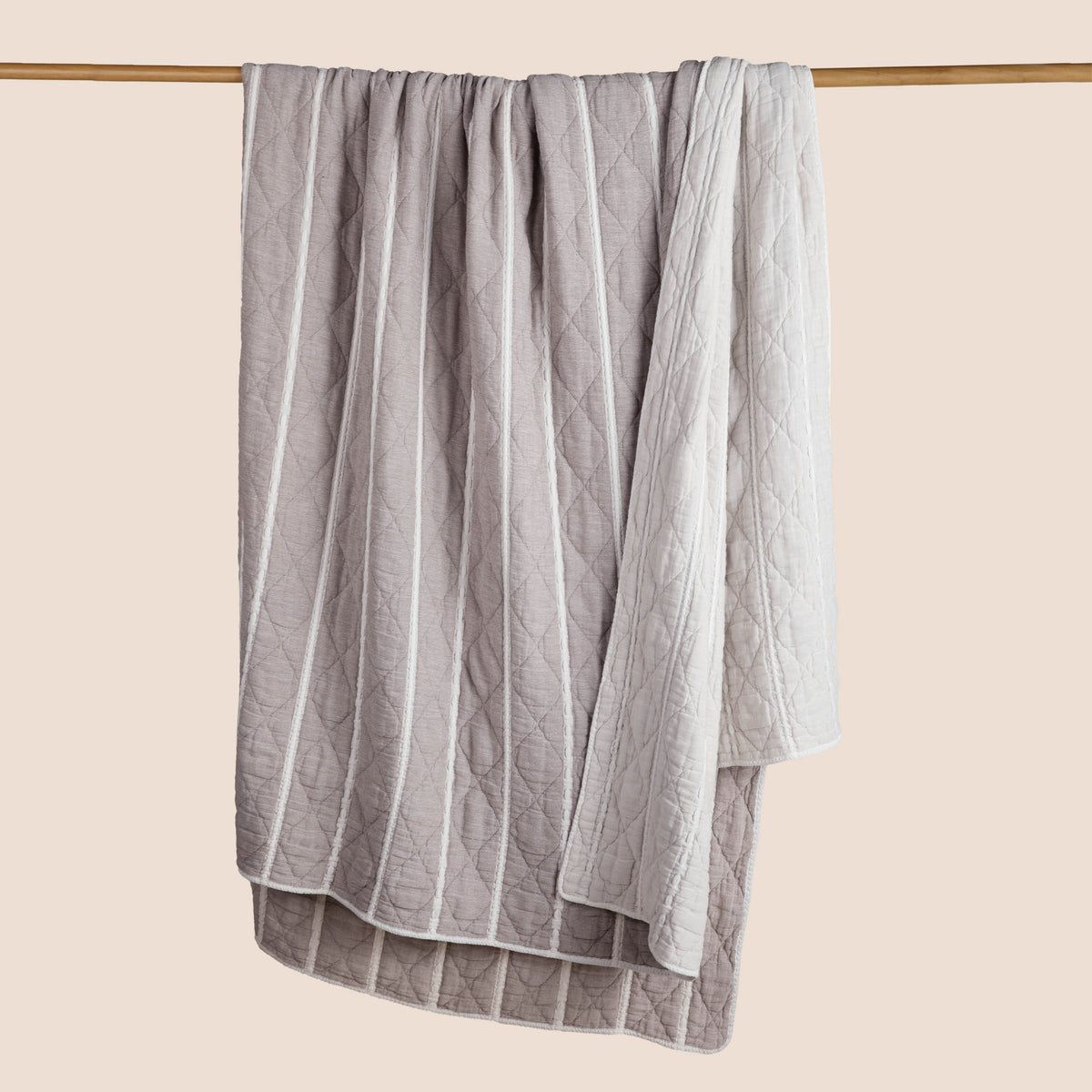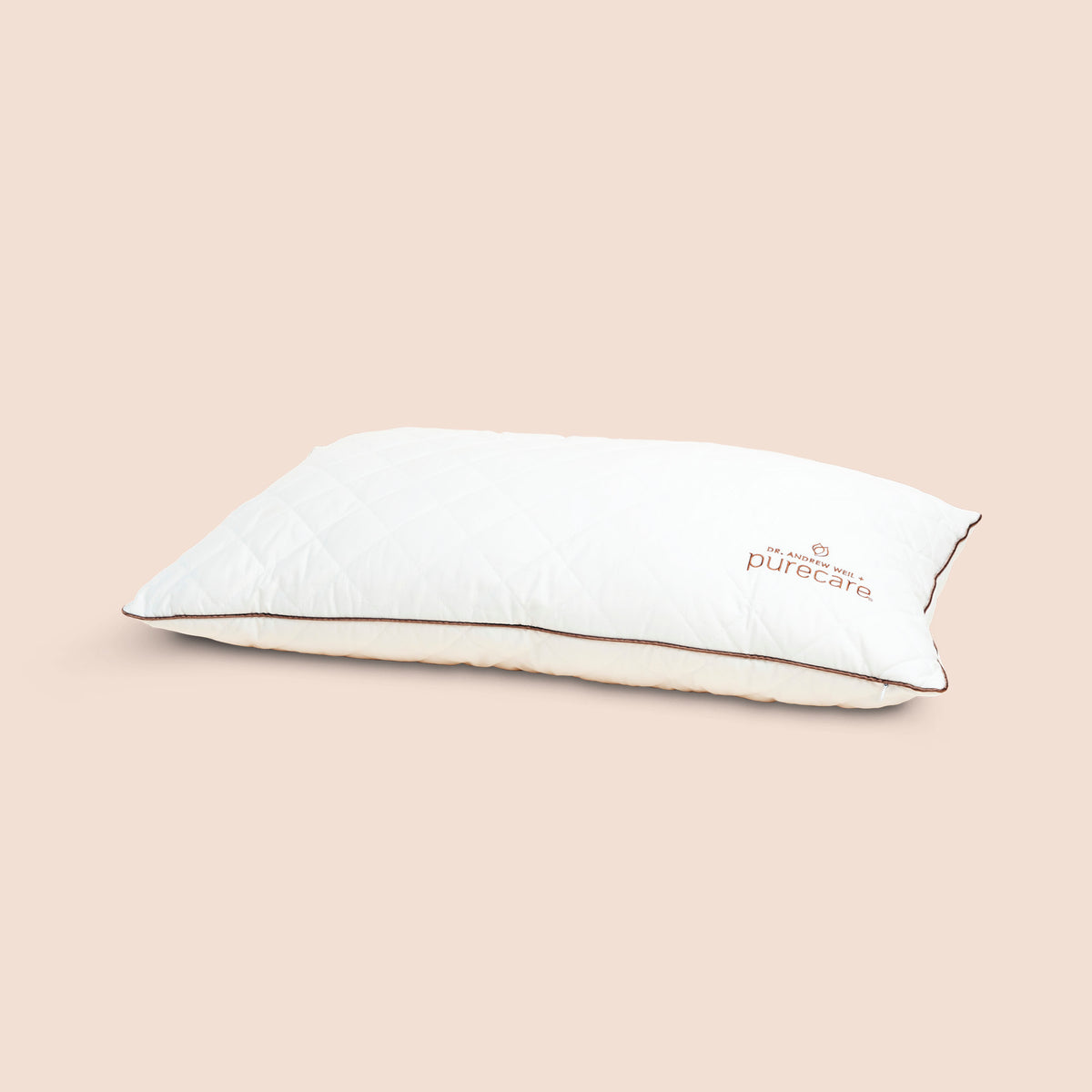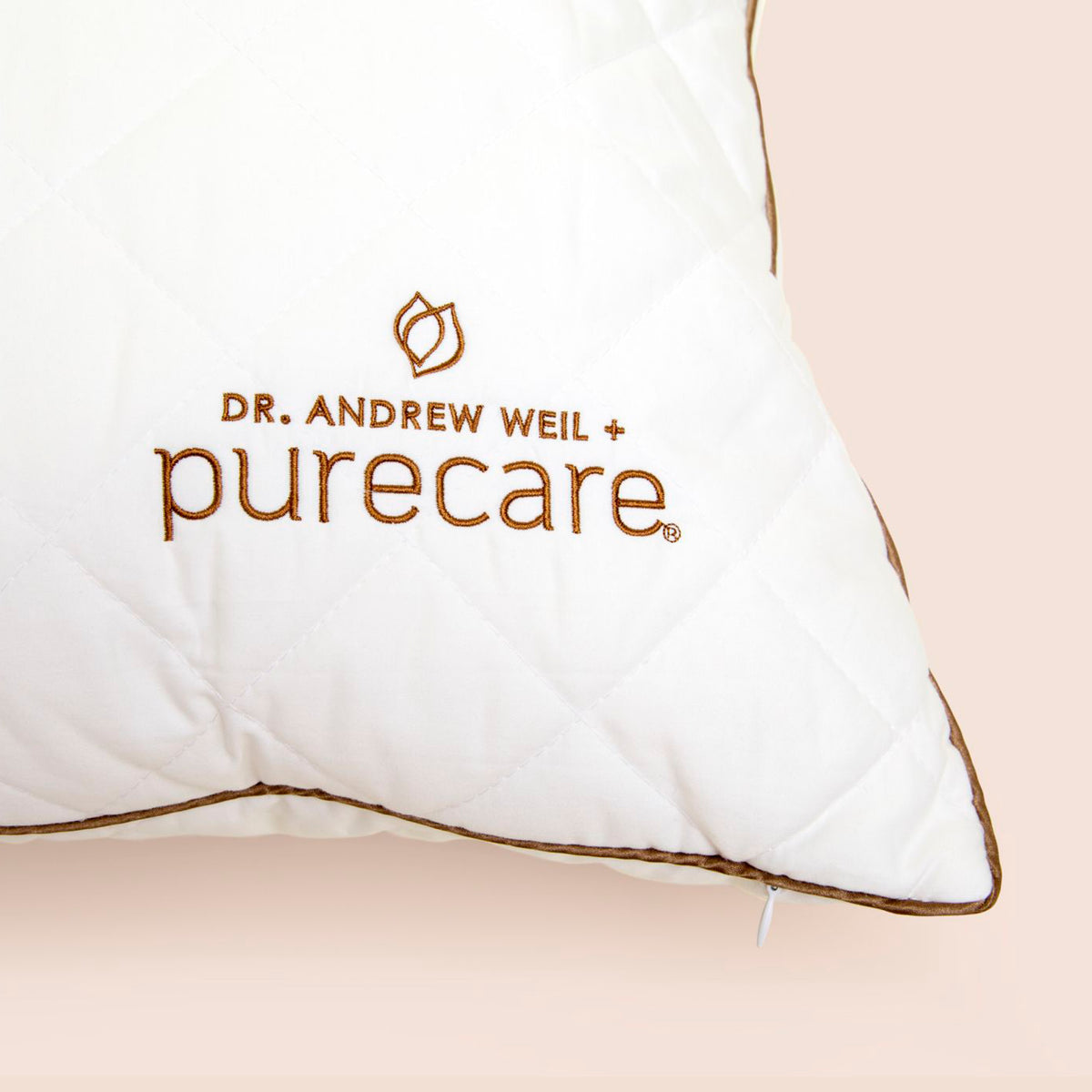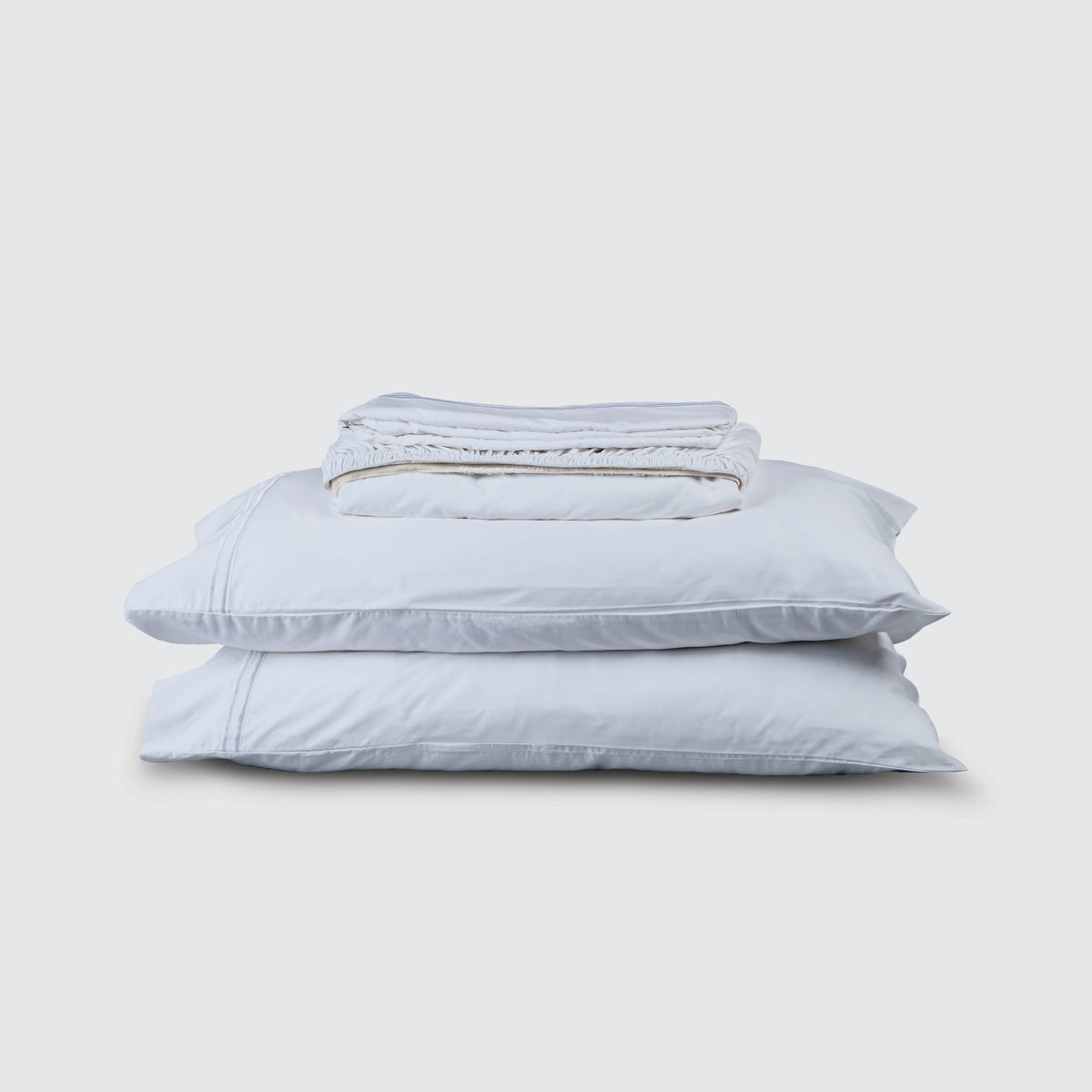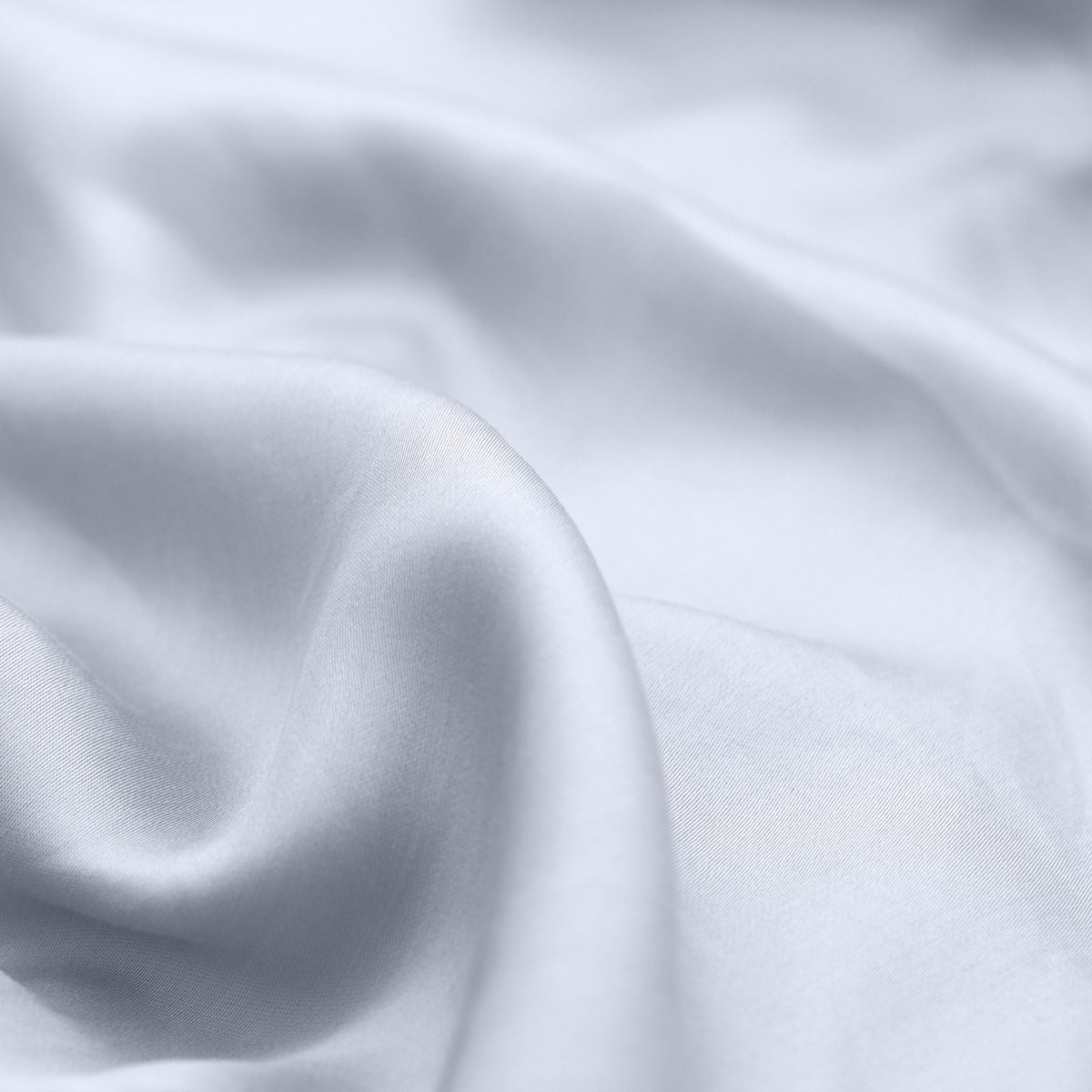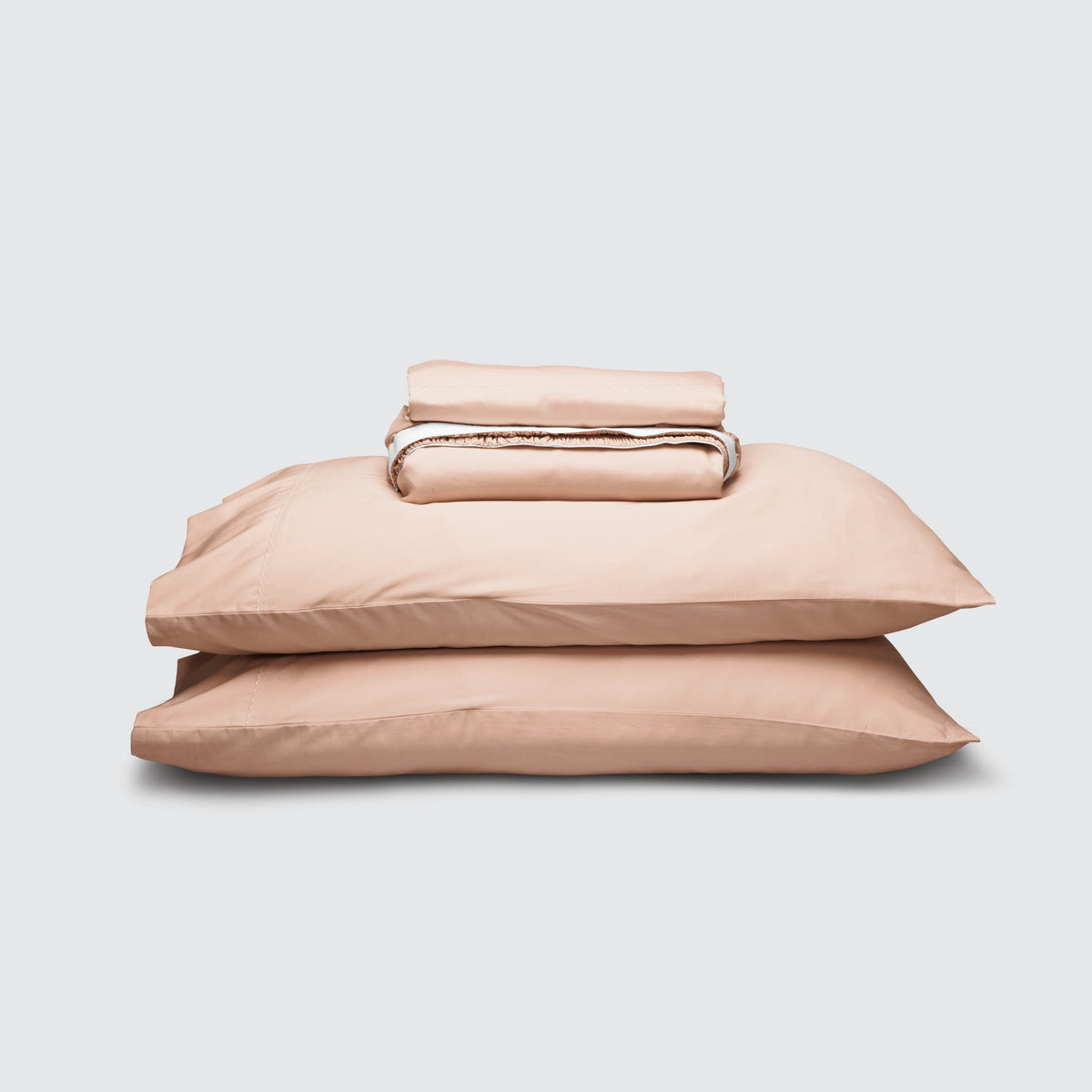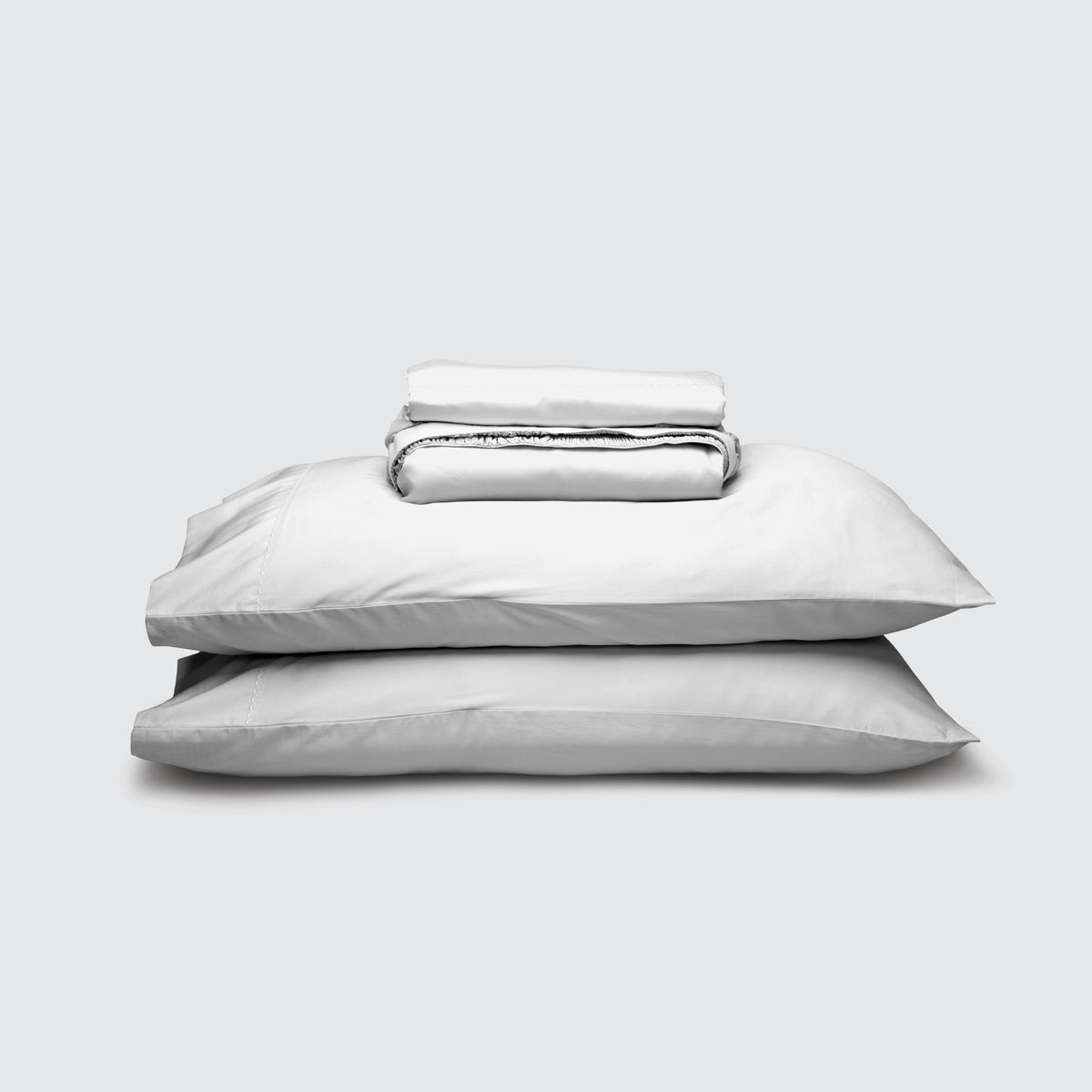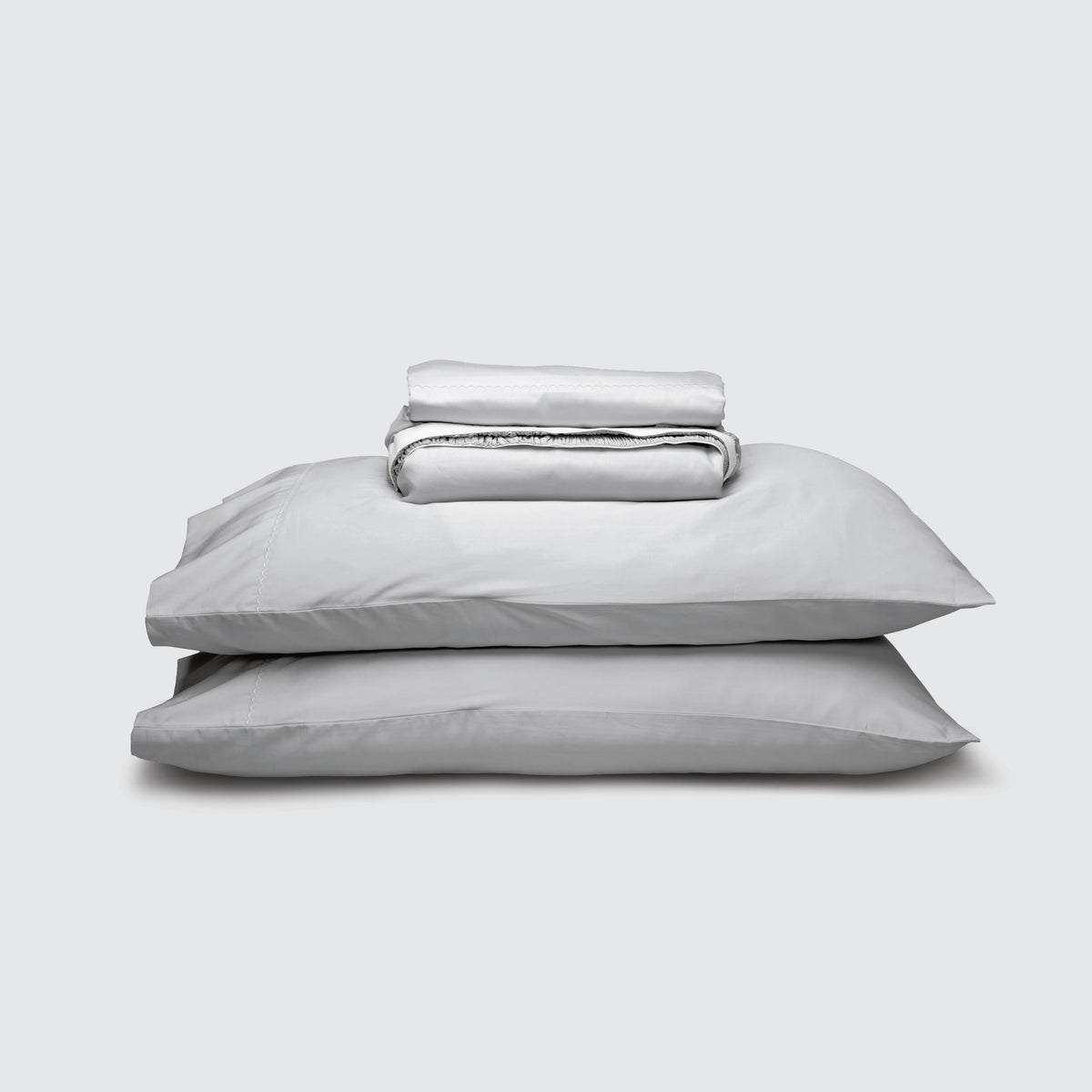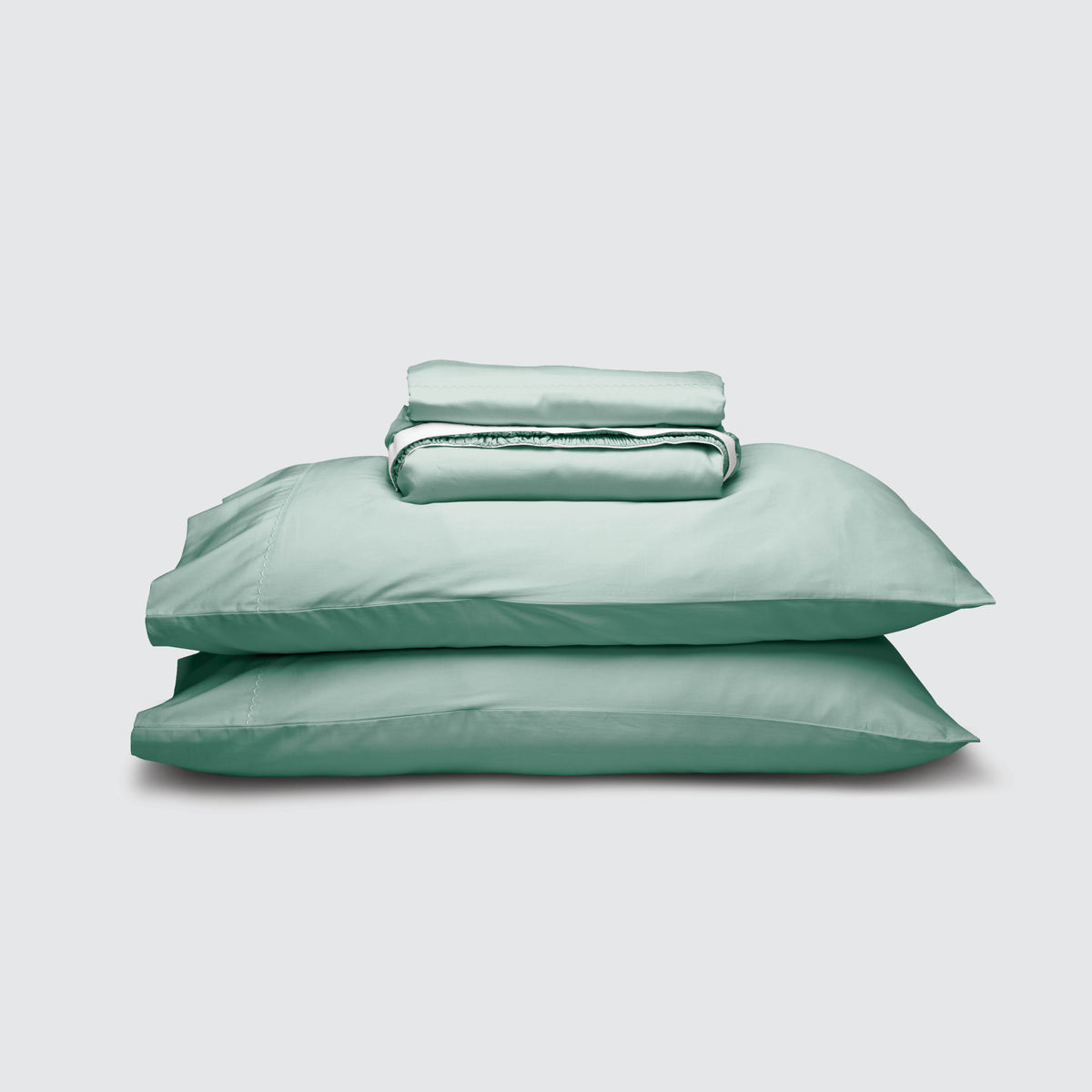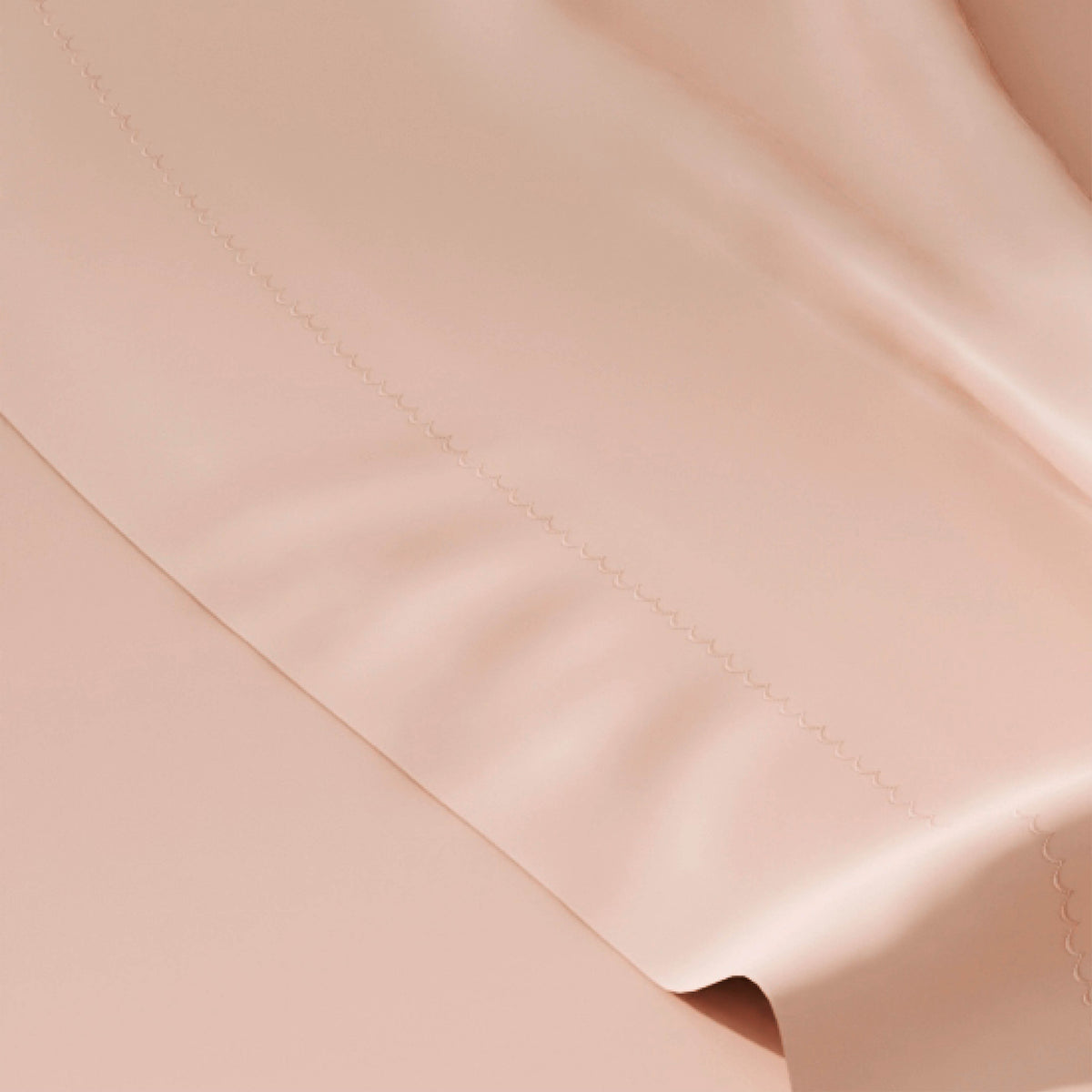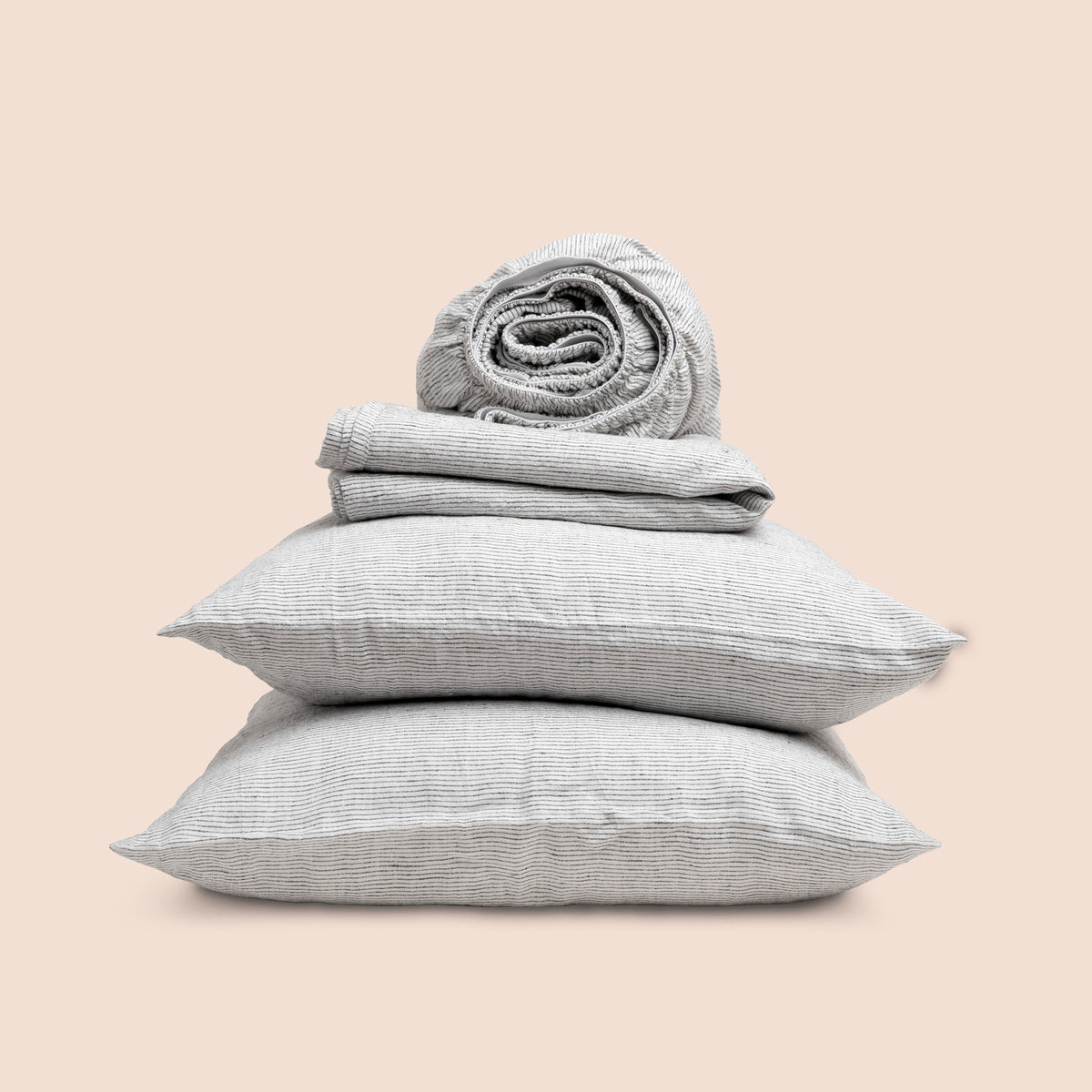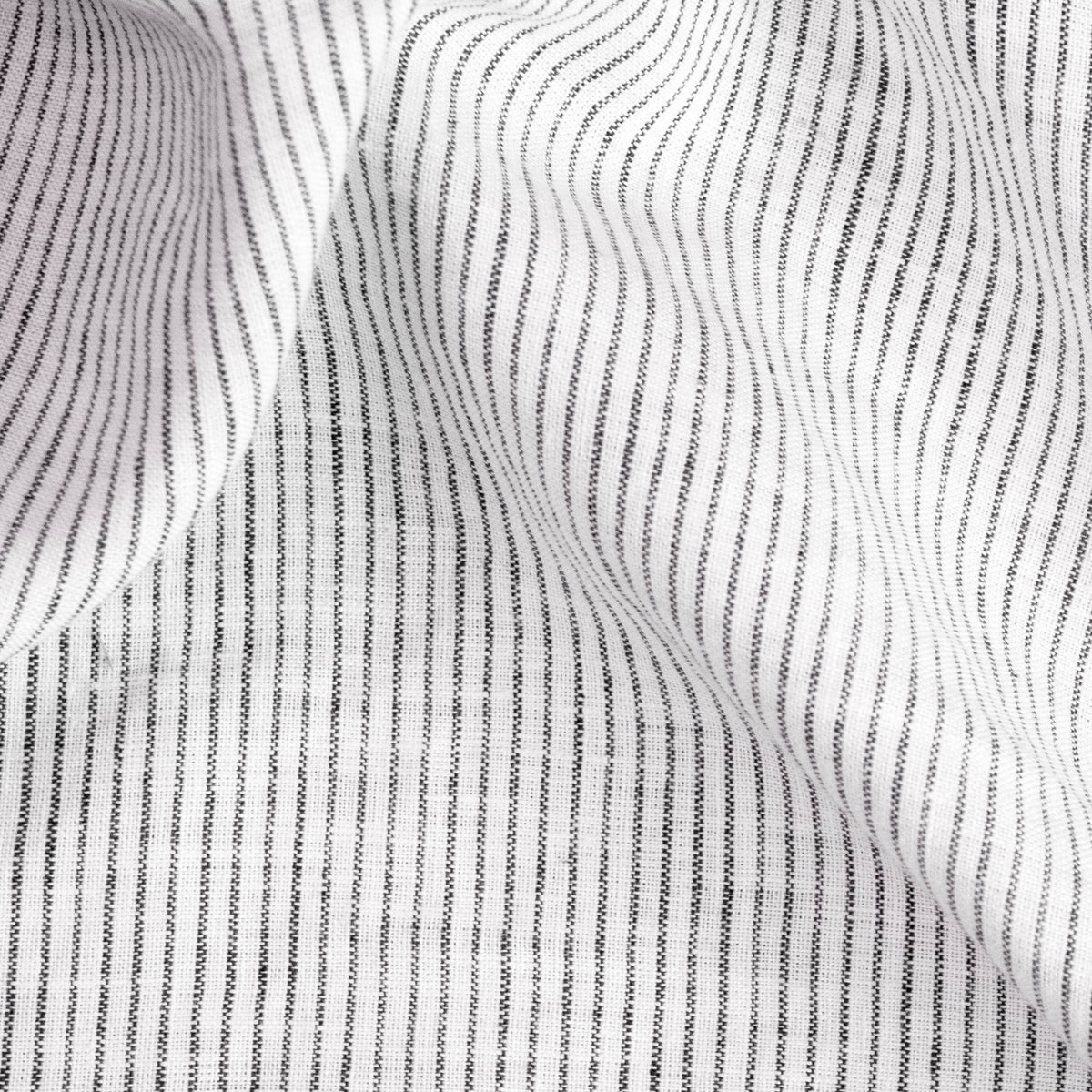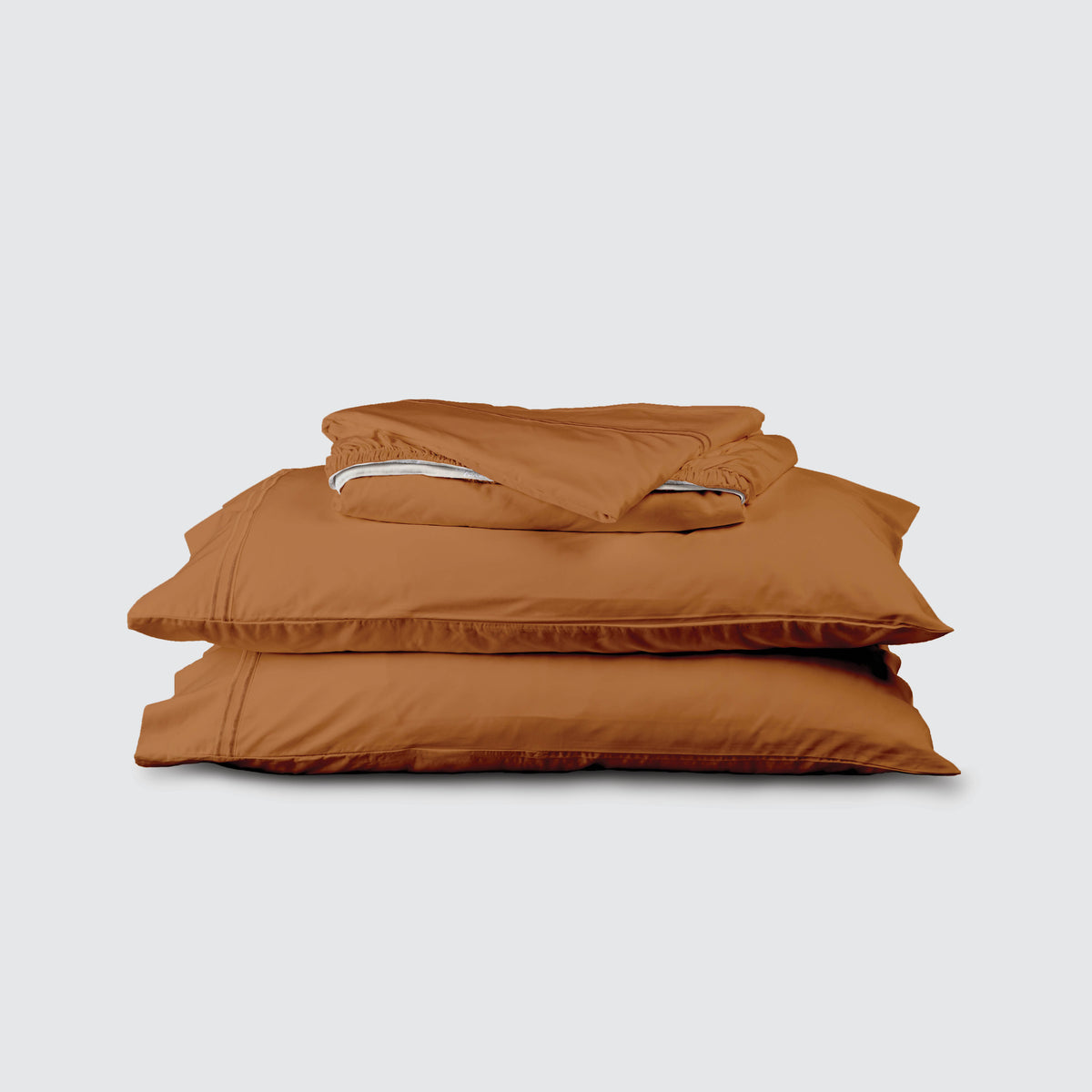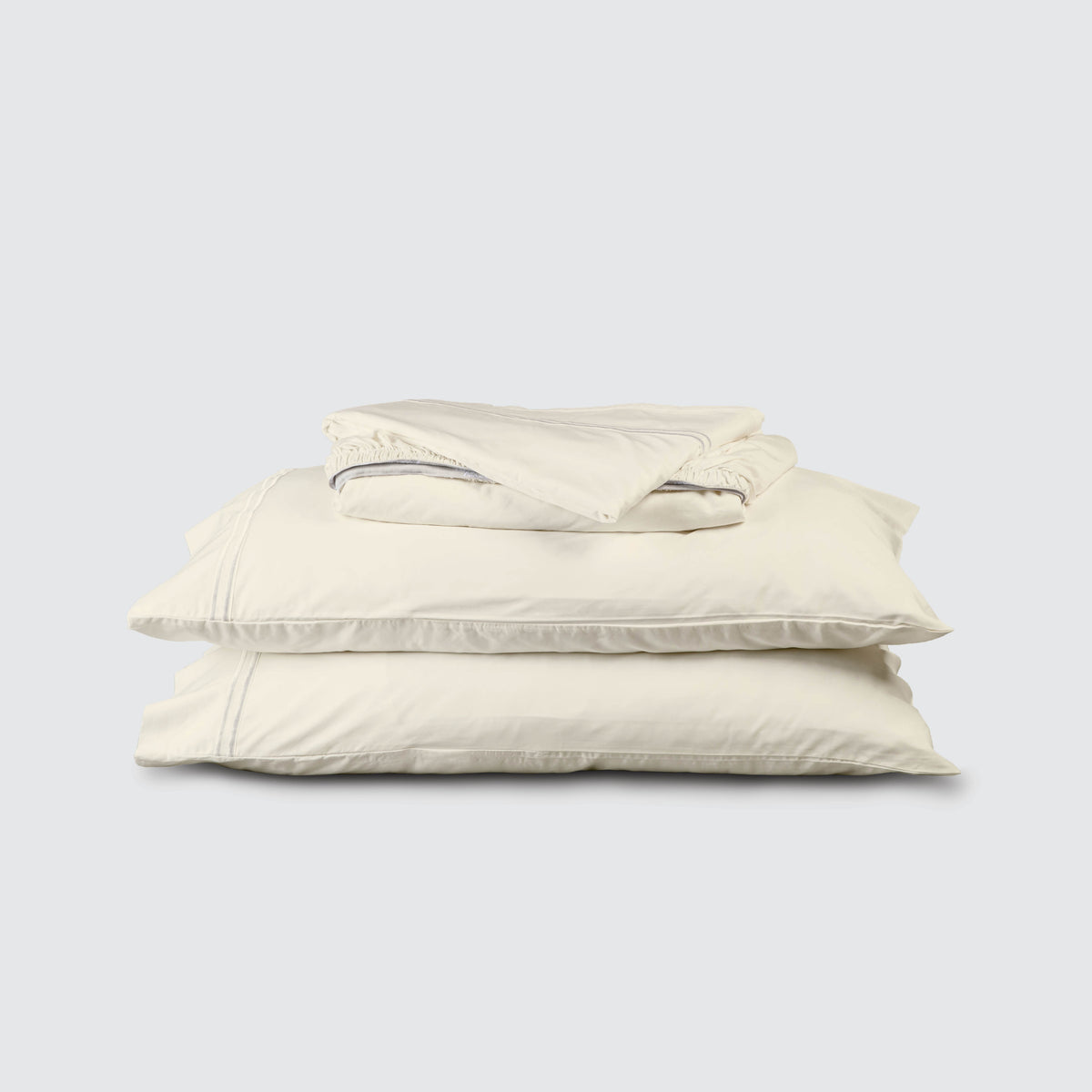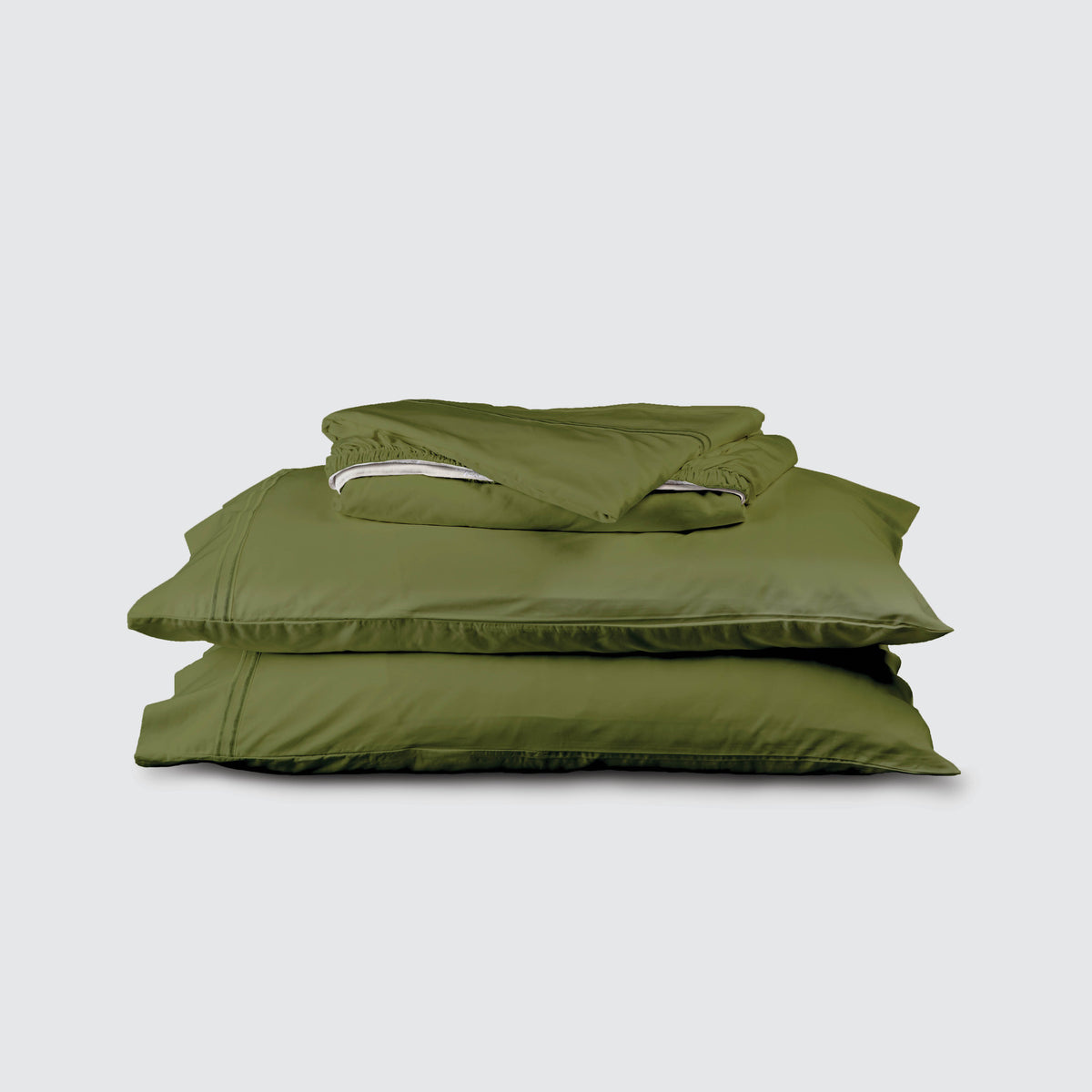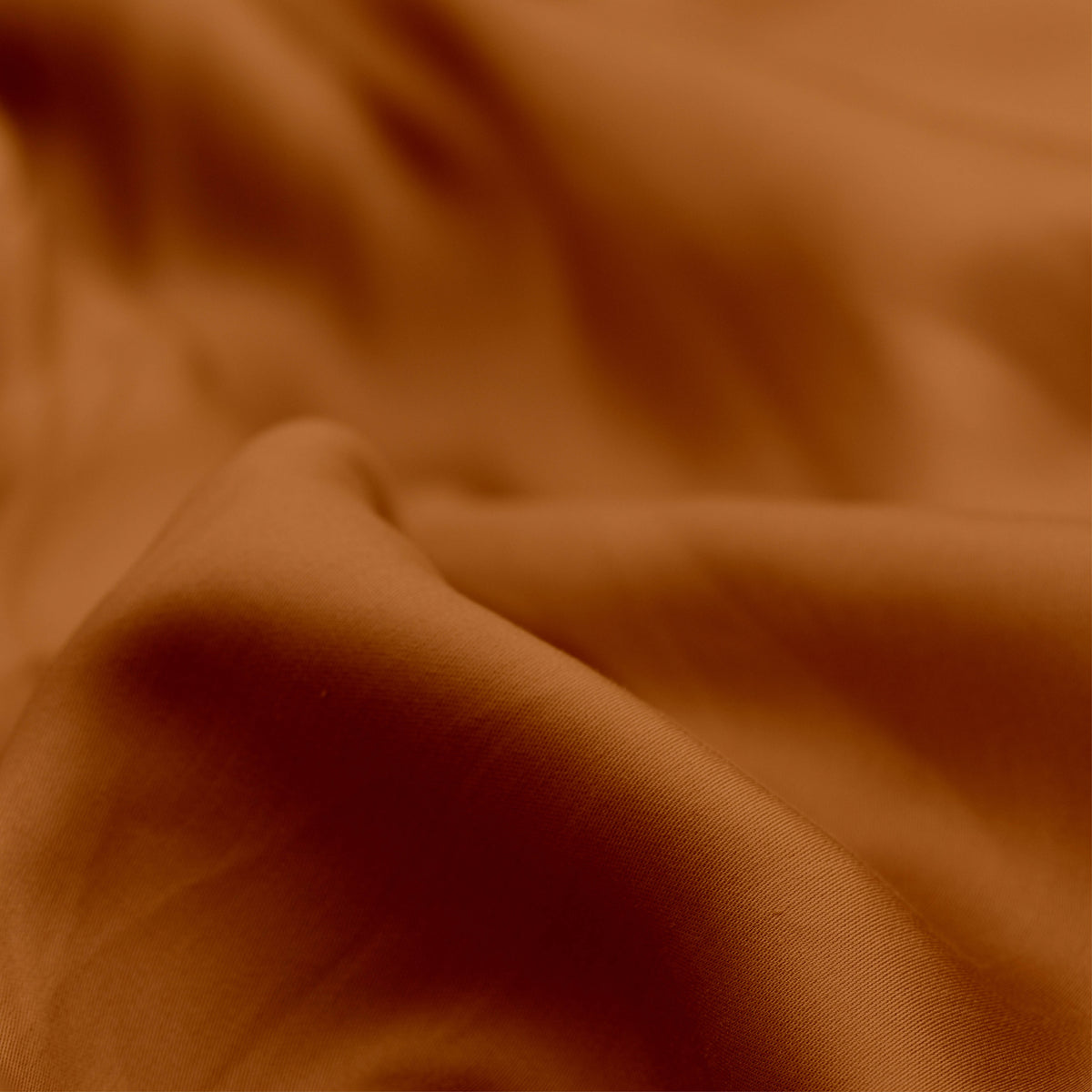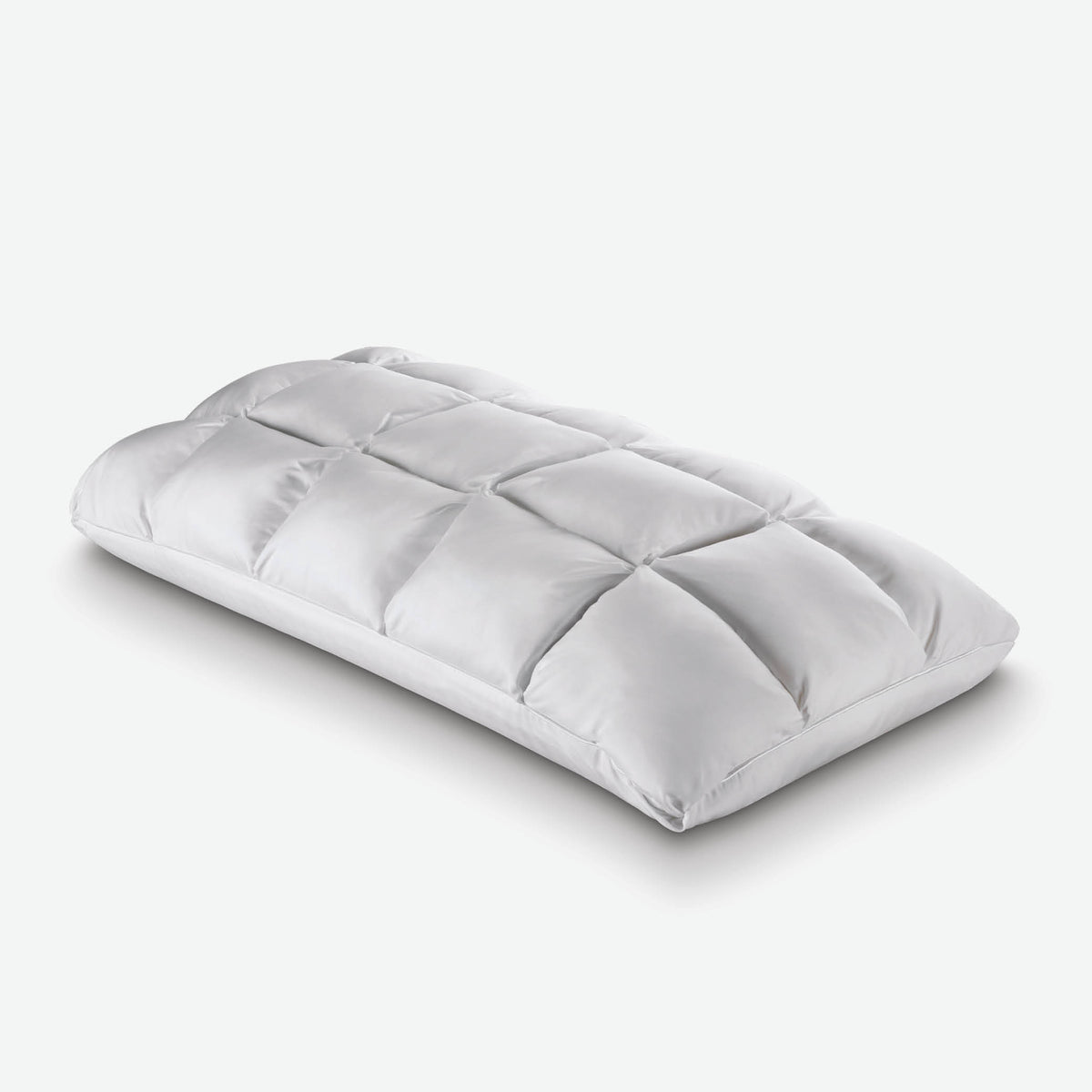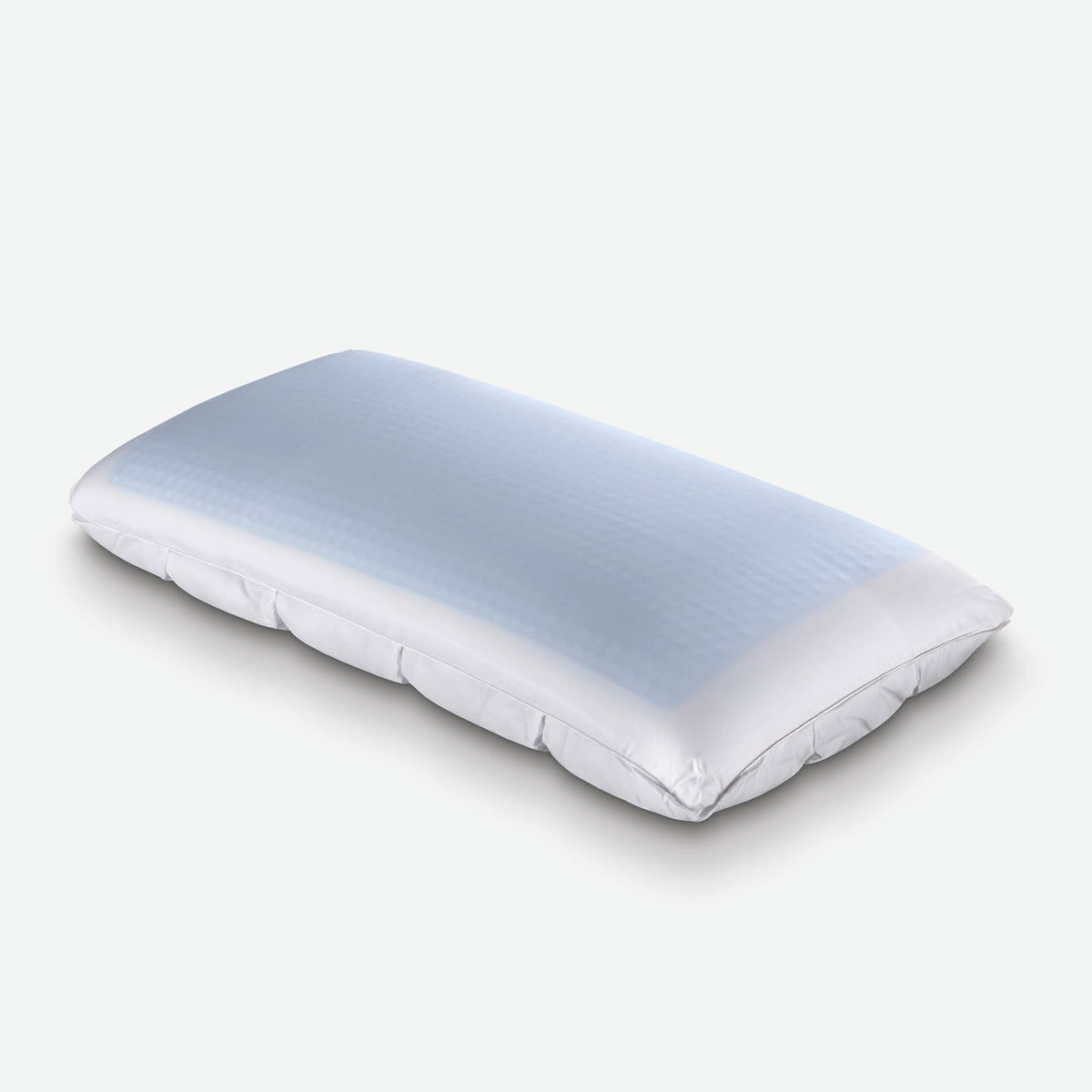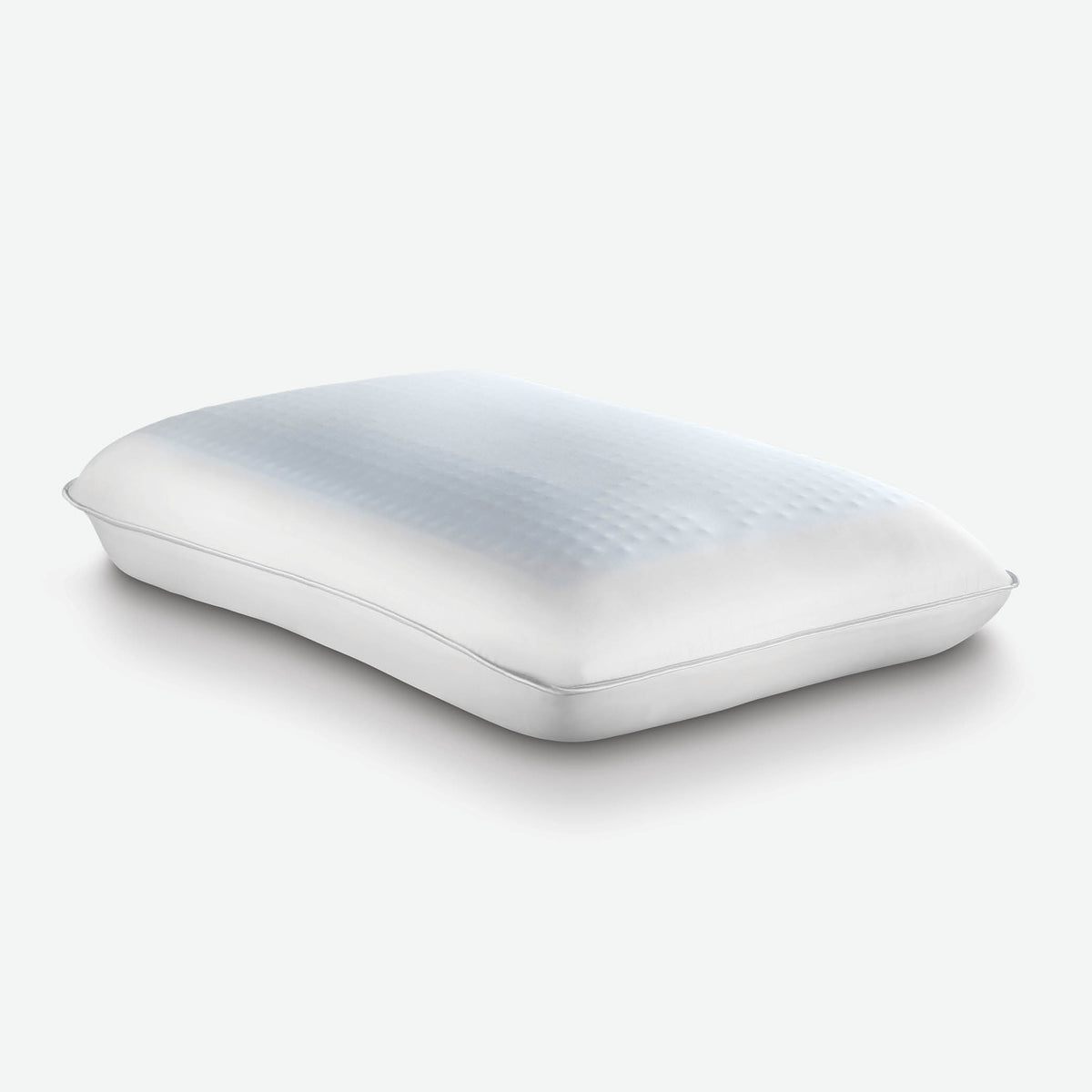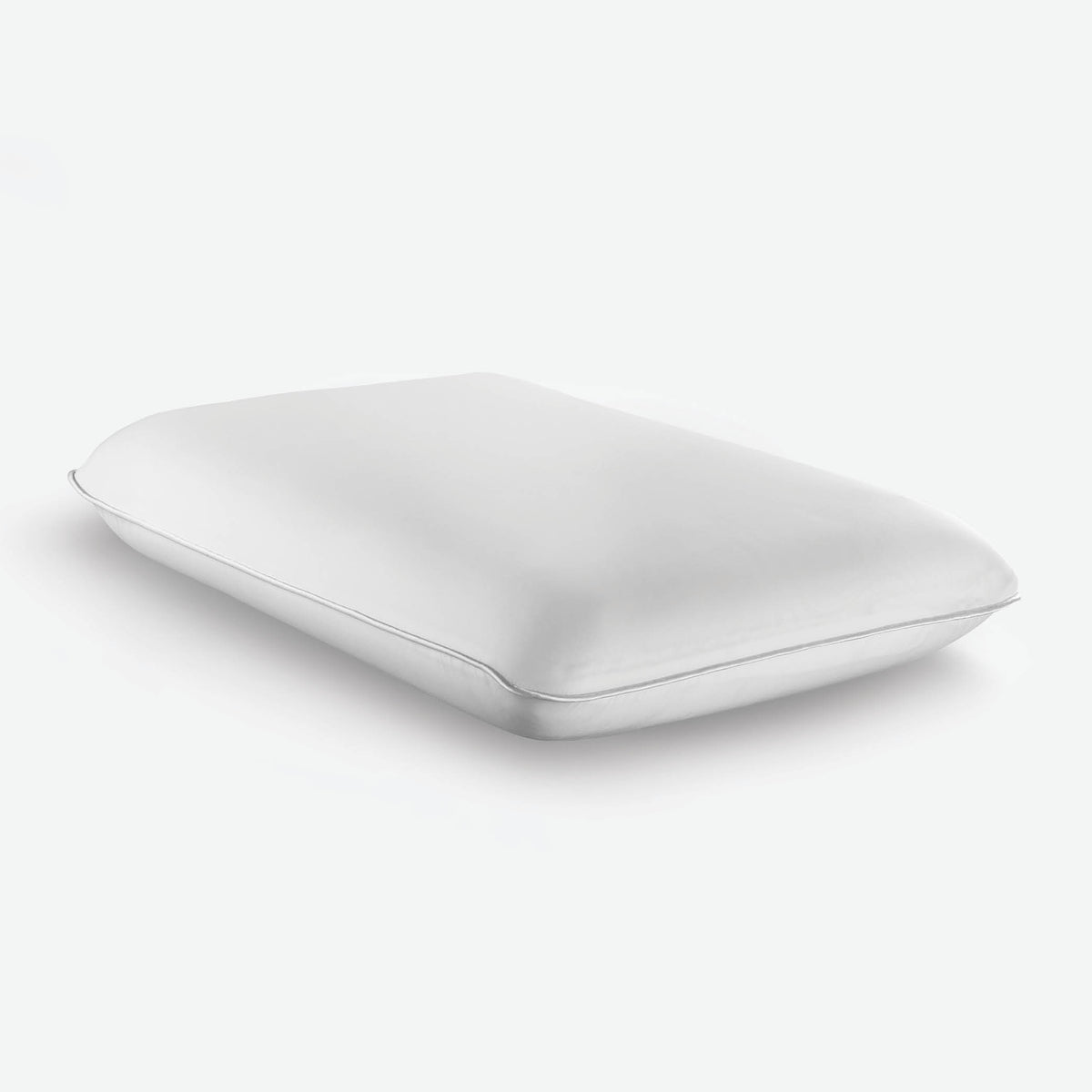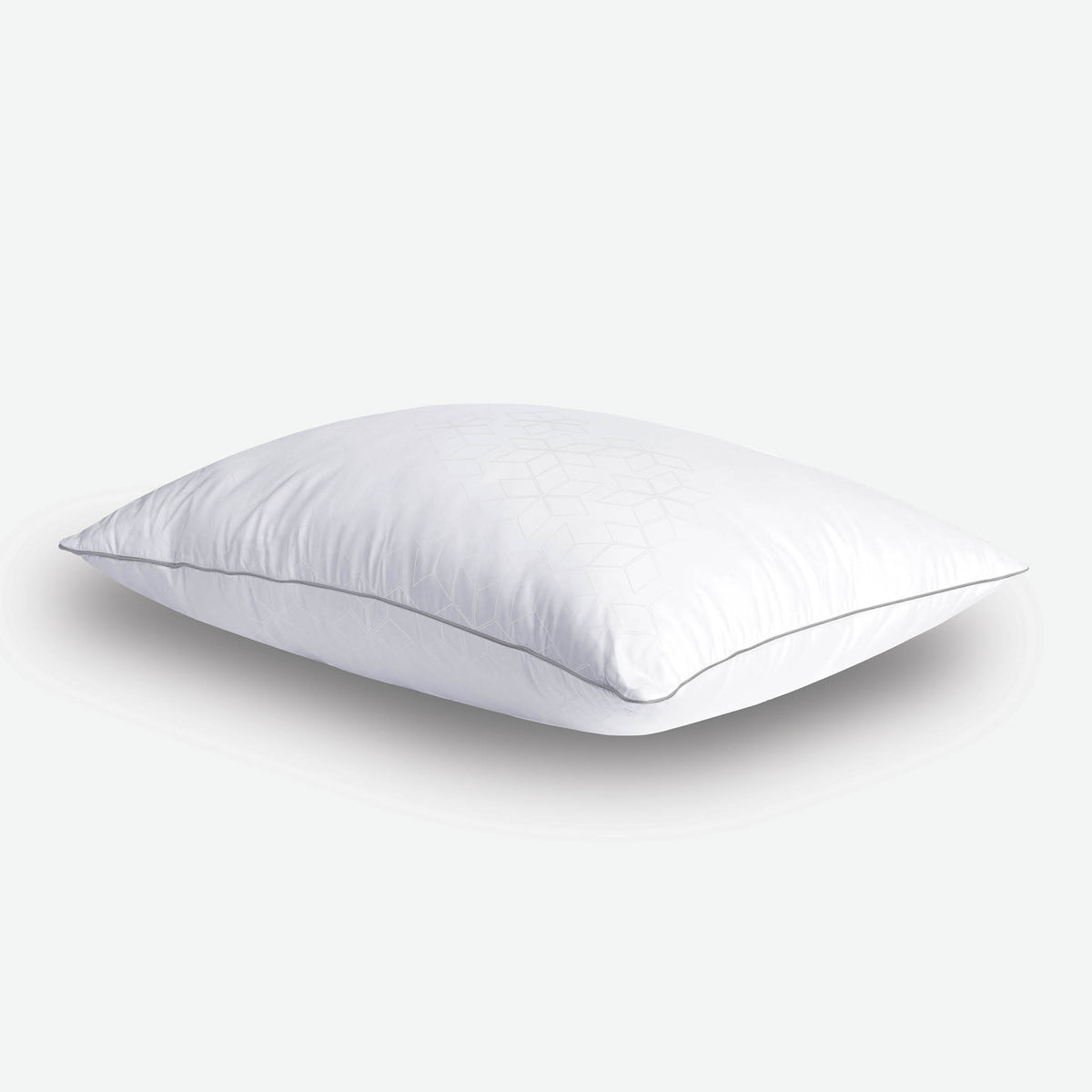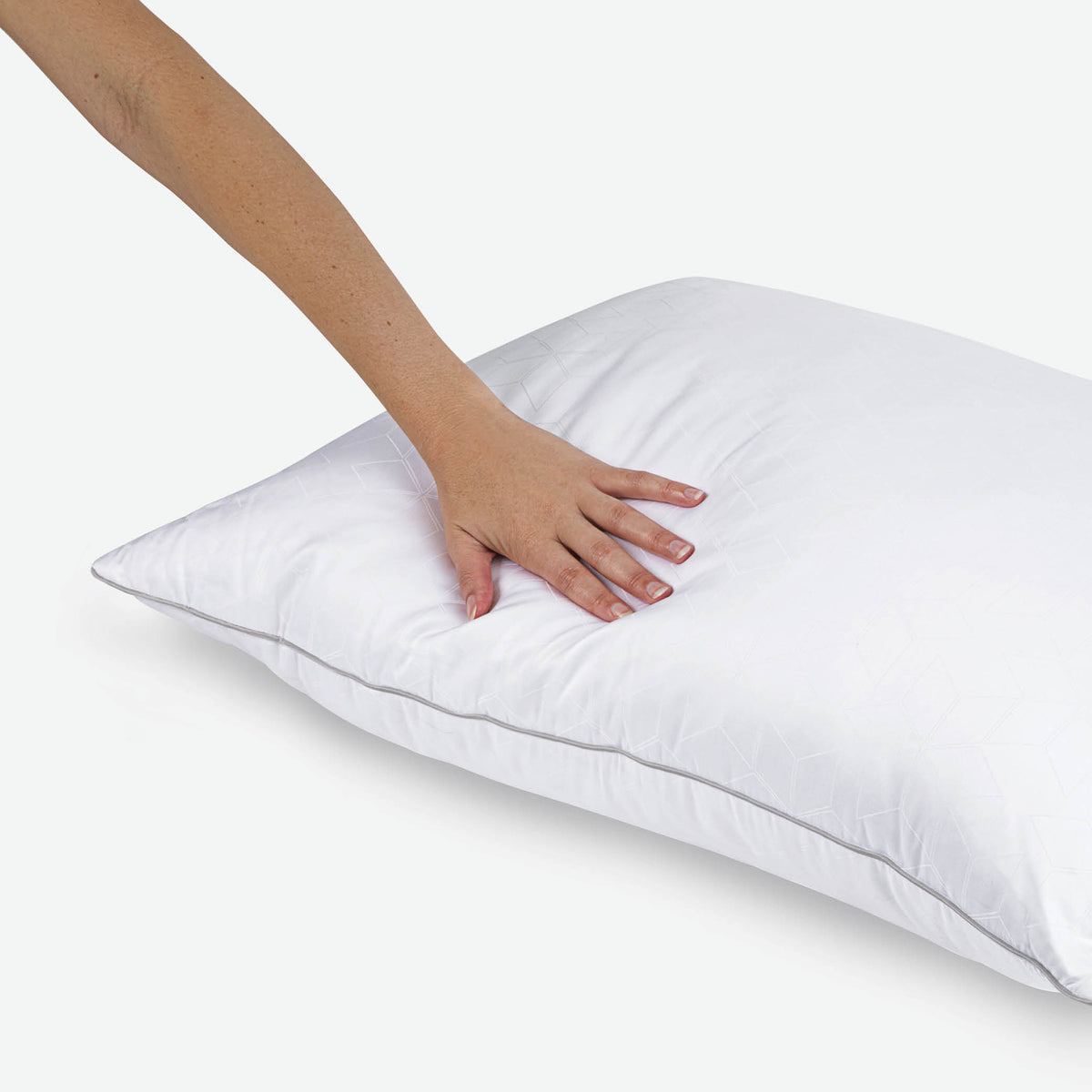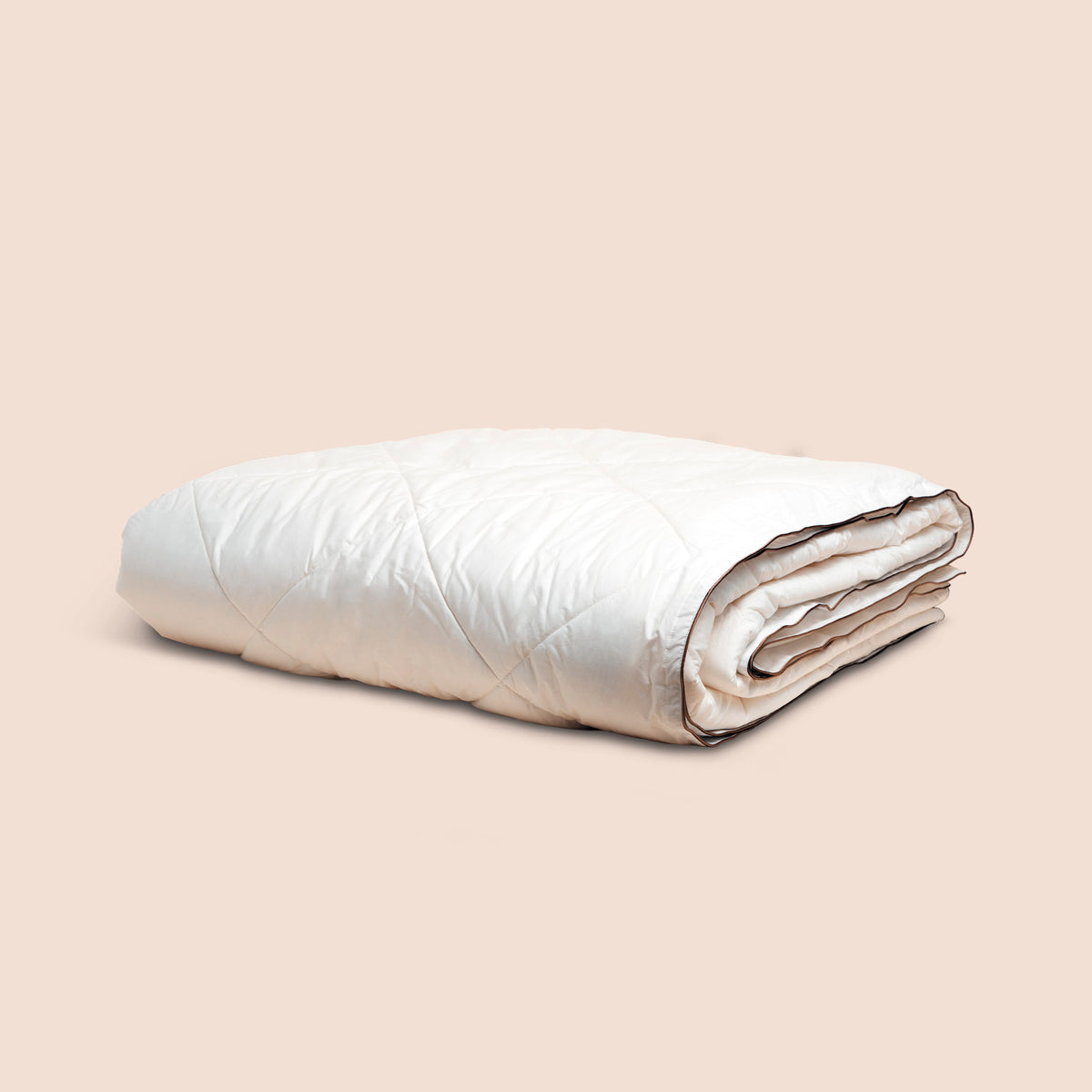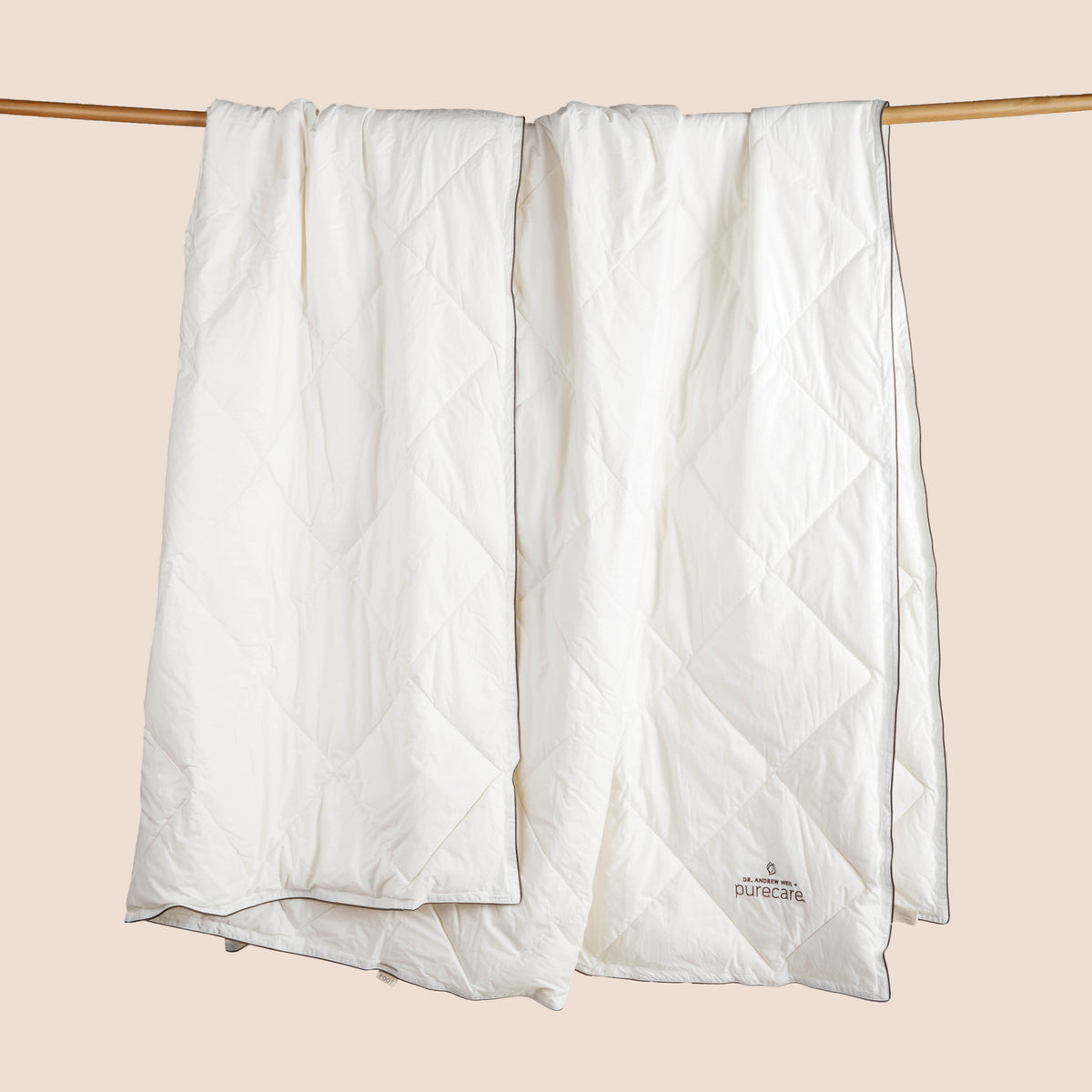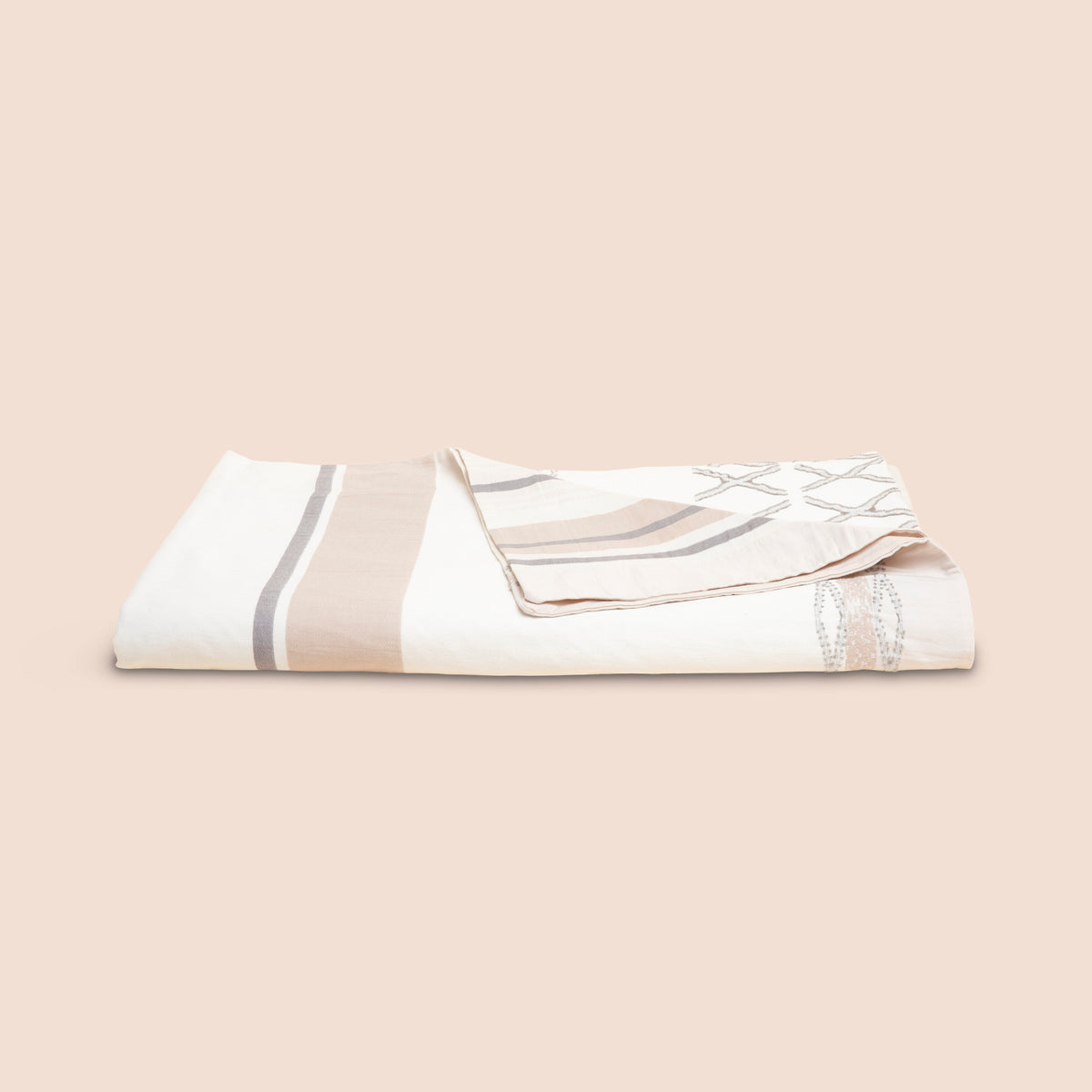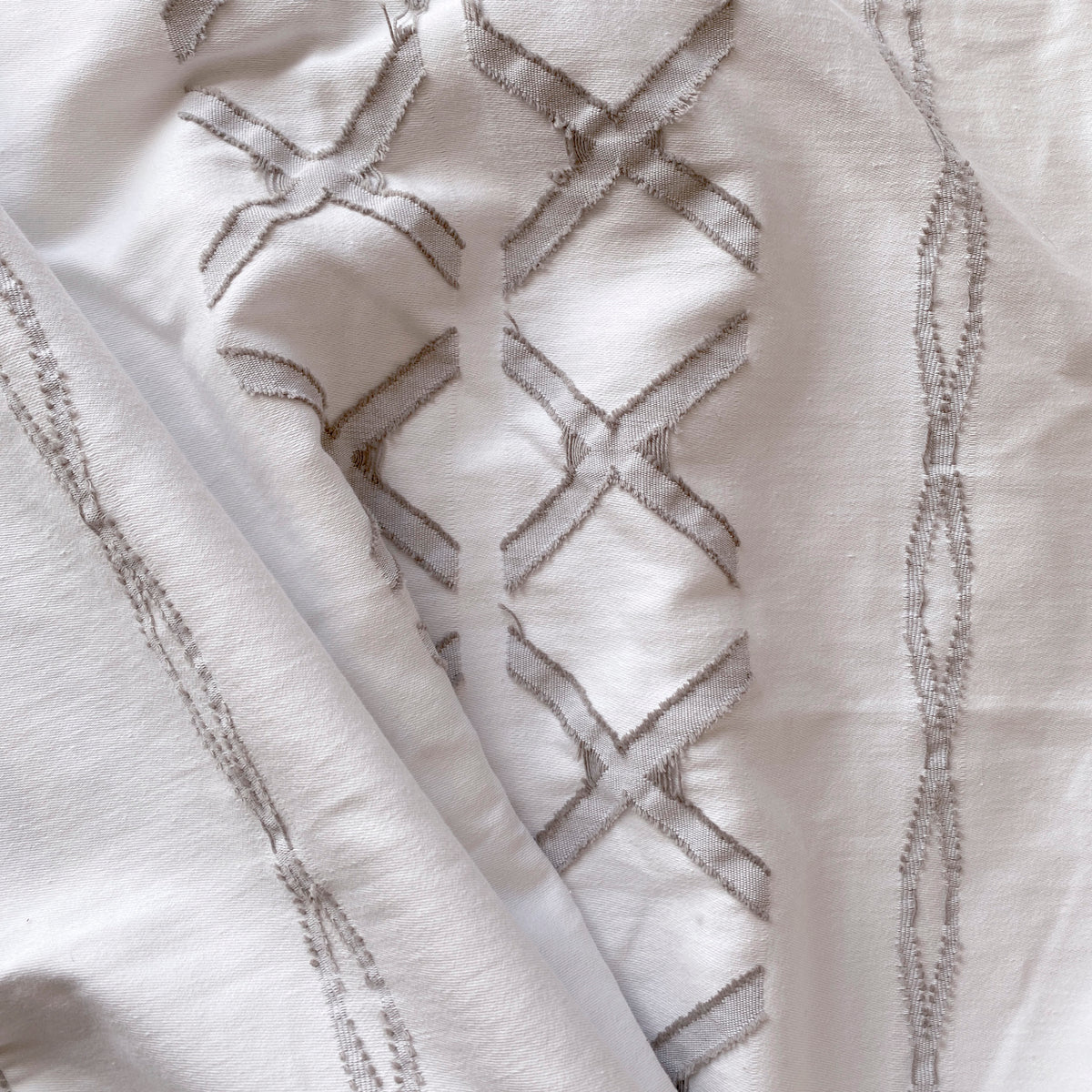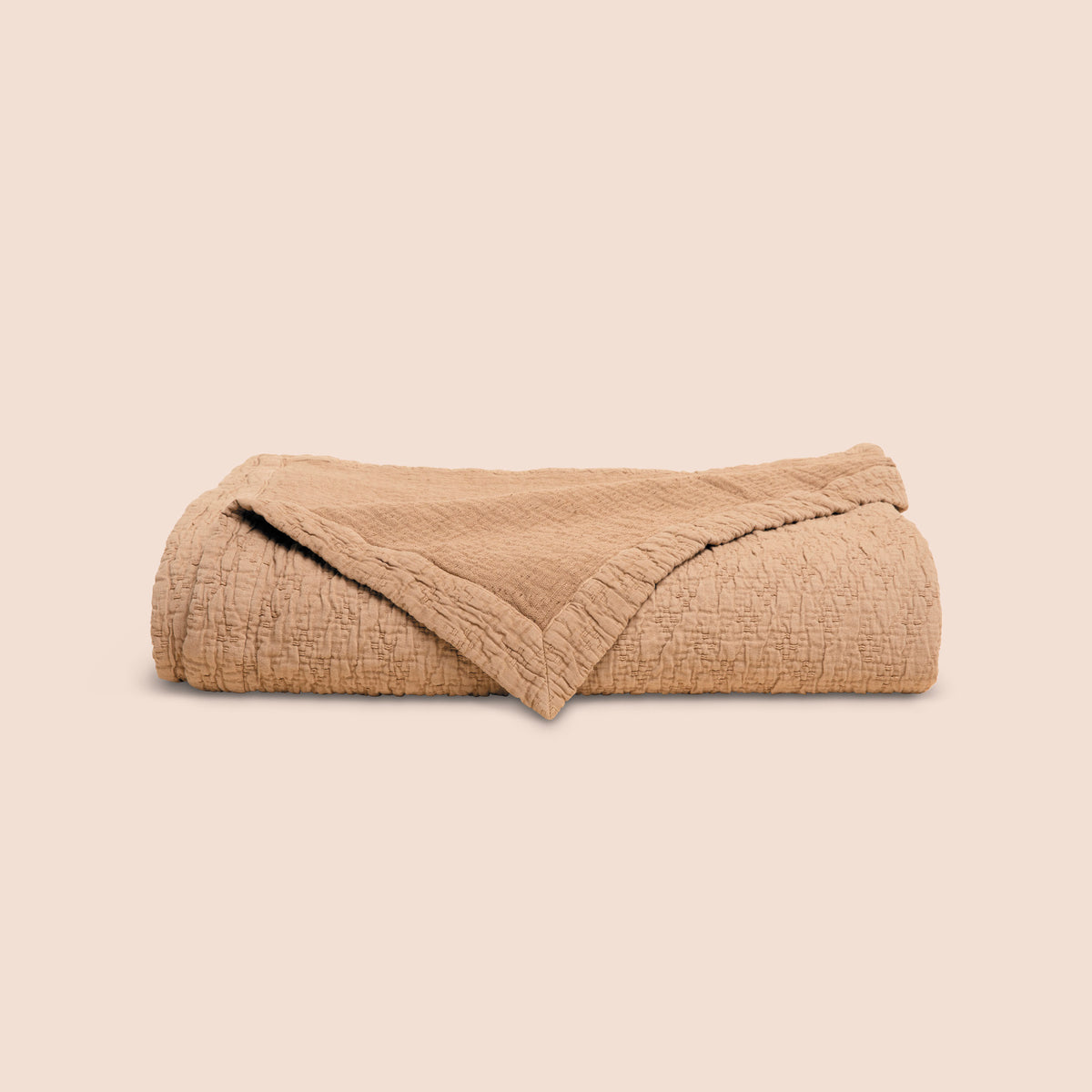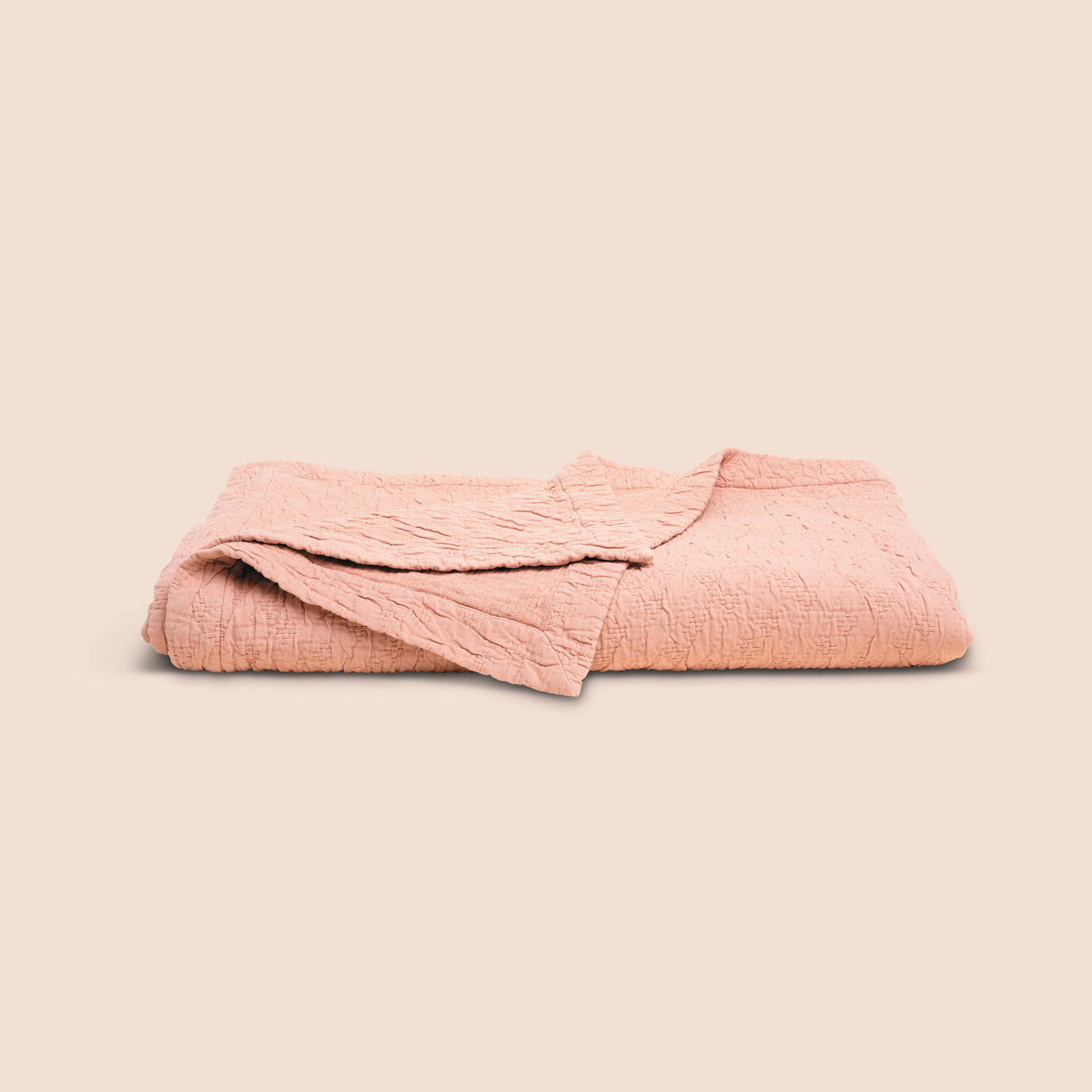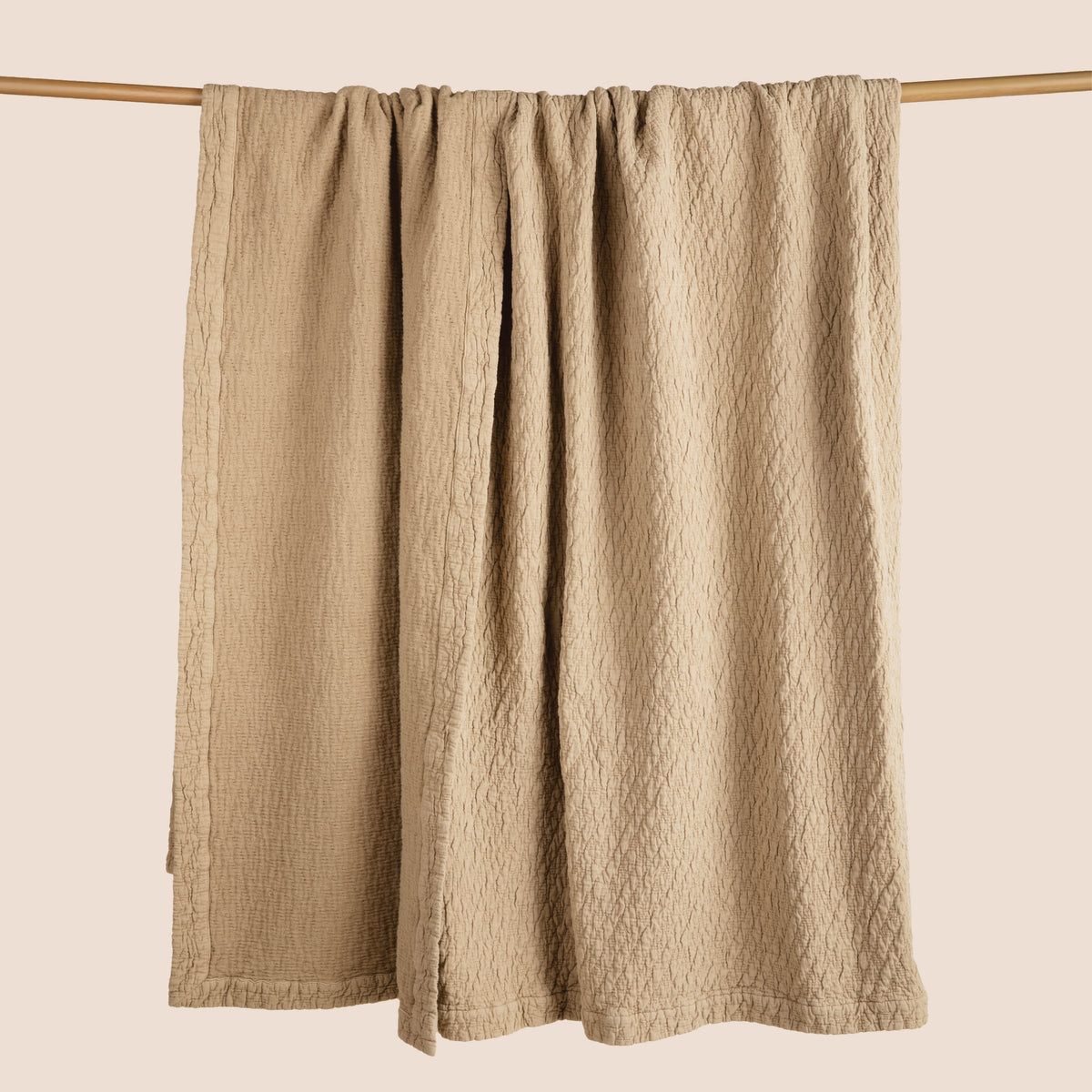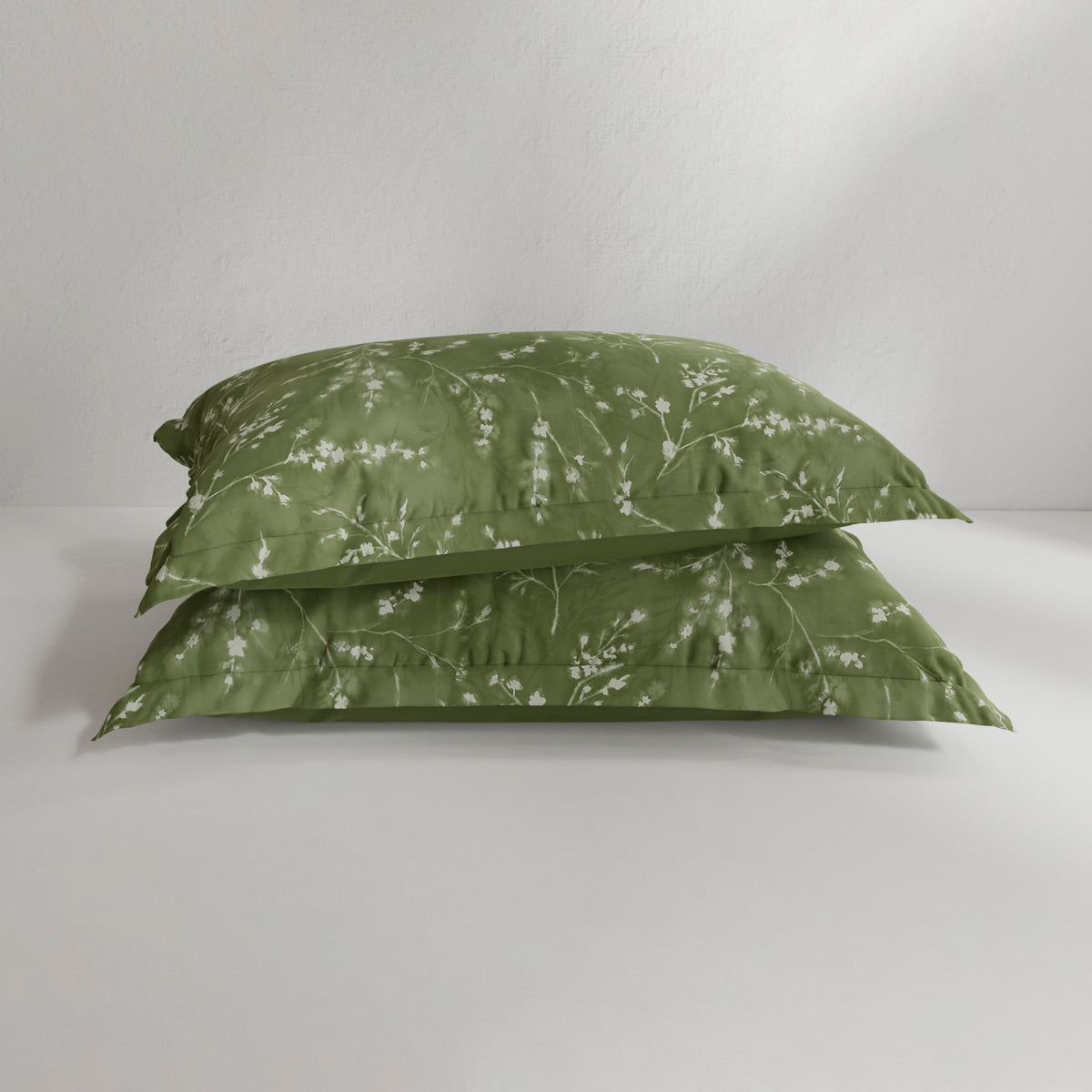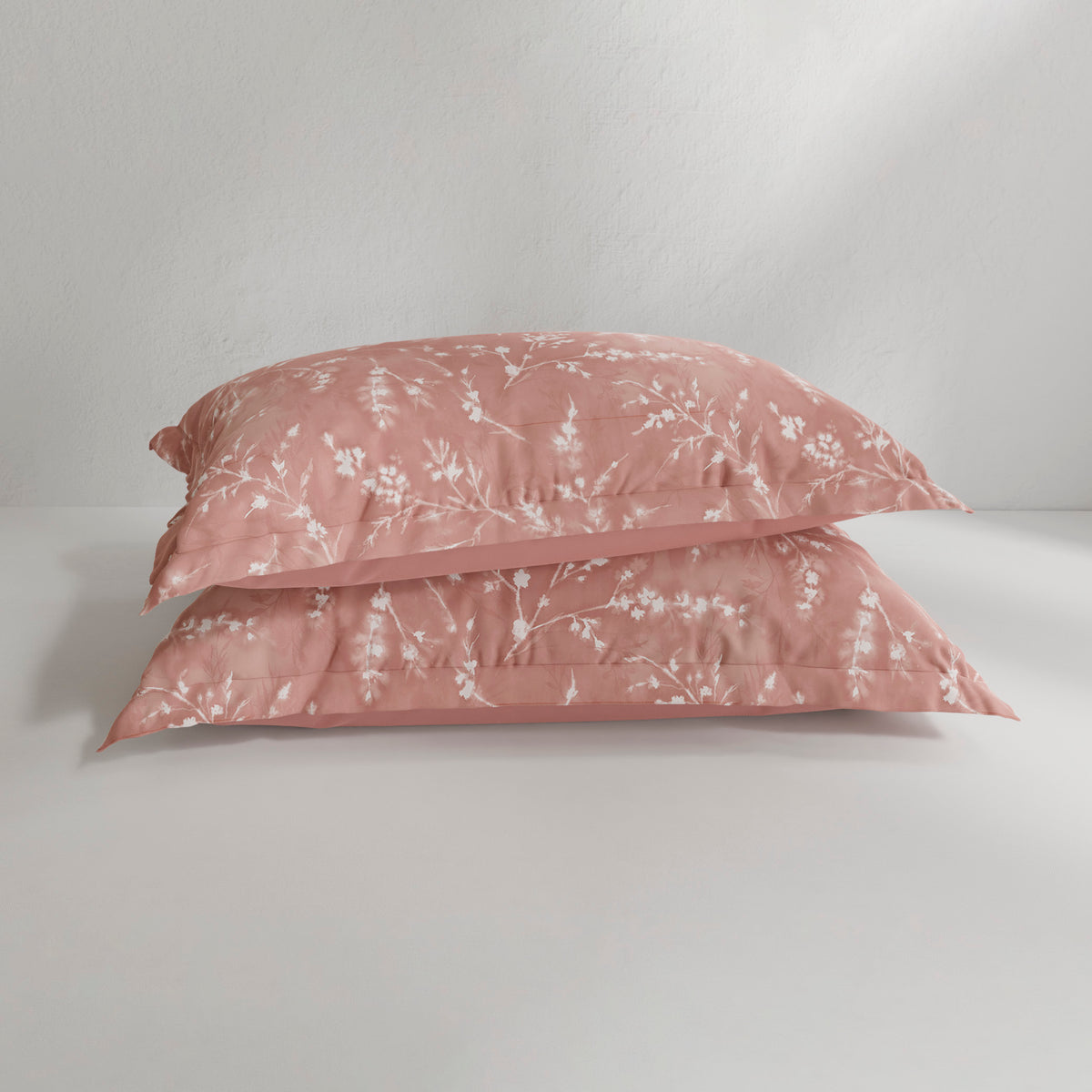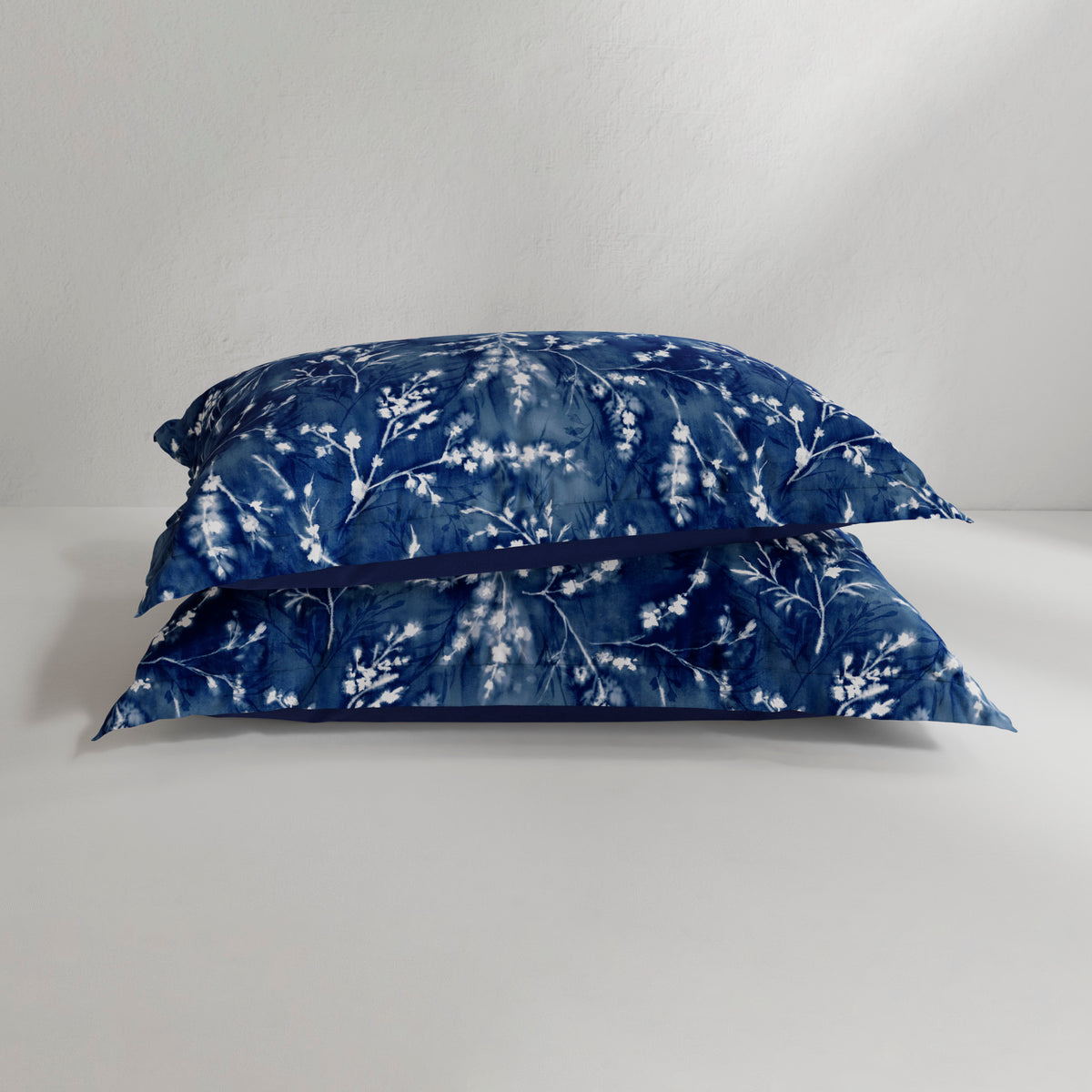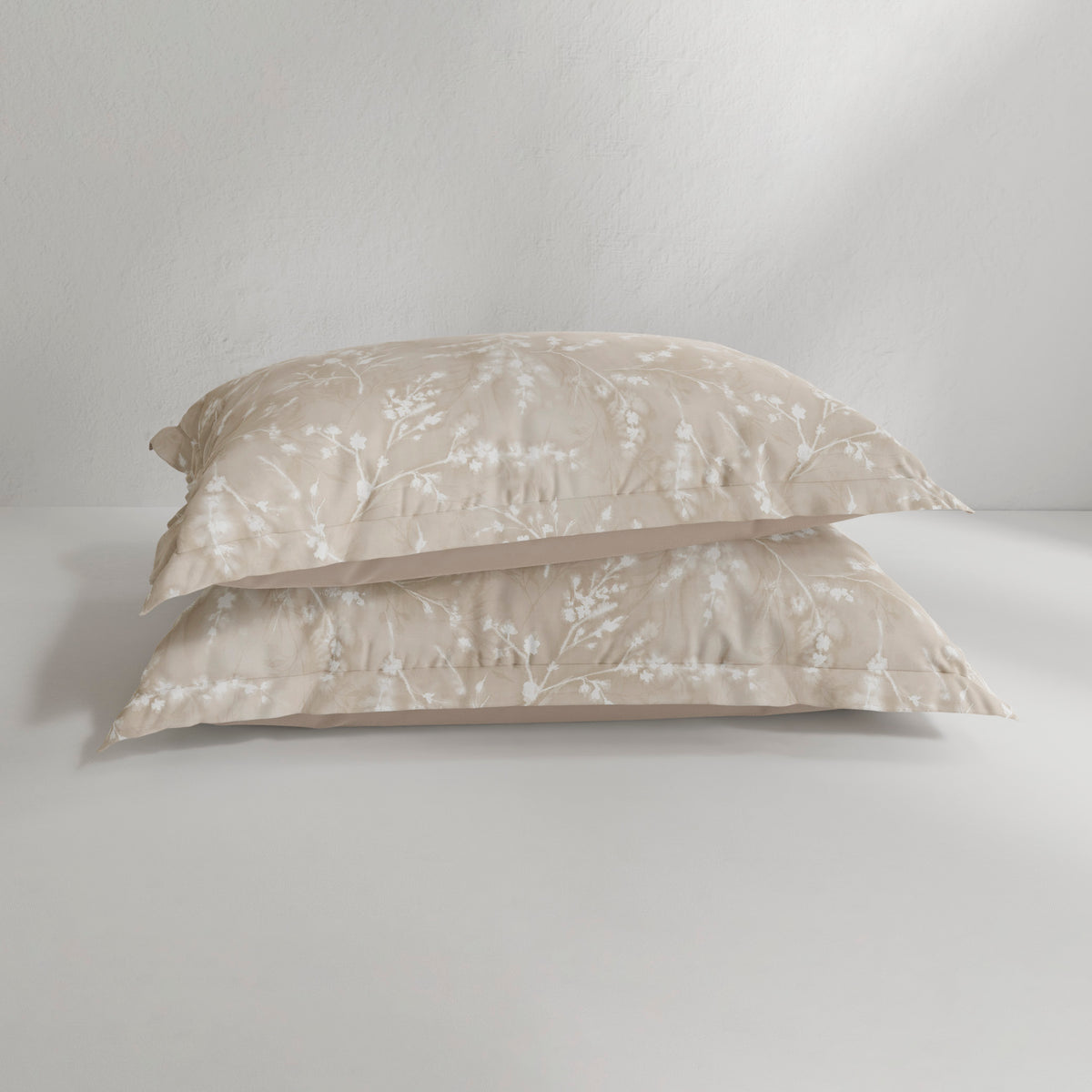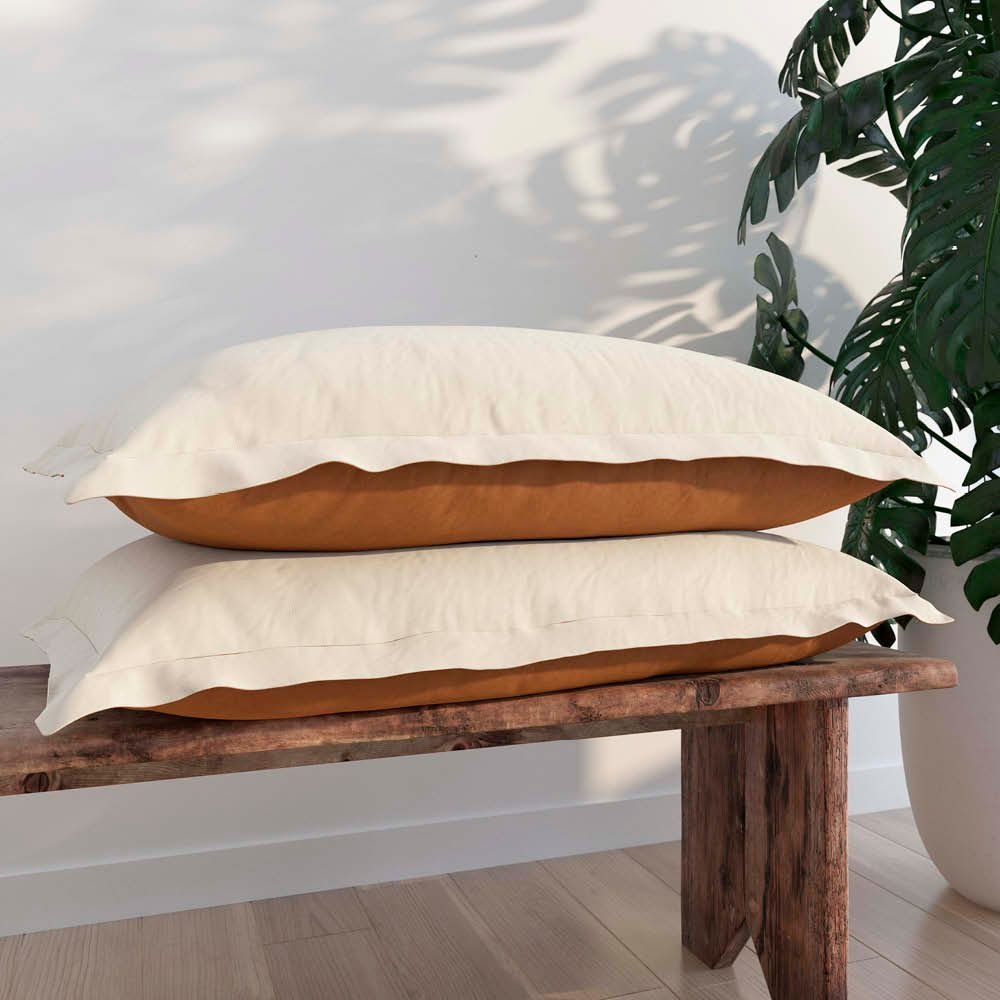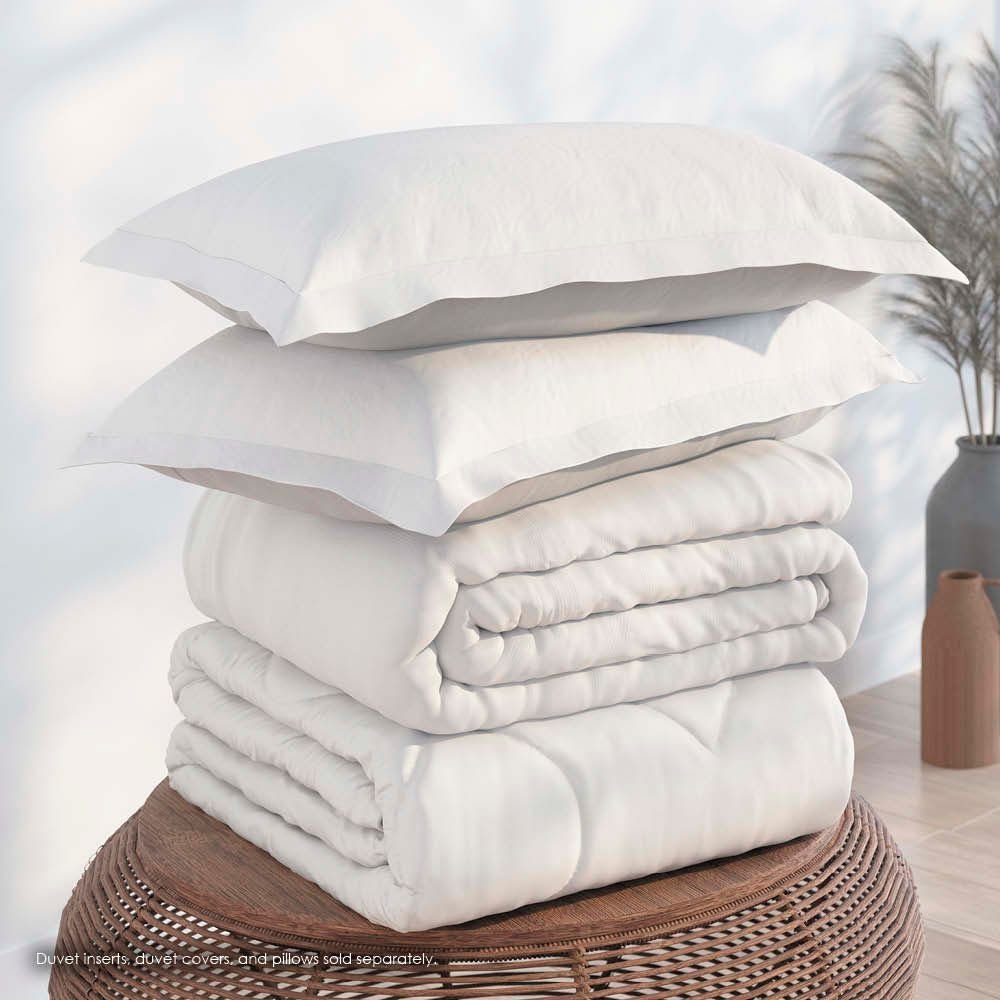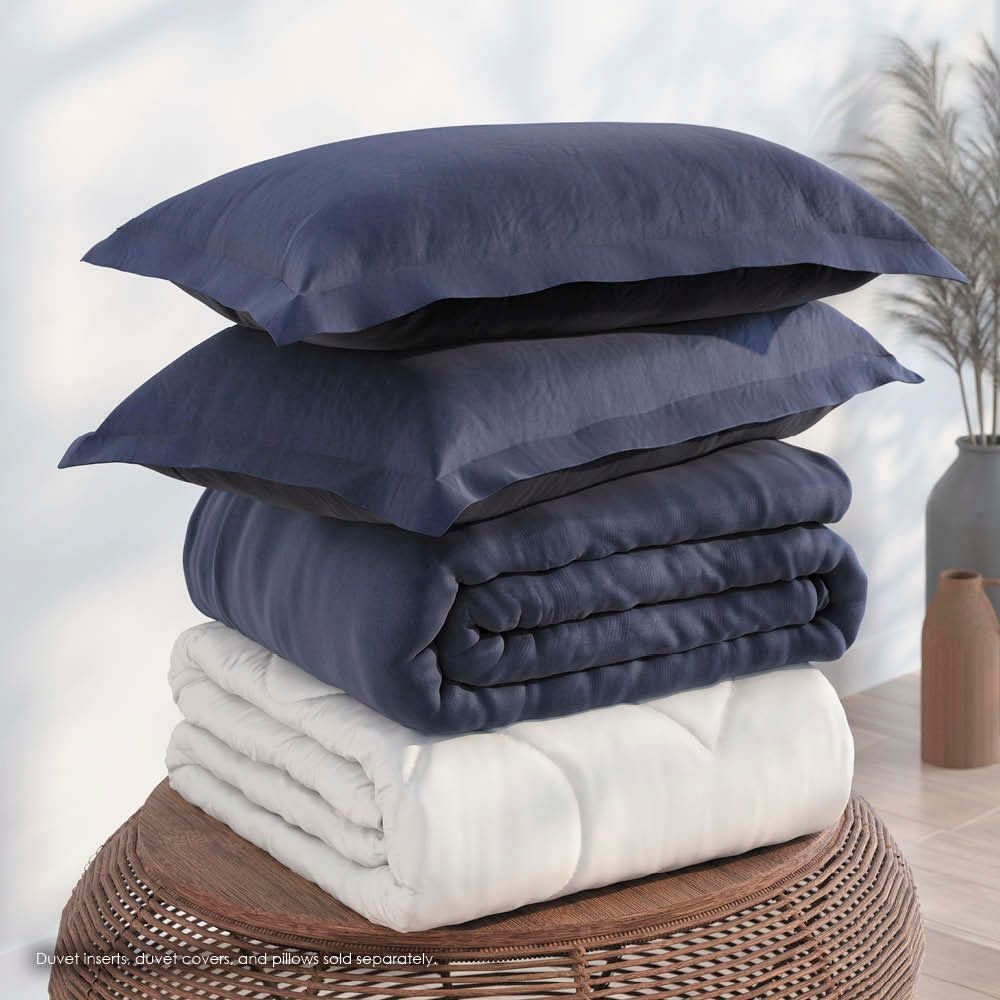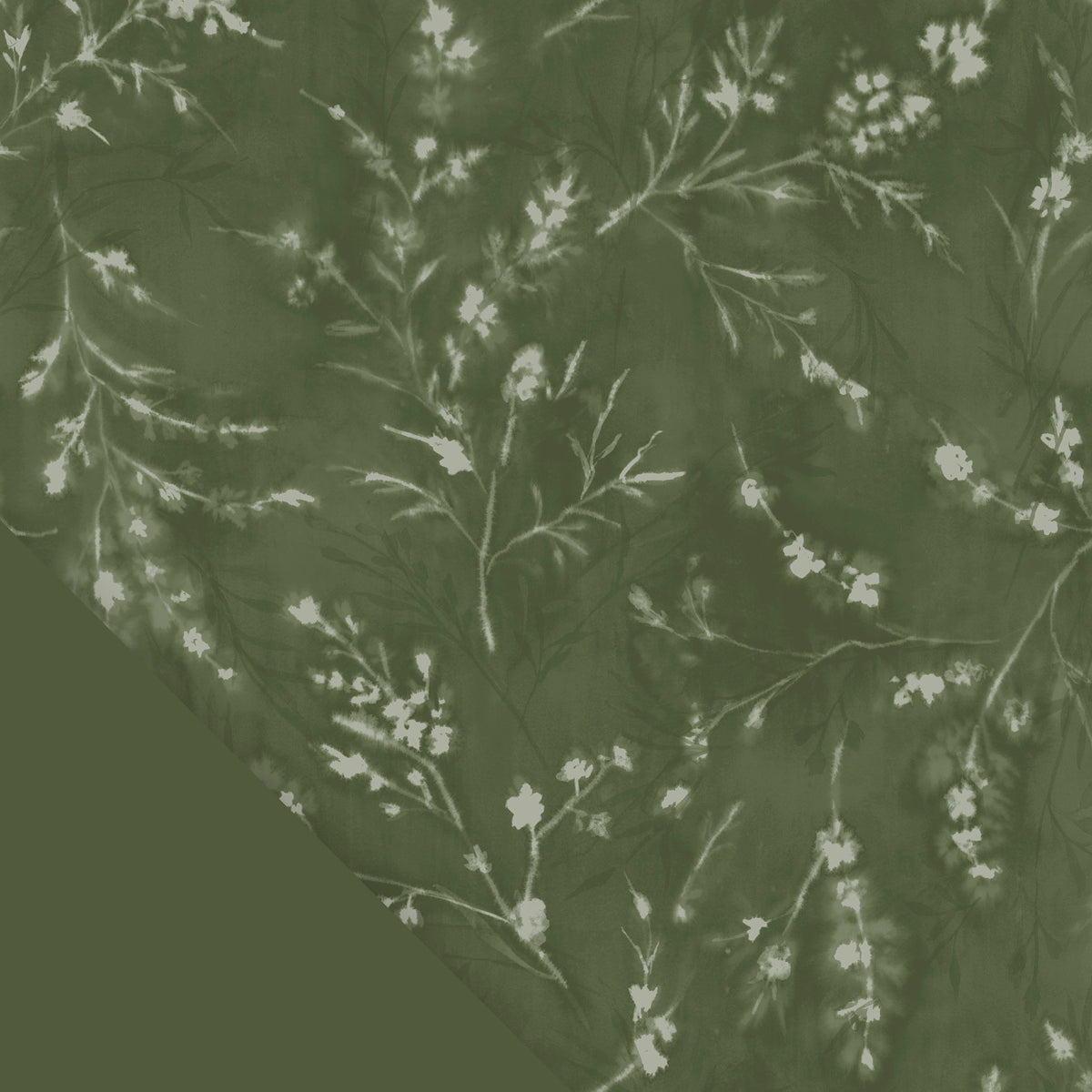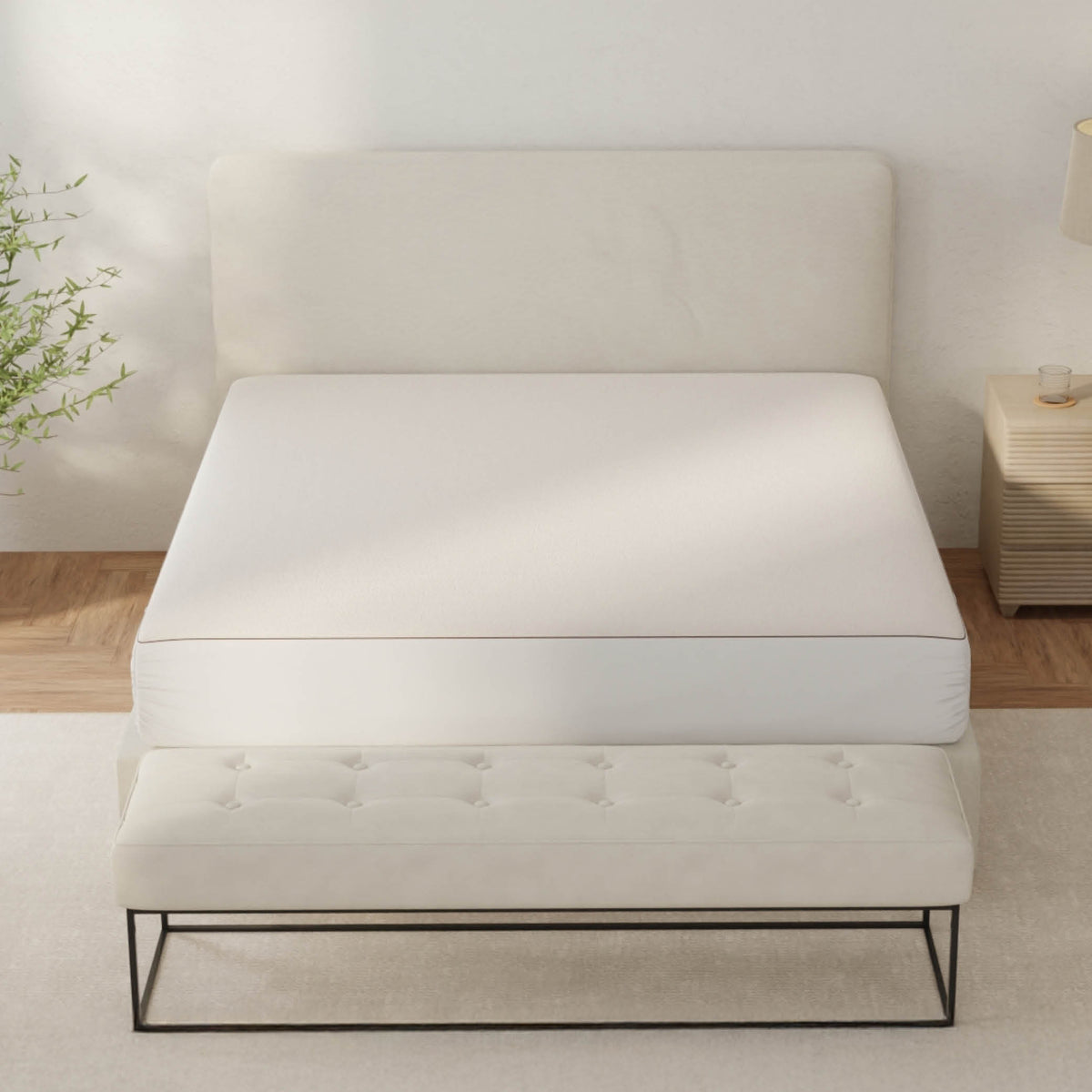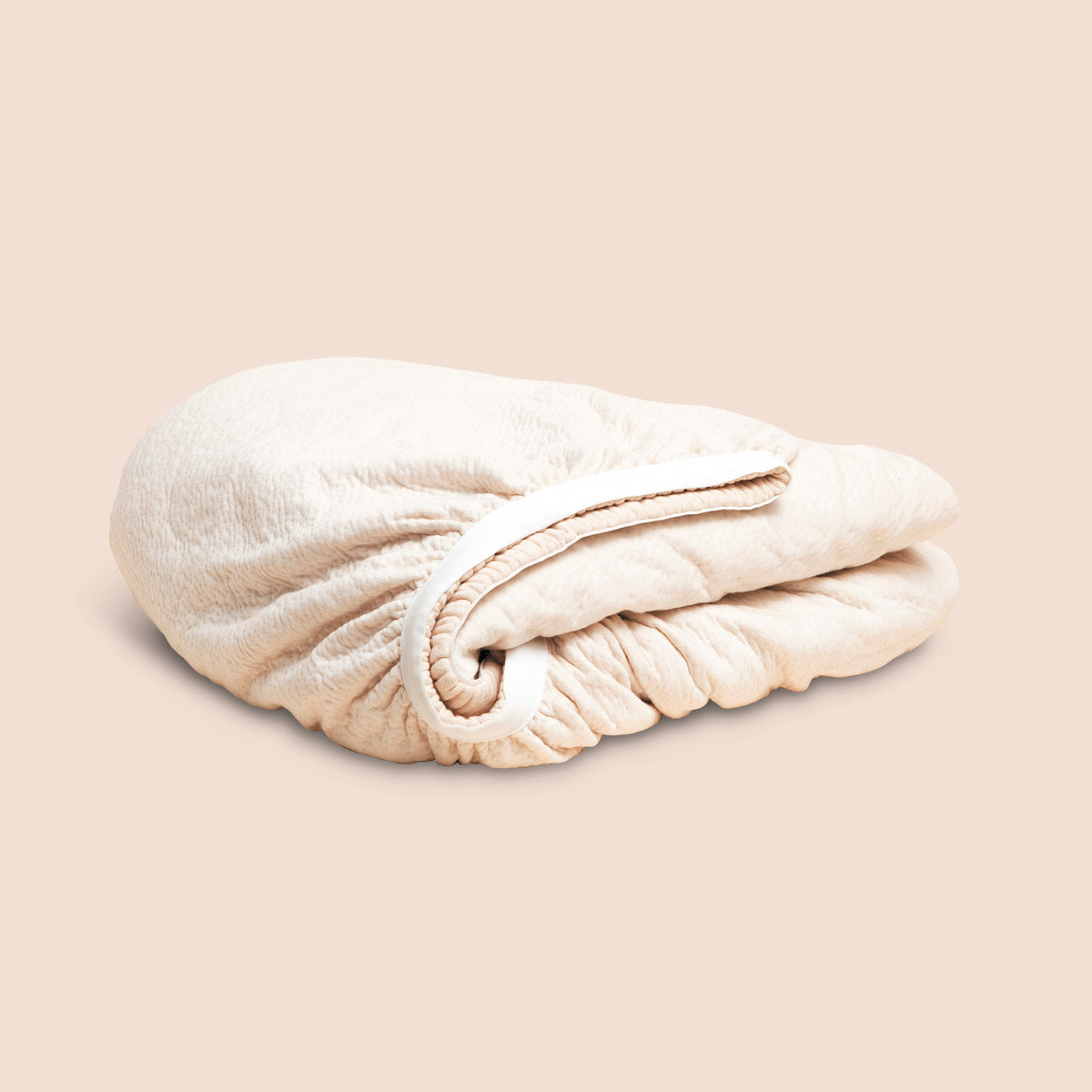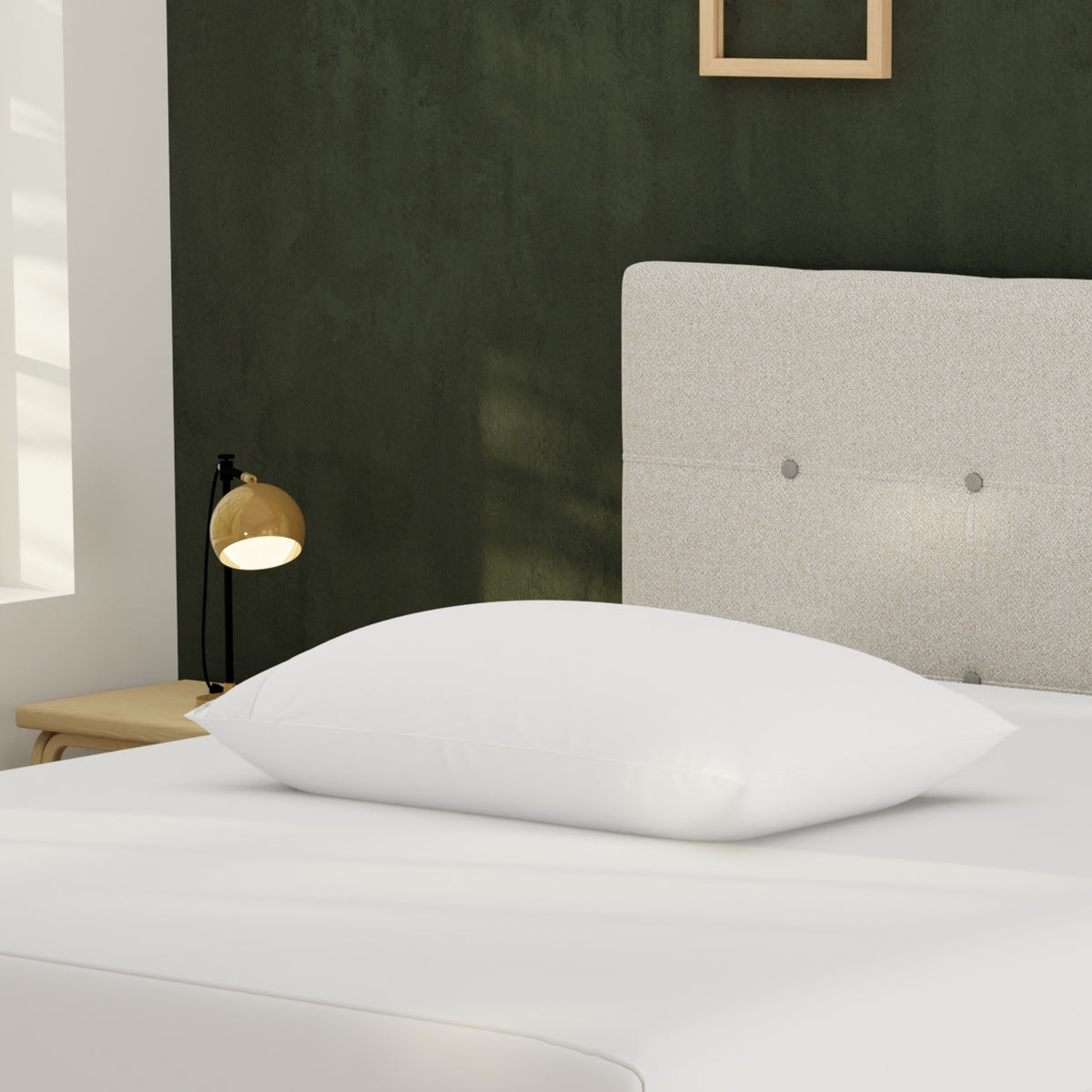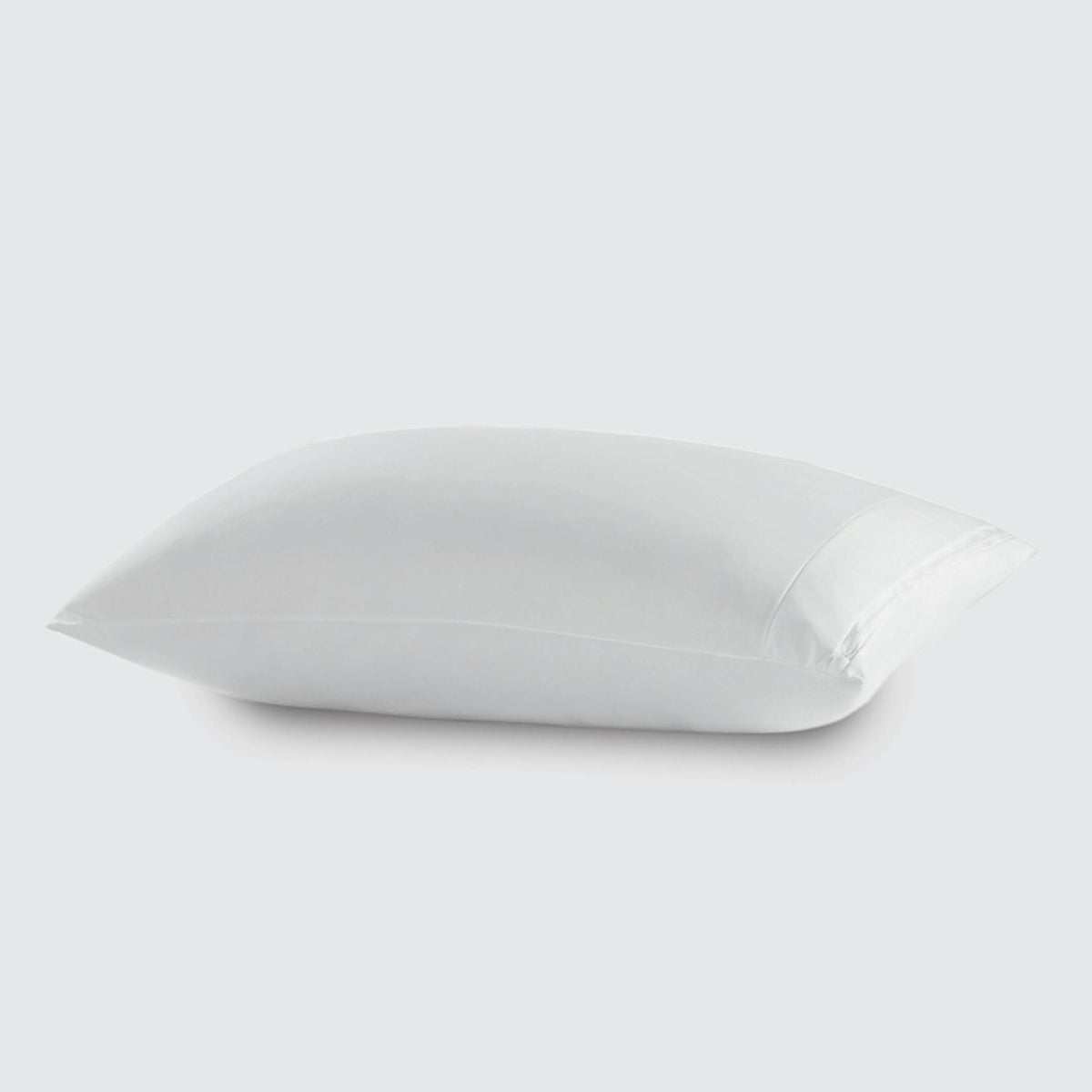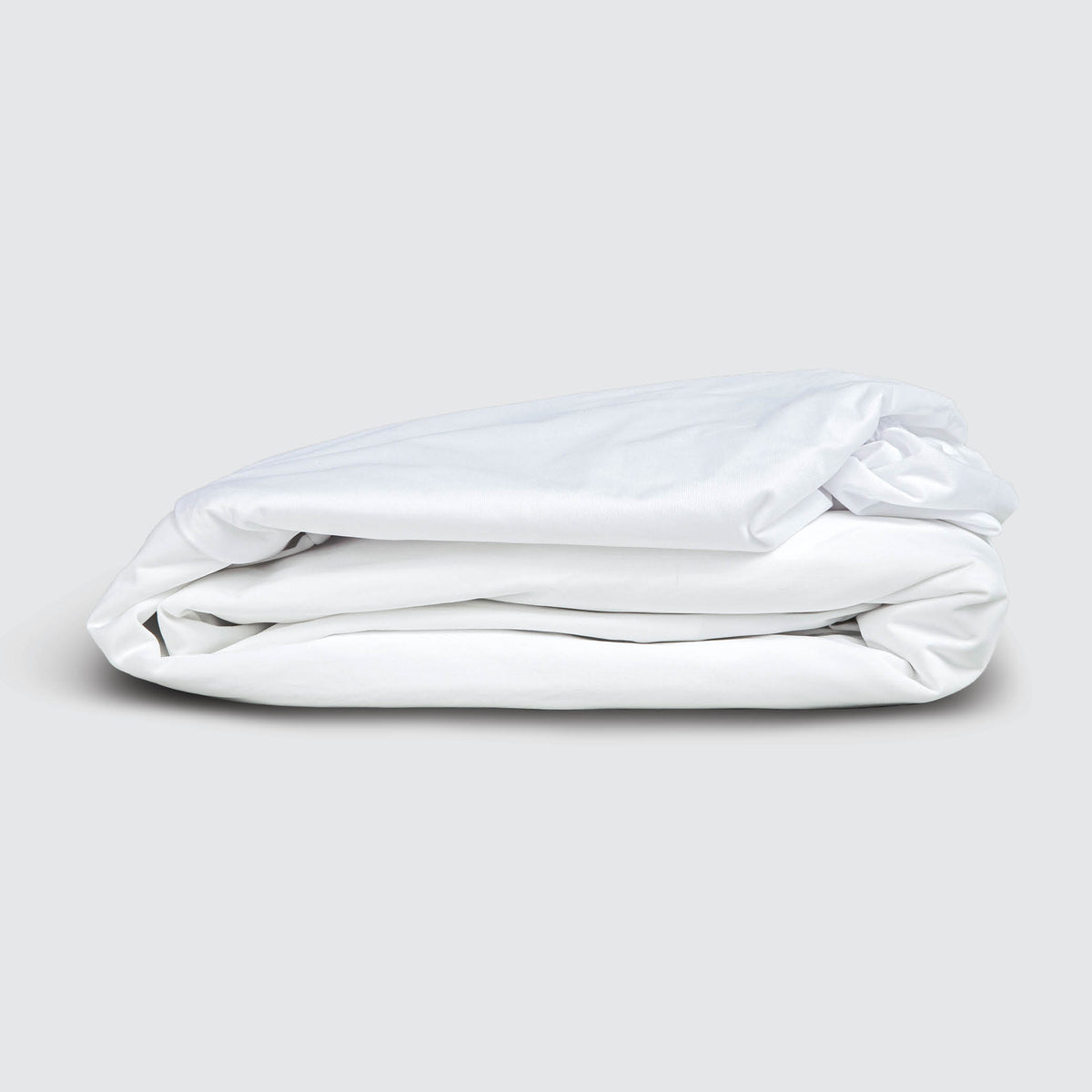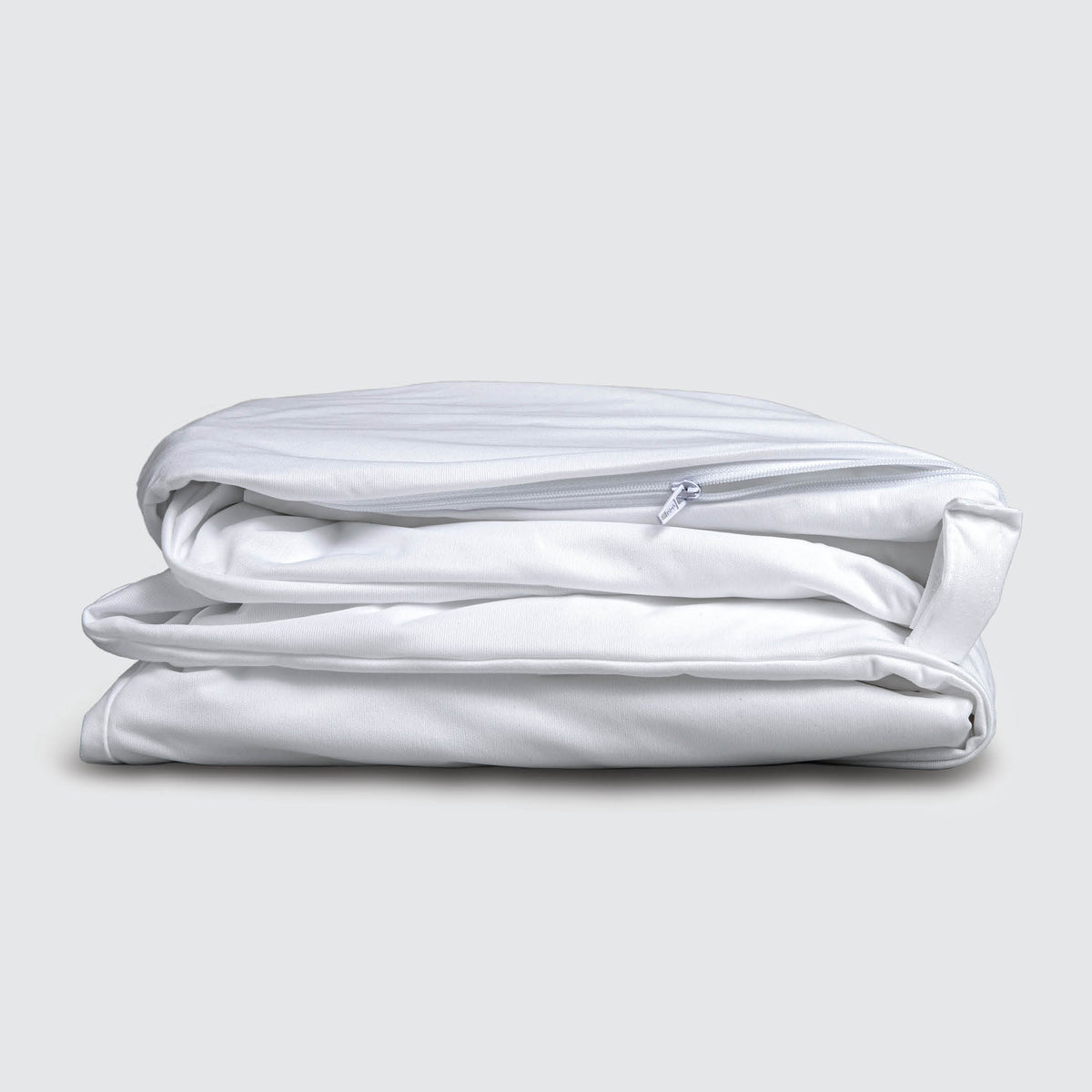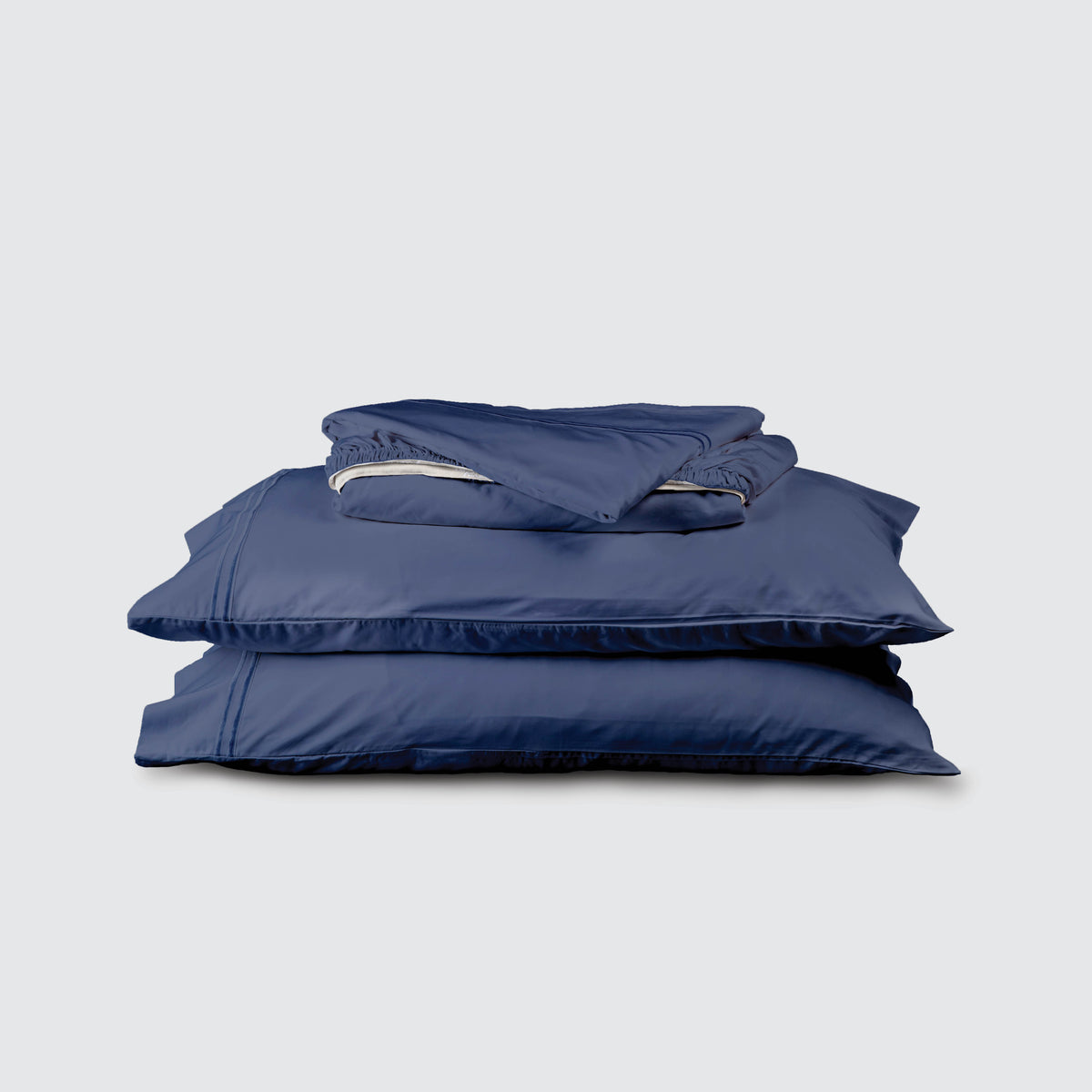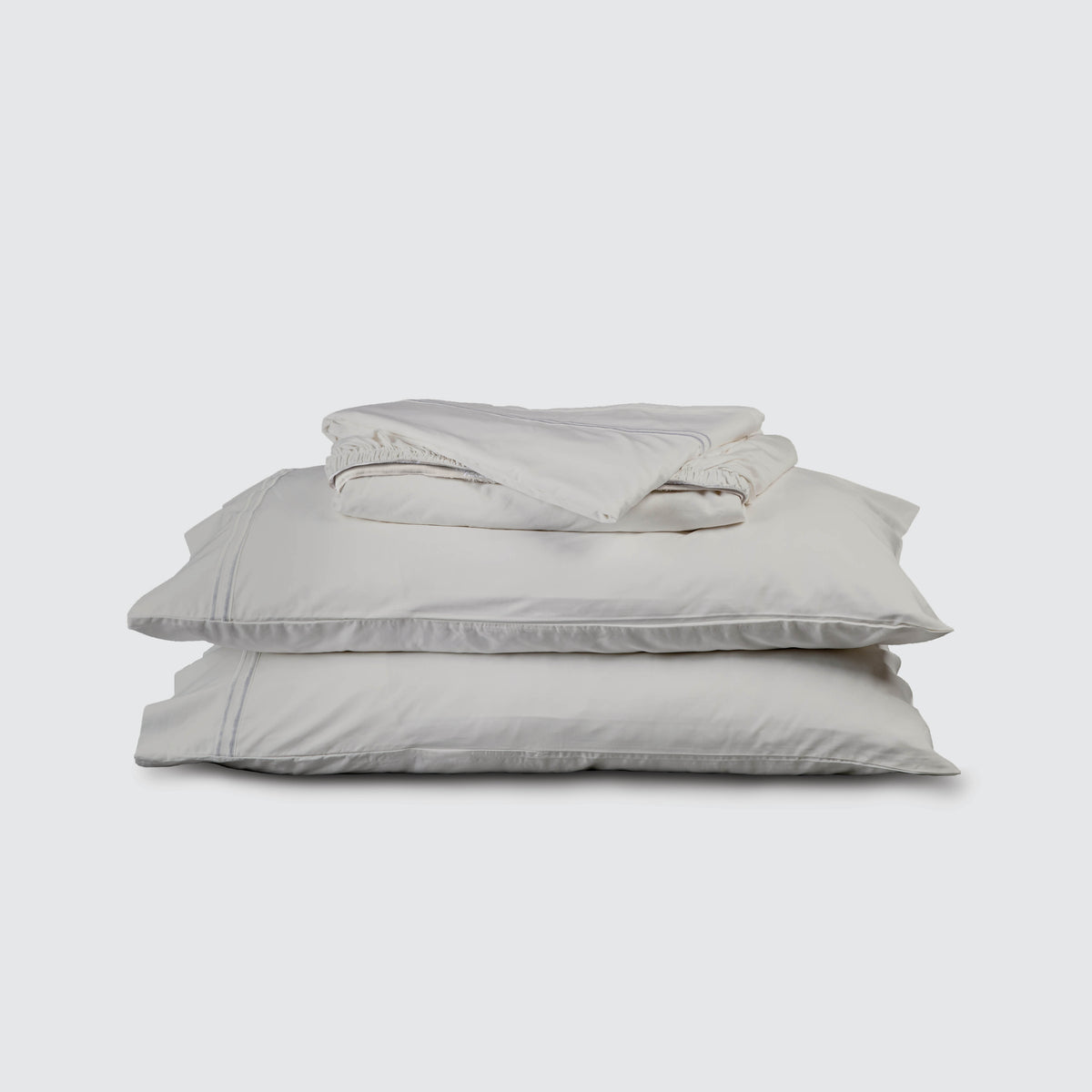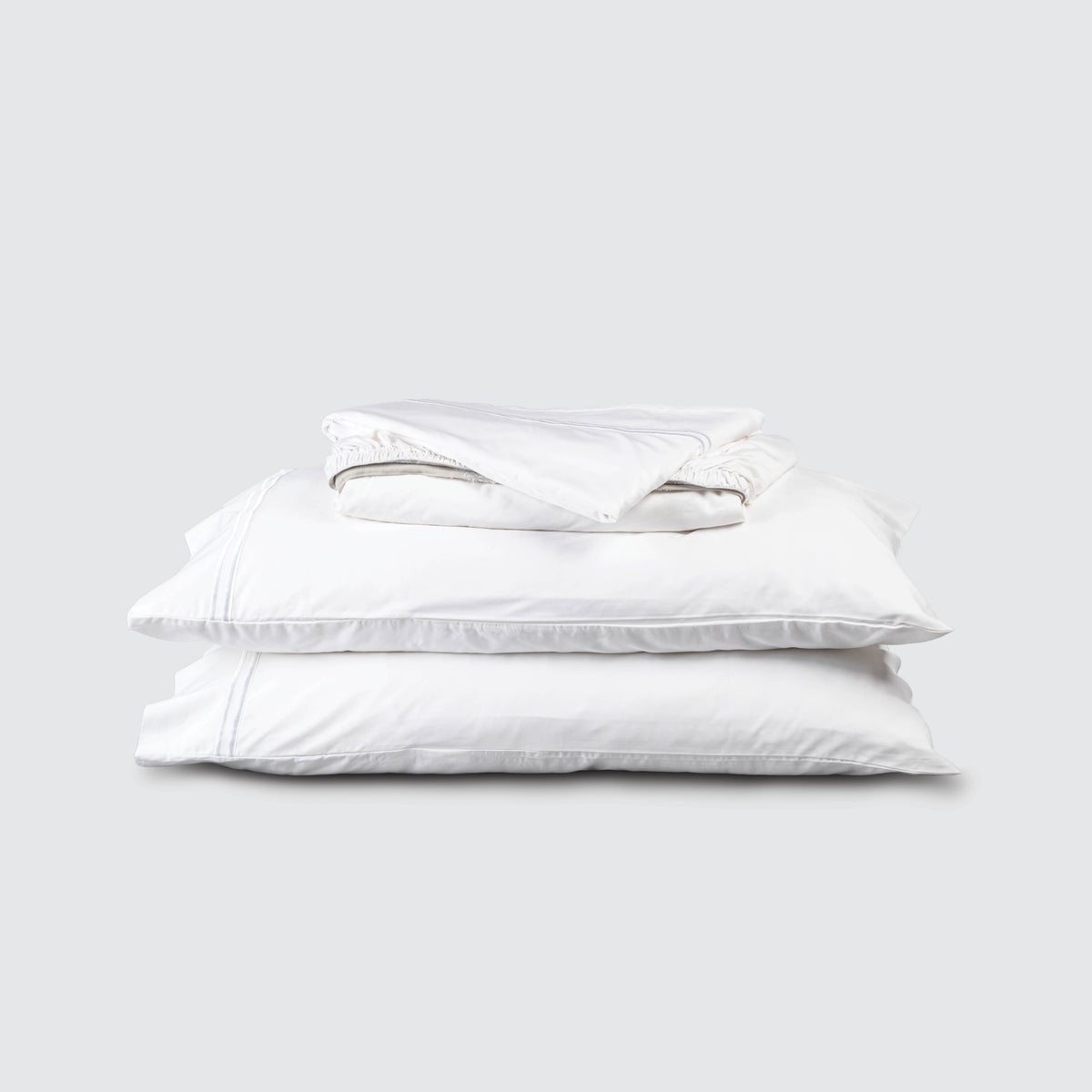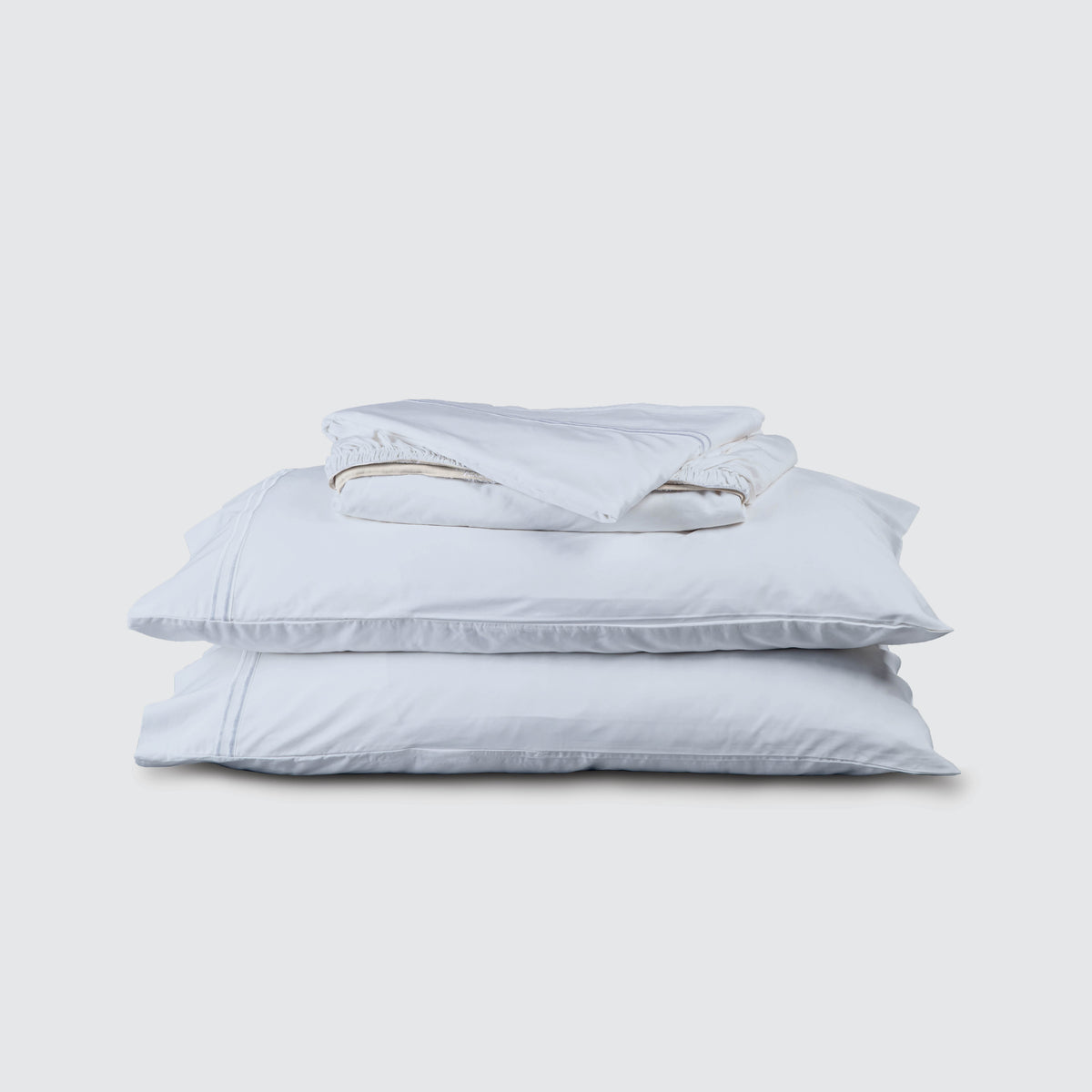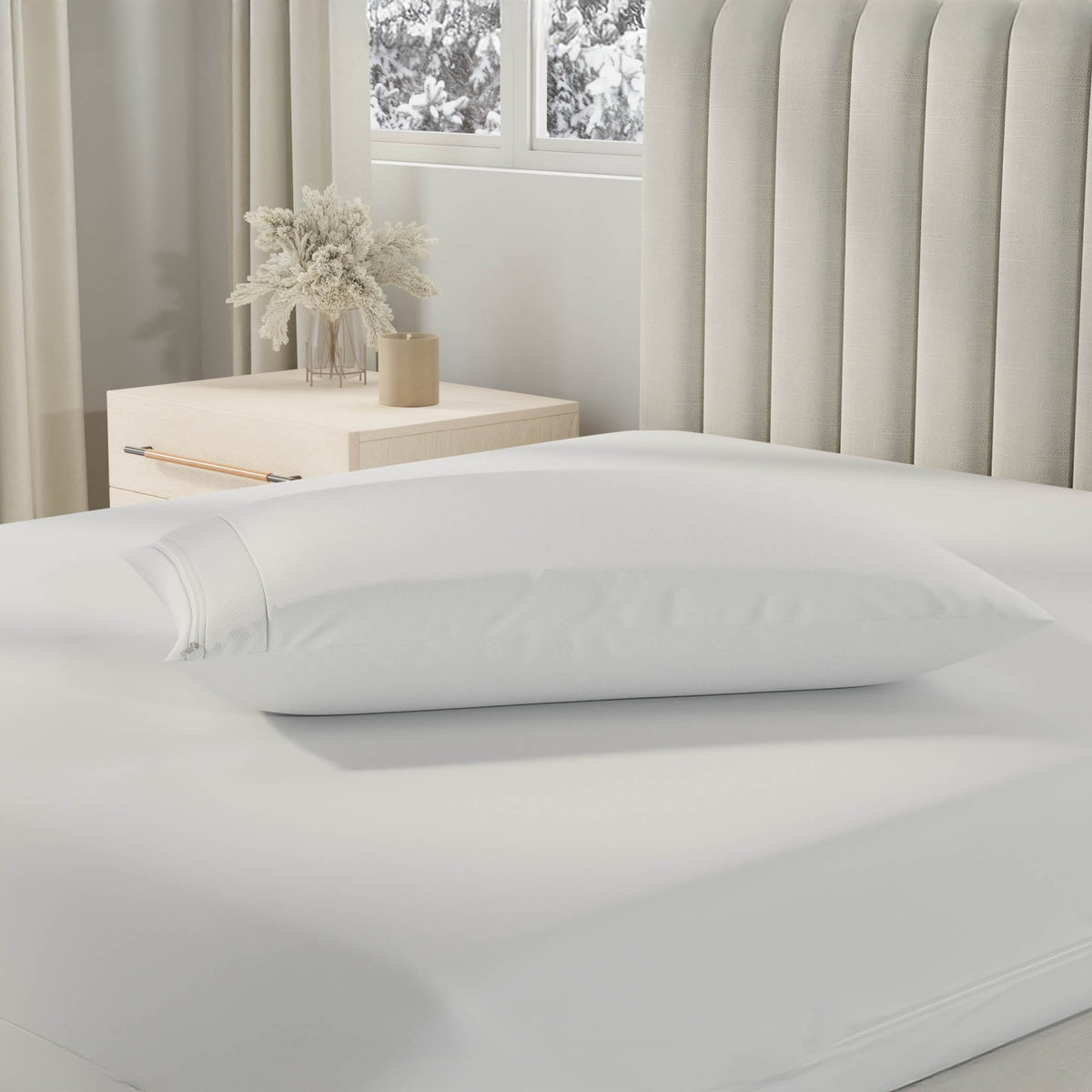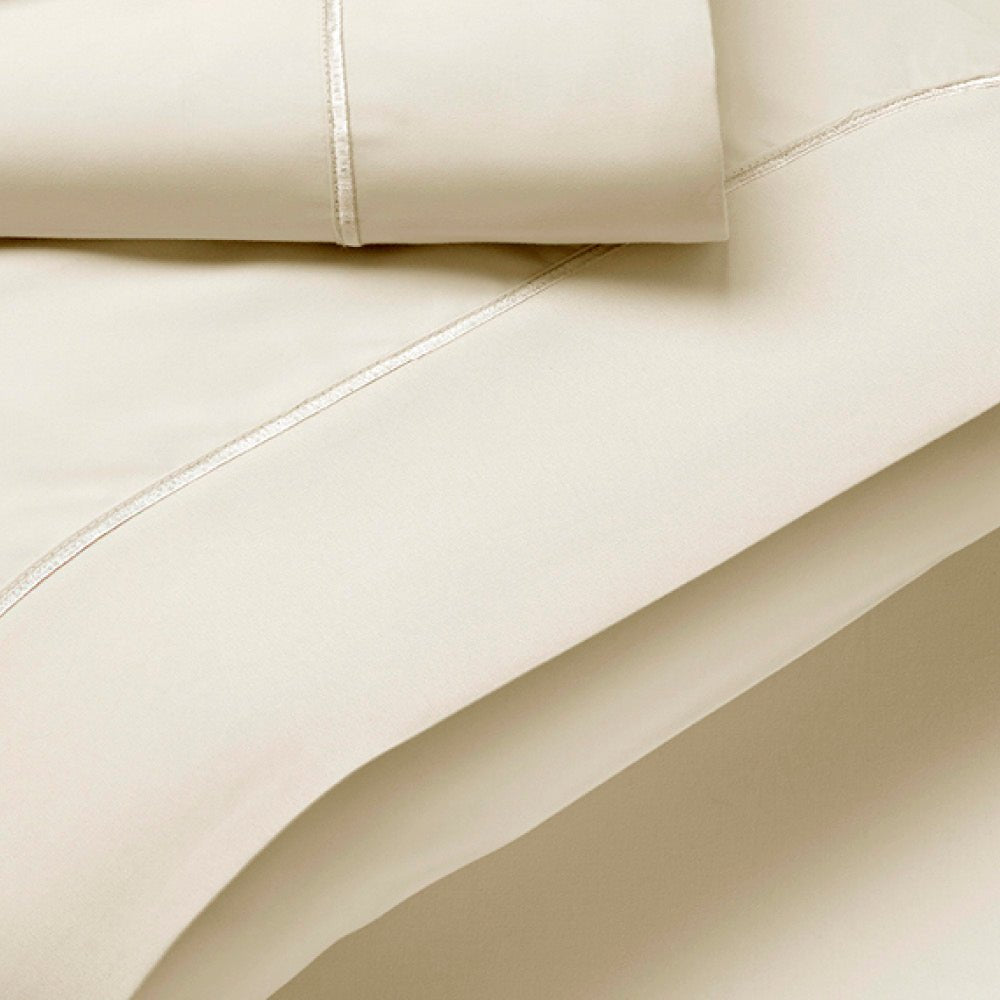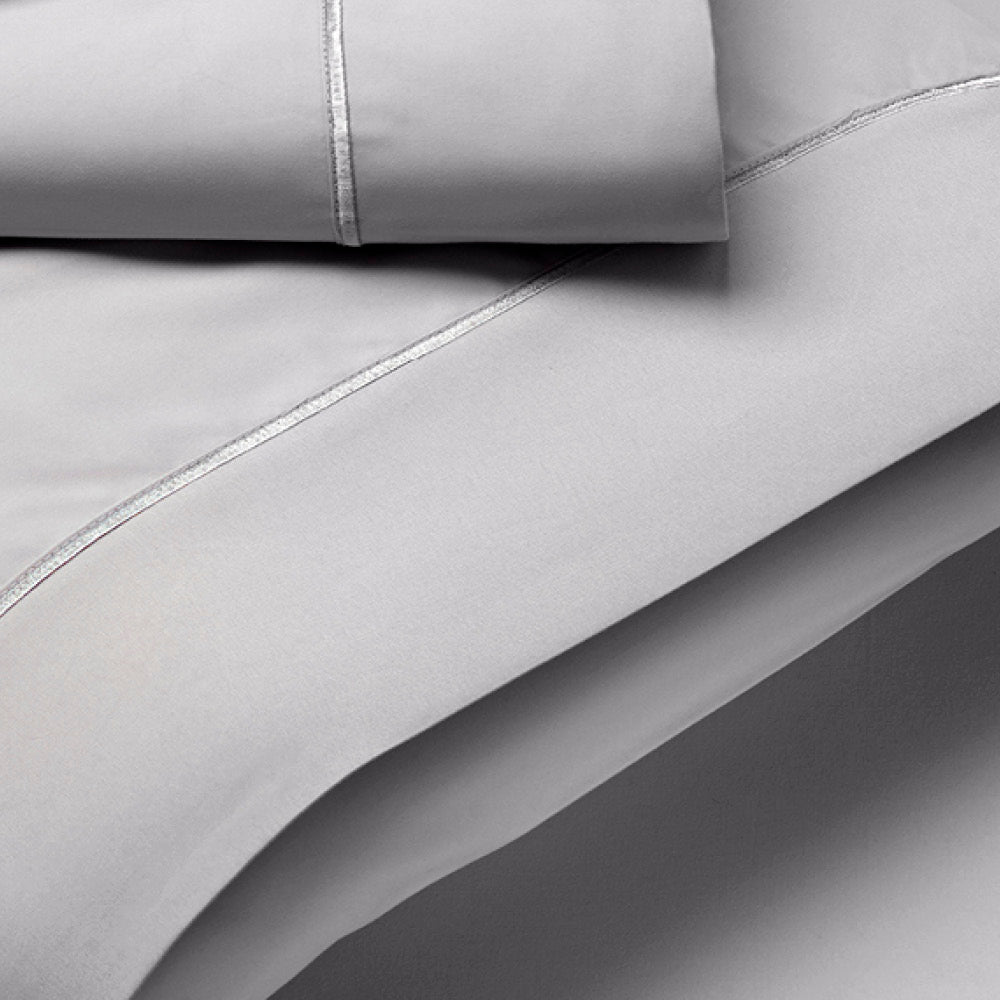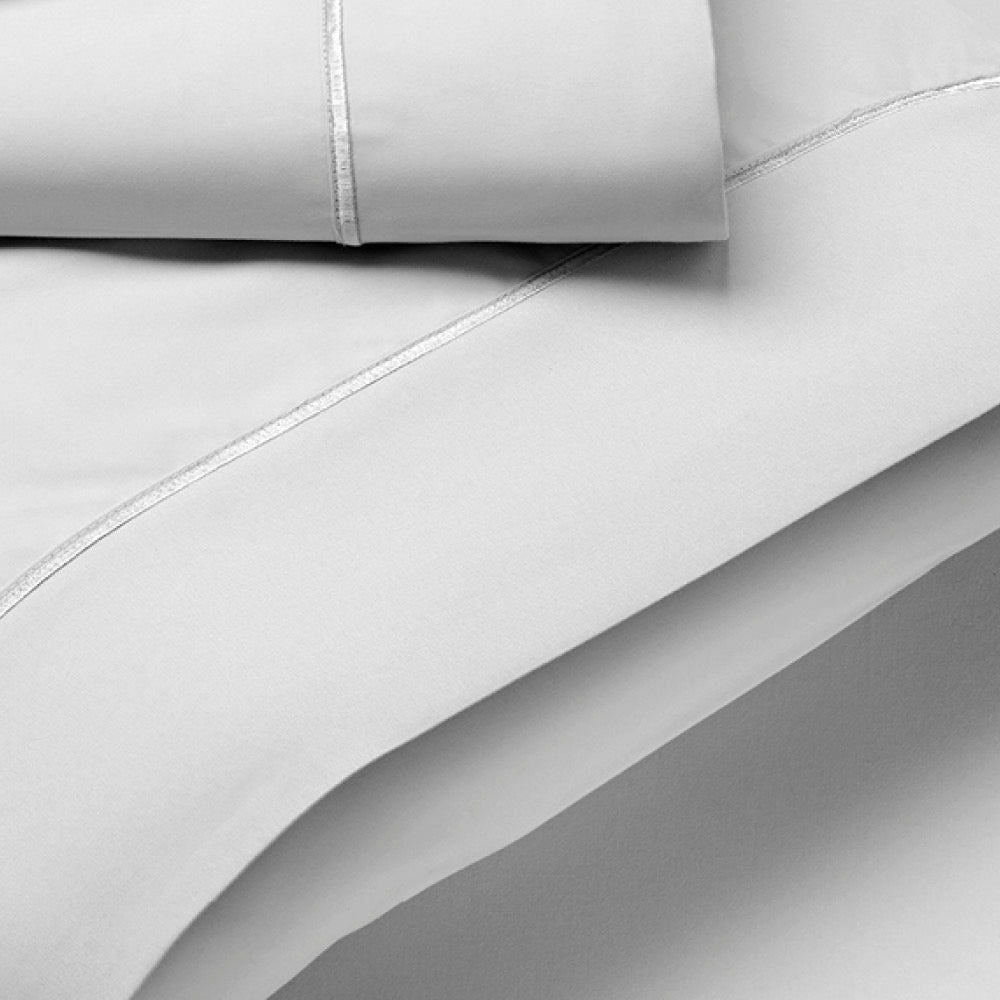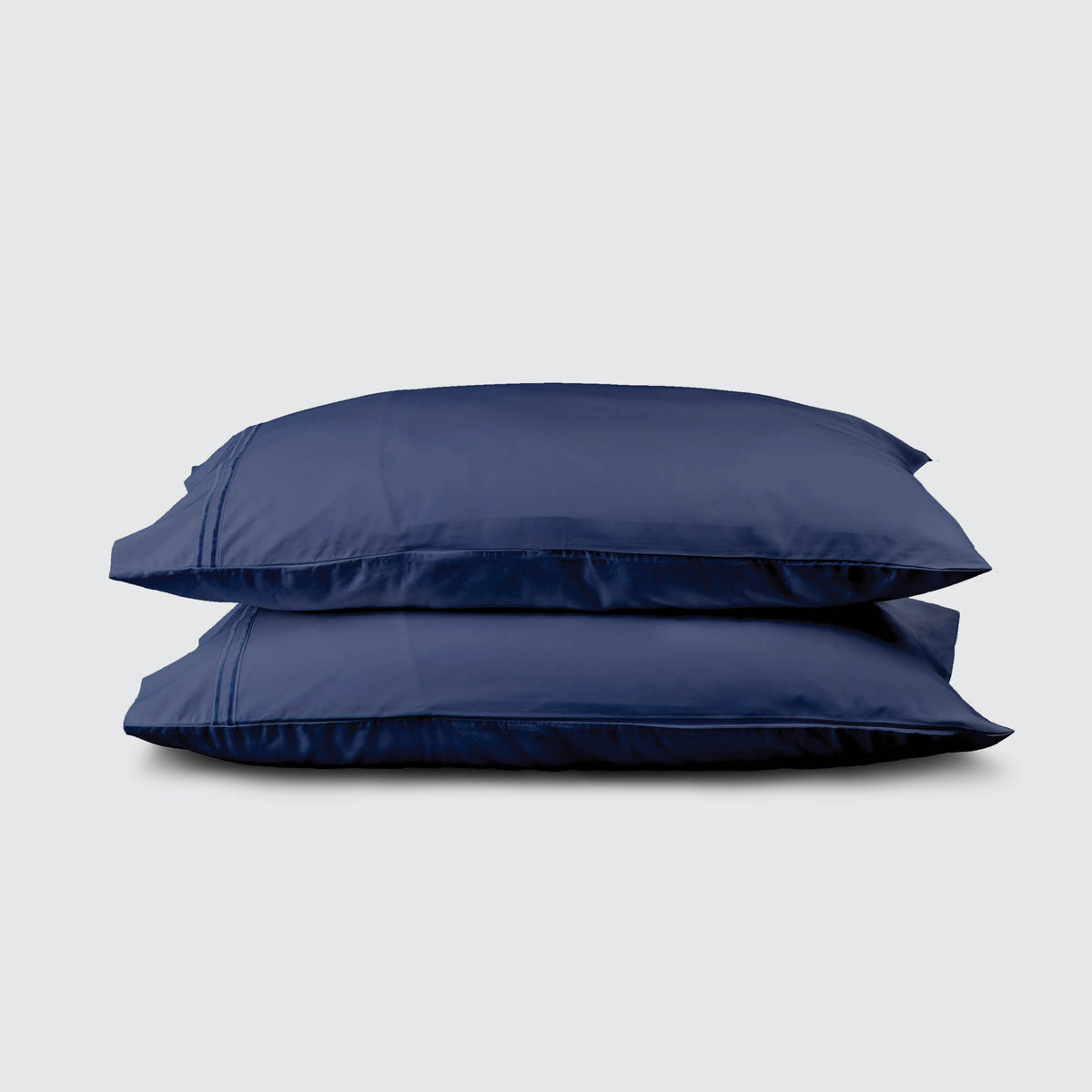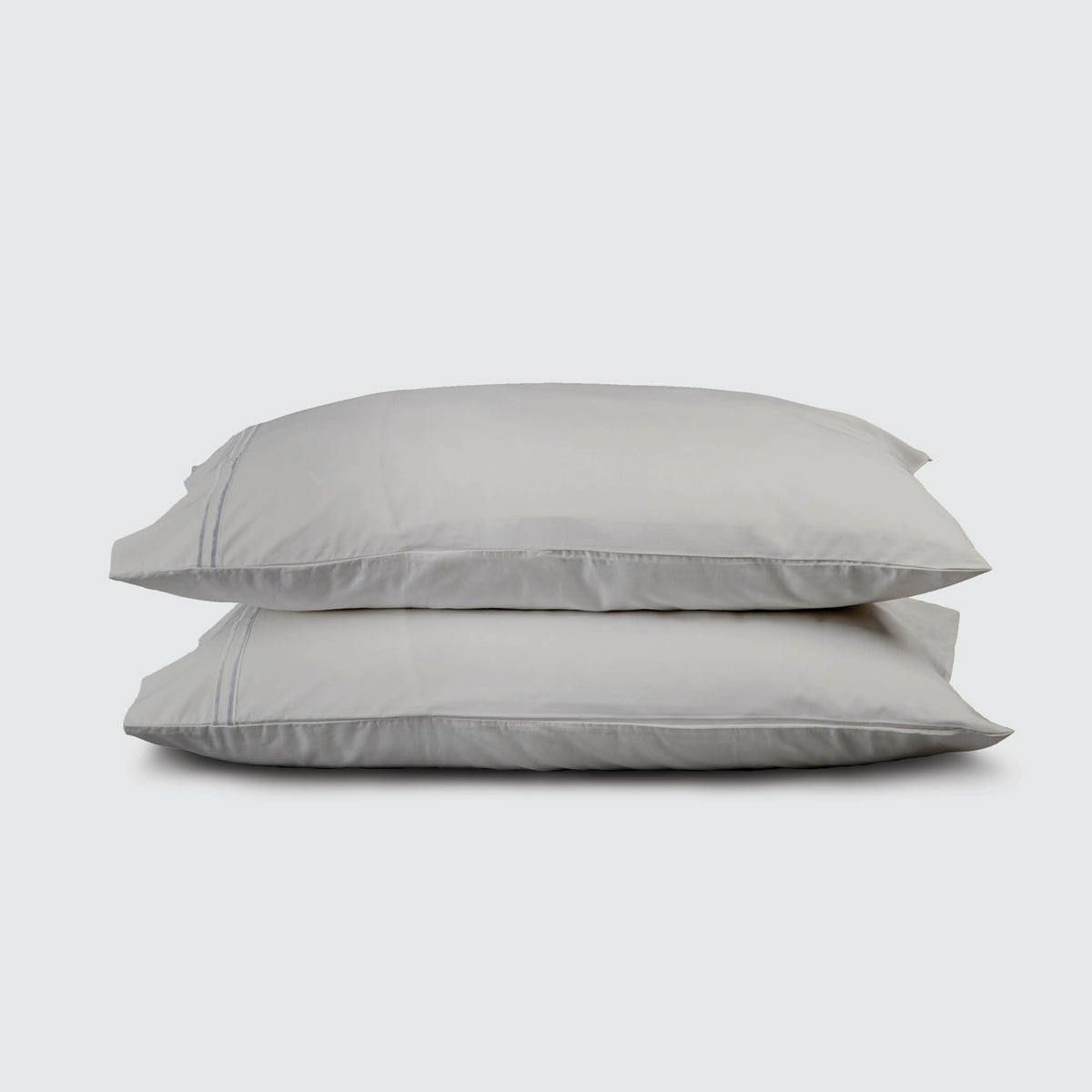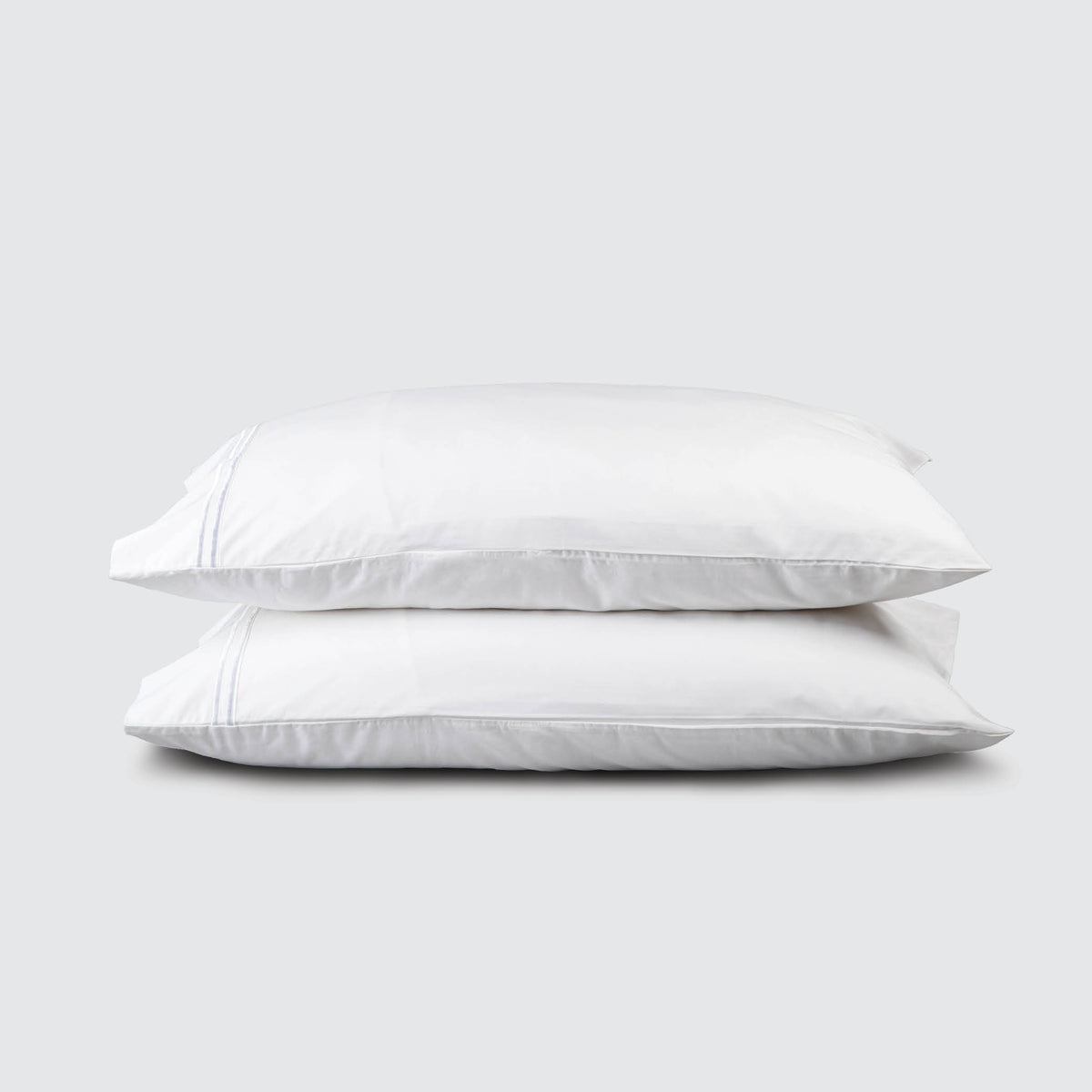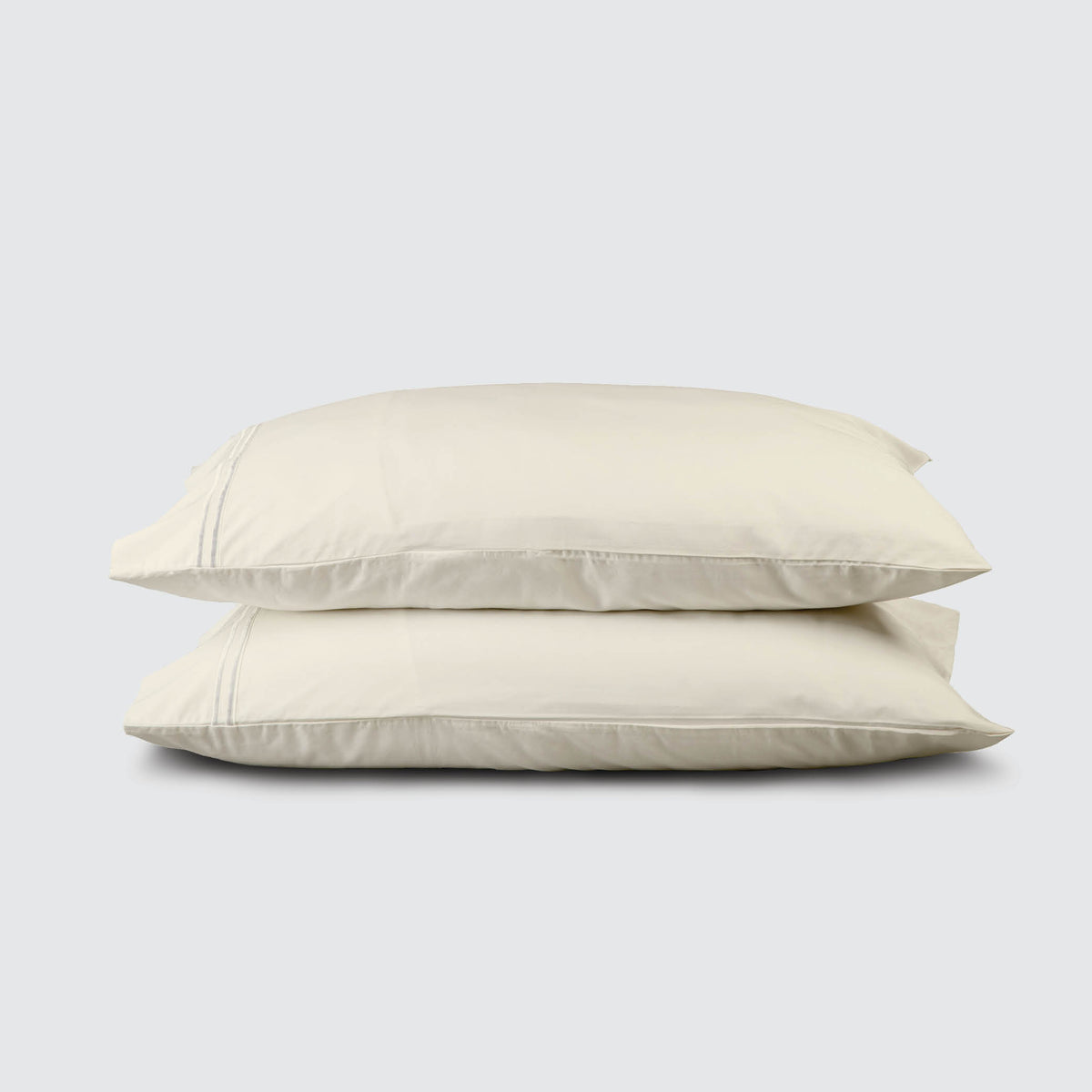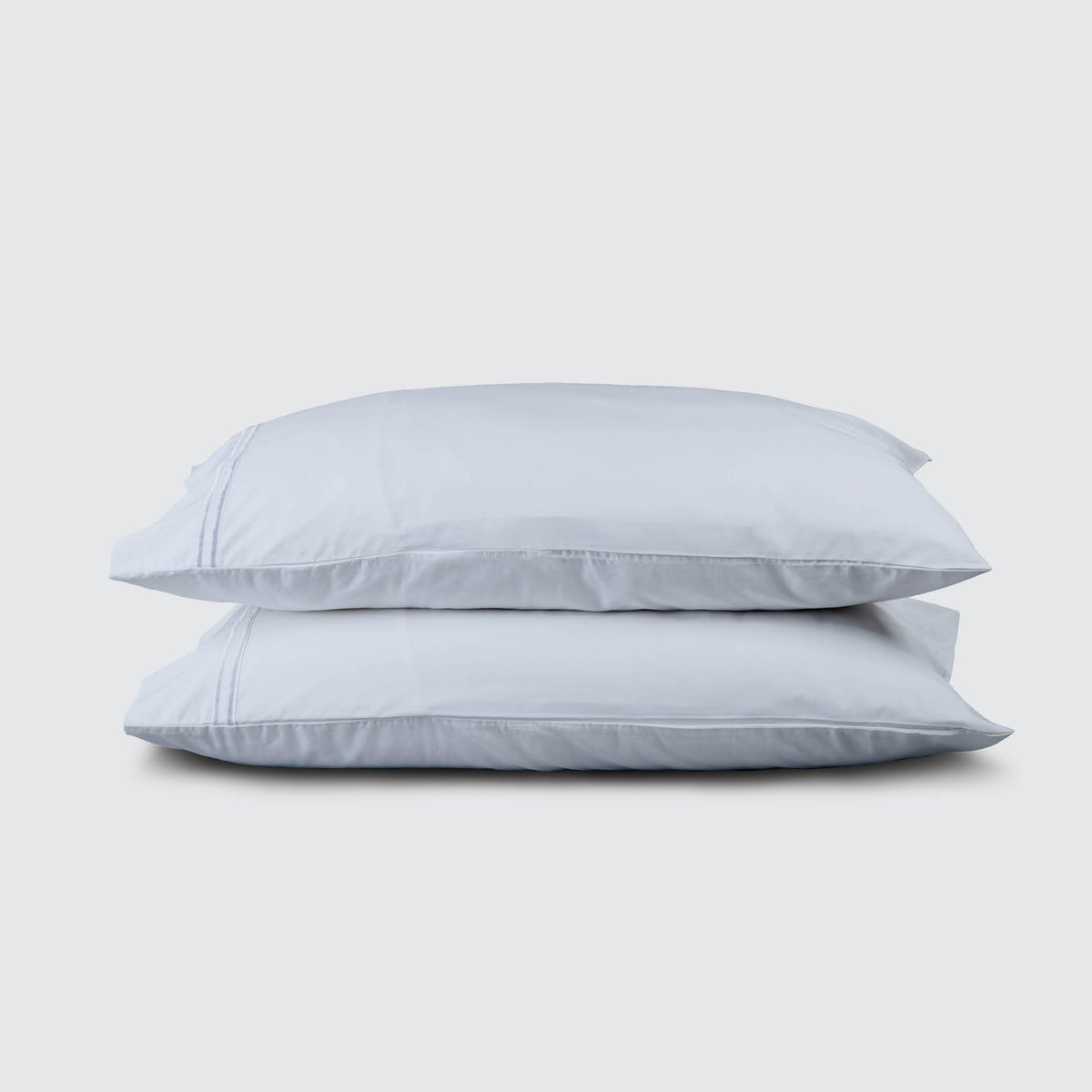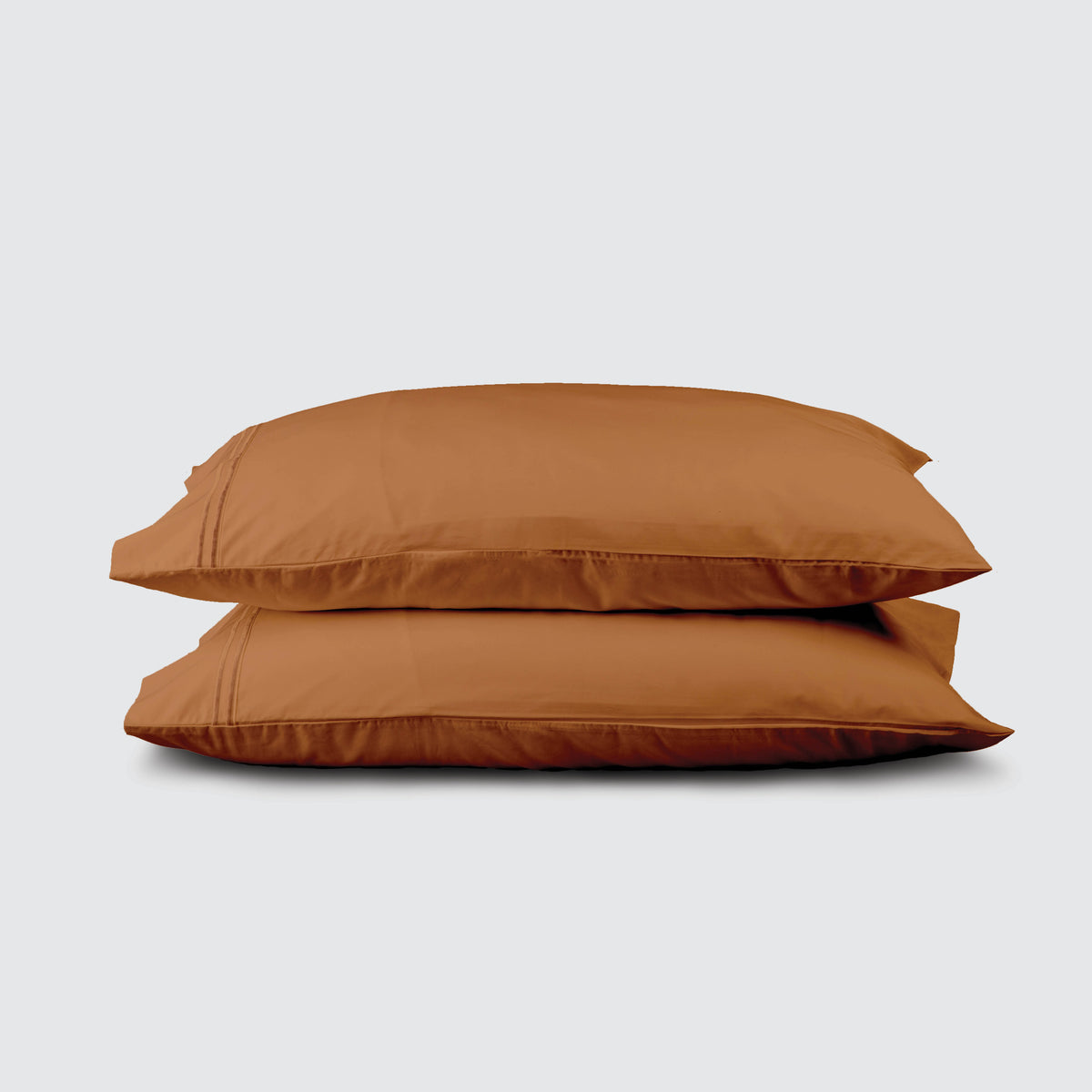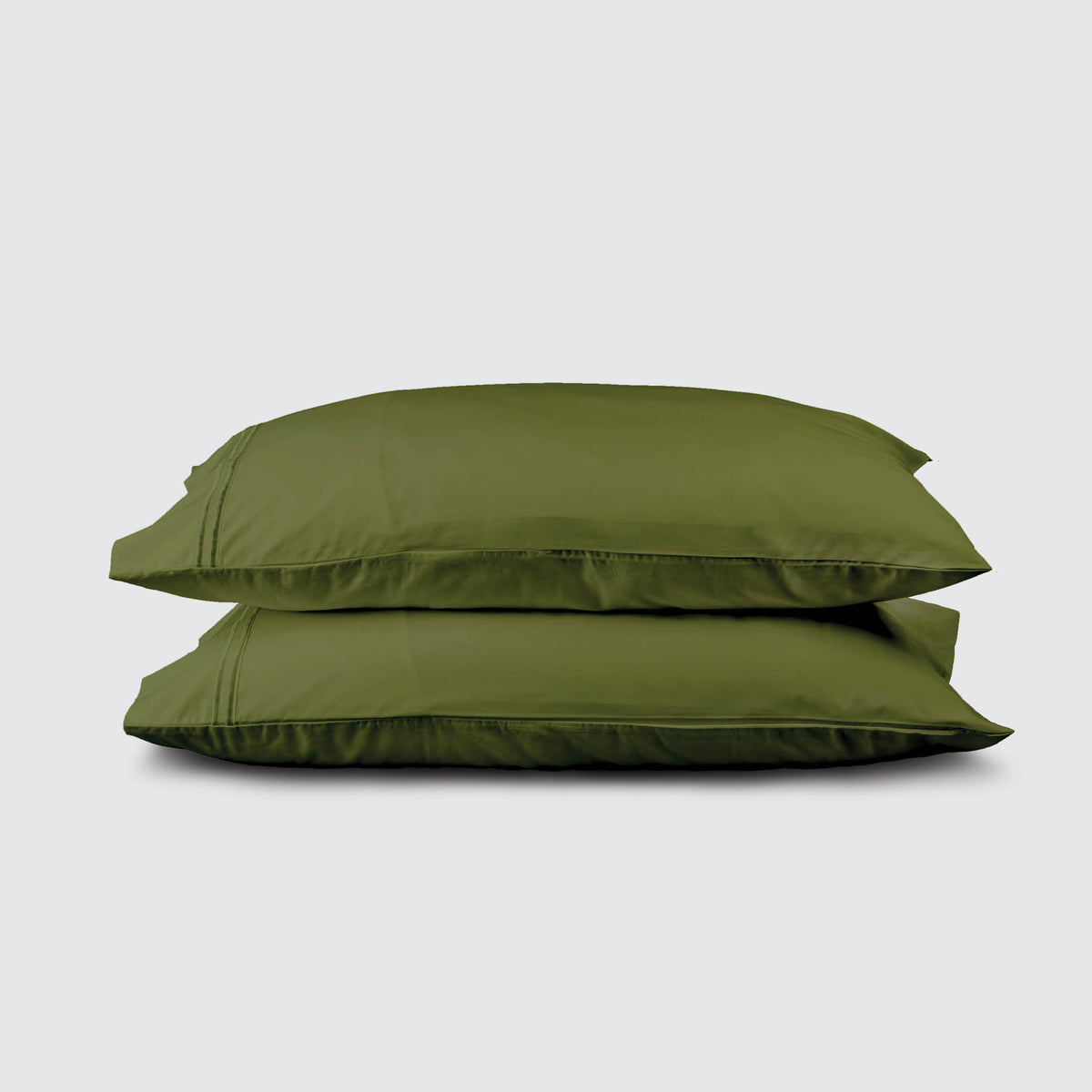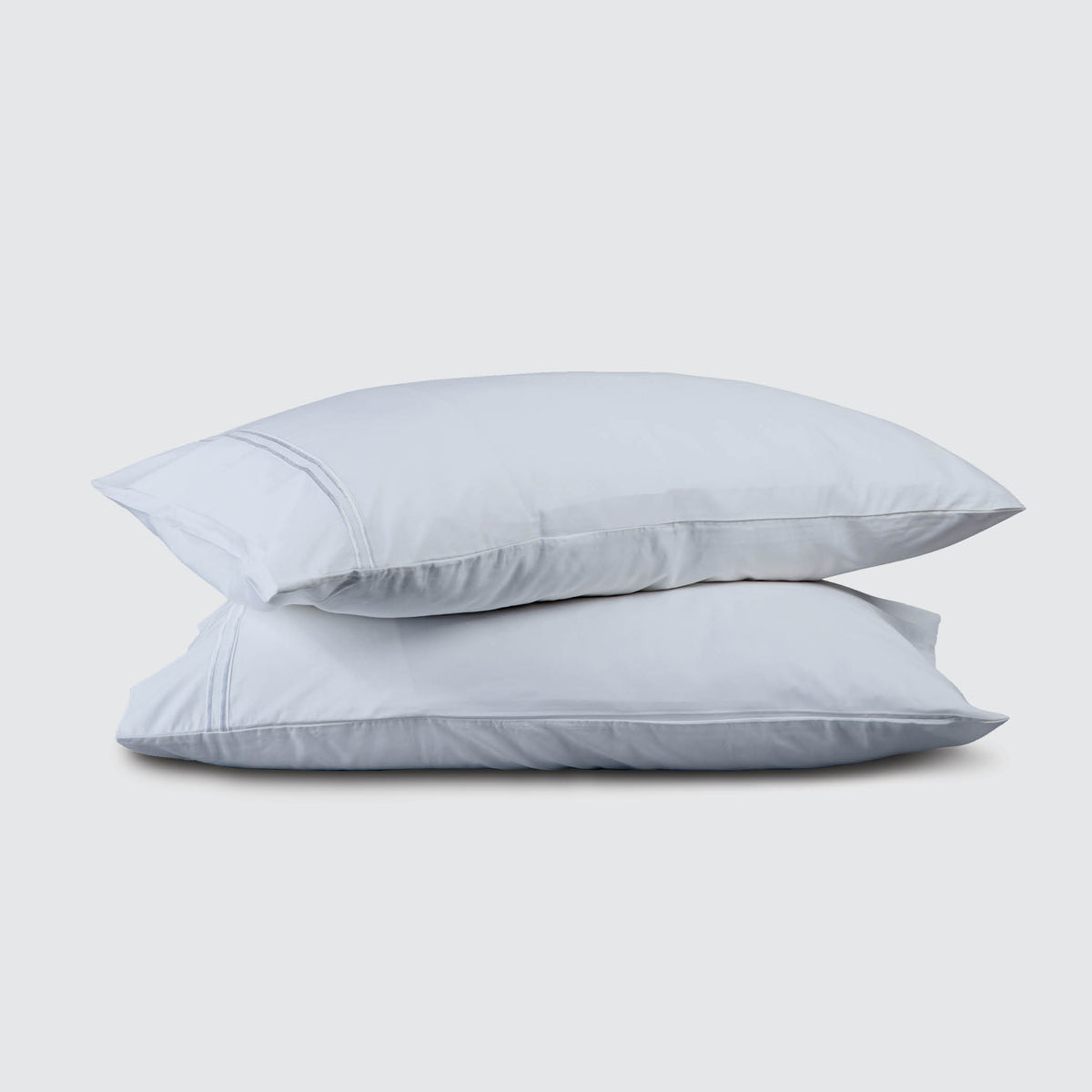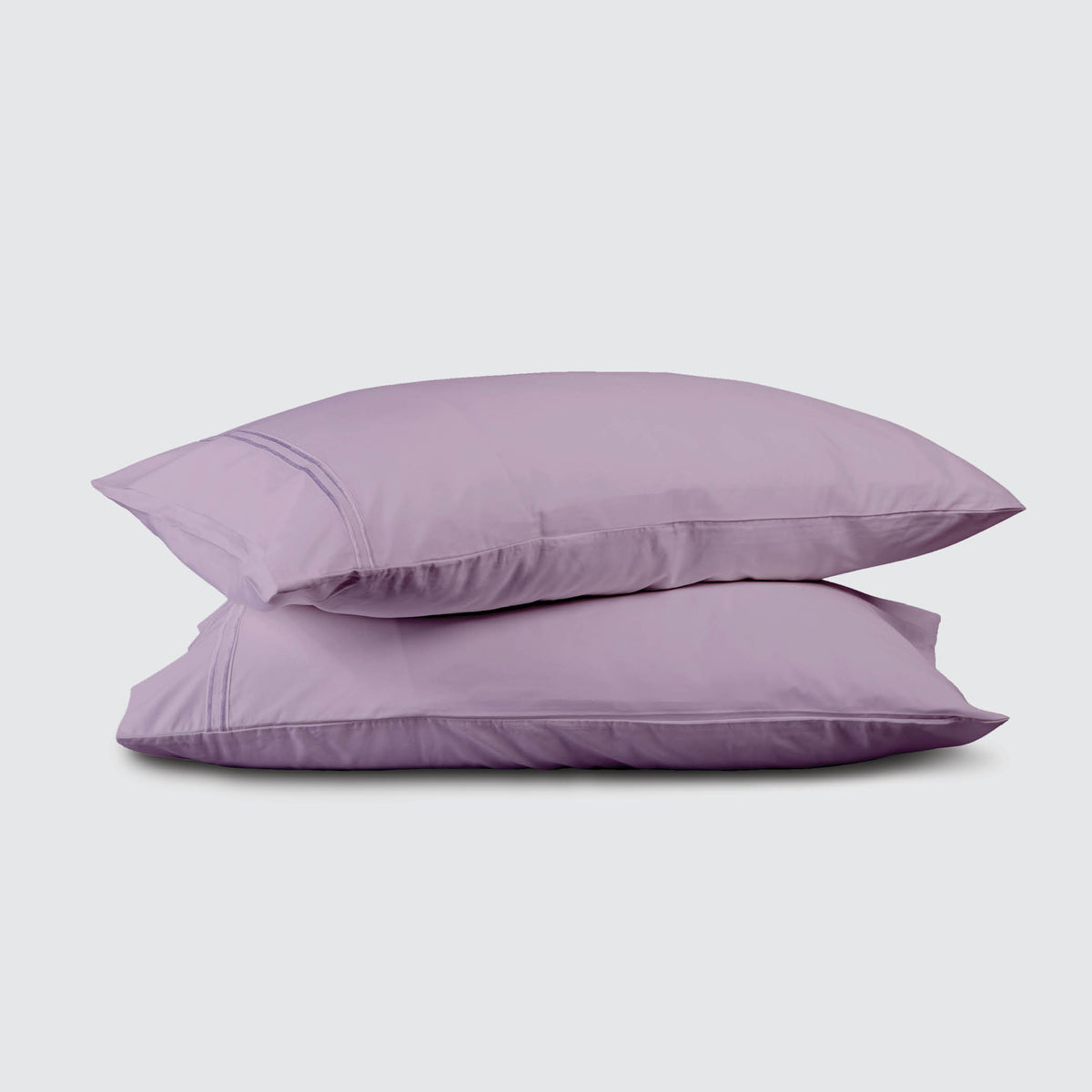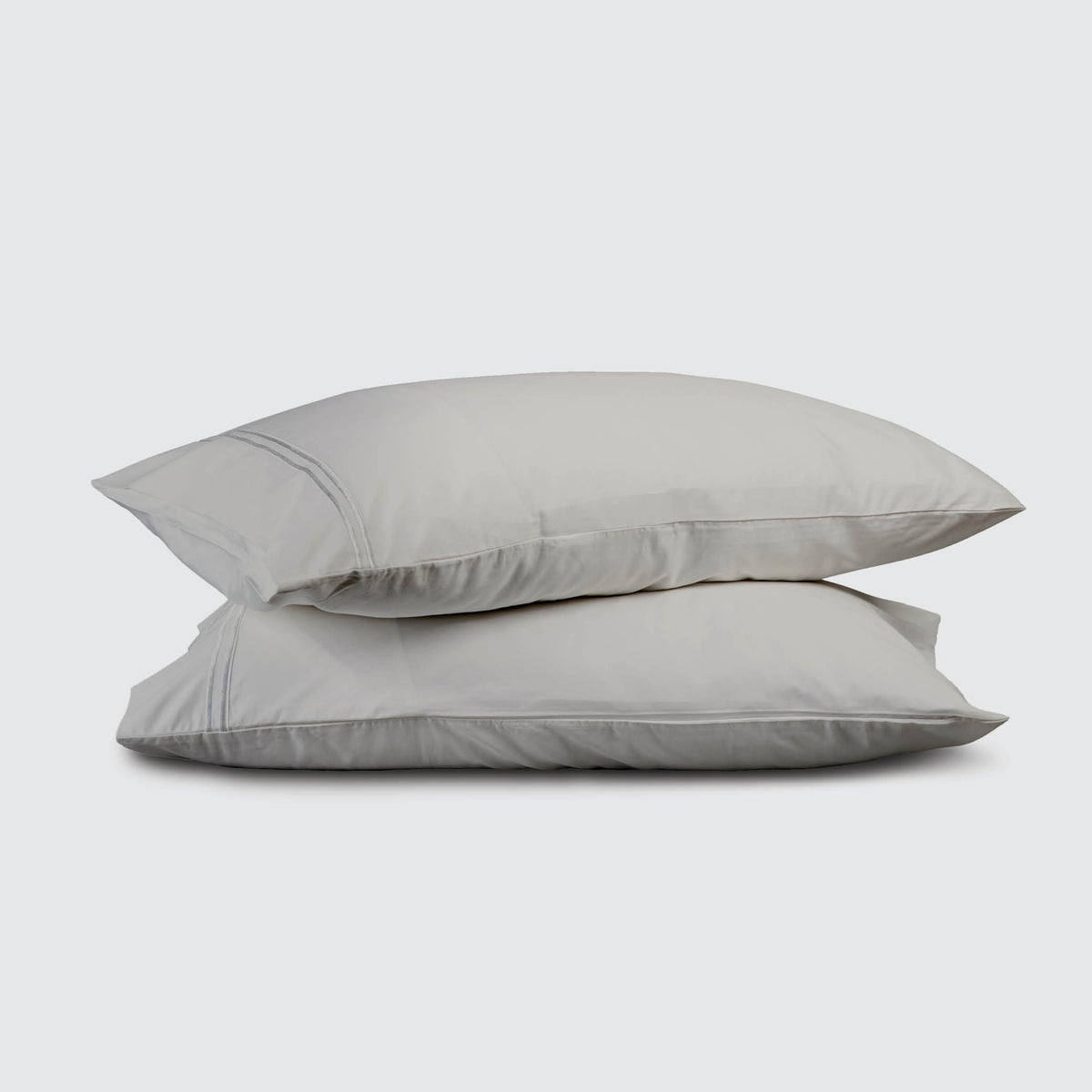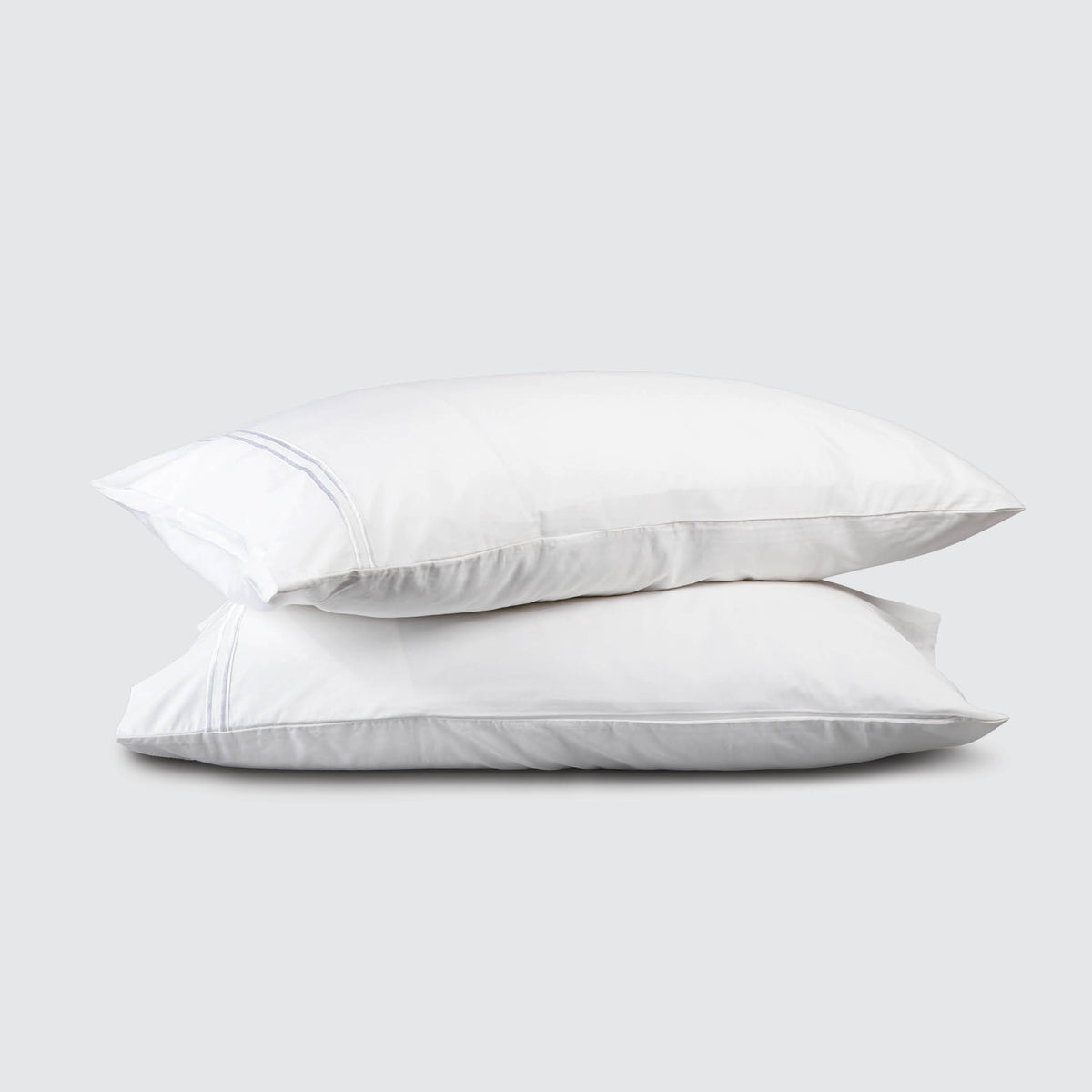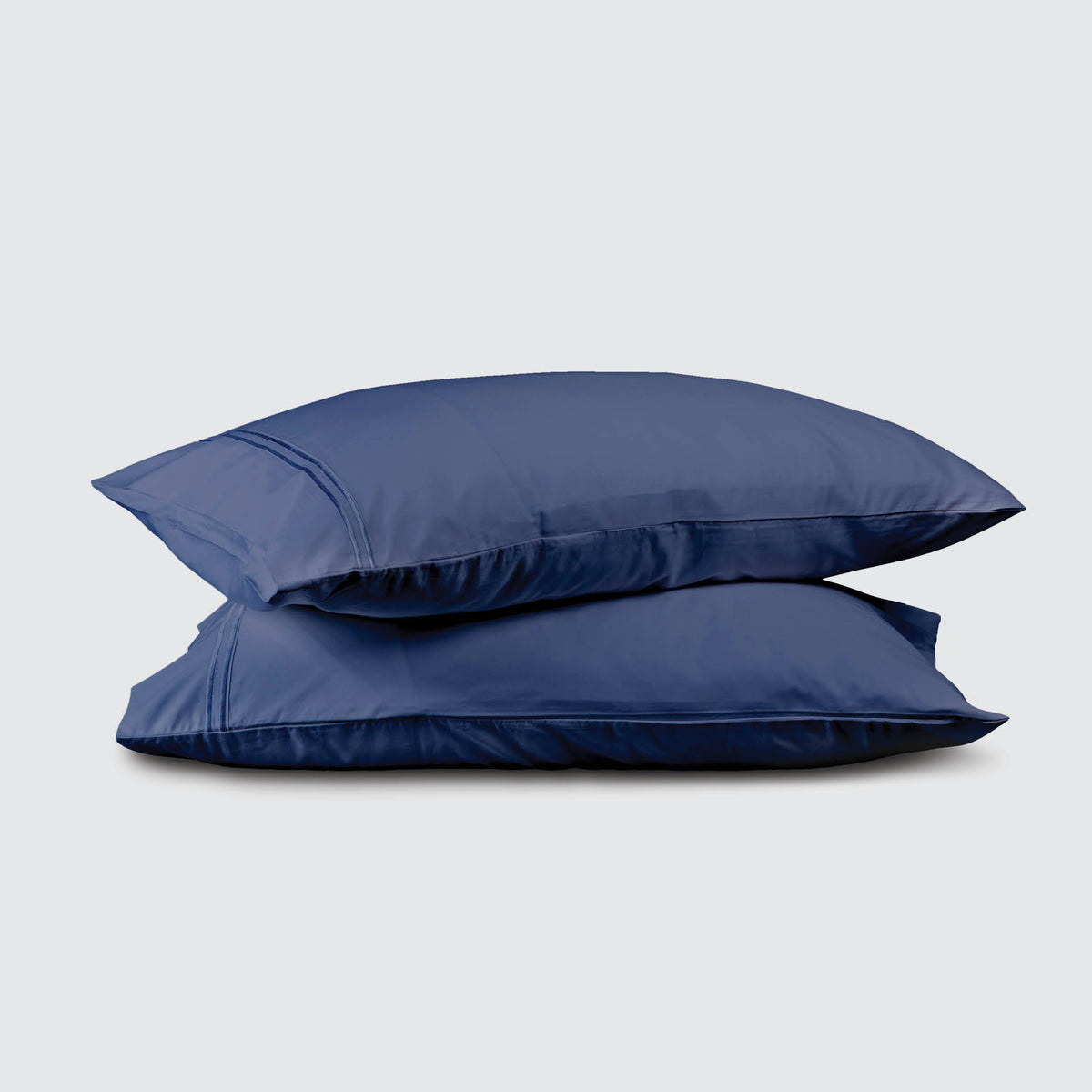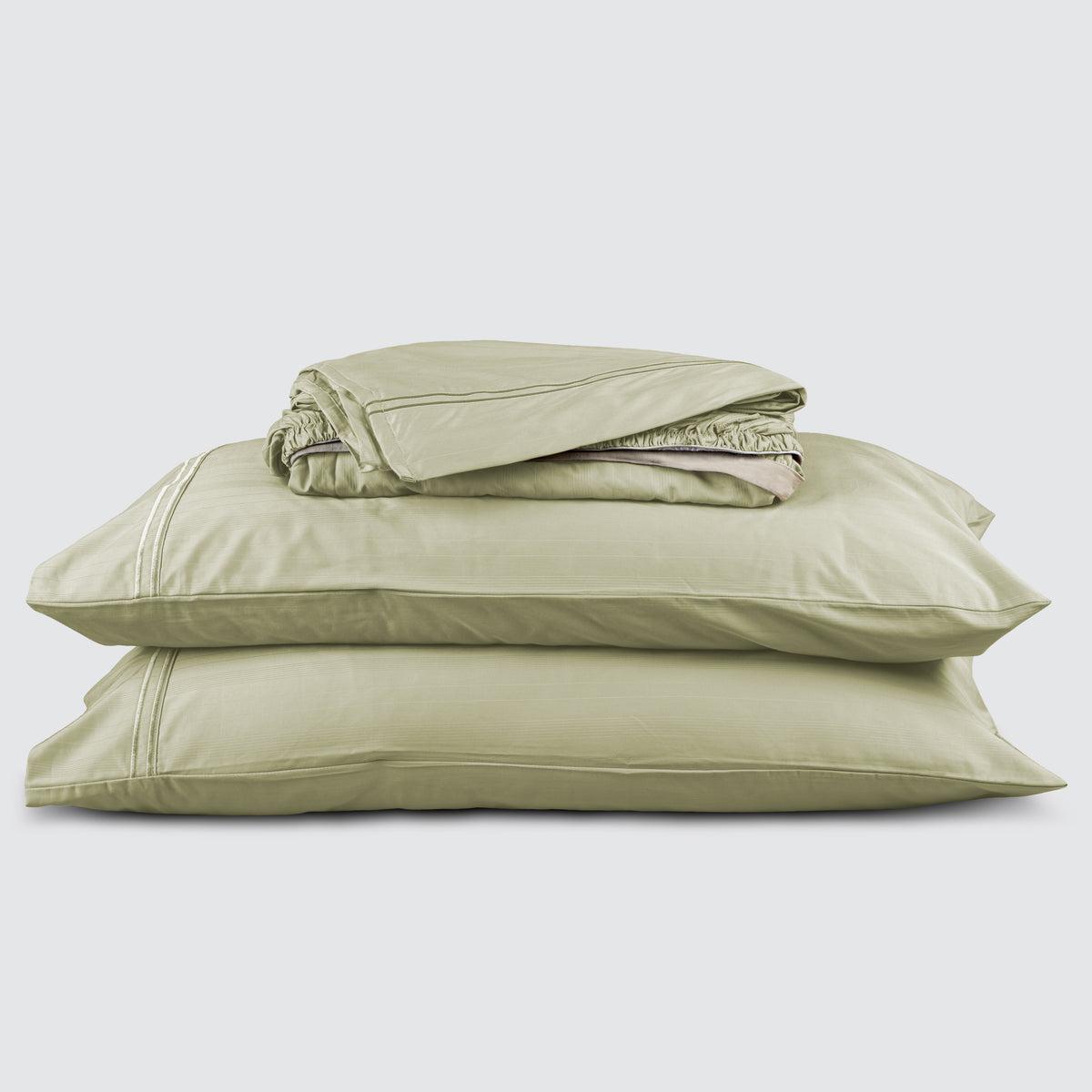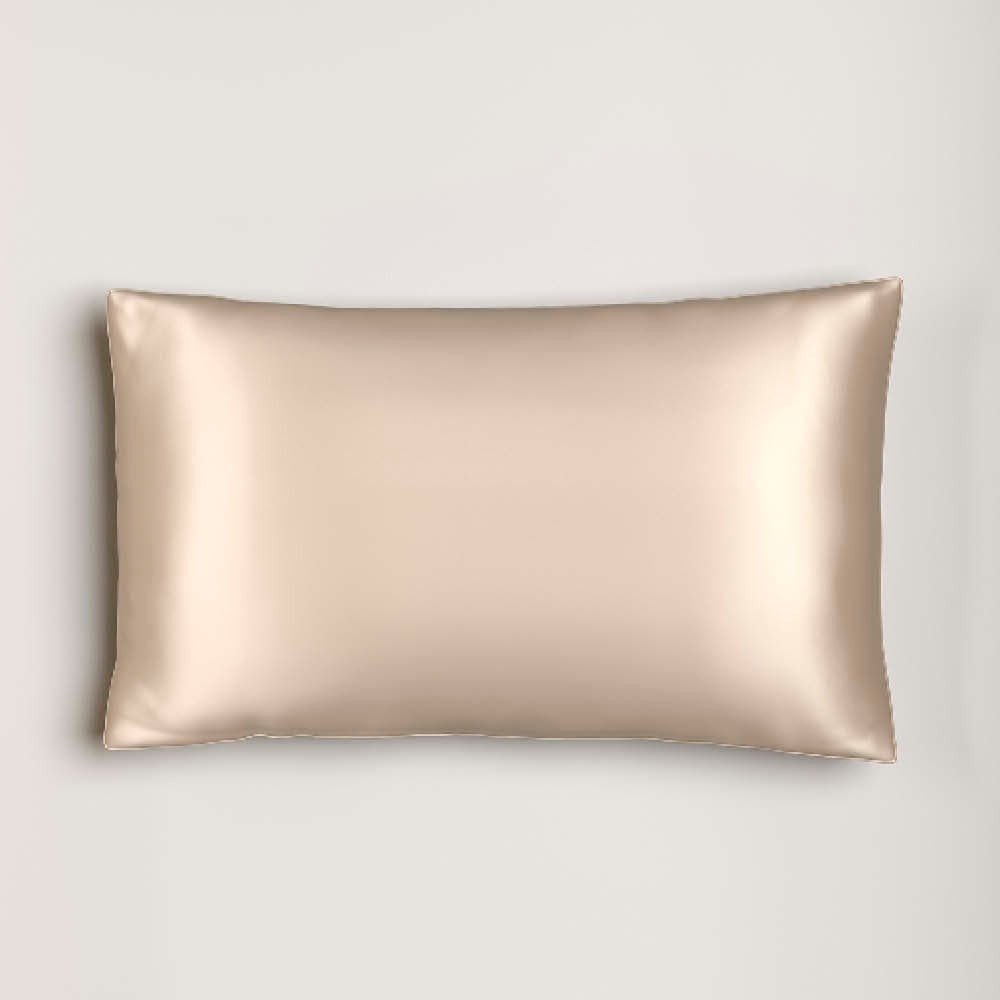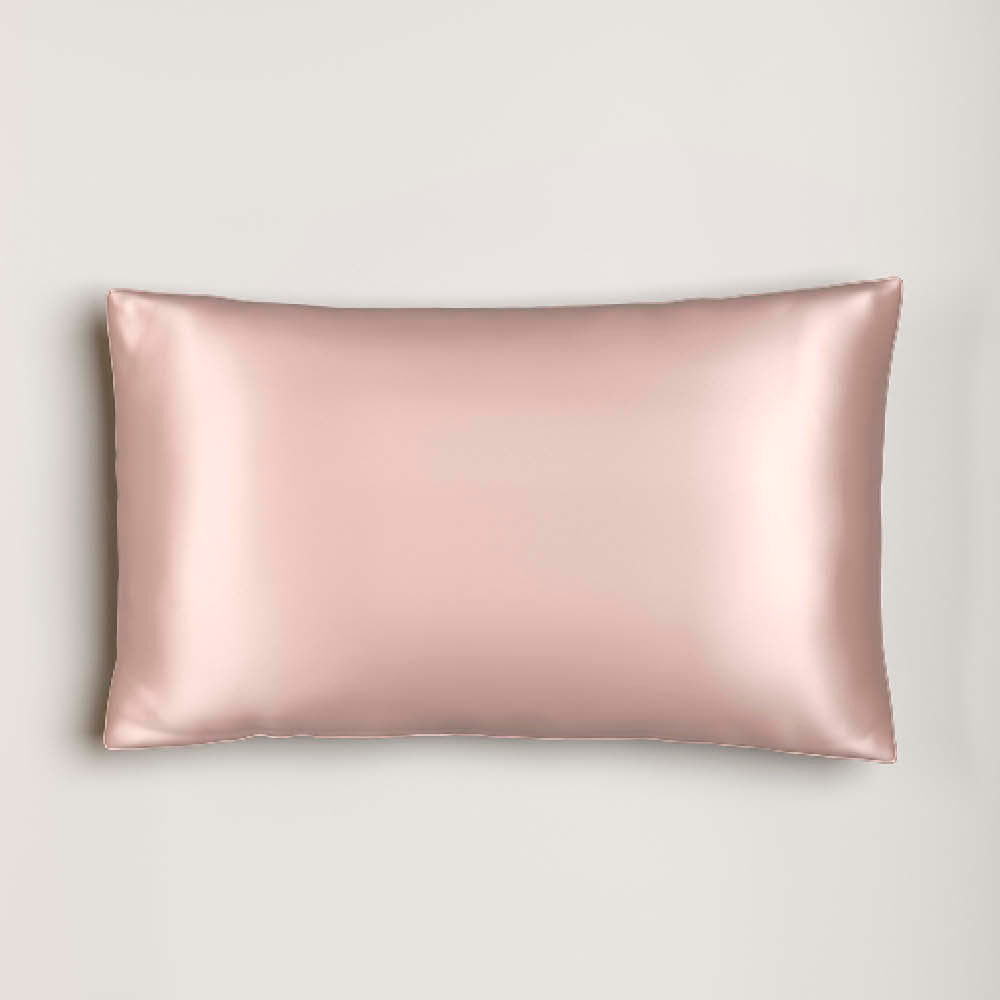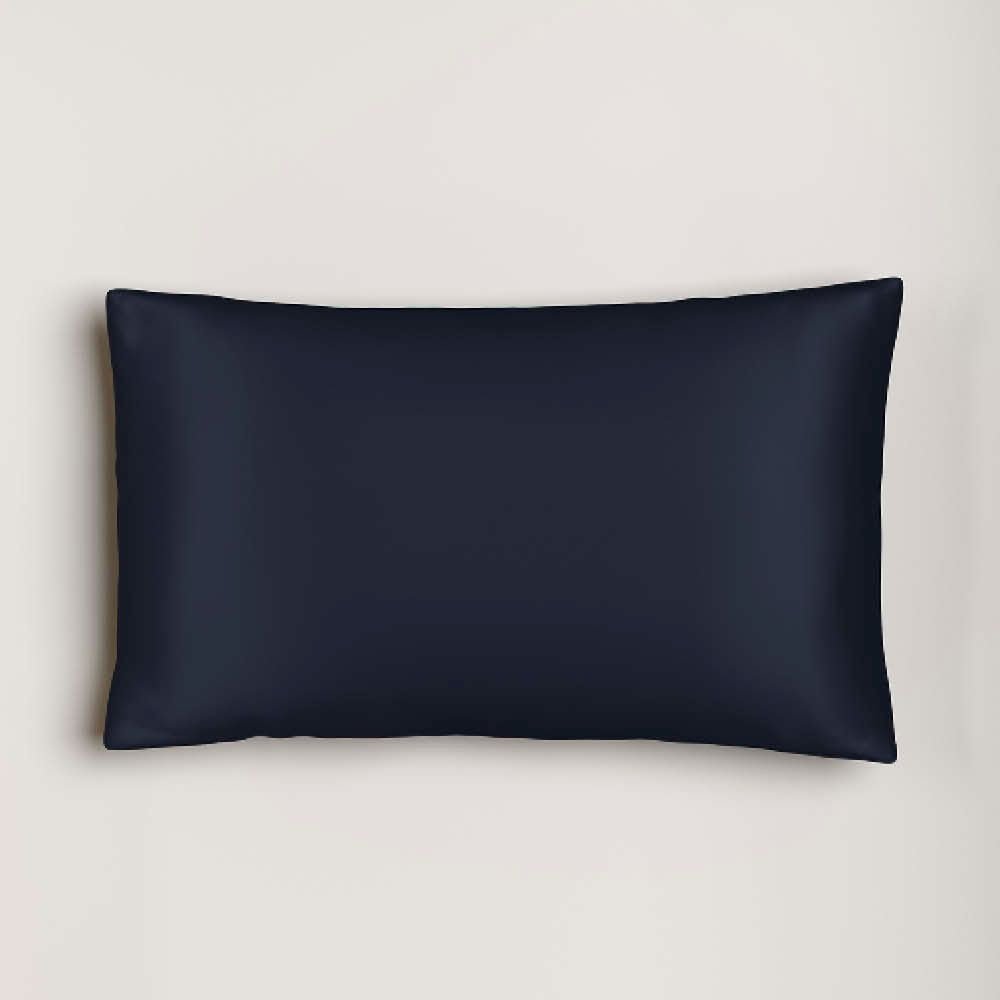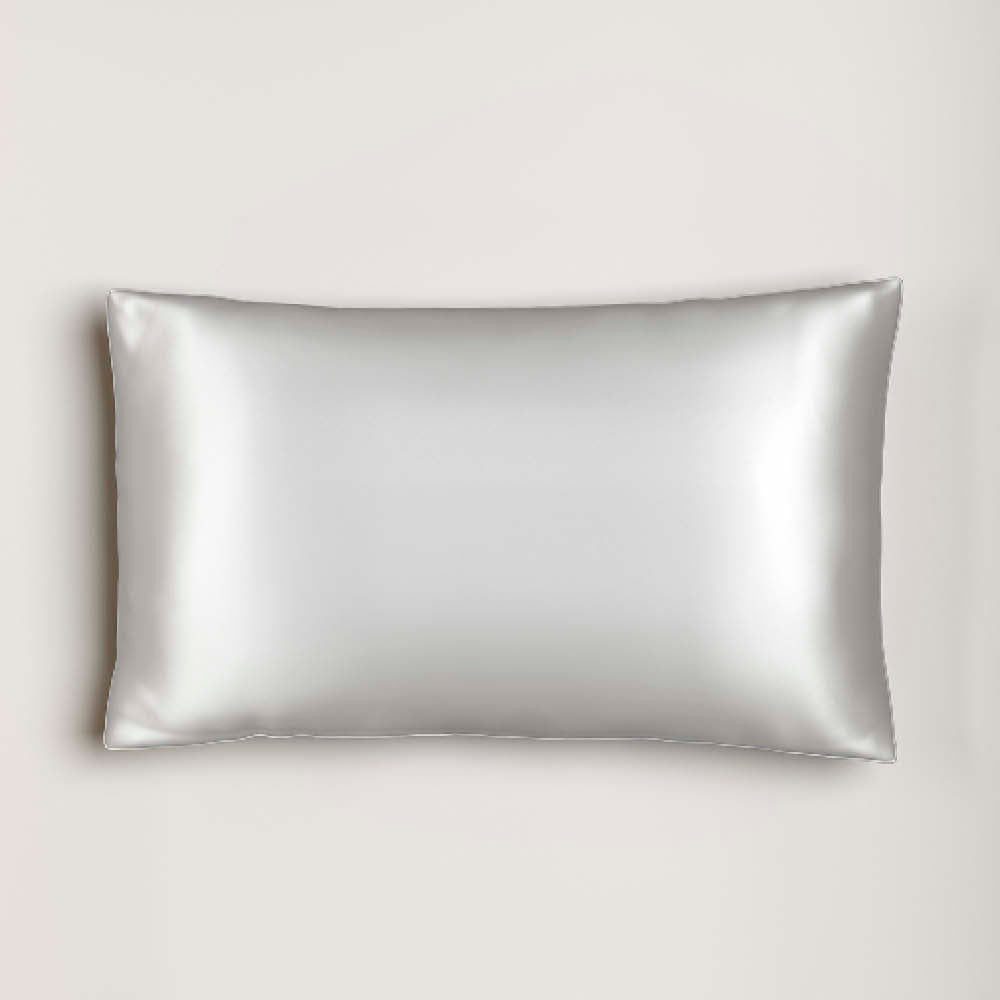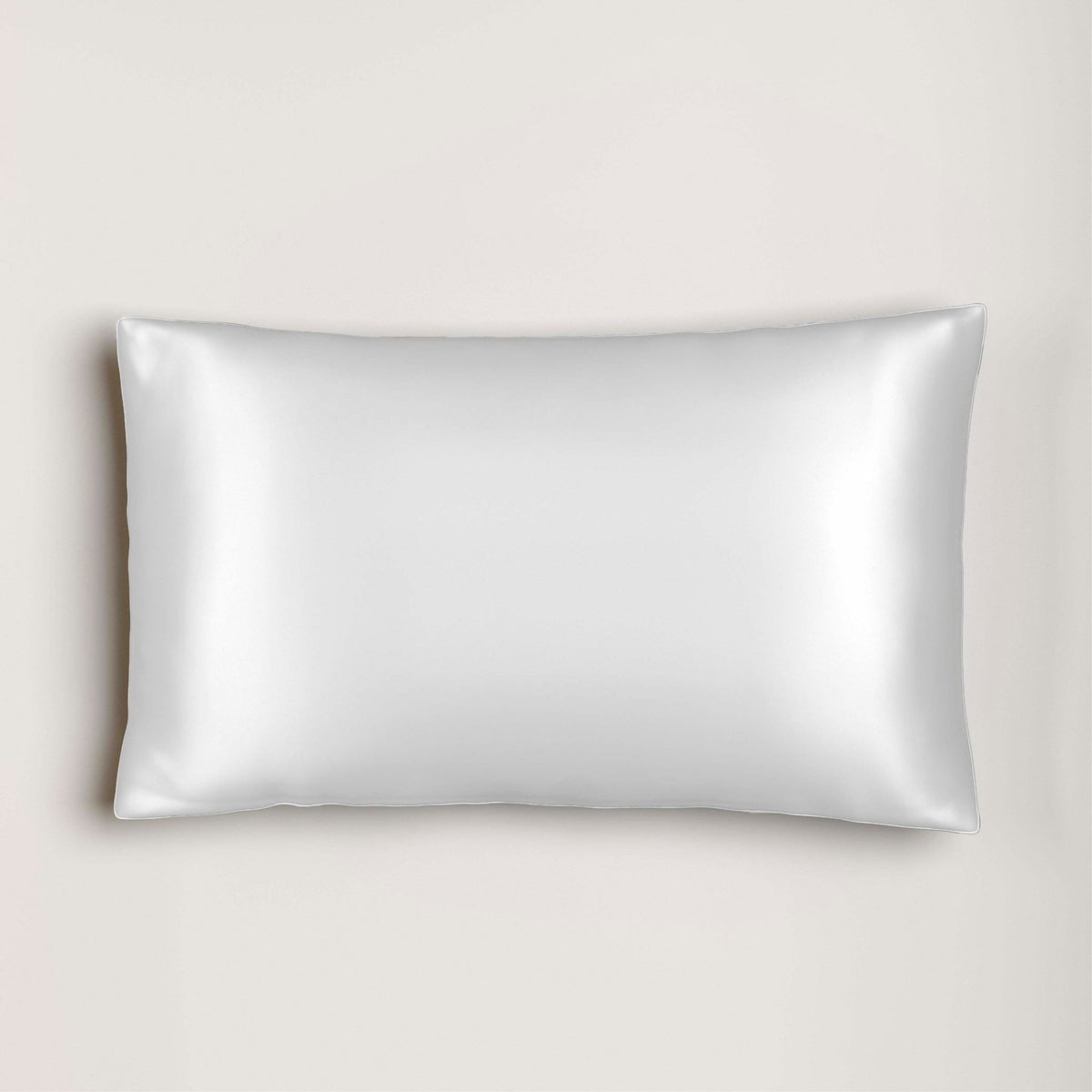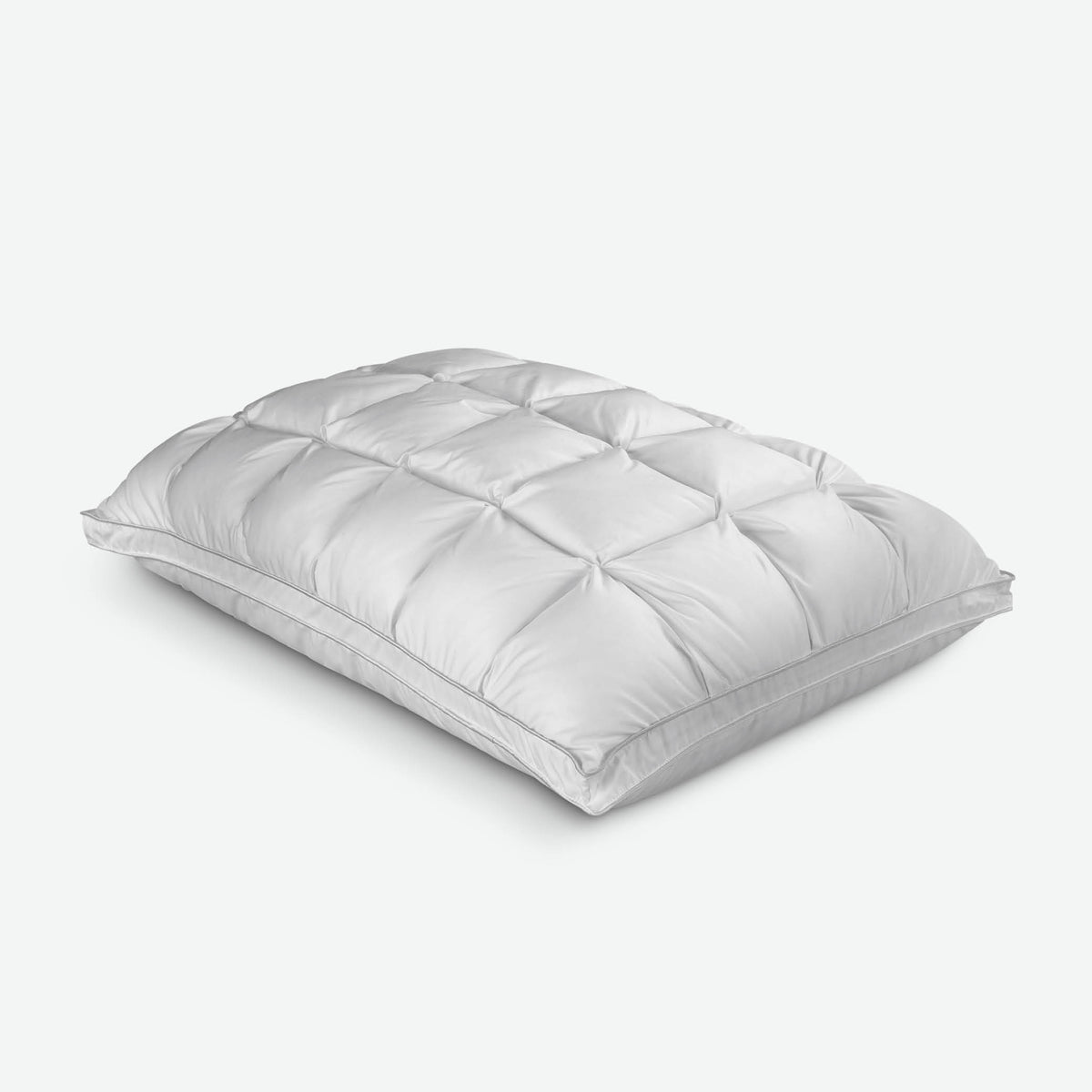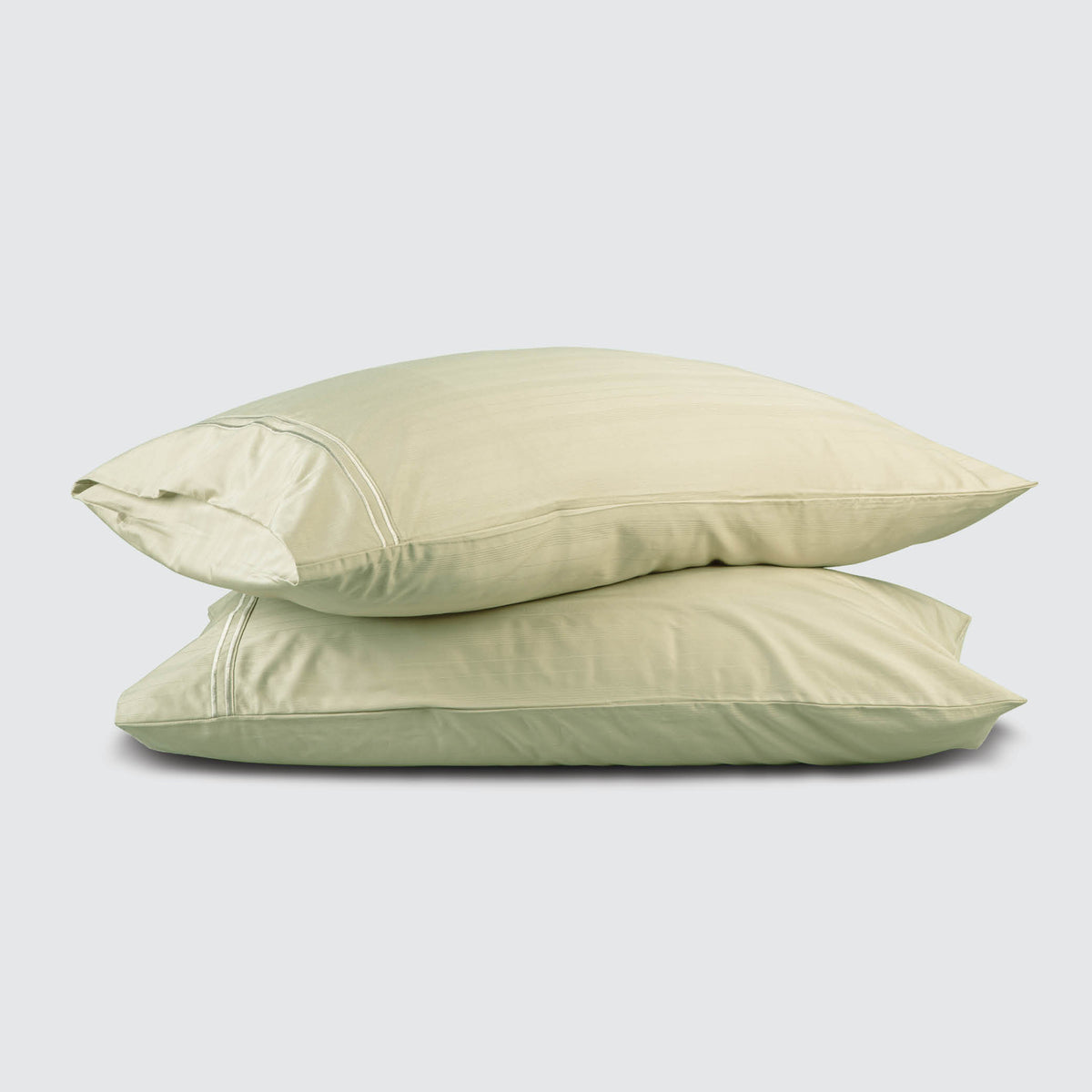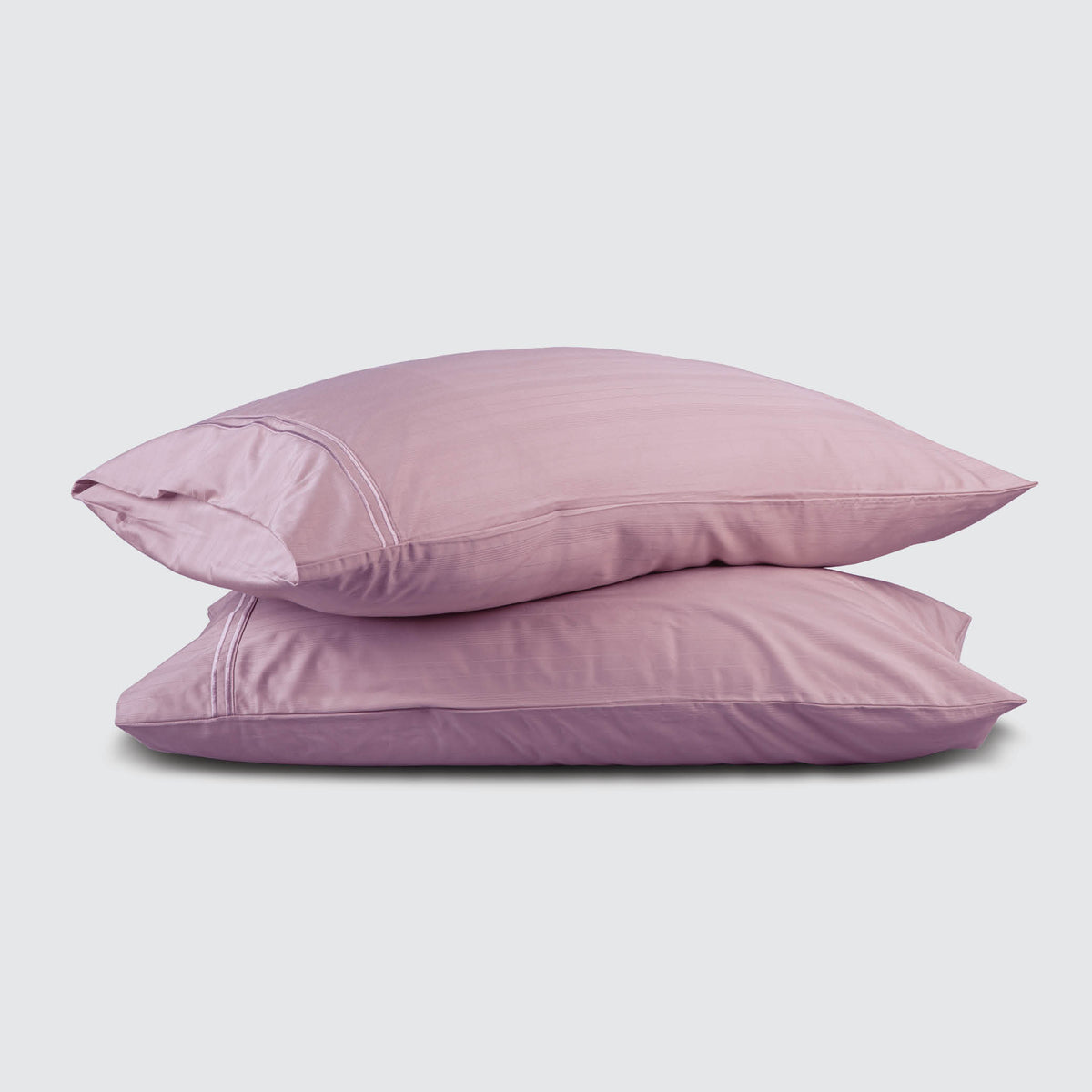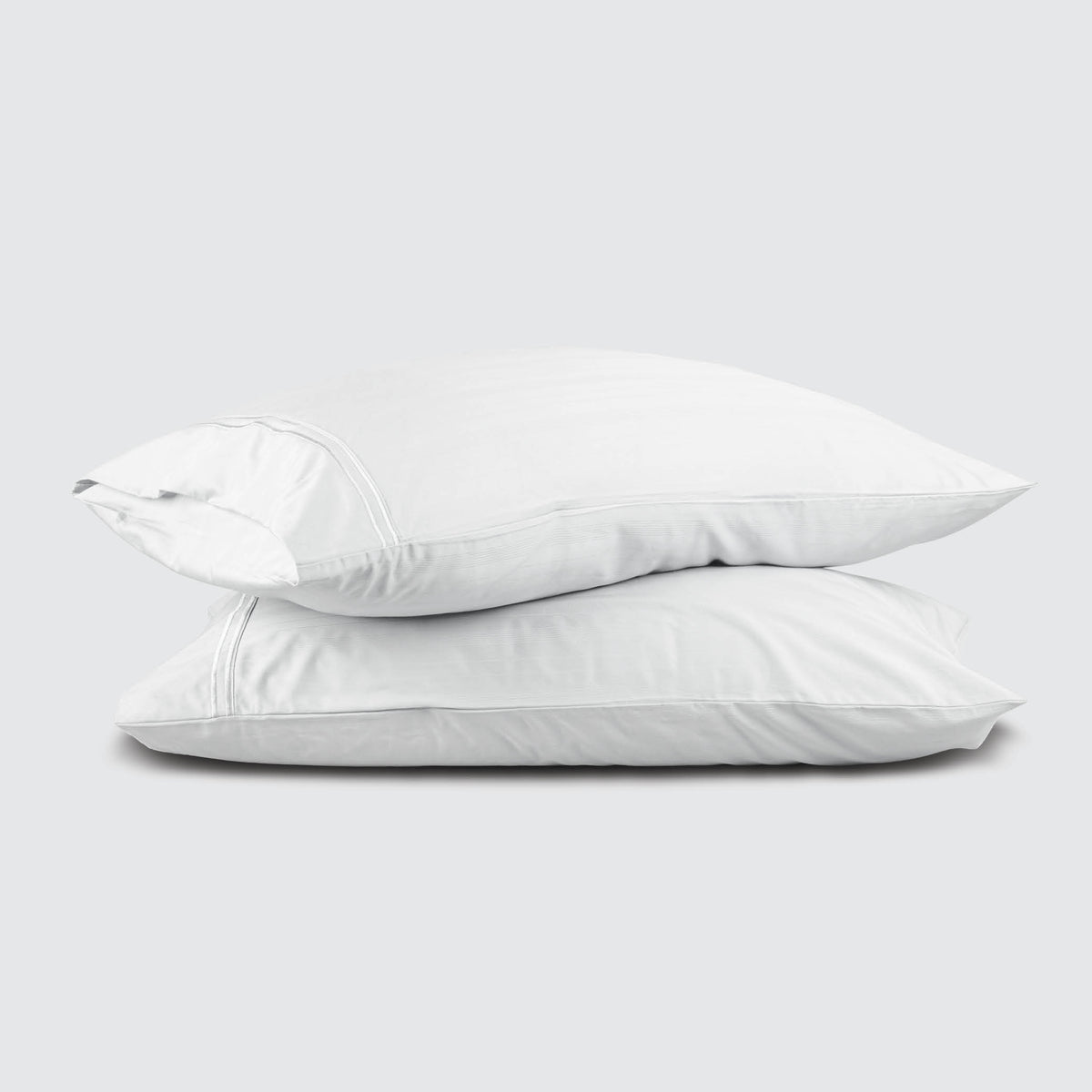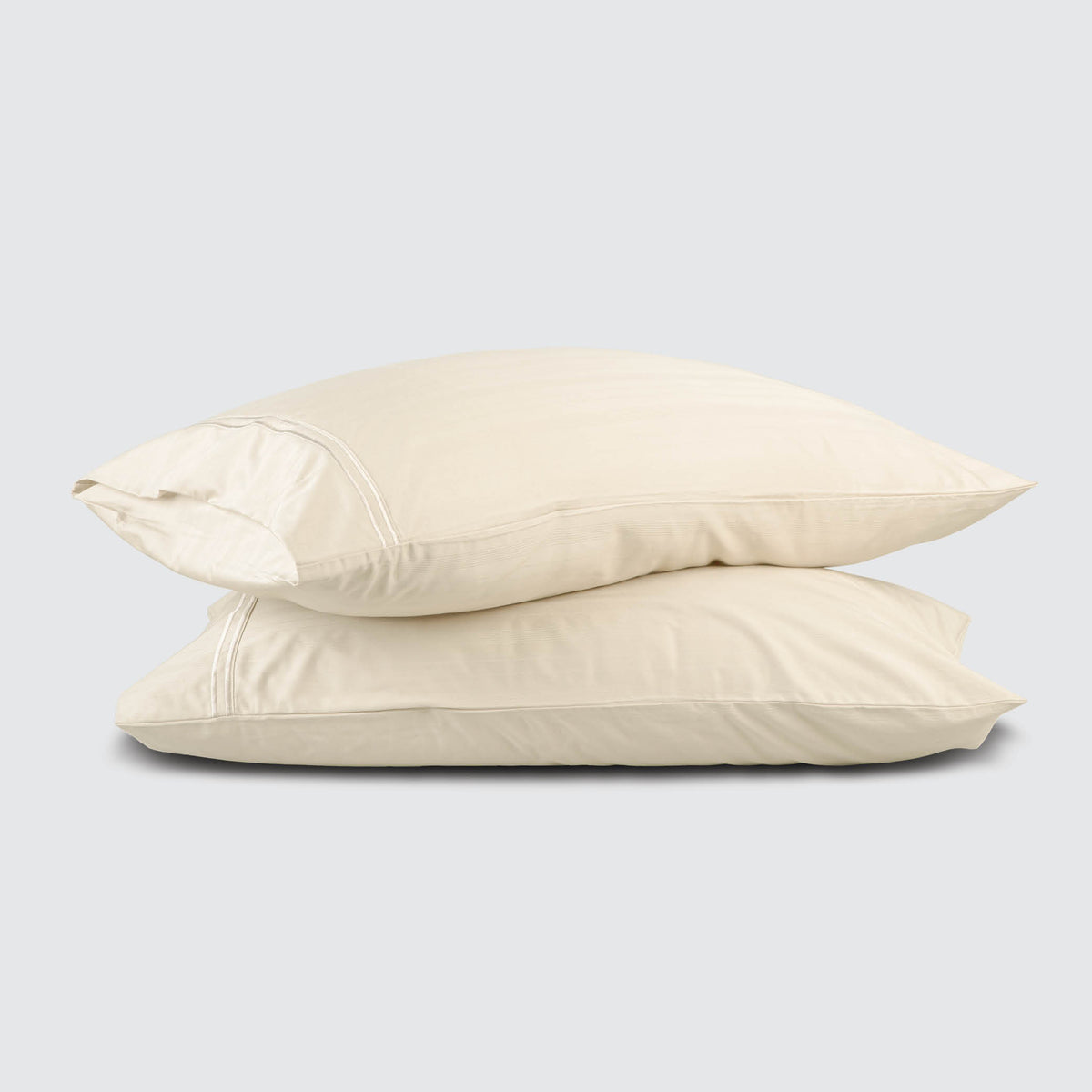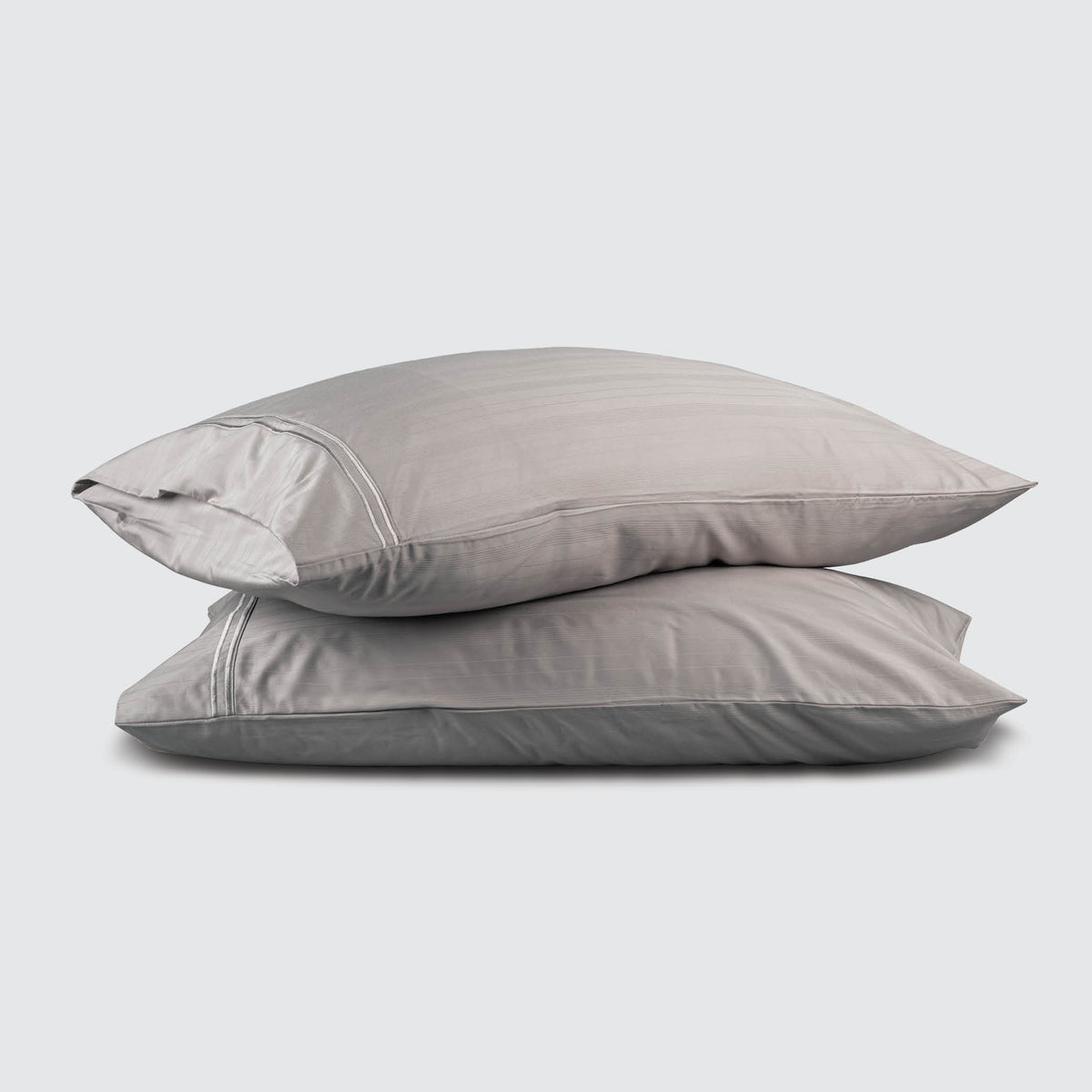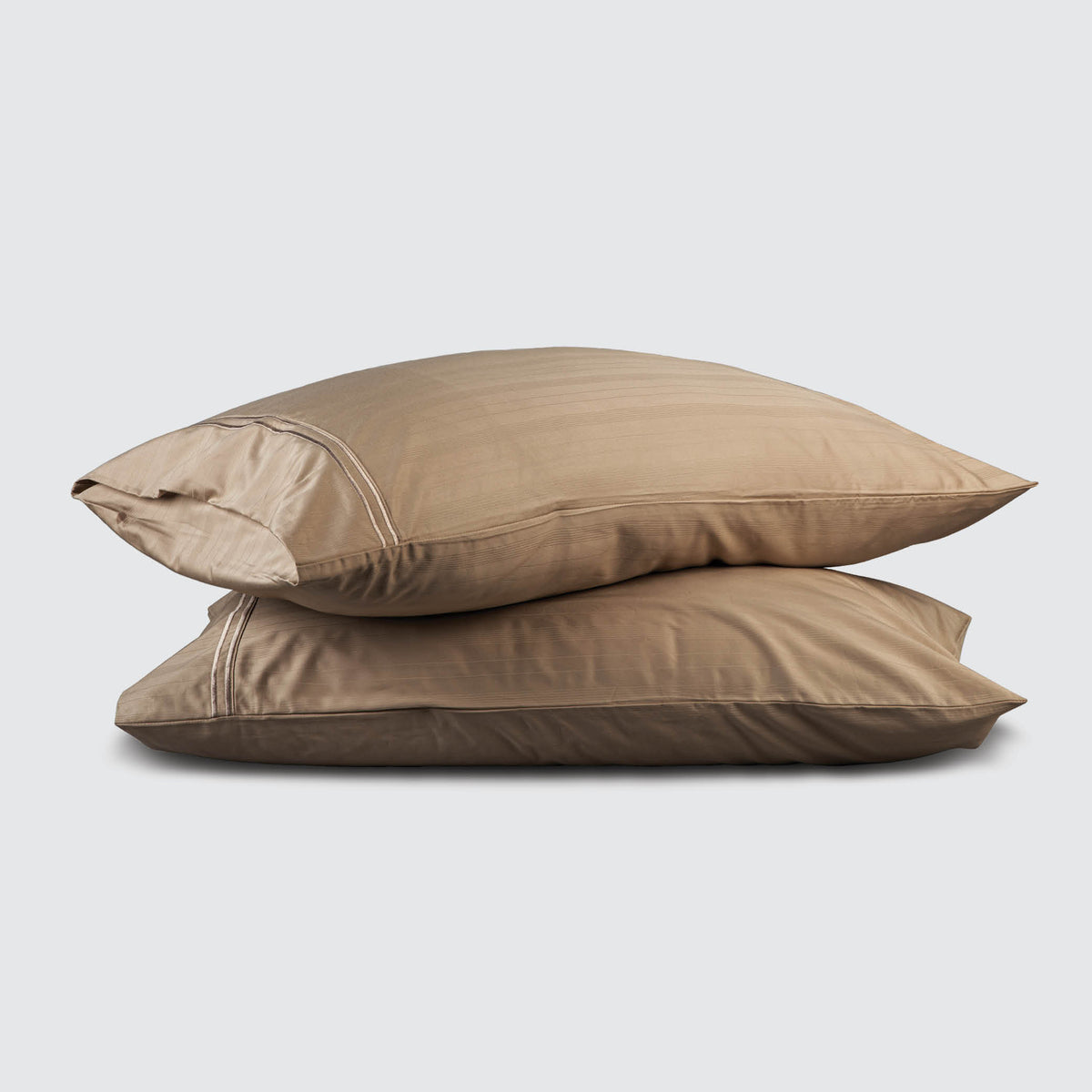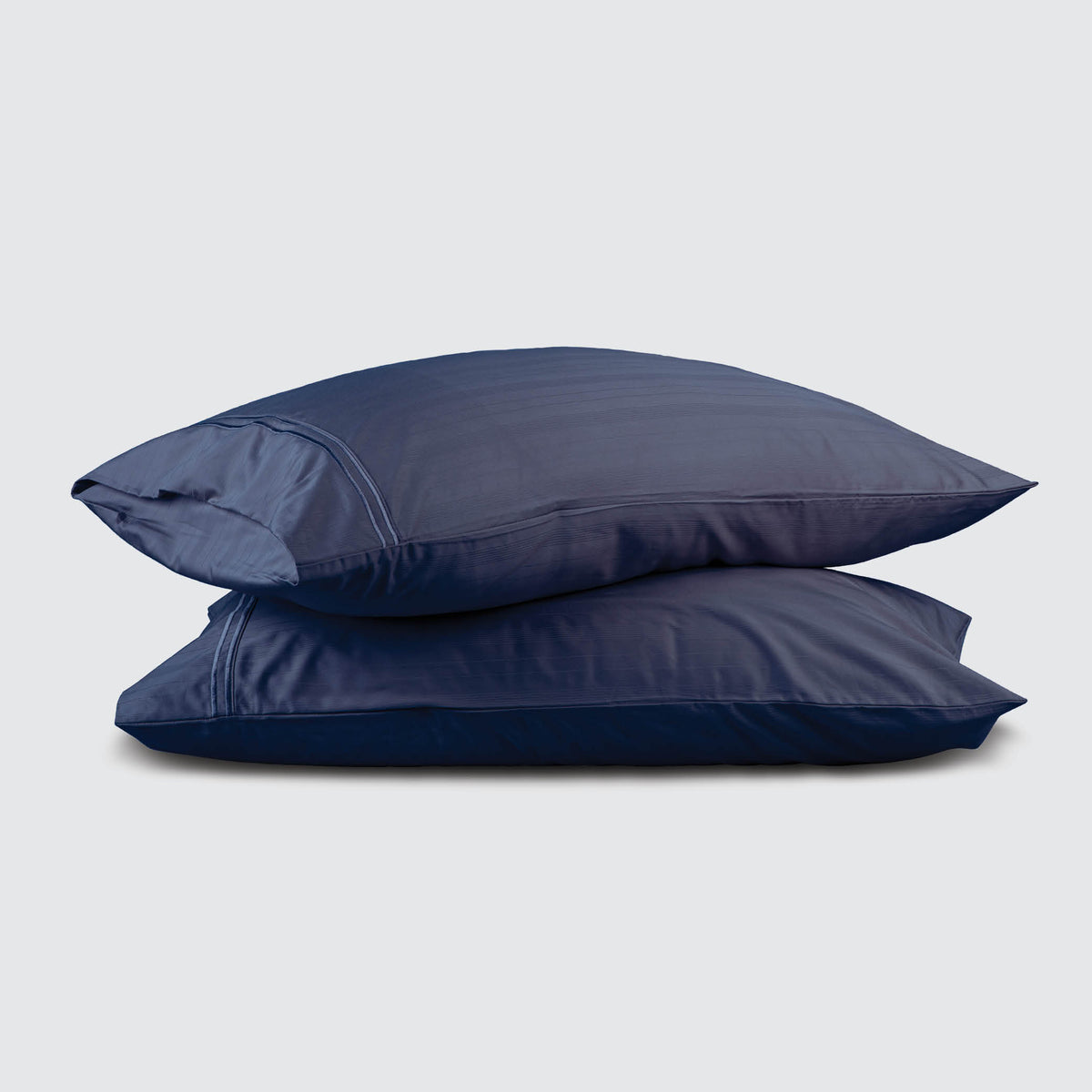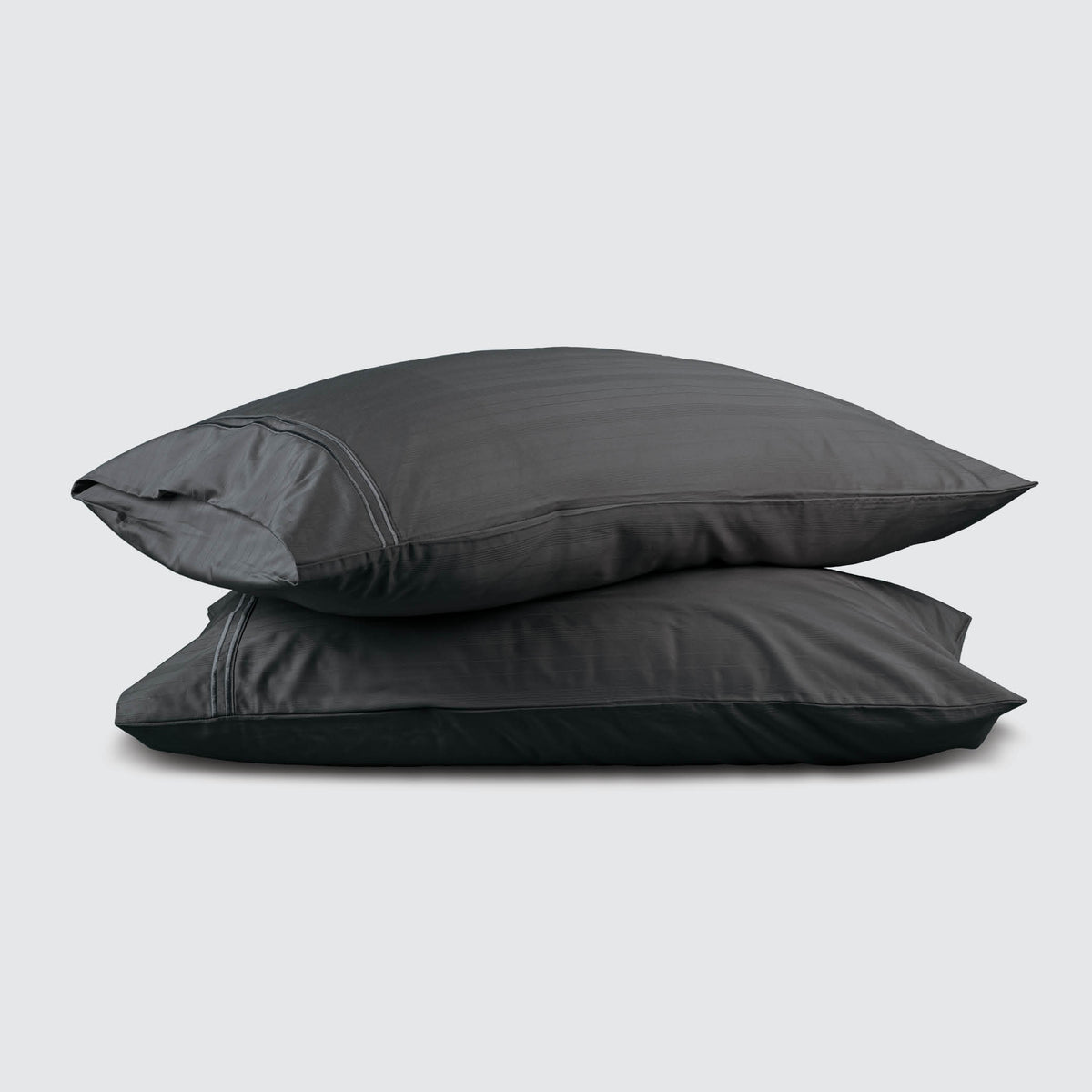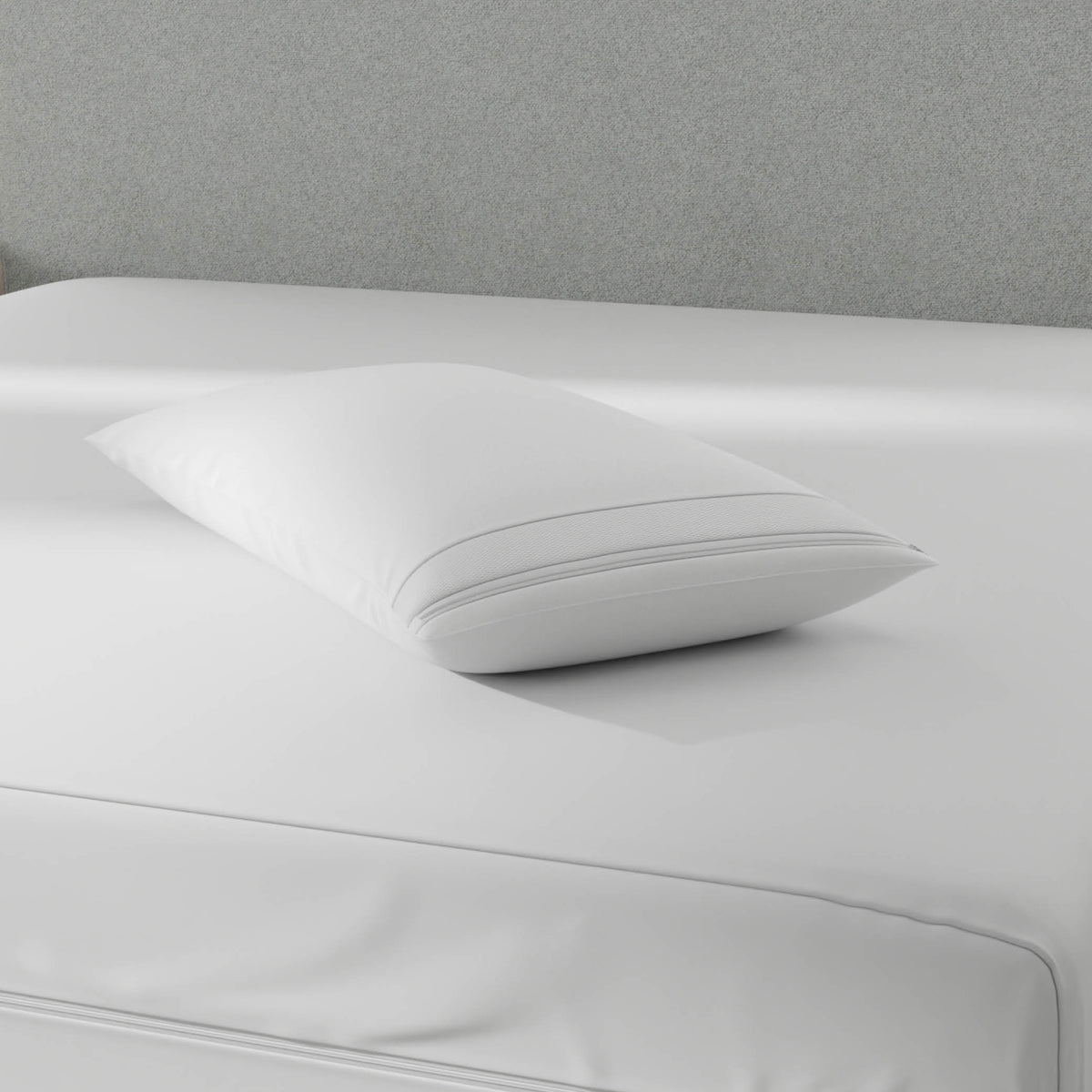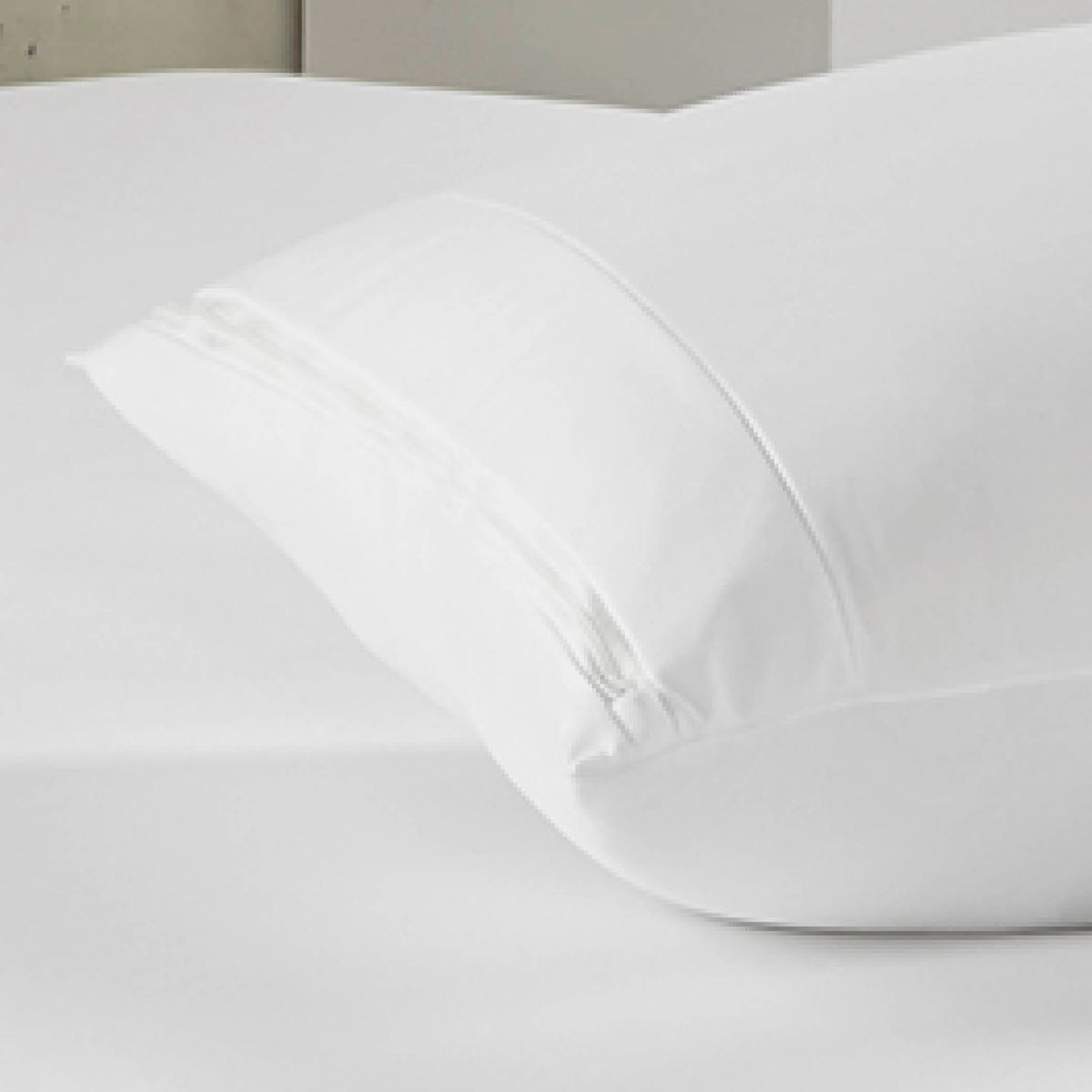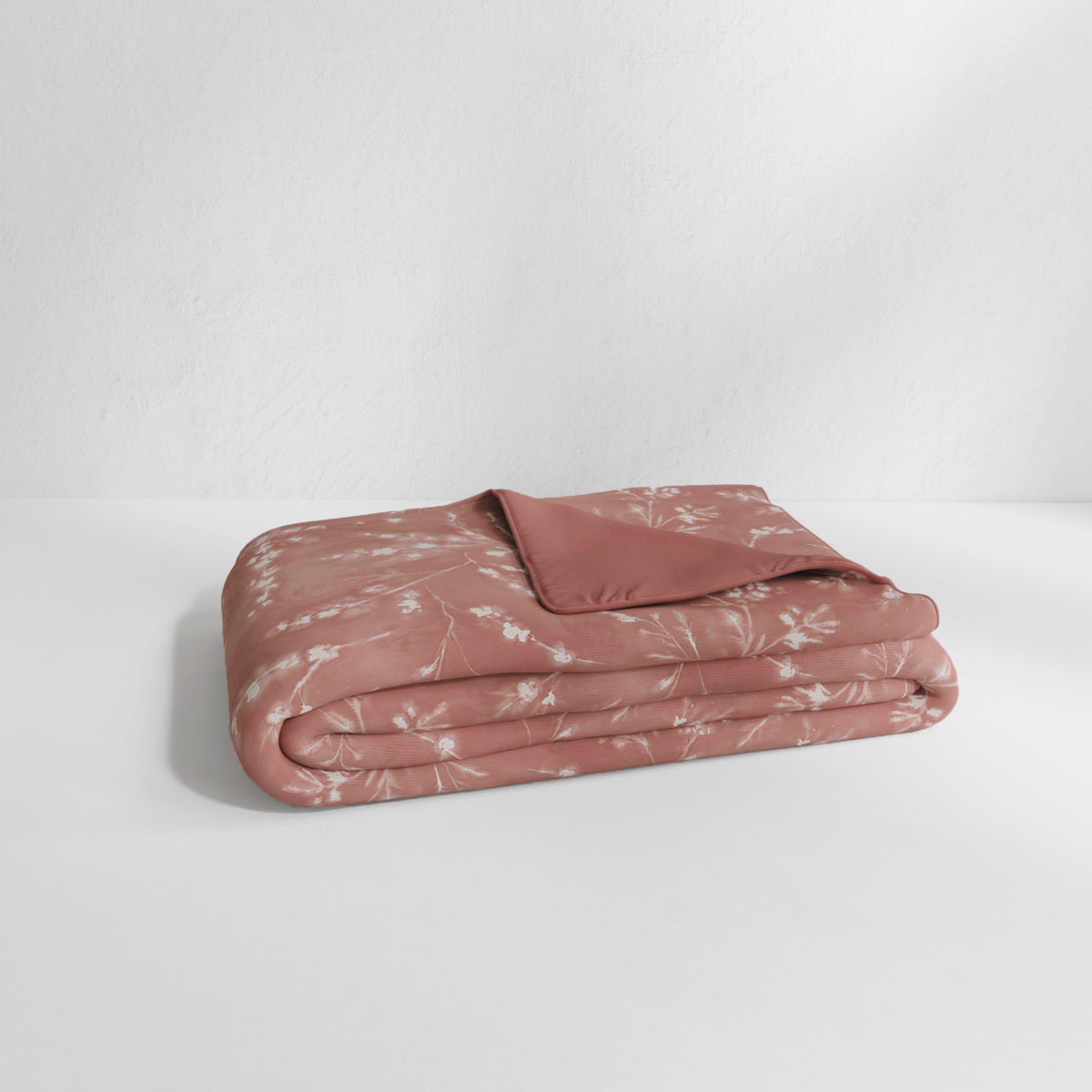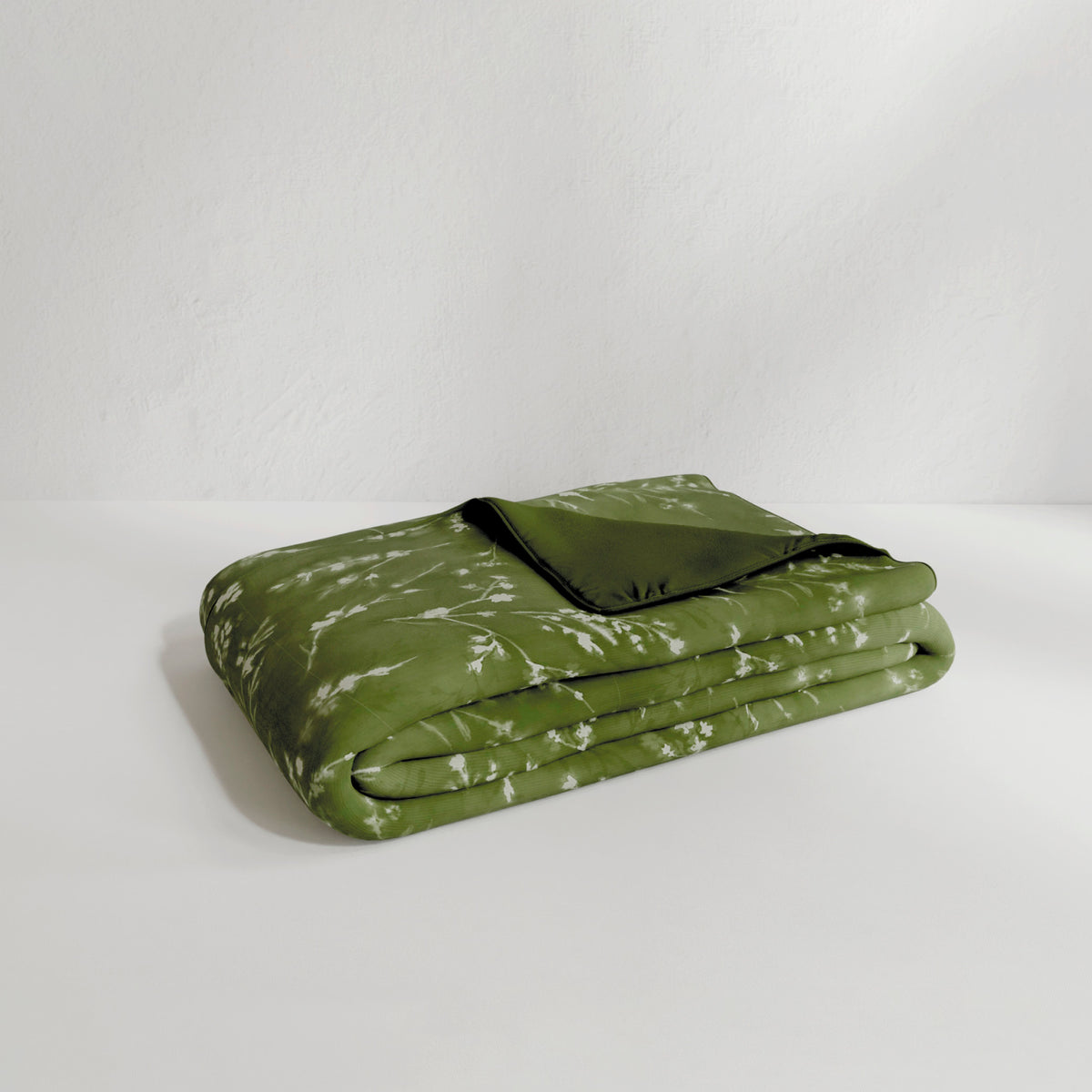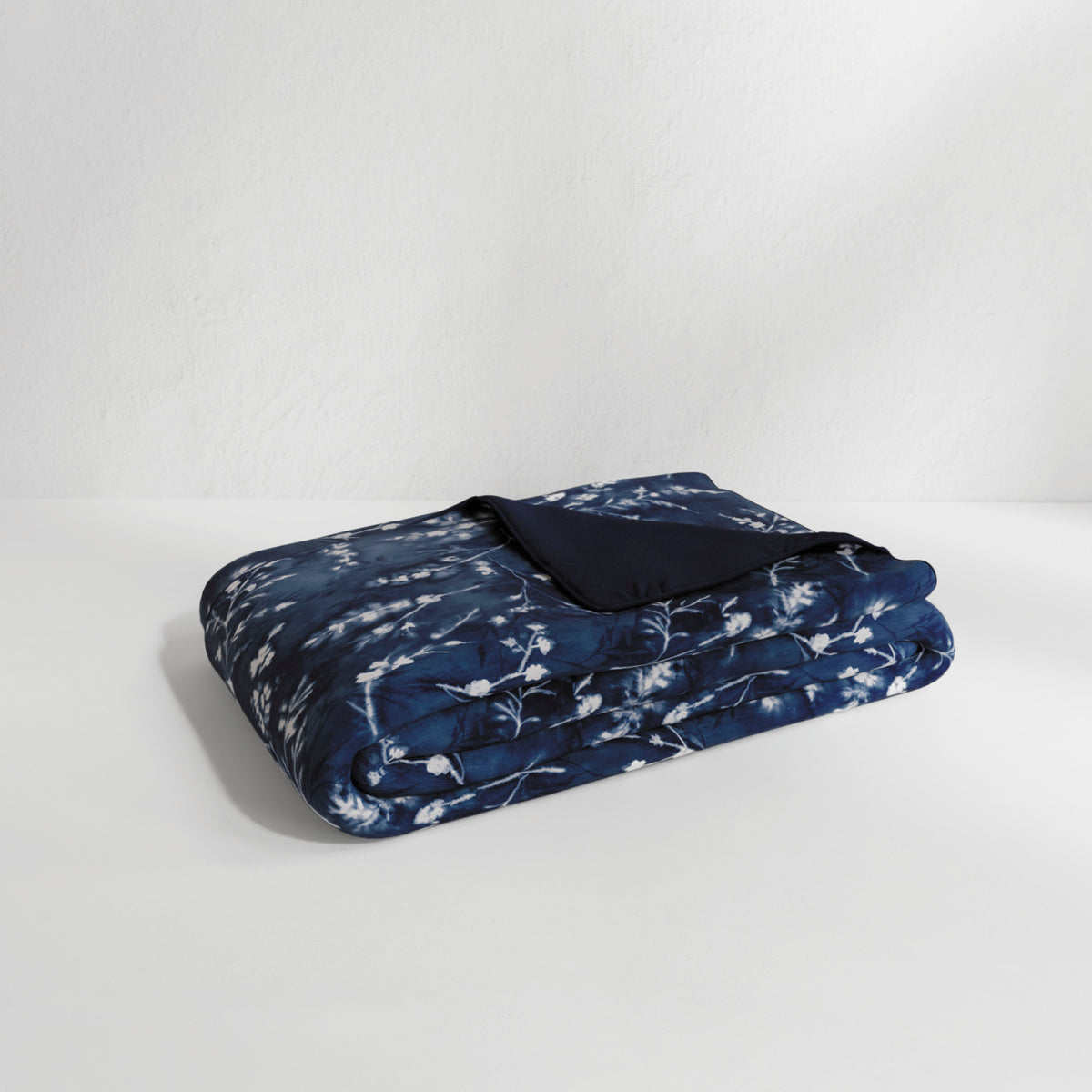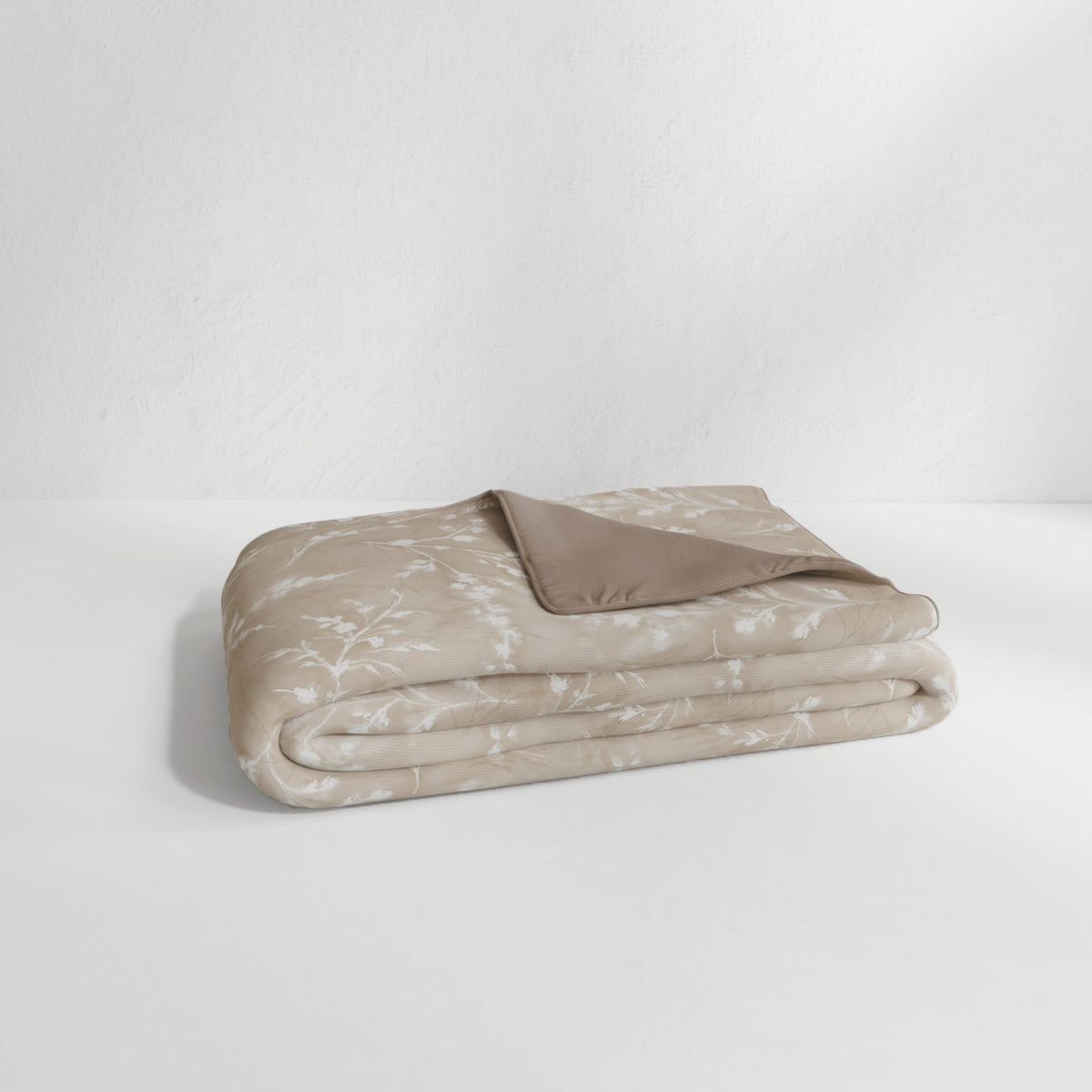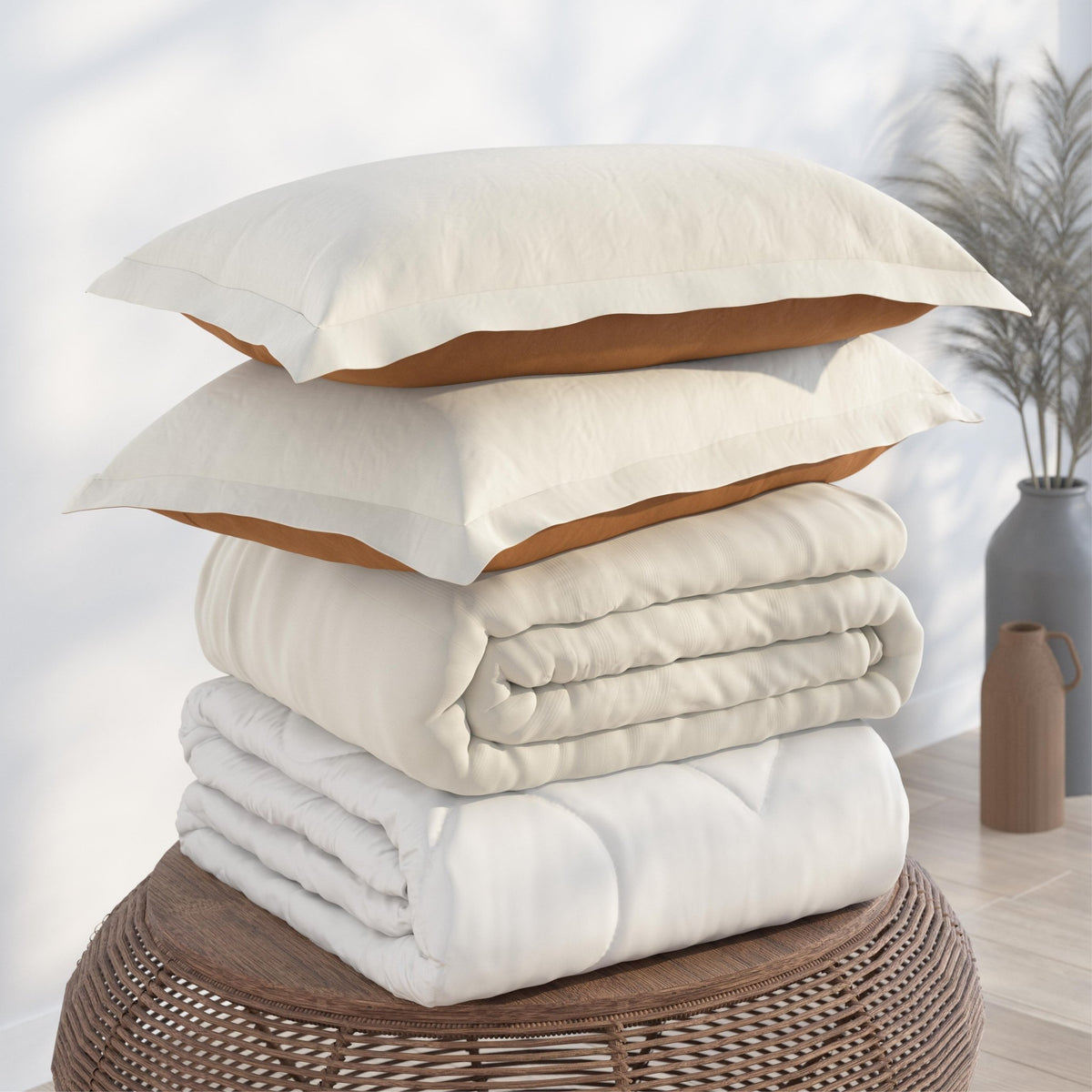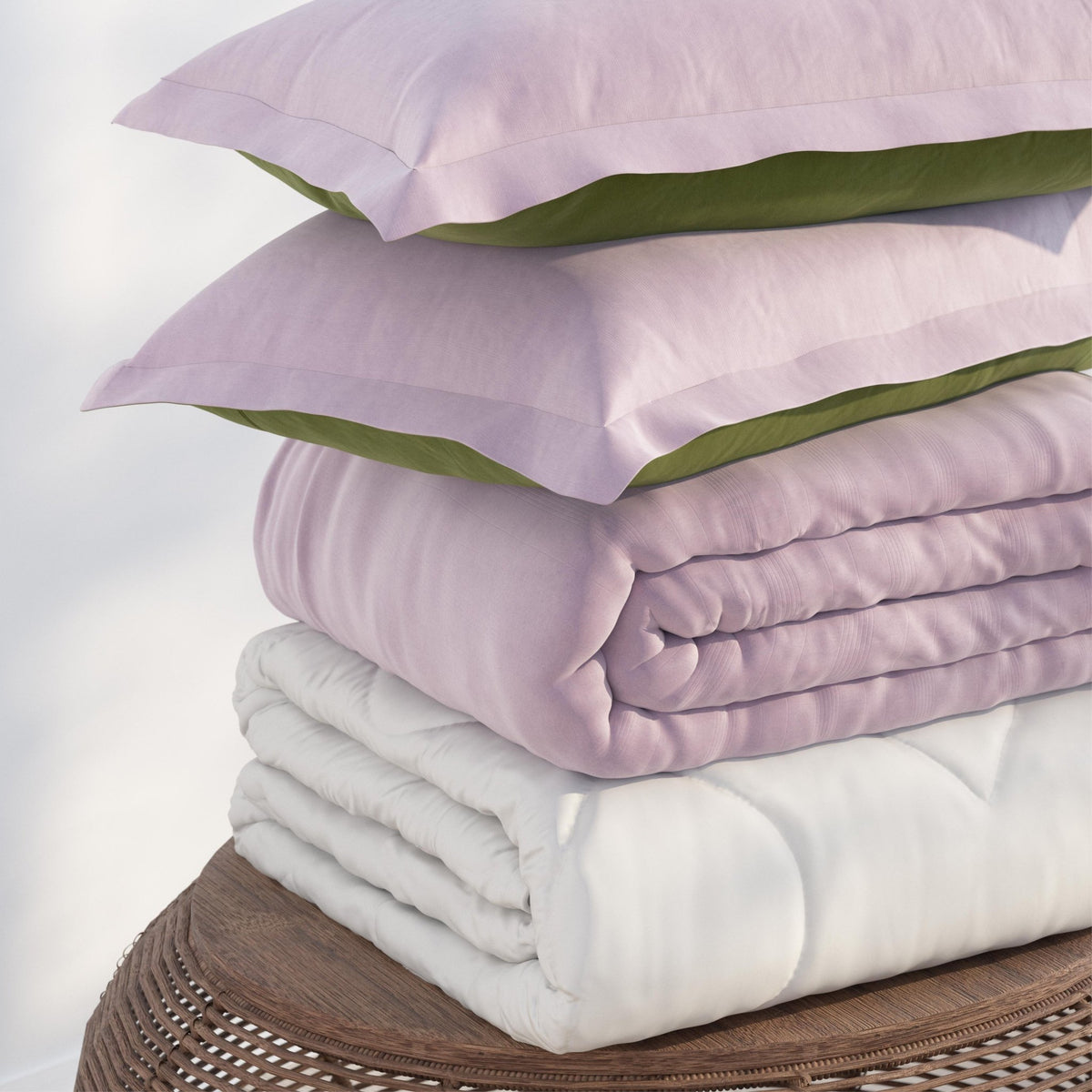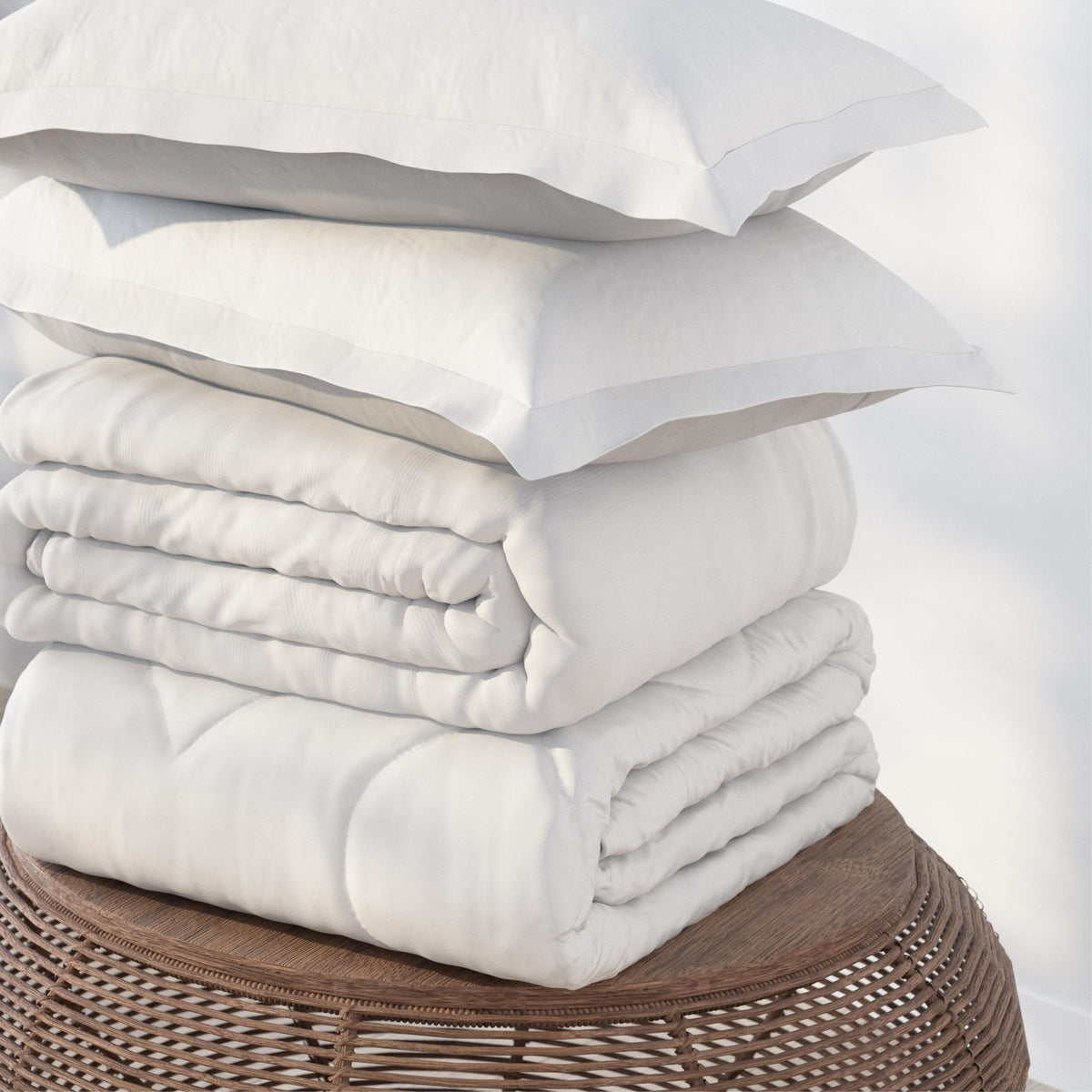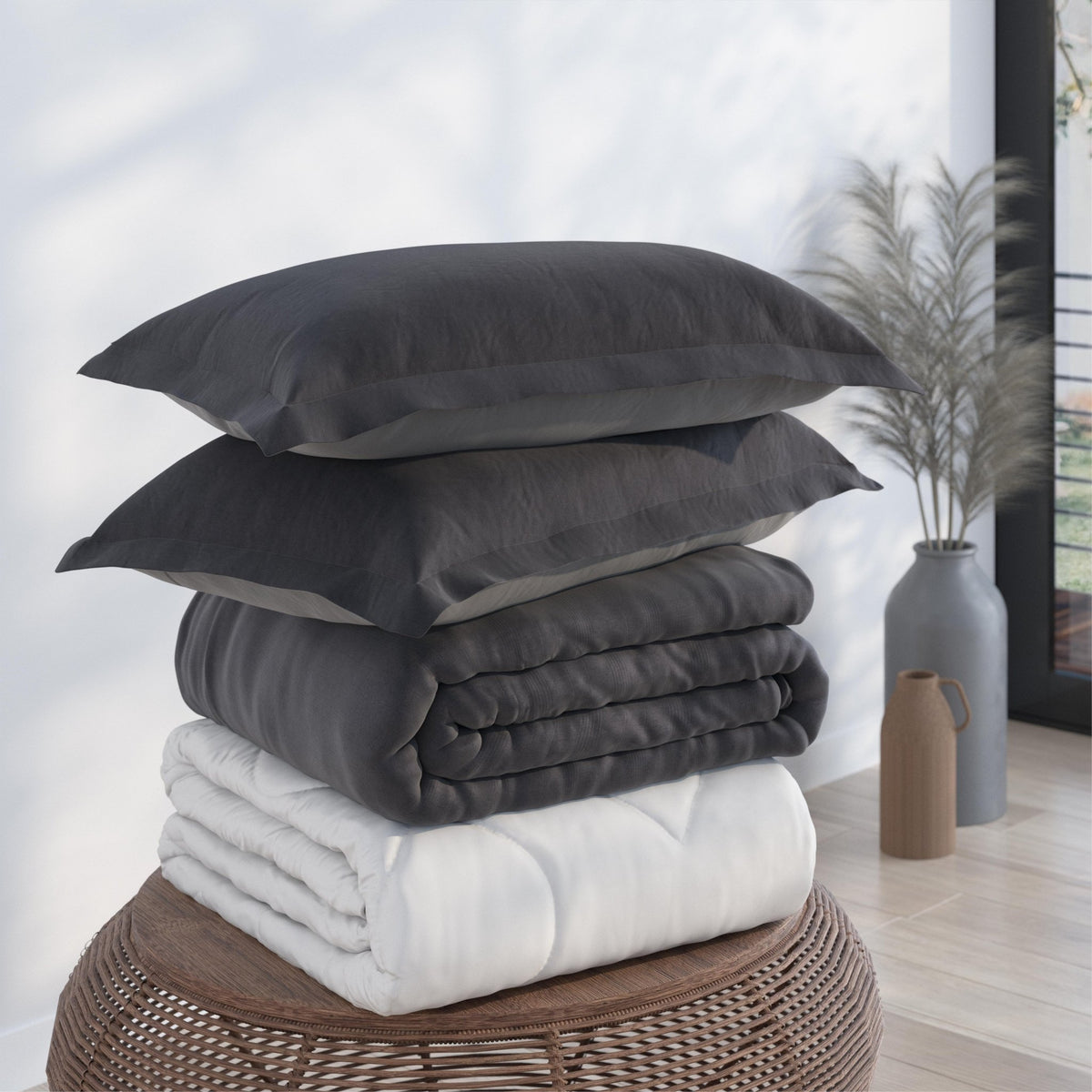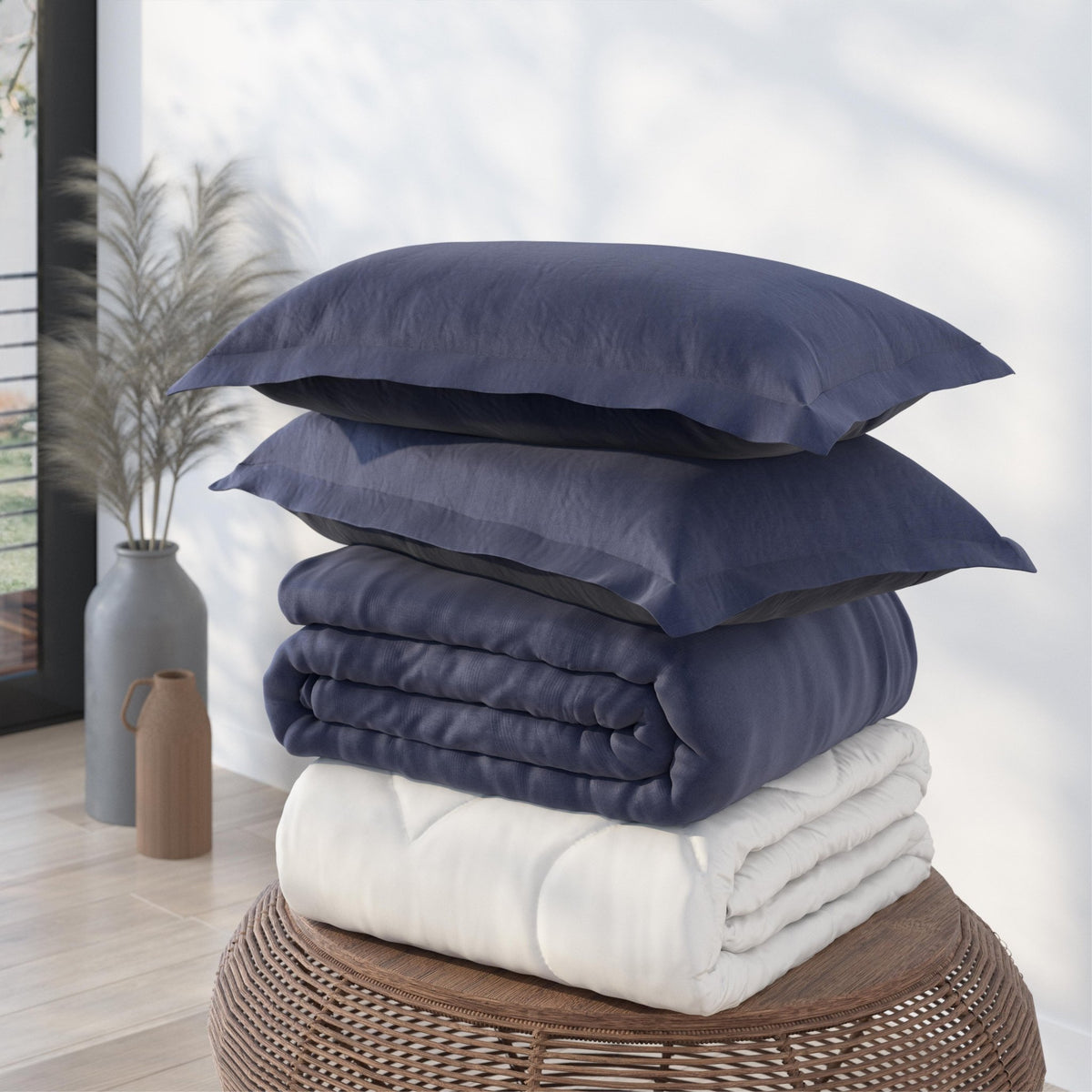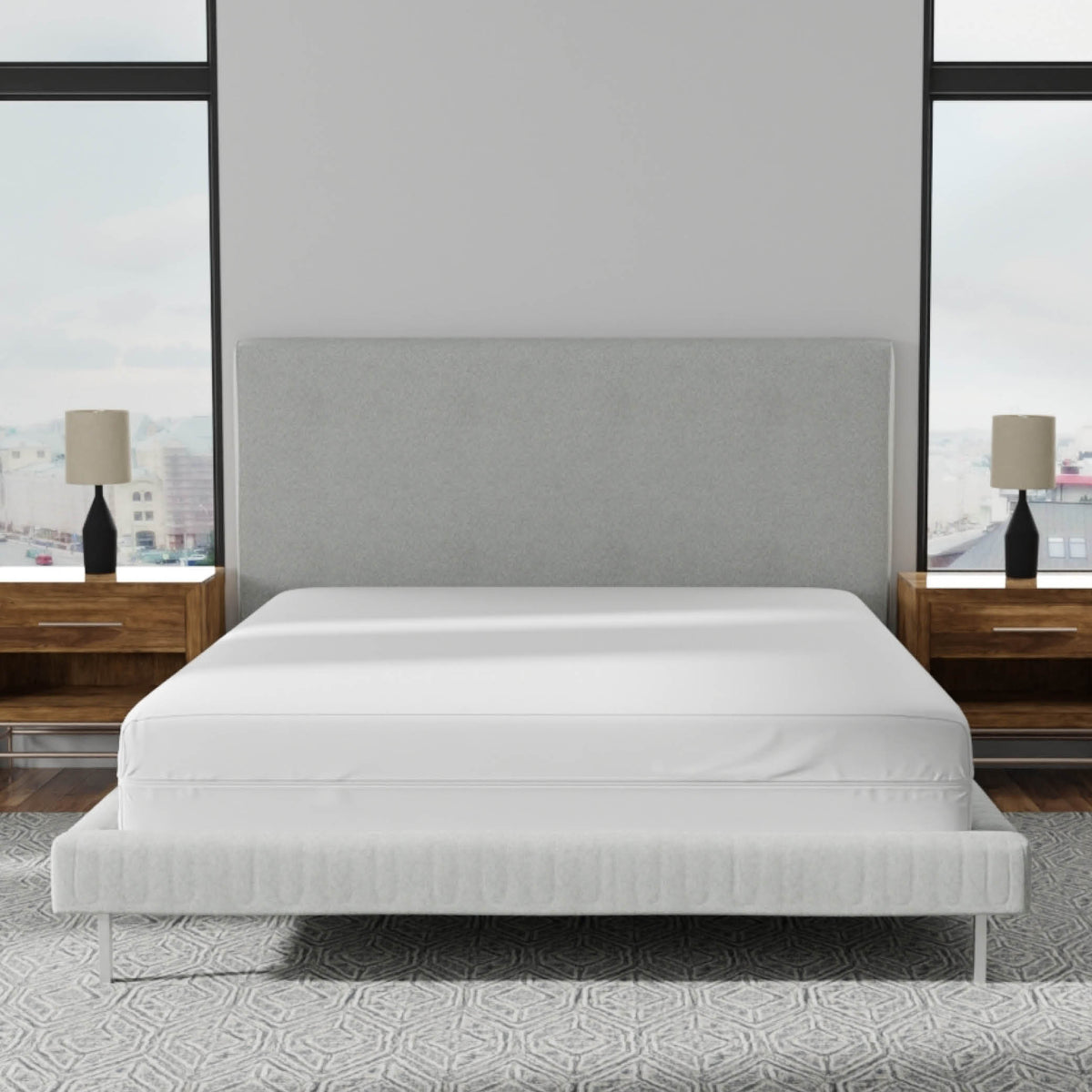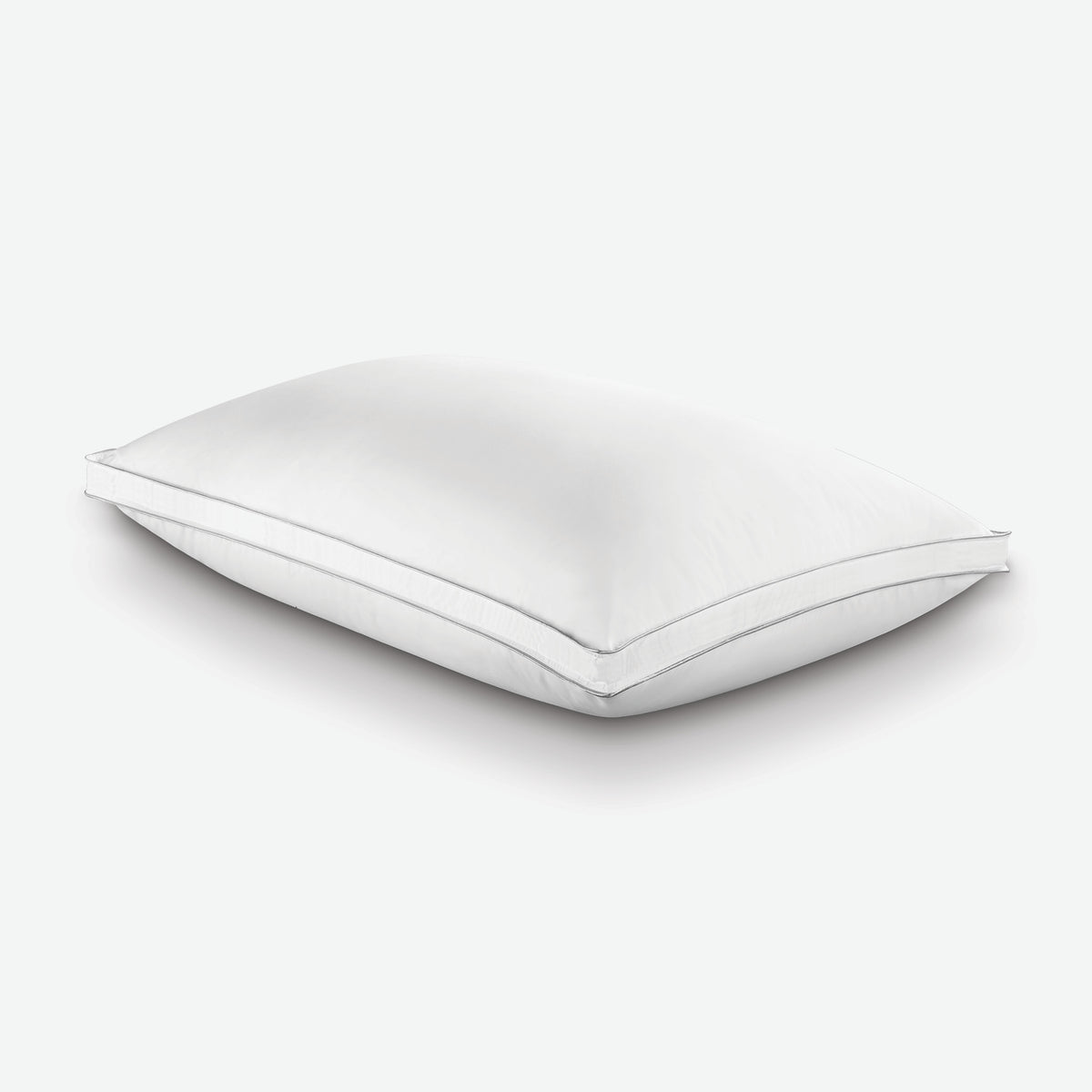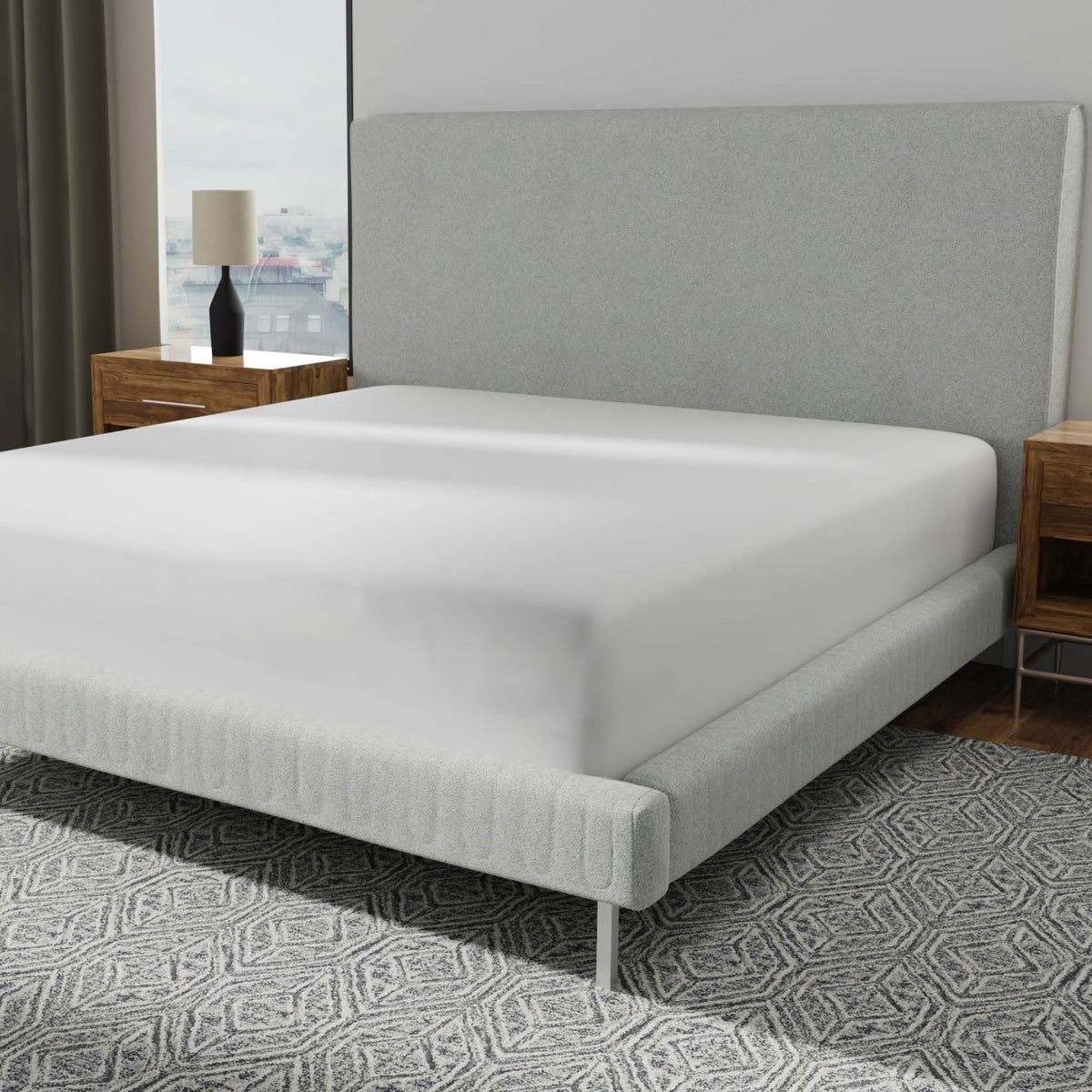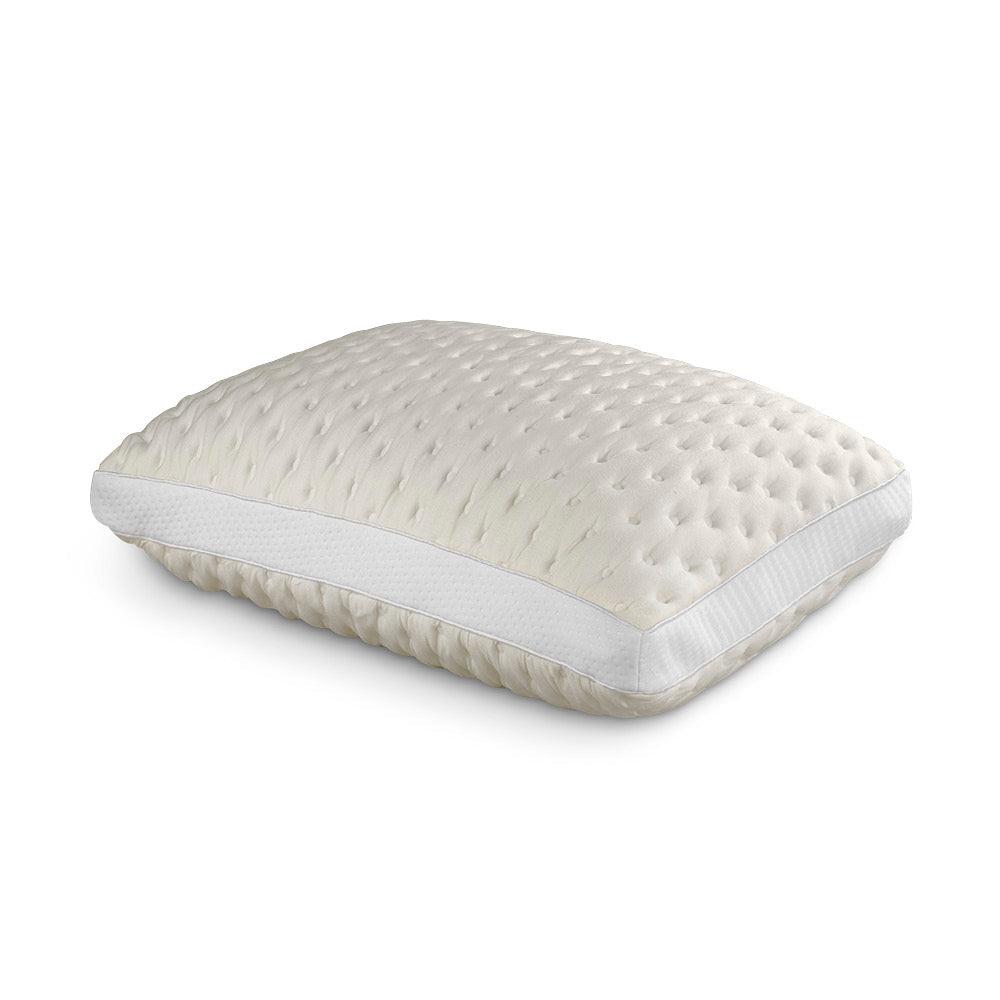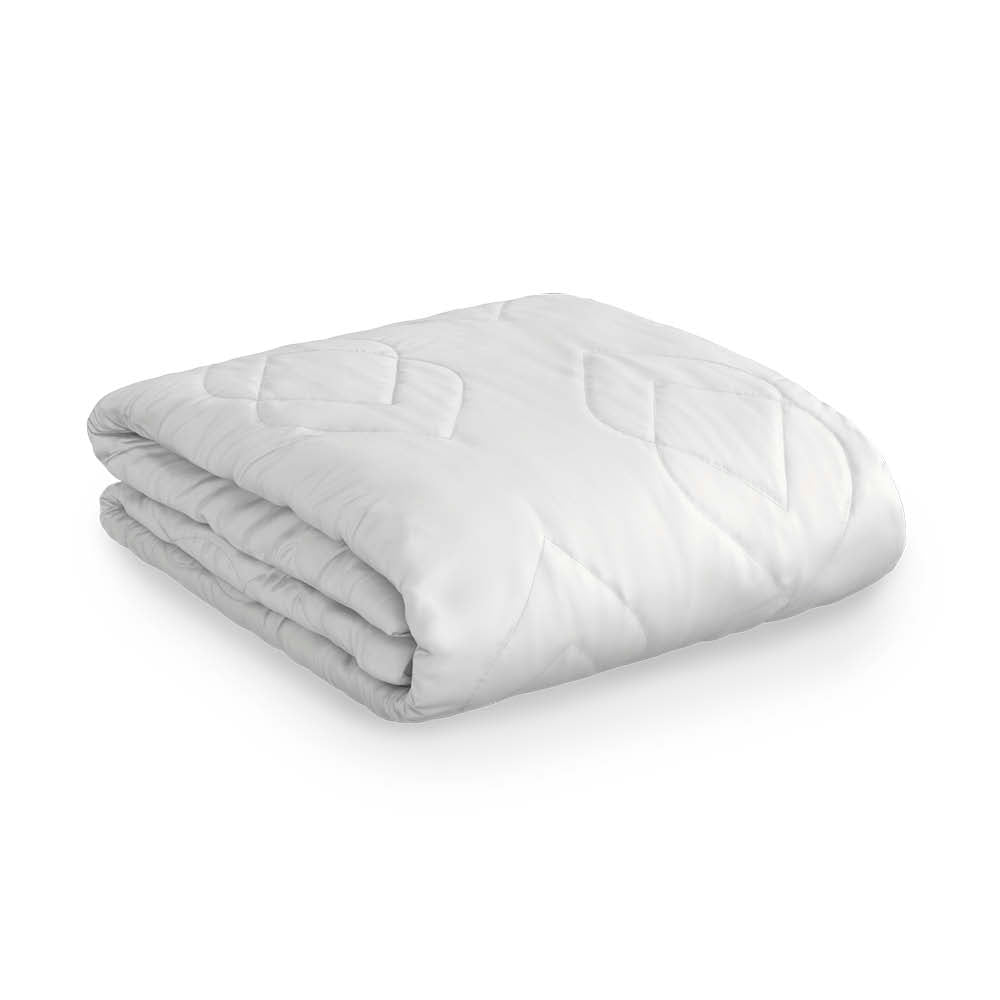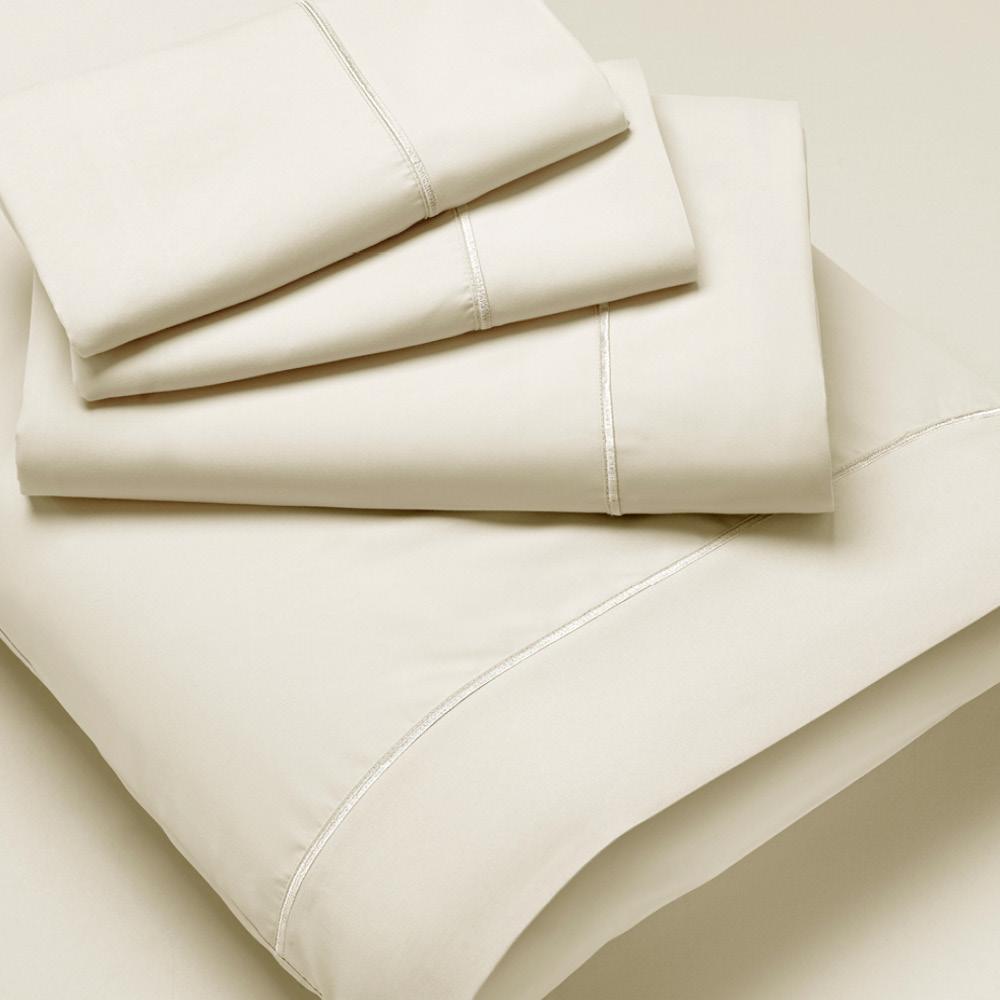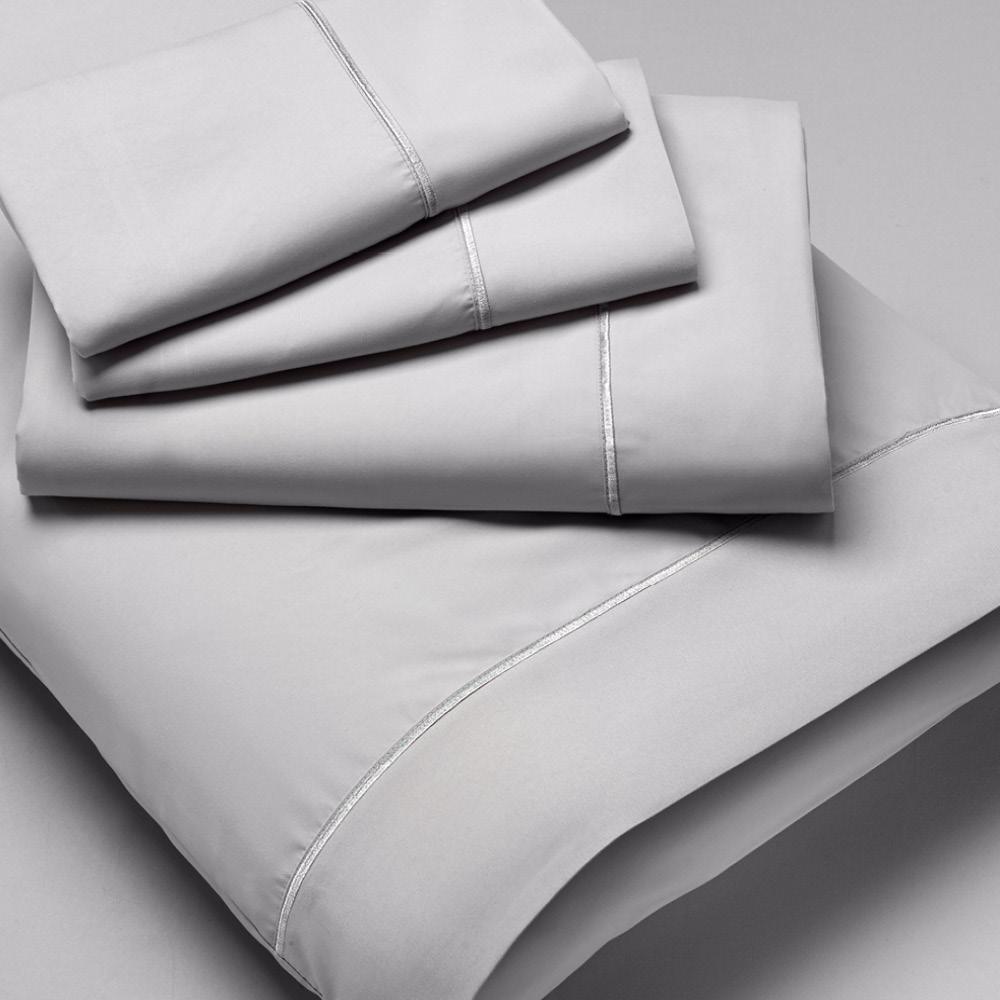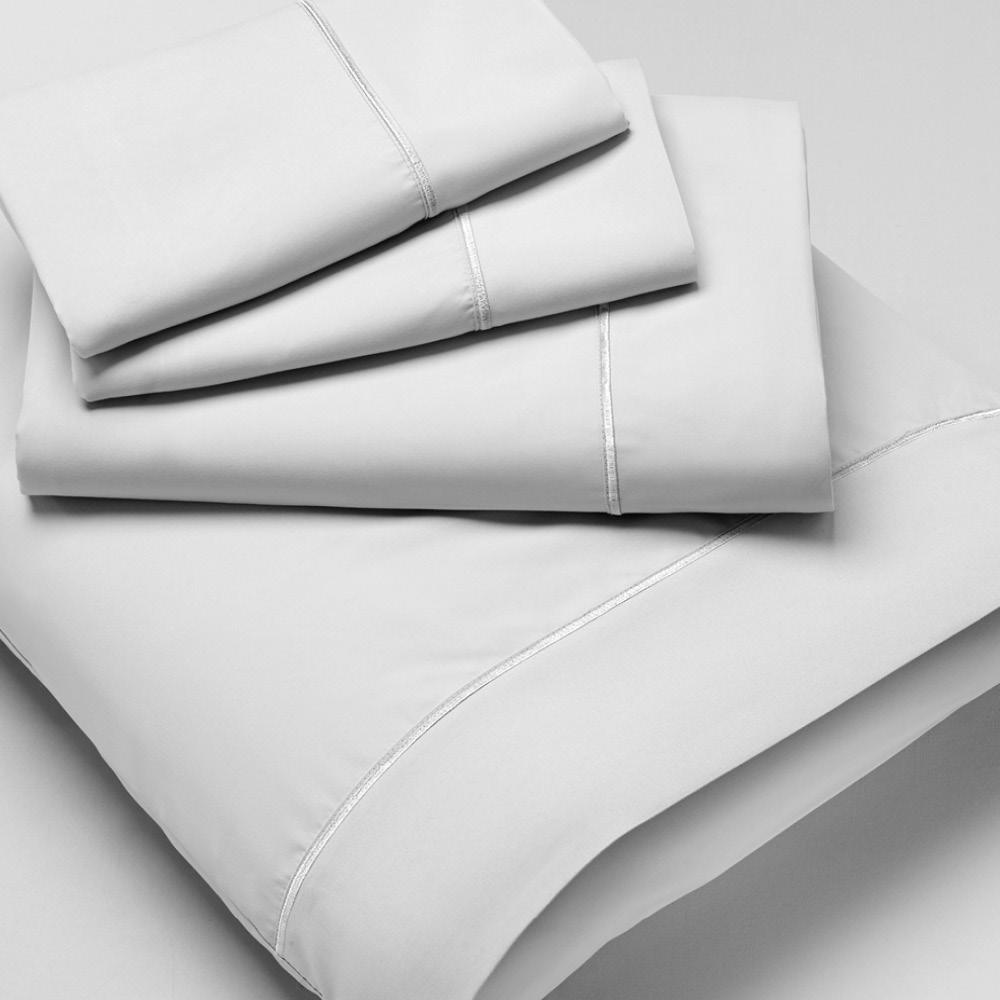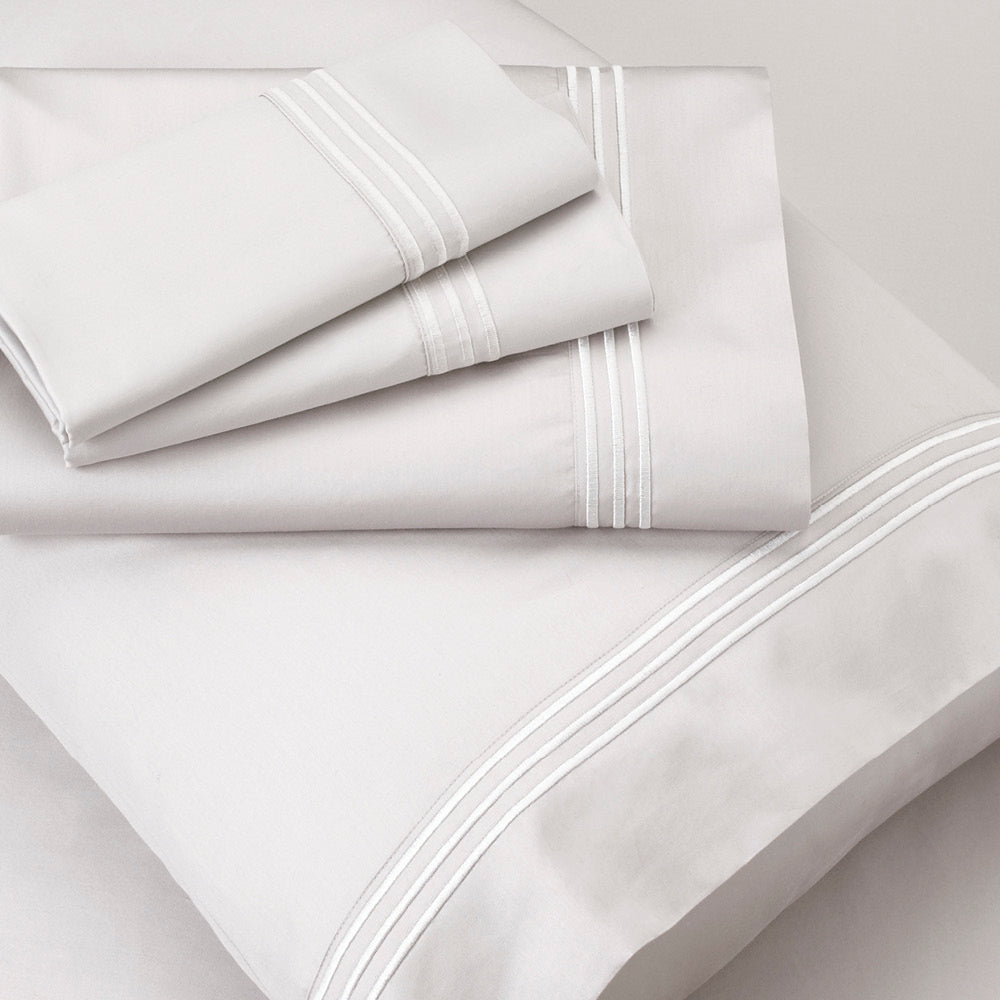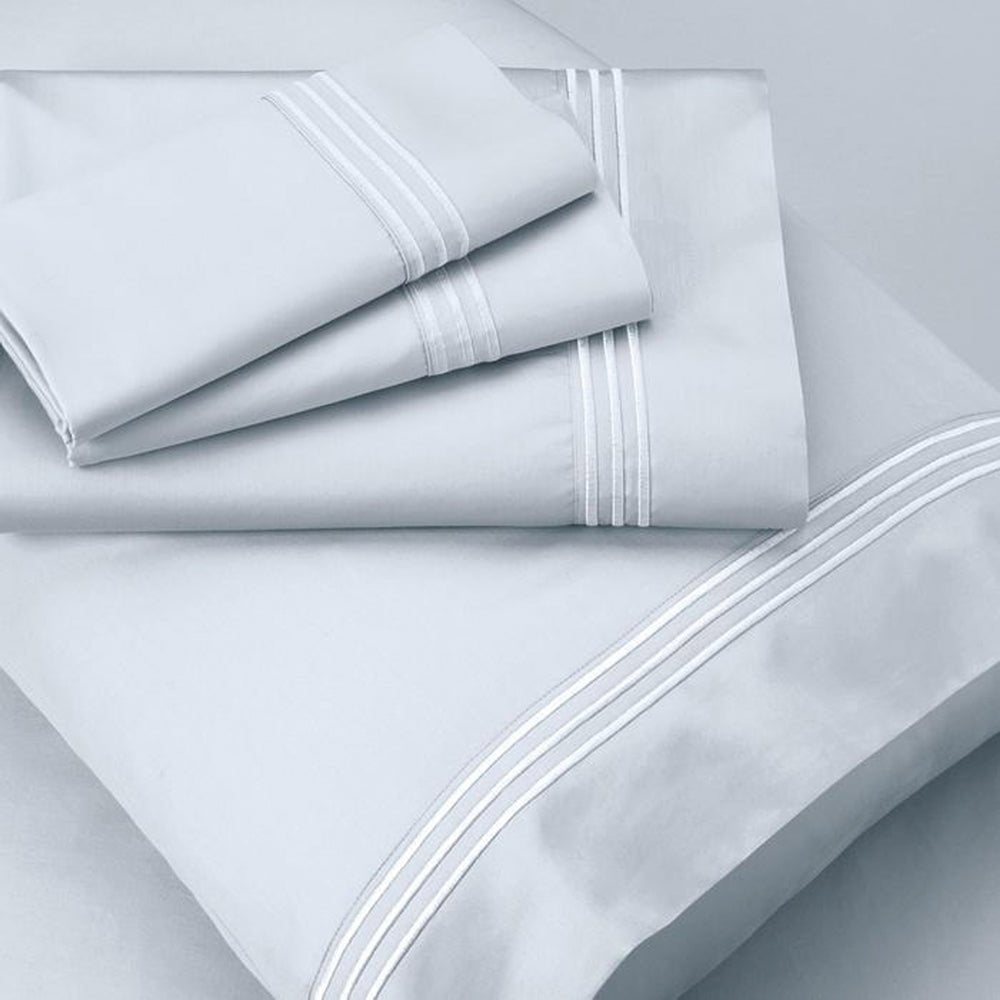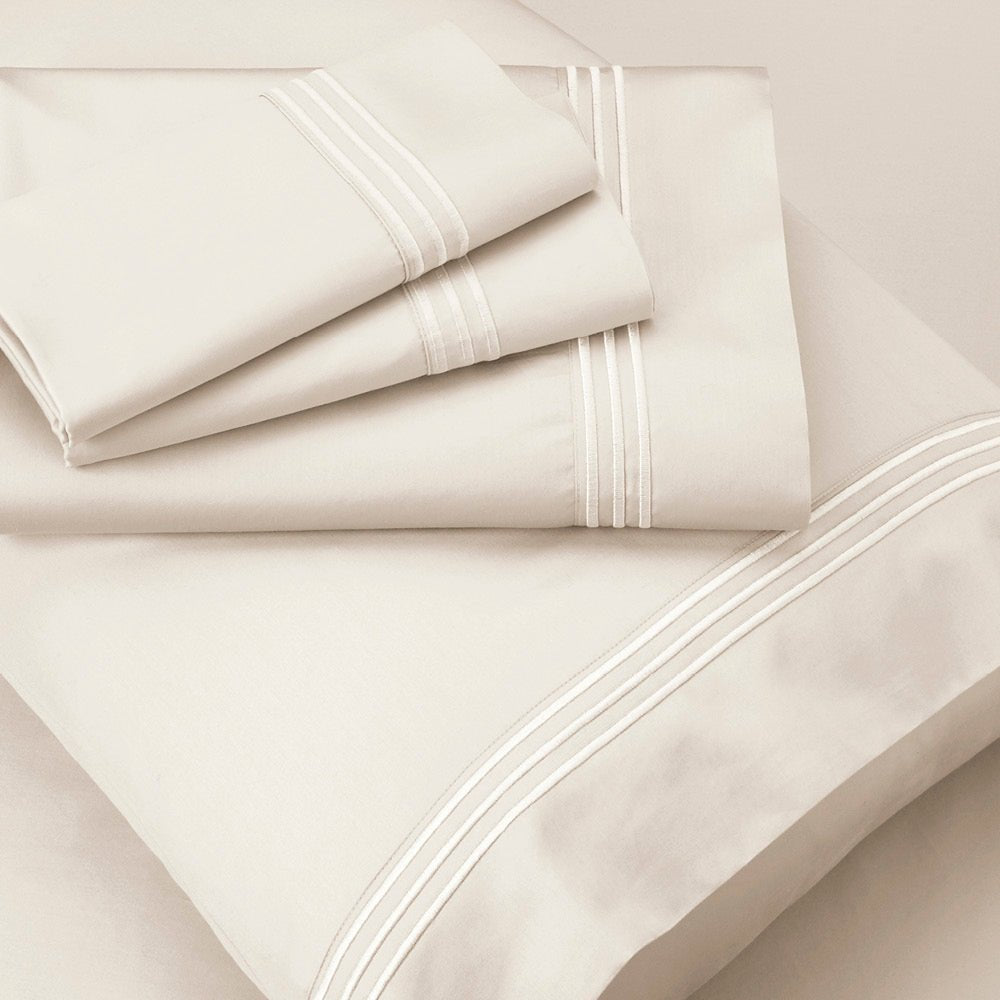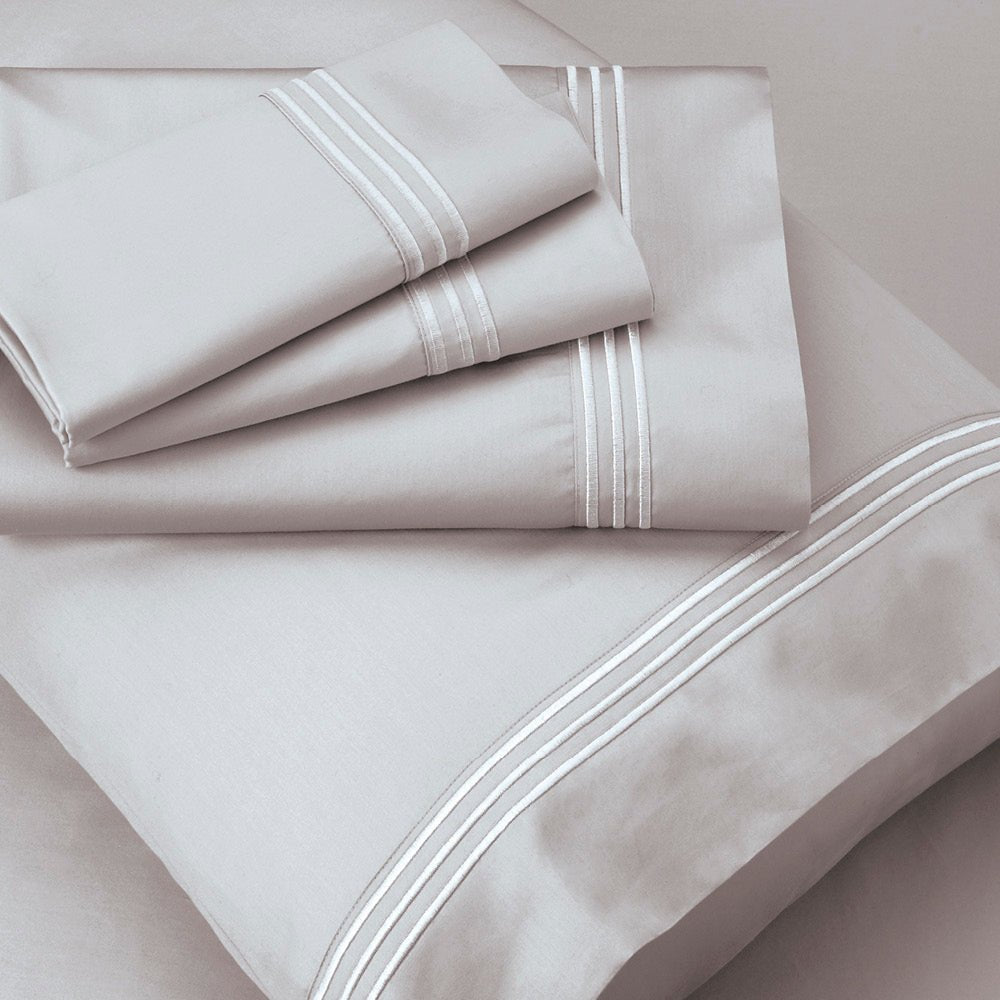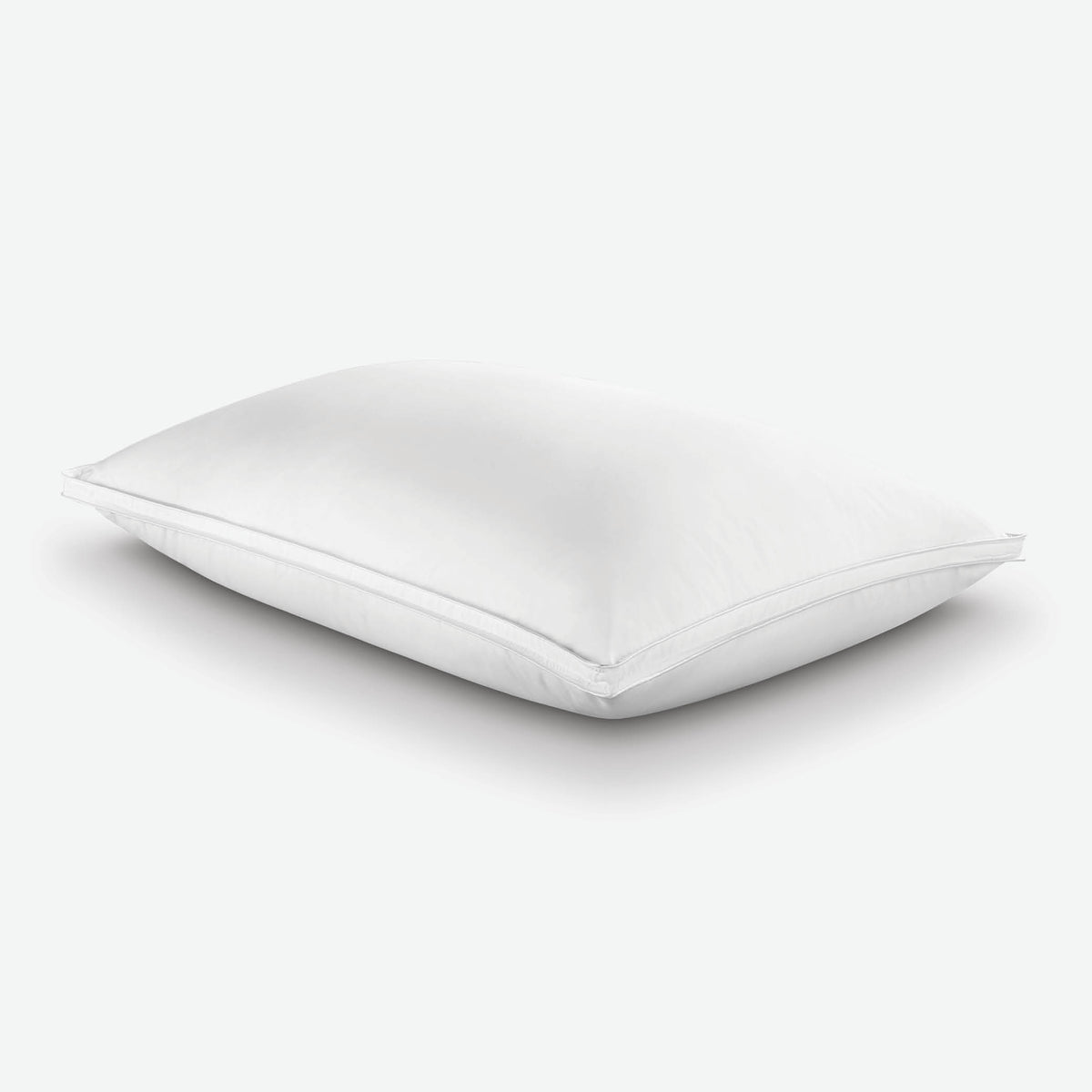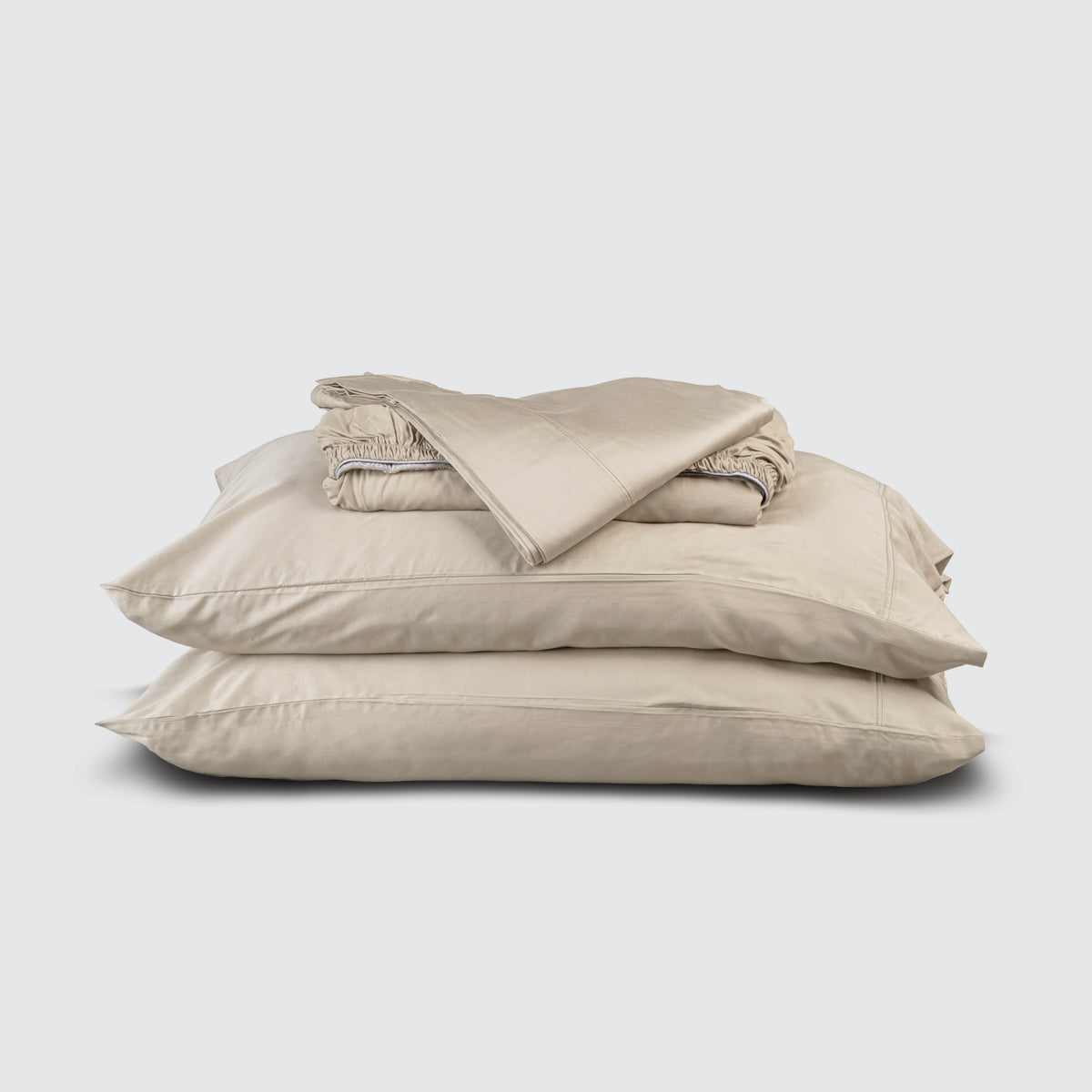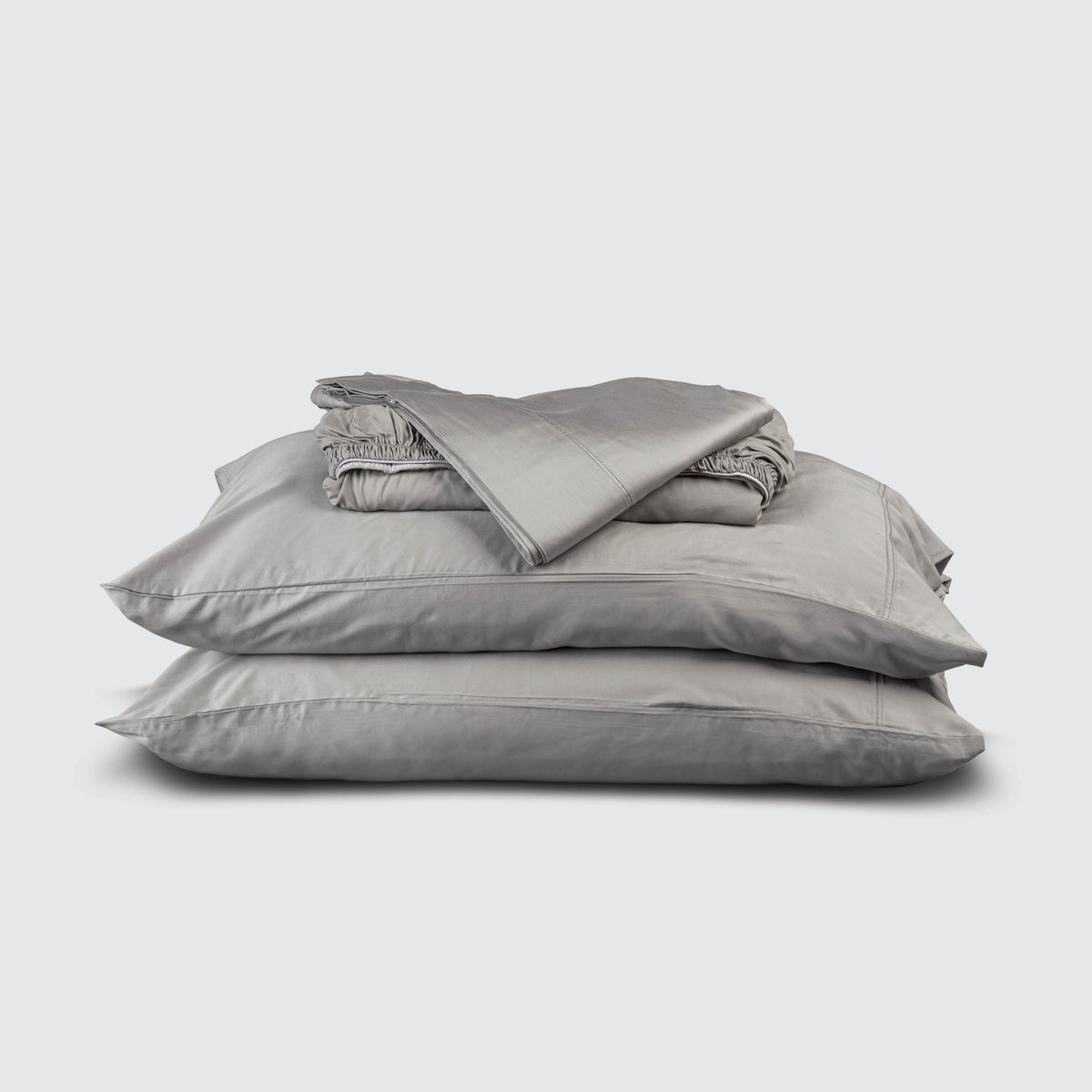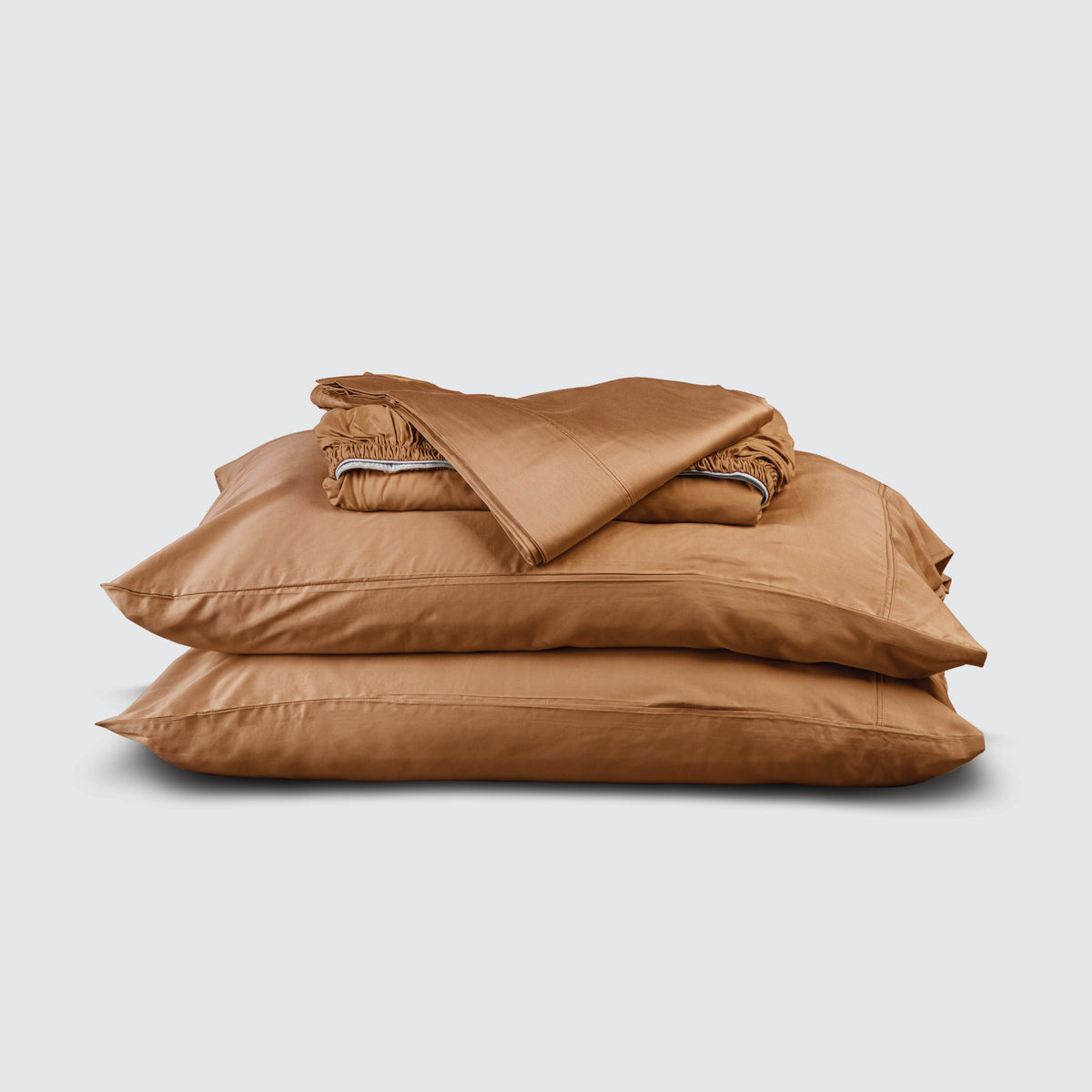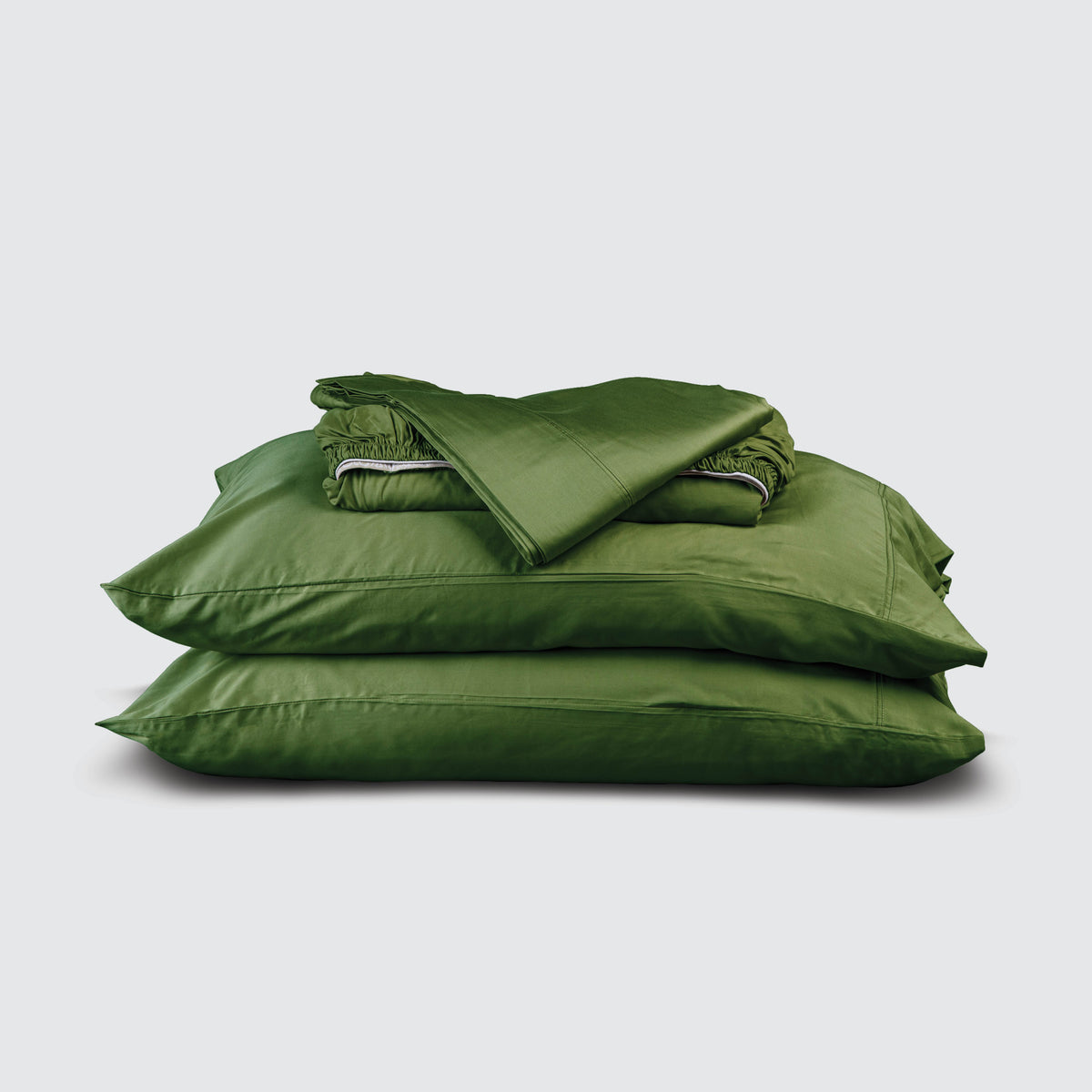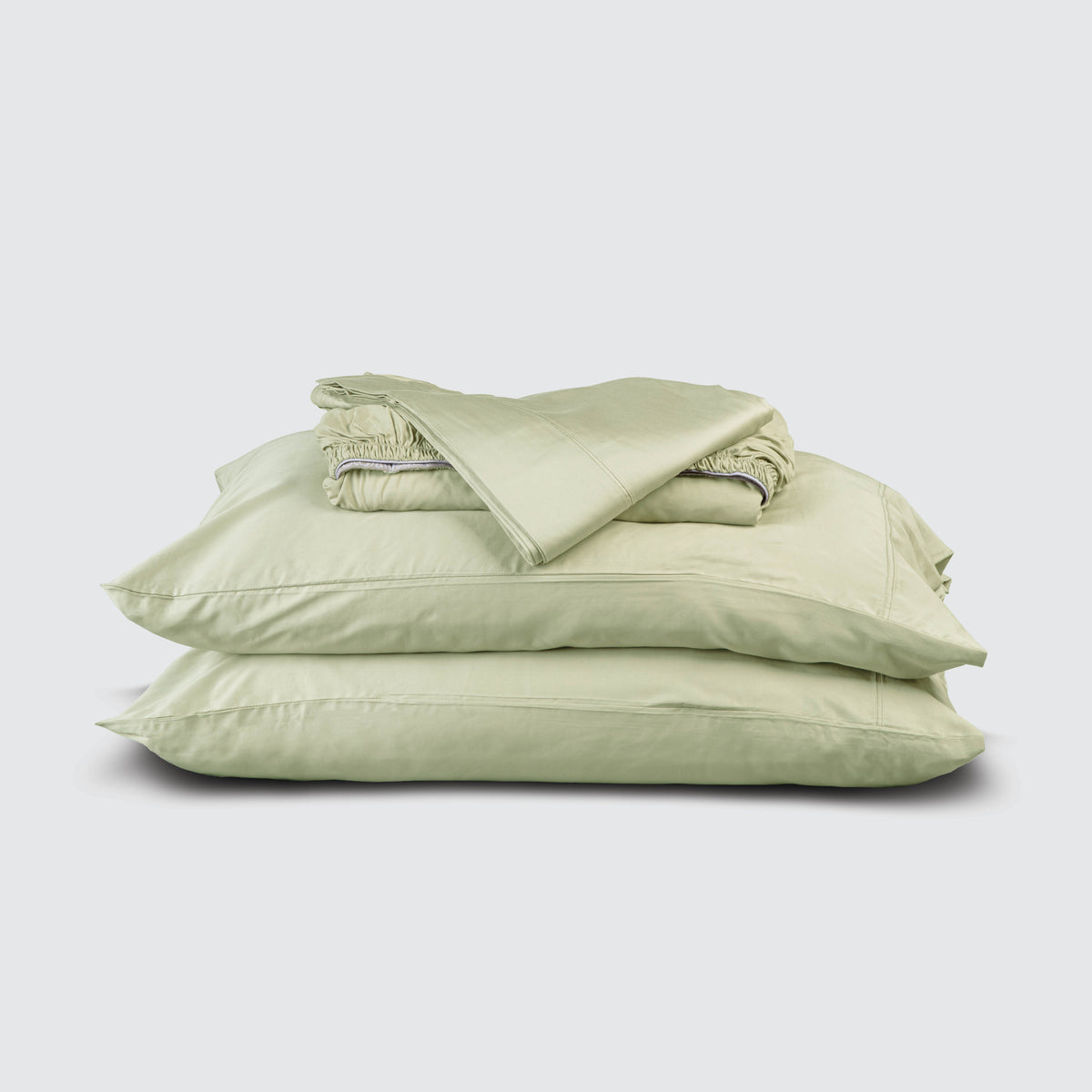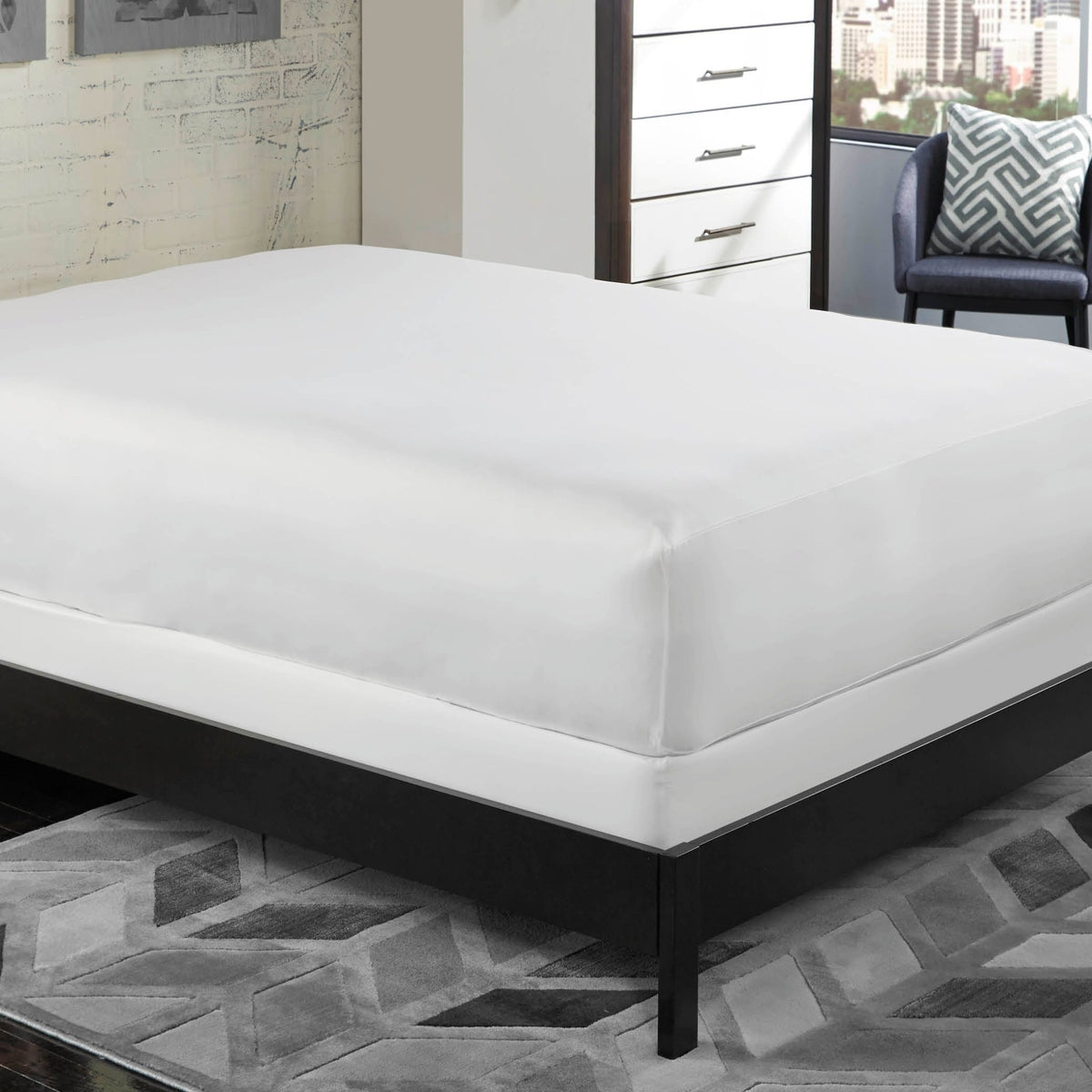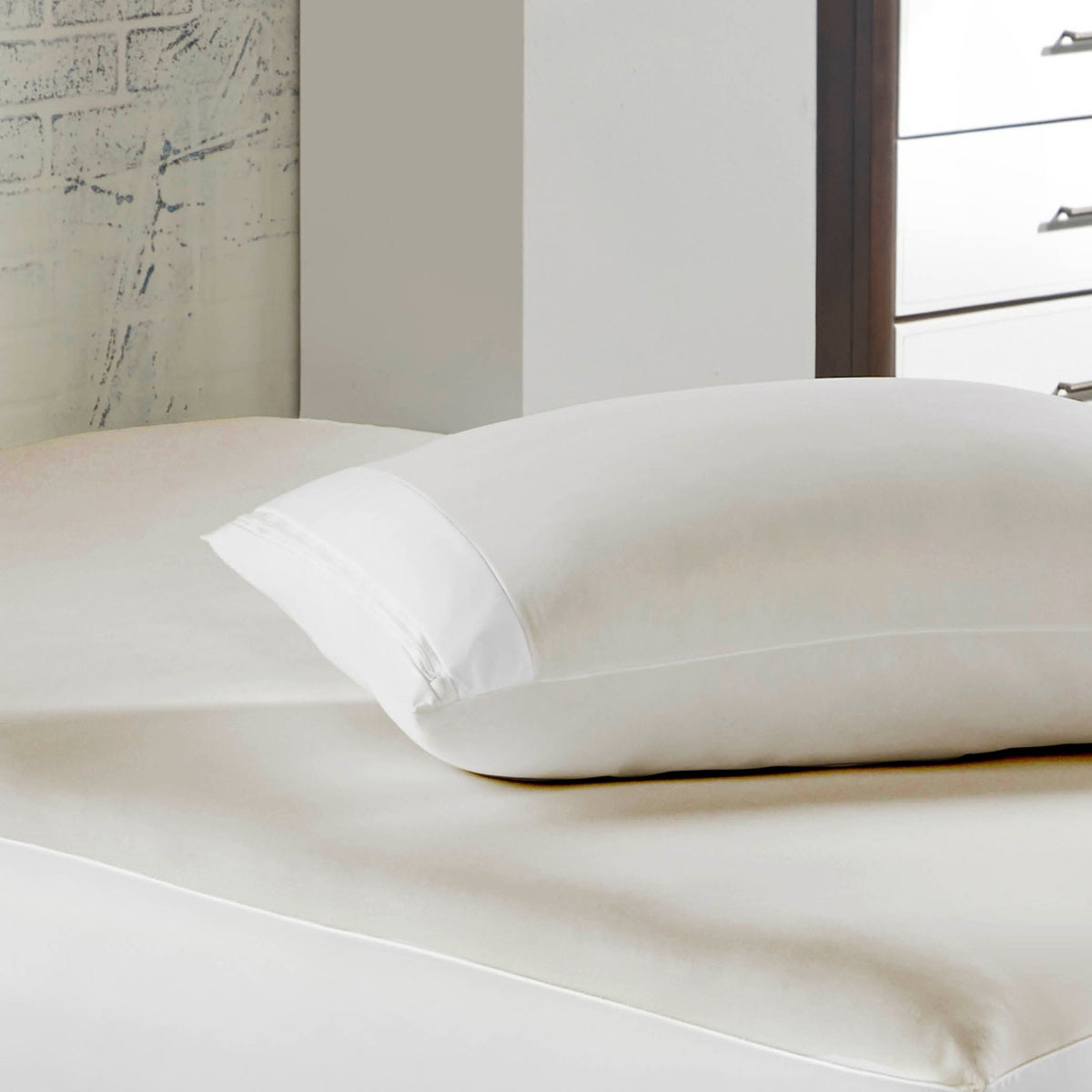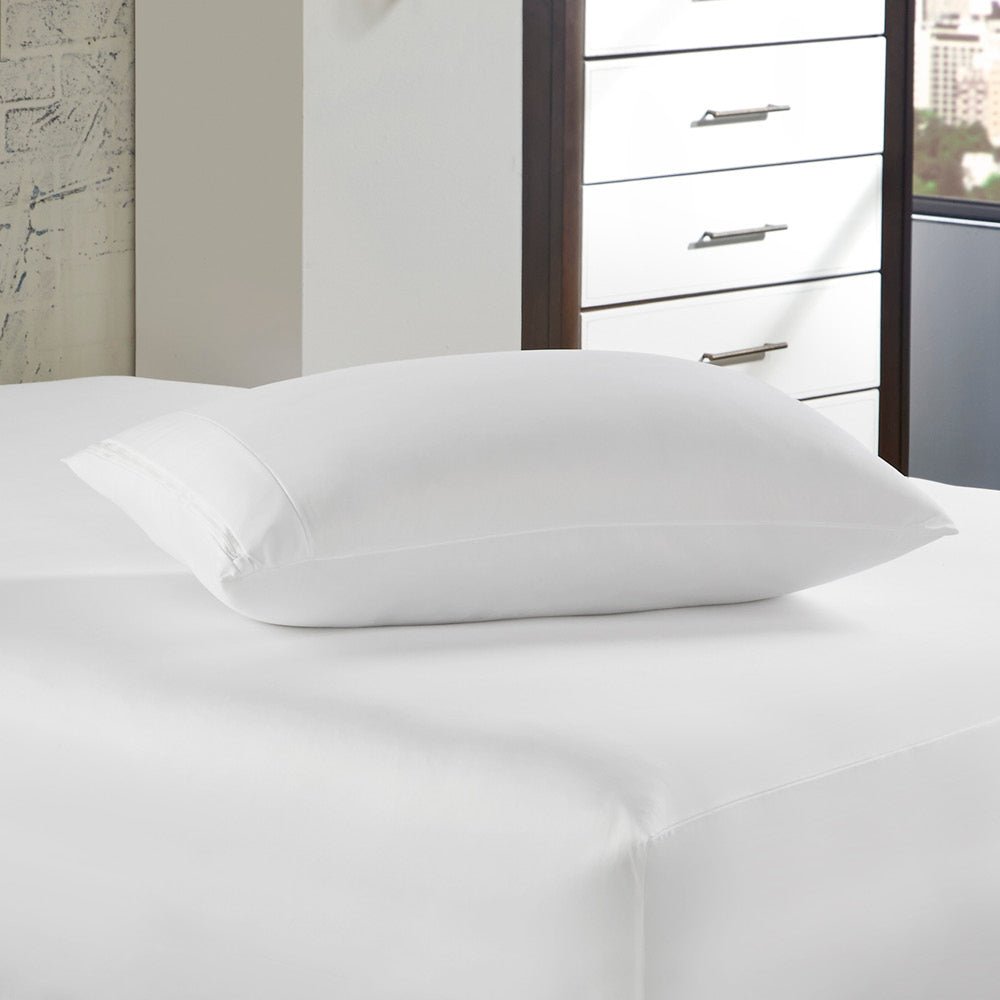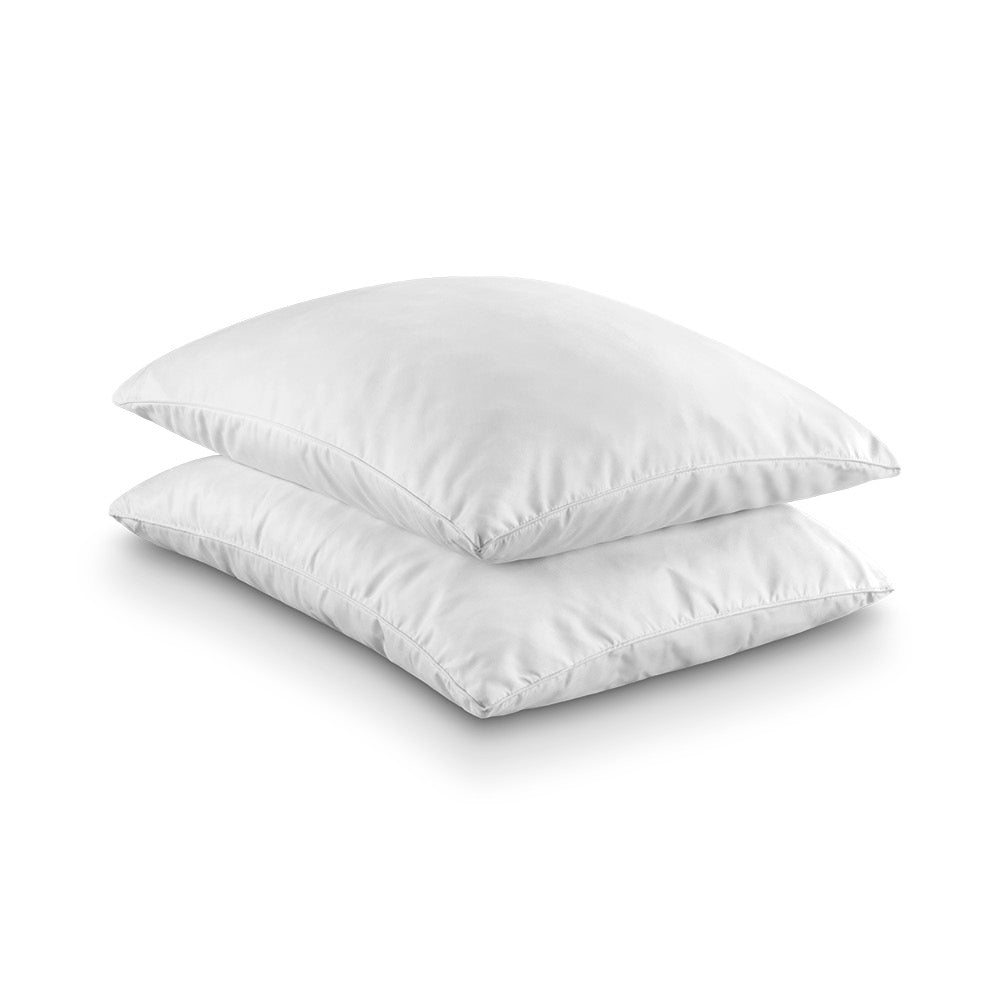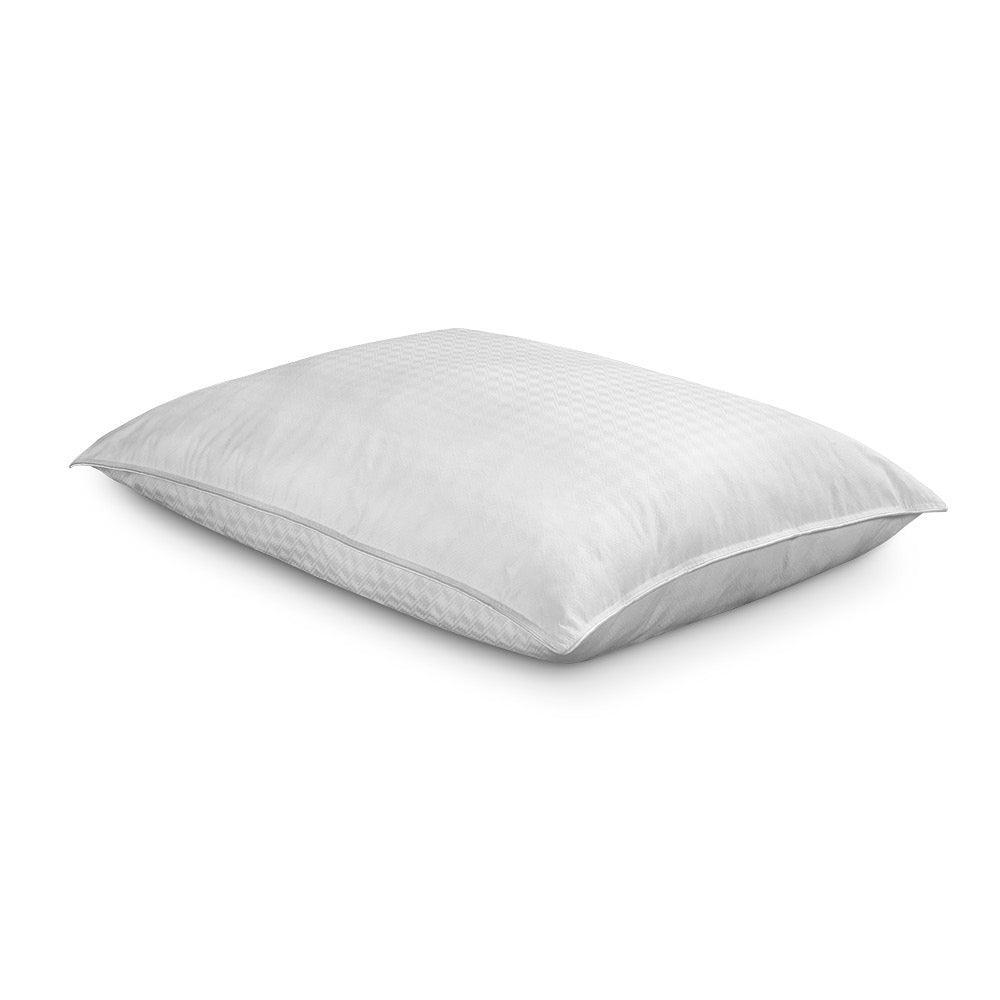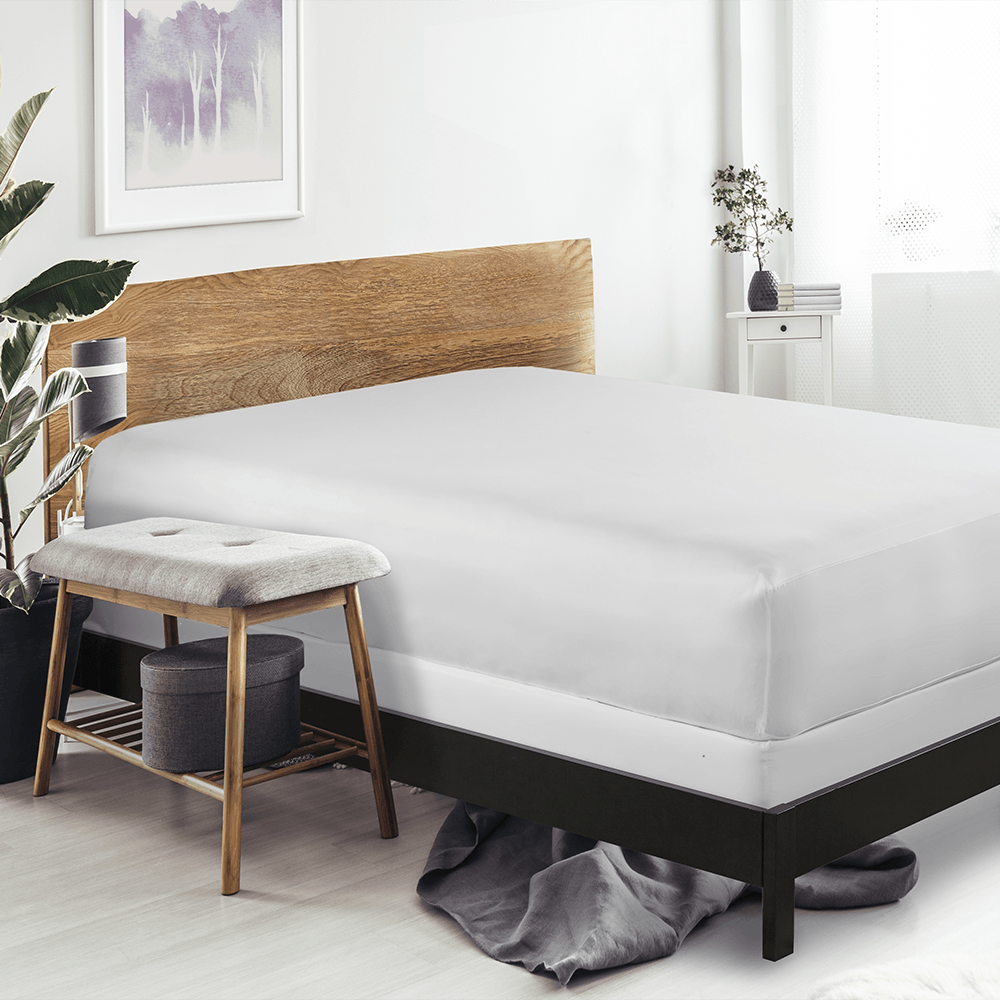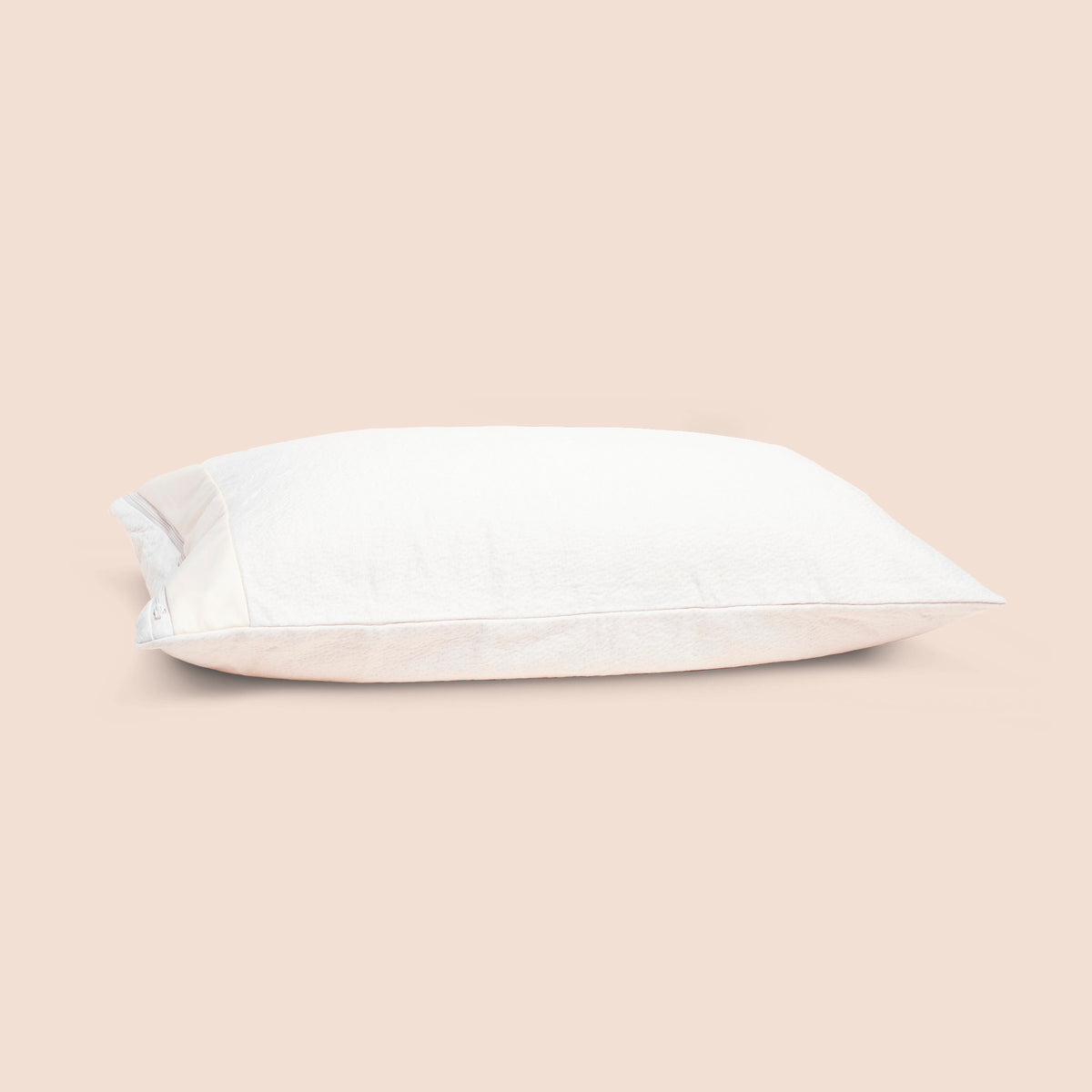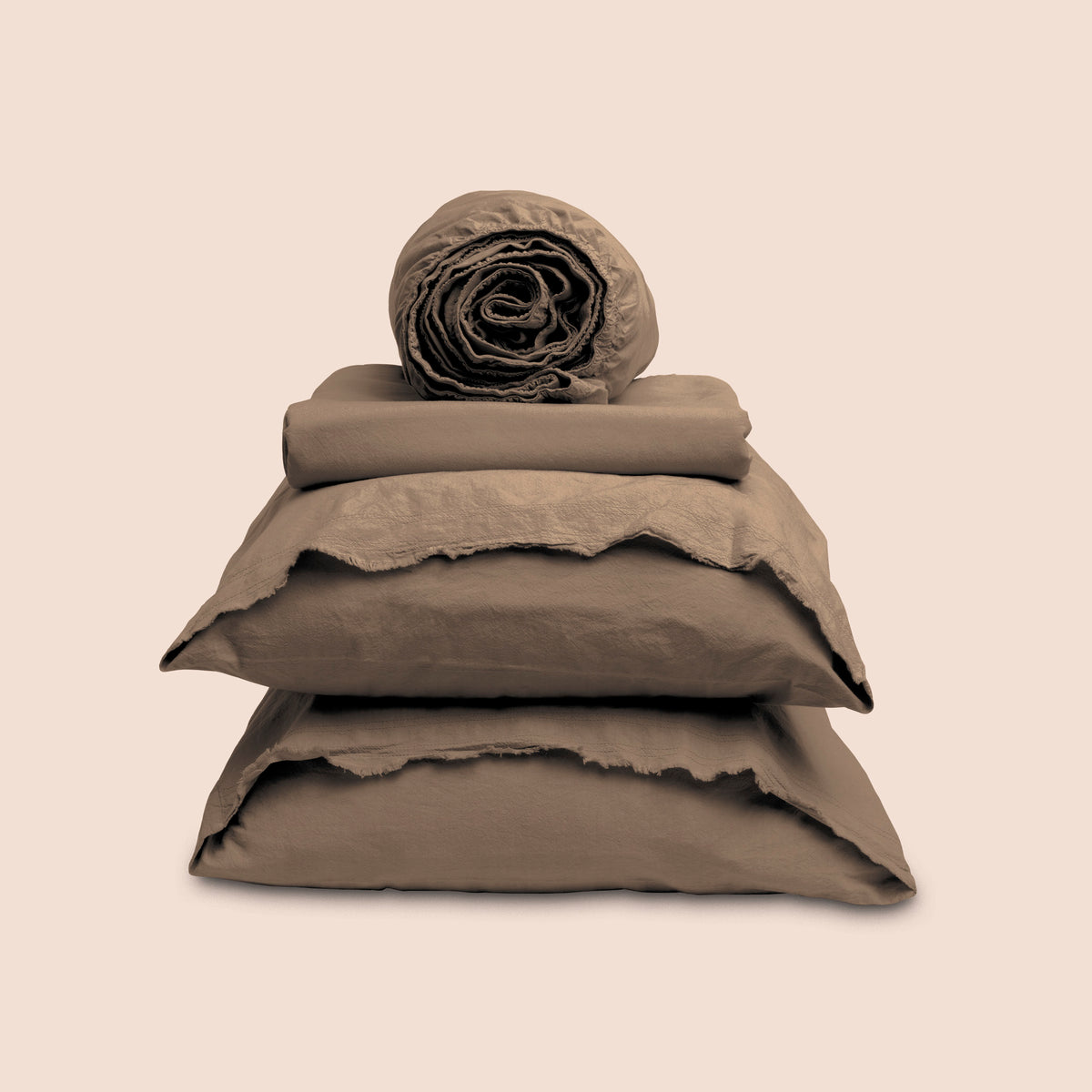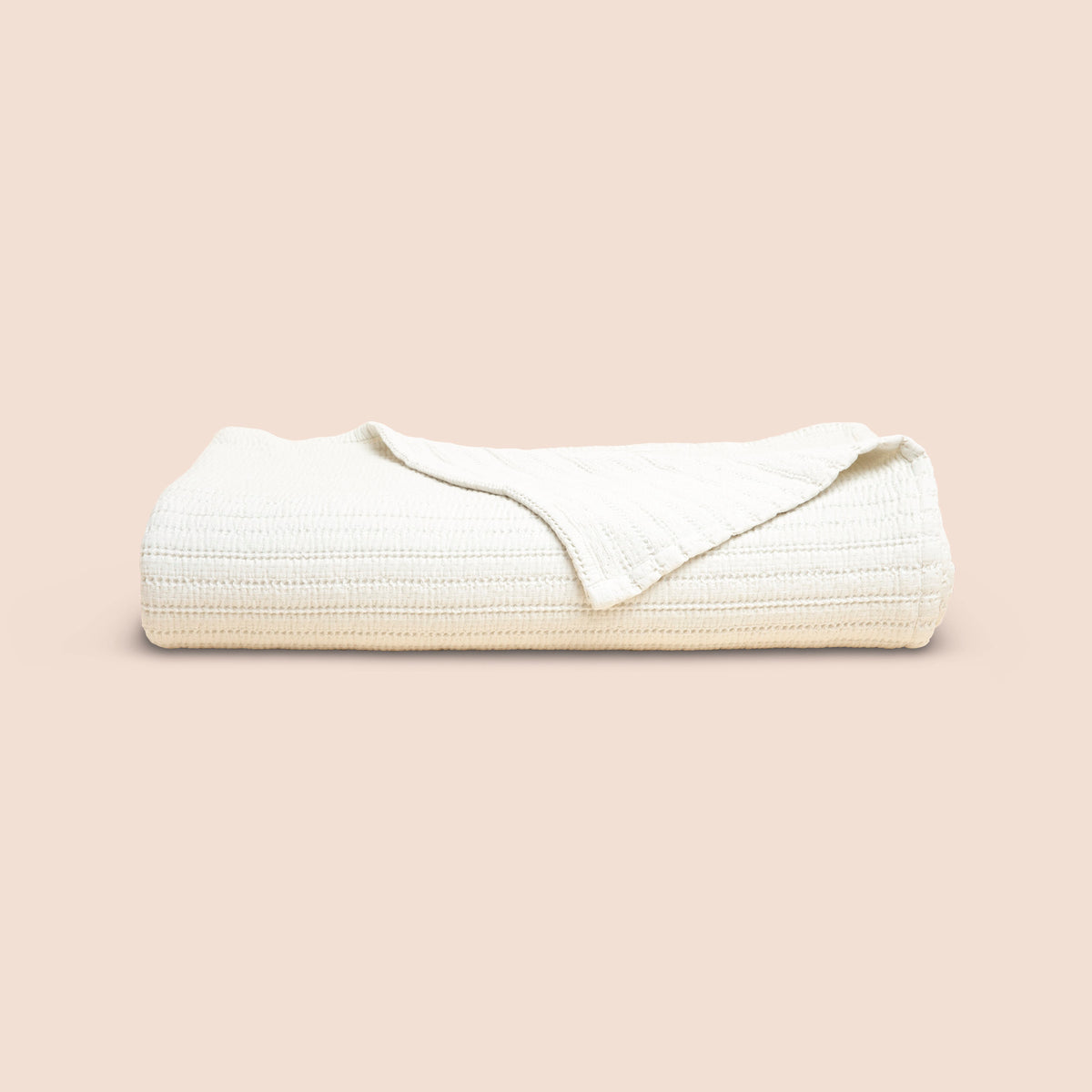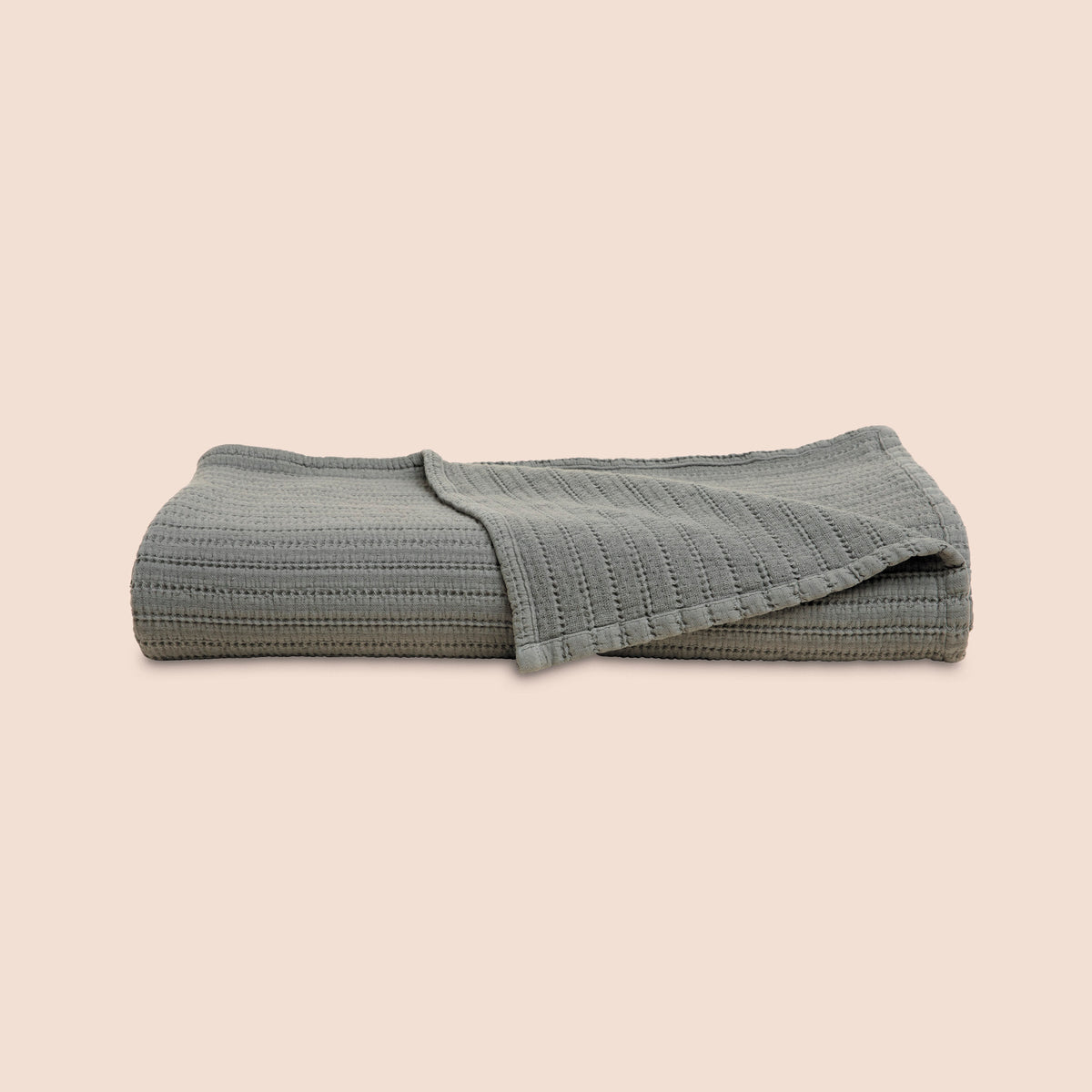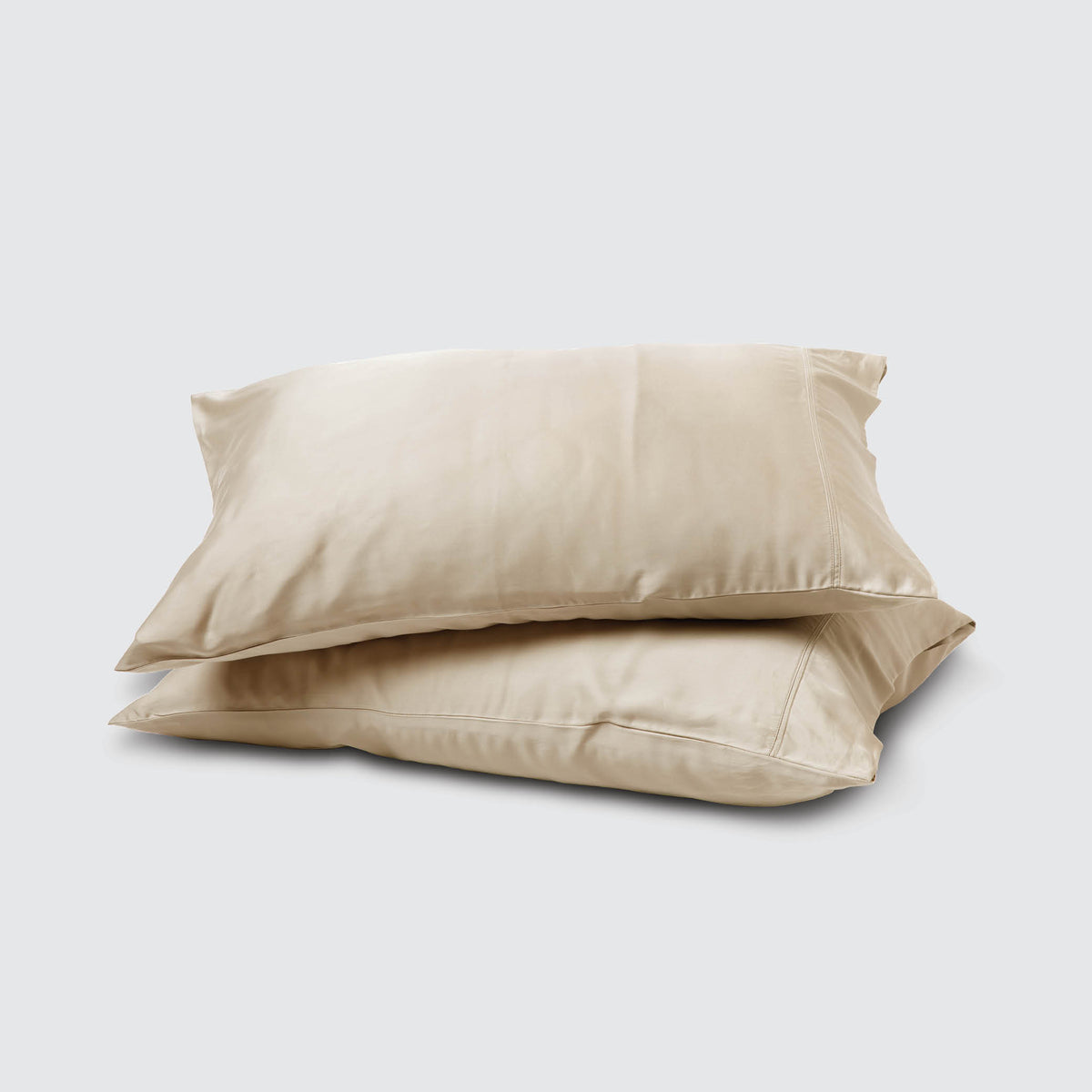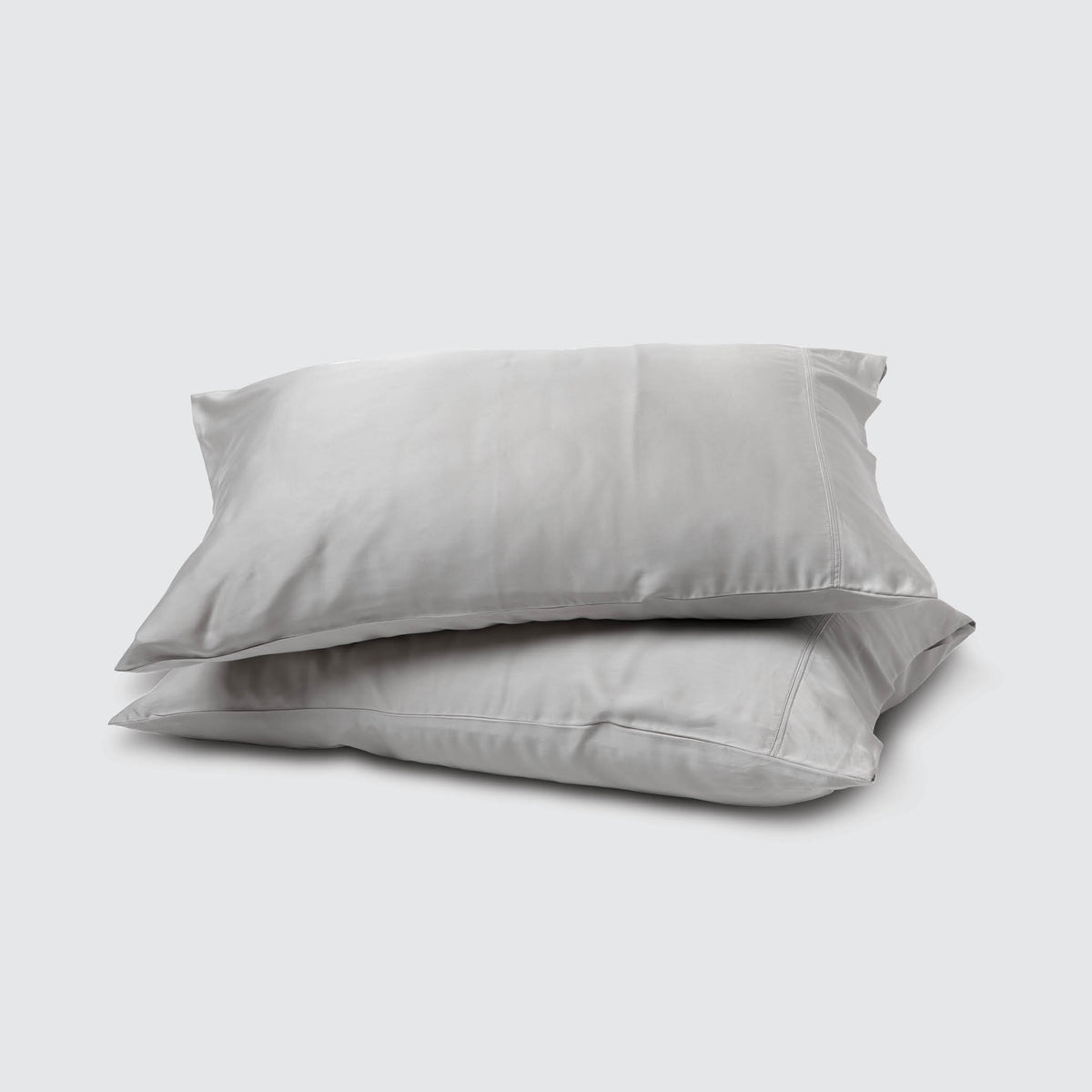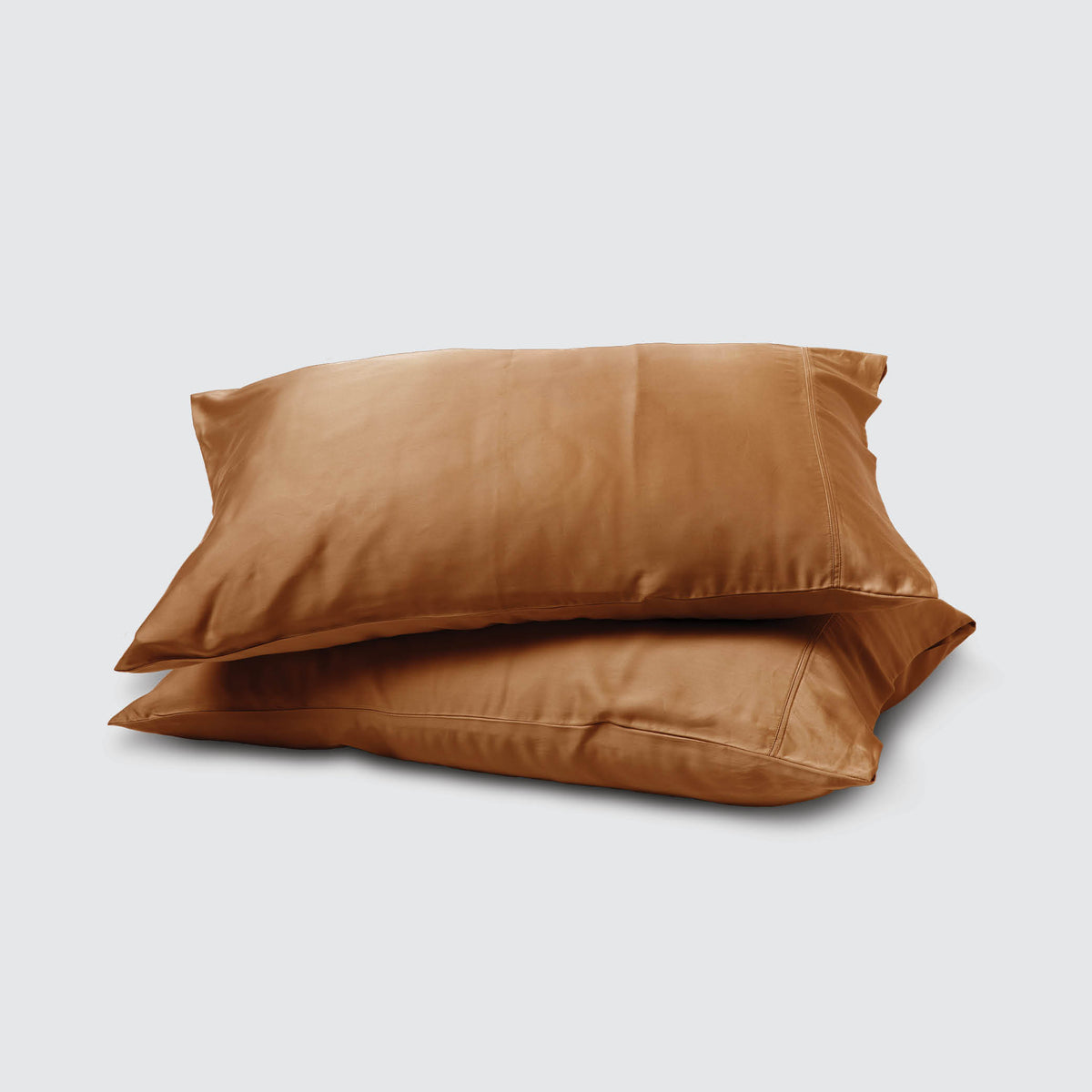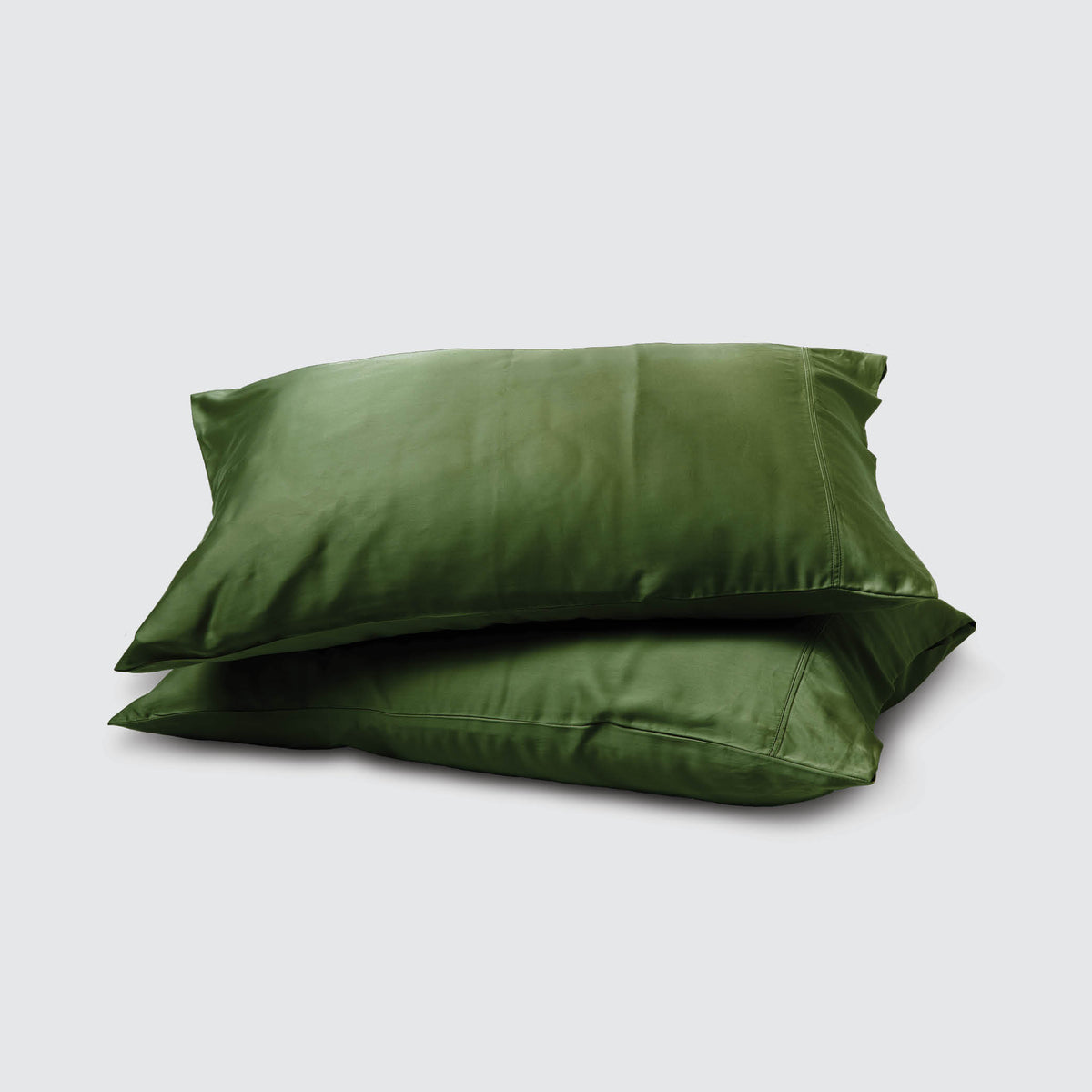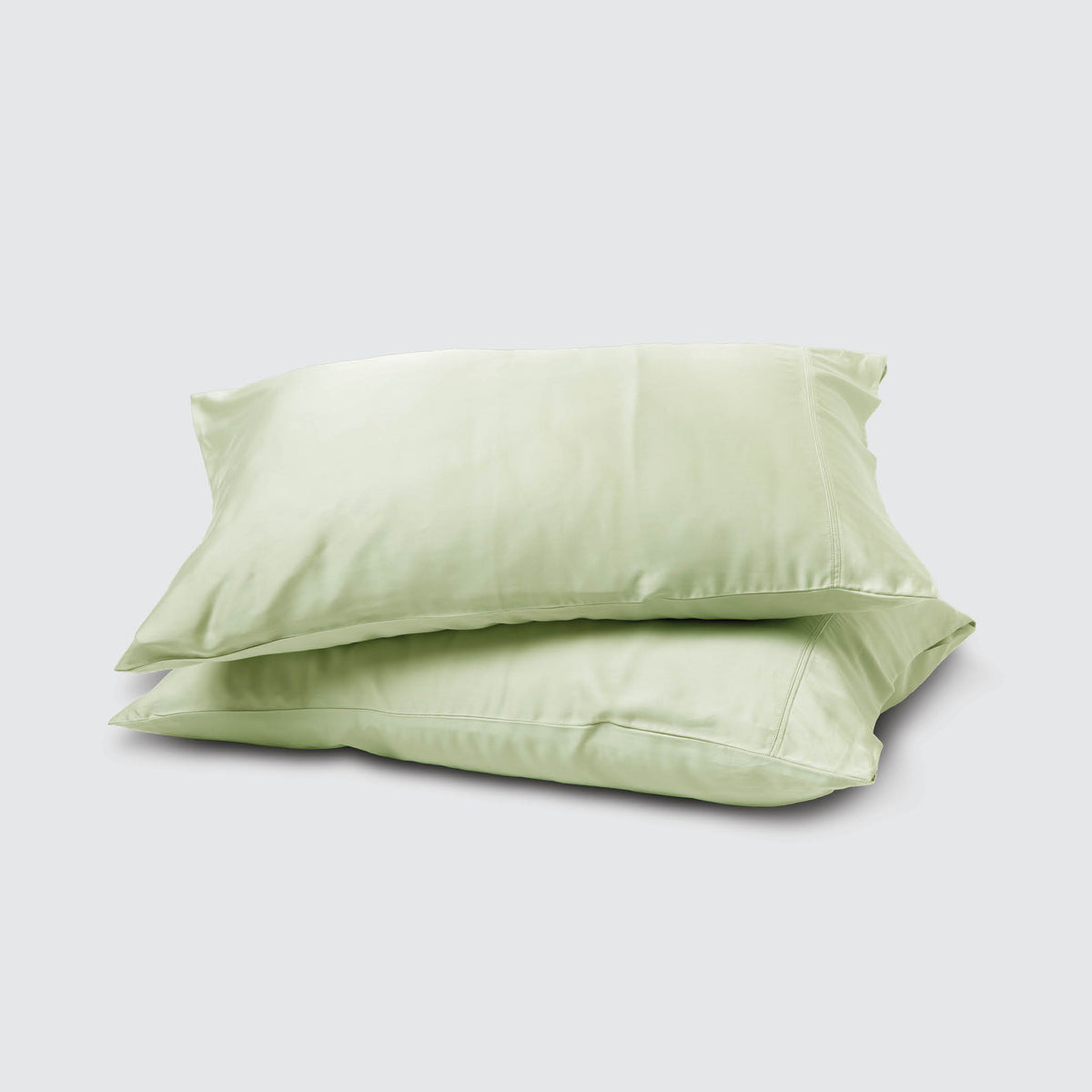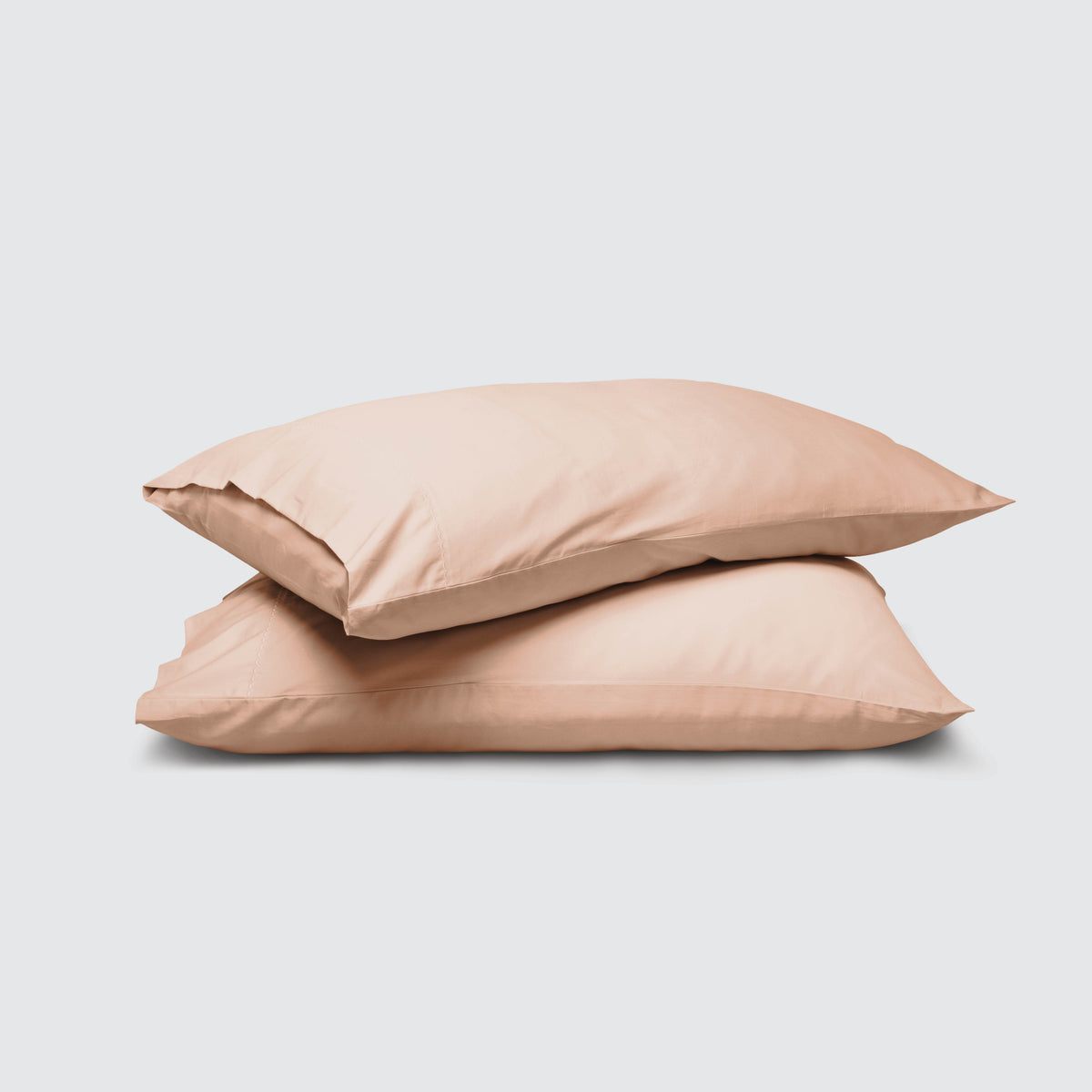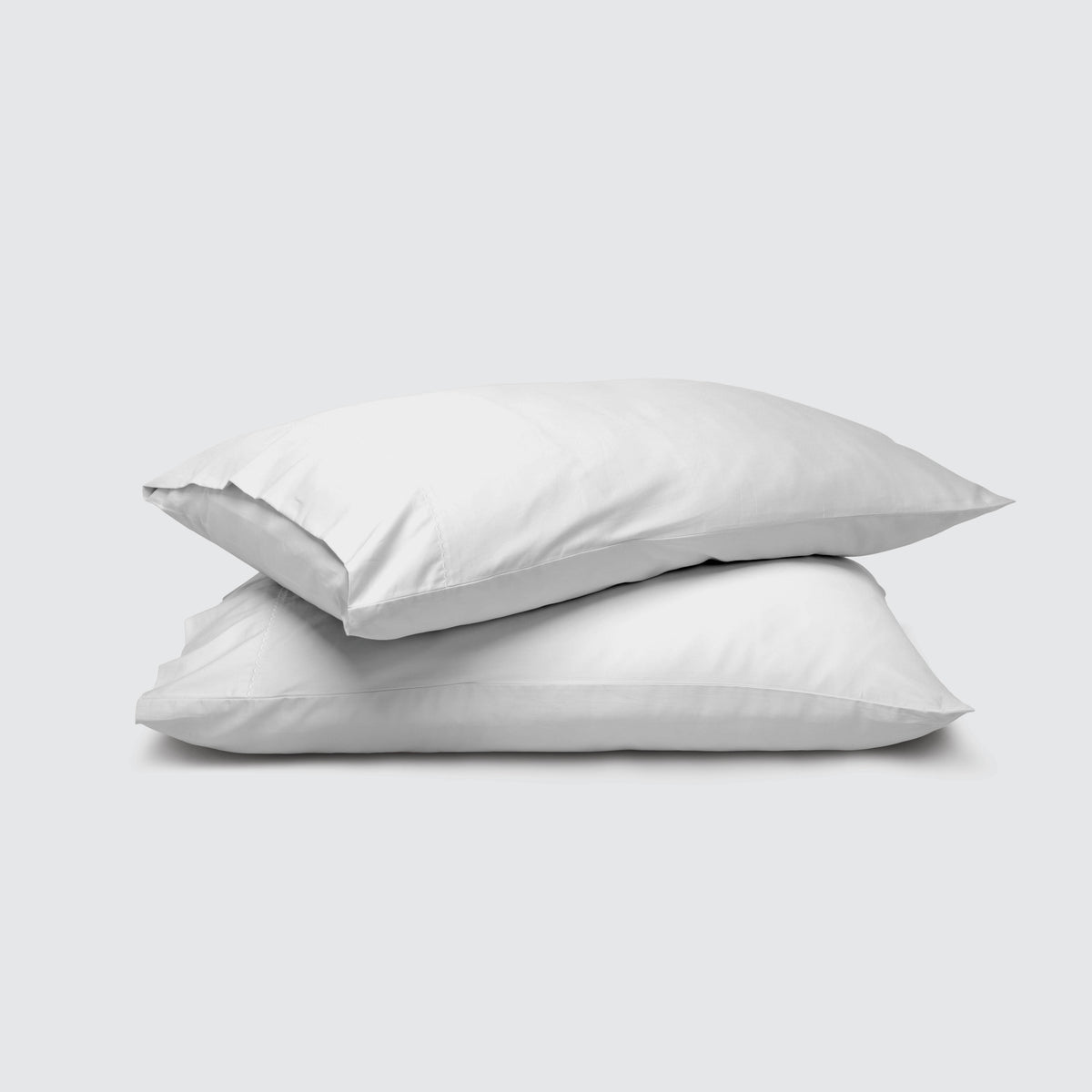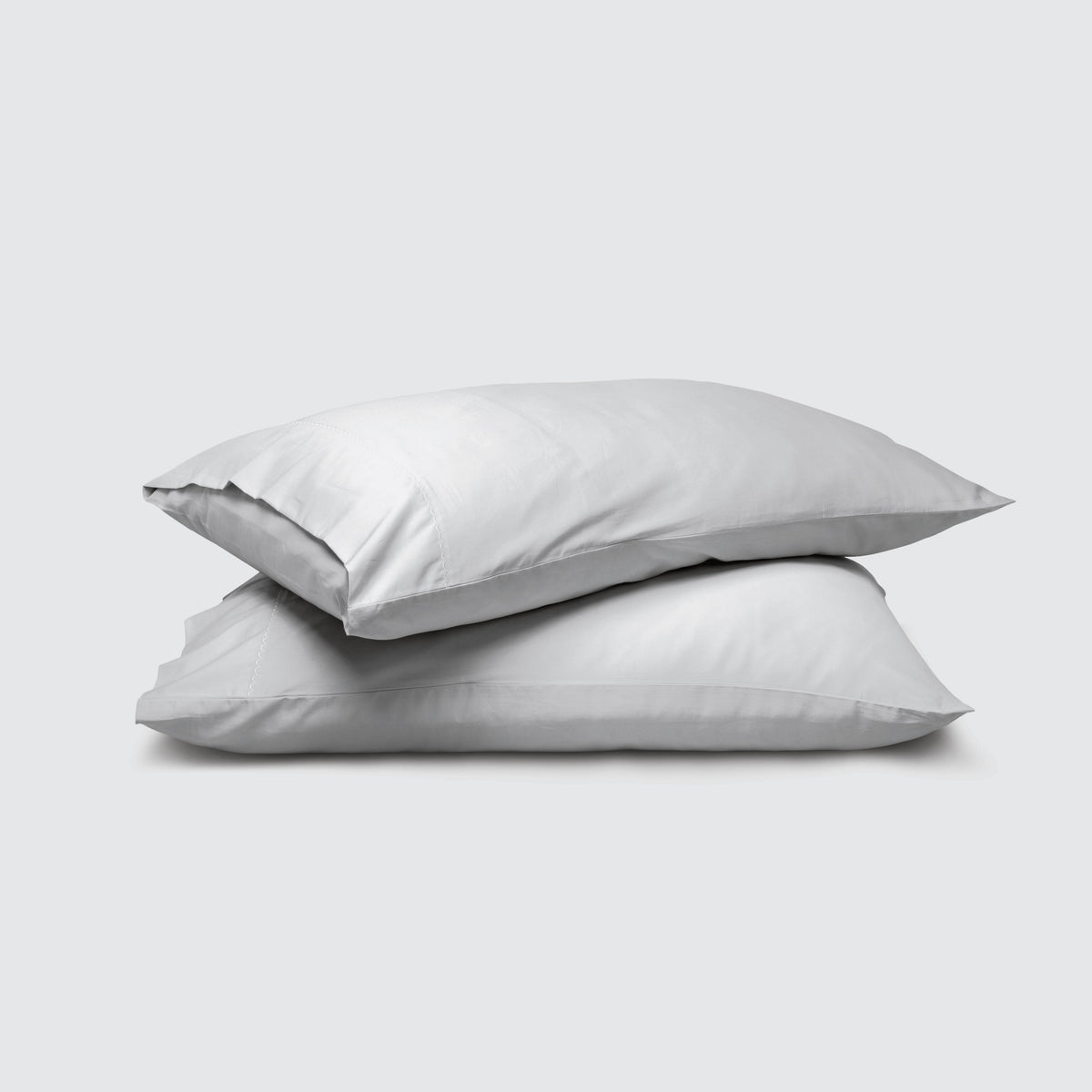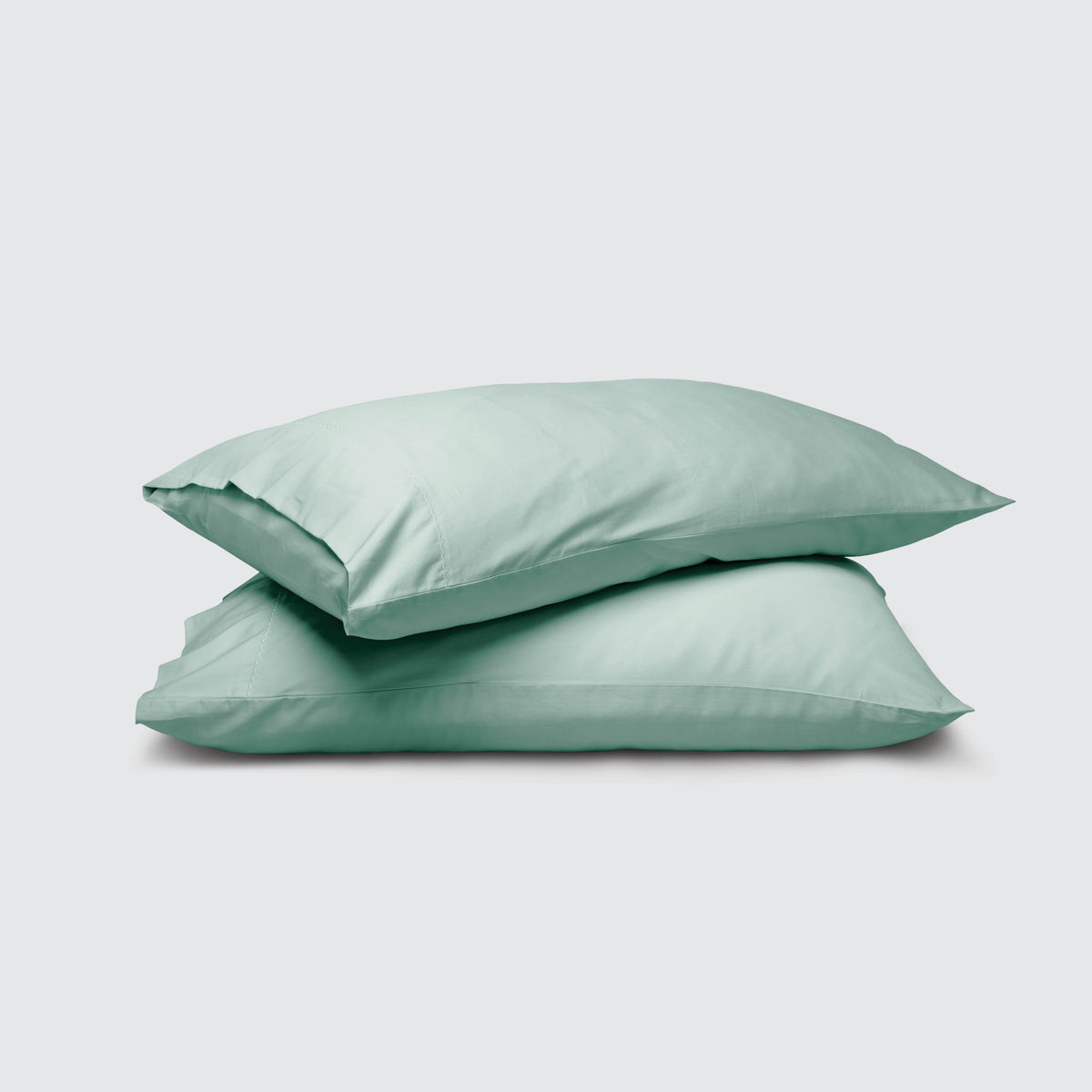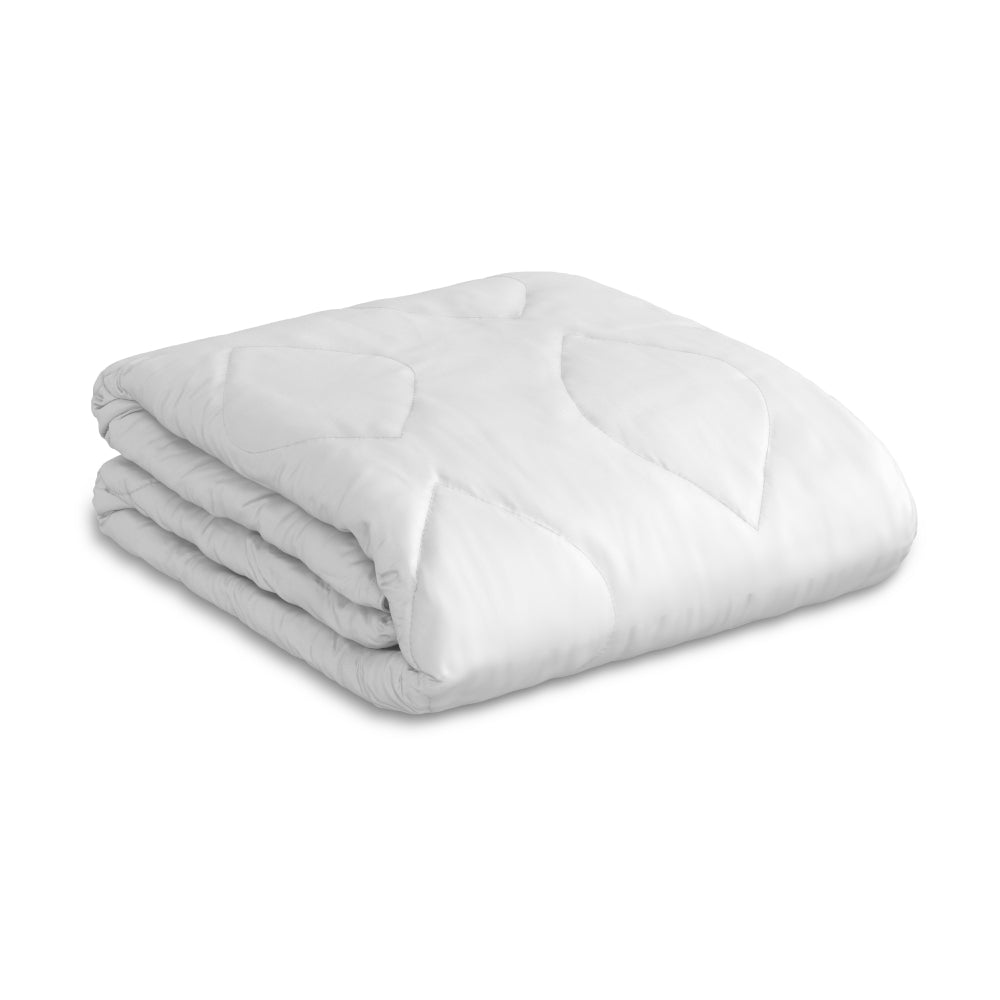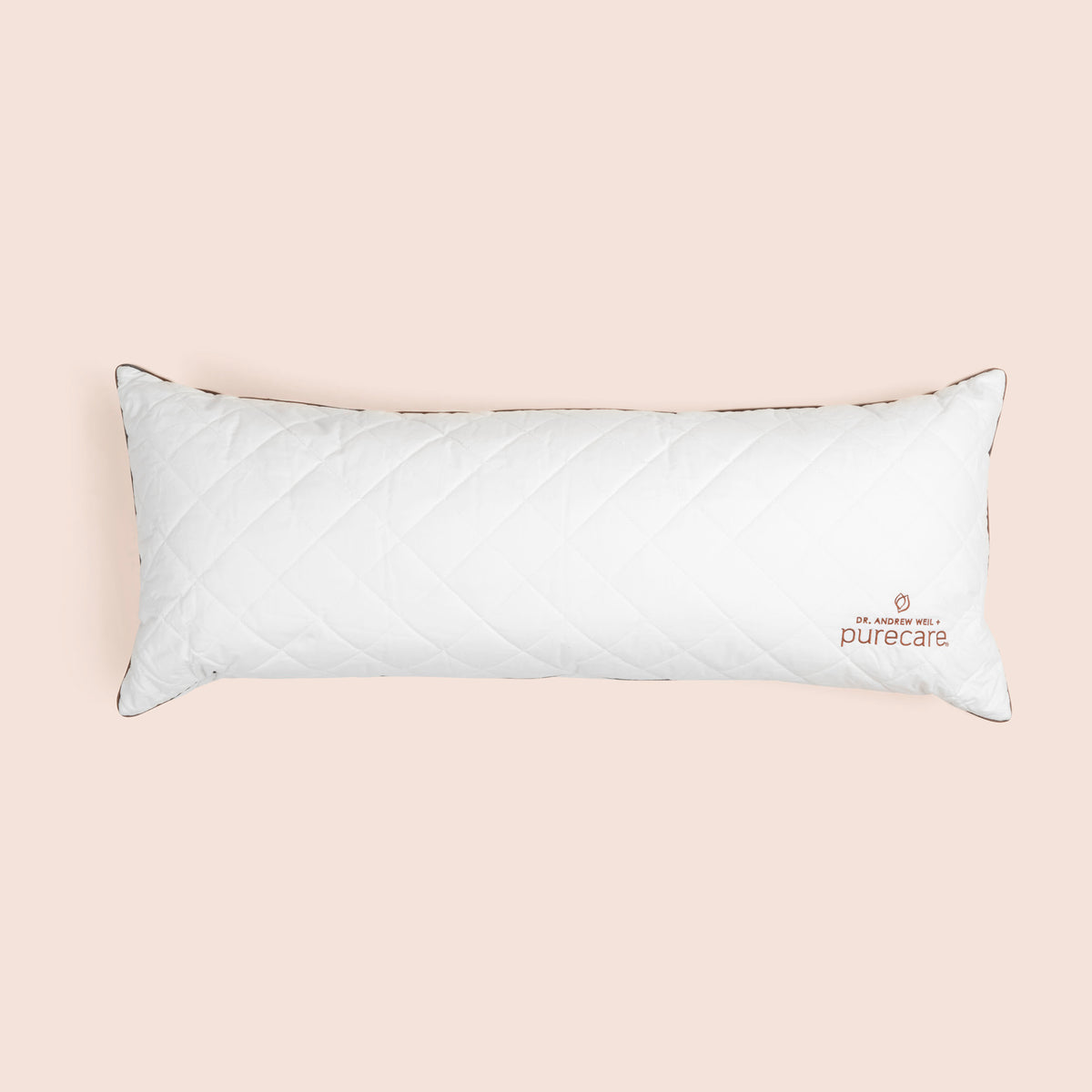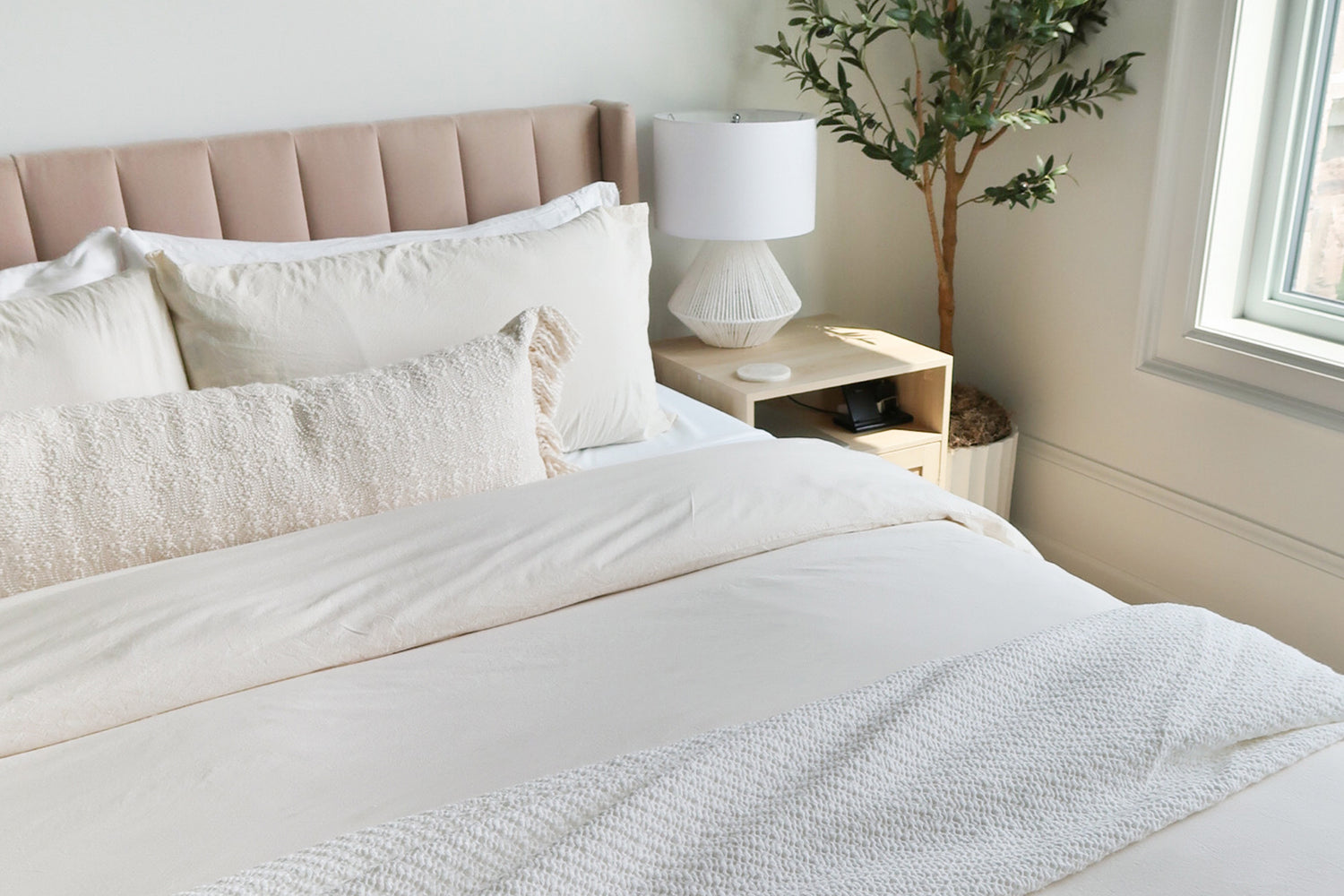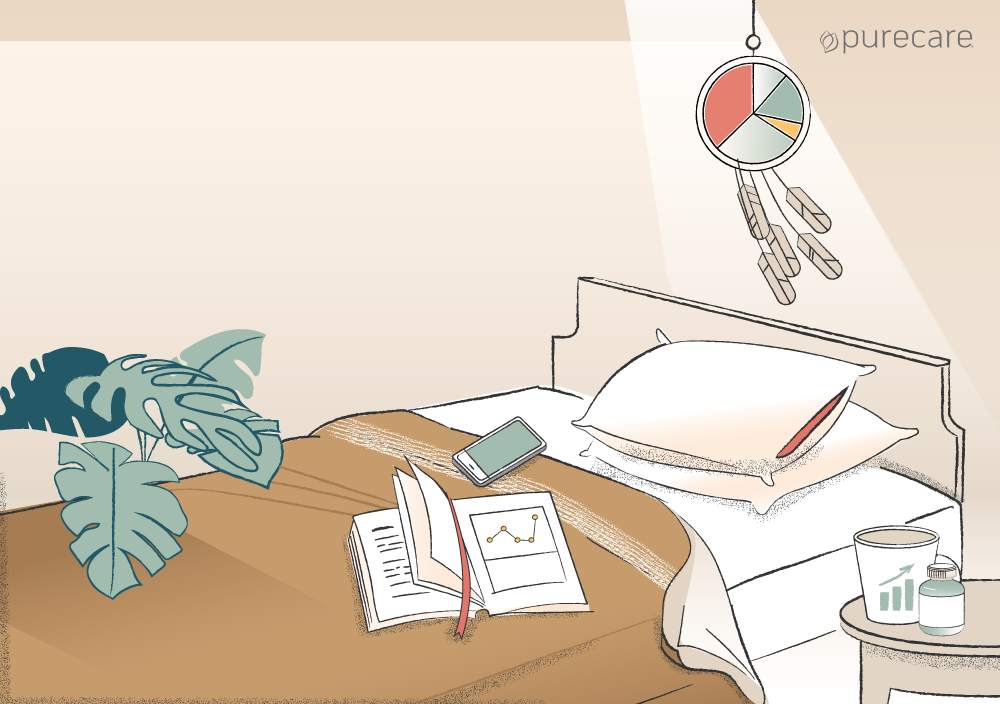Blood stains. They're dark, intractable, and stubborn. They're also incredibly common. While stains are common, the sinking feeling of, "Oh no, I ruined the sheets" shouldn't be. We've got you covered, from old blood you never noticed to fresh blood that's everywhere. On colored sheets. That are delicate.
Your bedroom is a place of refuge, sanctuary, and peace. But blood on sheets and mattresses can put a crimp in that so-fresh feeling (and your good night's sleep, too).
When you invest in high-quality, cool bedding, you need it to last. To be part of your nighttime routine. To support your sleep hygiene. So, let's care for those stains and reclaim the bedding of your dreams. Want to remove urine? Try these steps instead.
The Best Option is Prevention
Mattress and pillow protectors are often the unsung heroes of bedding. As the first layer on your mattress and pillows, protectors are often forgotten since they don’t play a role in overall comfort or design. However, protectors not only keep liquids like urine and sweat from soaking and staining your mattress, but they also prevent dust mites (and the irritants they leave behind) from infesting your sleep space. They also play an important role in protecting your mattress investment.
If you purchased your mattress through a traditional mattress retailer, there is a very good chance that your mattress sold with a protector to help safeguard your new mattress warranty. If the mattress protector fails to protect your mattress, you may be eligible to have your mattress professionally cleaned.
Not certain? It’s best to double-check, as most warranties are voided if cleaning instructions aren’t followed. Contact the retailer where you purchased your mattress. They can provide valuable information about the coverage and length of your warranty (some extend to 20+ years!).
The Basic Steps You Need to Know to Remove Blood
- Blot any large pools of blood to prevent them from soaking in and making the stain bigger.
If you catch the stain early and it's still fresh, make your life easier by keeping its size to a minimum. Remove any excess blood from the fabric gently with a paper towel. Remember to blot a wet stain; never rub.
- Immediately soak or run the sheet under cold water.
Proteins, like those in blood, become insoluble when they're warmed too much and begin to cook. That's why hot water makes a bloodstain more difficult to remove. Start by rinsing the fabric under cold water to remove as much as possible.
- Apply hydrogen peroxide.
The 3% concentration sold in grocery stores and pharmacies is just fine. Pour a layer on the stain and rub with a Q-tip or your gloved fingertips. You can give your efforts a second try for optimal results. It can take patience to remove blood stains.
- Machine wash your sheet in cold water.
When you're satisfied you’ve removed as much of the stain as possible using hydrogen peroxide, wash the sheets in the washing machine with laundry detergent. Use cold water. Don't dry your sheets.
- Follow up with more elbow grease if your stain remains.
If your bed sheet is still stained, try another round of hydrogen peroxide, a 20-minute white vinegar soak, or an enzyme cleaner, designed to life proteins from fabric. Which one is right for you is based on what you already have, how delicate your fabric is, and how much of the stain remains. One thing is paramount: don't dry your sheet with heat if any blood remains. You'll set the stain.
Cleaning Blood Stains from Sheets on the Go
Are you in a hotel right now? We've got you covered. If you don't have cleaning supplies, there are some actions you can take right away on a fresh blood stain to remove blood from sheets:
- Rinse in cold water
- Use salt. If you have salt, applying a paste of salt water to sheets and rubbing the fabric gently can help the salt penetrate the fabric and lift stains away with running water. Are you a contact wearer? You can use saline solution to get blood stains out.
- Try saliva. You can use saliva's enzymes as a mild enzymatic cleaner to break down the proteins in the blood on your sheets and help remove the stain.
- Scrub away a fresh stain on cotton sheets with bar soap.
- Soak your sheets in cold water. Leaving sheets in the sink, and then air drying your sheets, can often be the best way to get blood out of sheets when you don't have cleaners available.
Removing Blood from Colored Sheets vs White Sheets
The go-to blood cleaner is hydrogen peroxide, which is safe for almost all colors as well as whites. But it's not foolproof. Though you can use hydrogen peroxide in the wash to brighten colors, don't splash or rub it on sheets without first testing an inconspicuous spot for color-fastness. Hydrogen peroxide is more likely to damage:
- Sheets where the dye isn't colorfast. Some colors are more likely than others to bleach from hydrogen peroxide. For instance, blacks and light pastels are more likely to be safe than brights.
- Delicate fabrics
- Protein-based fabrics like silk and wool. Hydrogen peroxide will break down their proteins just as it breaks down blood's proteins
- When left too long on fabrics
For delicate sheets, when you want to try hydrogen peroxide, try applying the peroxide to a sponge and then to the fabric, rather than spraying directly on the fabric itself.
If you have sheets where the color in a discreet corner is damaged by hydrogen peroxide and it's not an option, use the following steps to remove dried blood instead:
Fresh Blood Removal without Hydrogen Peroxide
- Blot away any wet blood. Do not rub.
- Run cold water in the sink and rinse the stain from your sheets. On hardier fabrics like cotton or linen, gently use your fingernails or an old toothbrush to scrape the stain from your fabric.
- Add bar soap or dish detergent to cotton or linen fabrics, and keep up the toothbrush scrub. You want the soap to penetrate between individual fibers where it can break up the stain's bond with the fabric.
- Mix a teaspoon of salt into a couple of tablespoons of water to create a paste and pour it liberally on the stain.
- Rub the salt into the stain under the cold running water. The grains of salt not only act as a mild abrasive but help draw the remaining stain out of the fabric.
- Use an enzyme cleaner to break down the organic molecules in the blood.
- Keep running the sheets under cold water. If you can't see the stain anymore, machine wash as you normally would using cold water.
Dried Blood Removal without Hydrogen Peroxide
- Start with cold running water. On hardier fabrics like cotton or linen, gently use your fingernails or an old toothbrush to scrape the stain from your fabric.
- Add bar soap or dish detergent to cotton or linen fabrics, and keep up the toothbrush scrub. You want the soap to penetrate between individual fibers where it can break up the stain's bond with the fabric.
- Pour a mixture of equal parts white vinegar and water over the stain and let it soak. You can use a less diluted solution, but if you're working with an already delicate fabric, start with diluted vinegar. Let the vinegar soak for 20 minutes.
- Add an enzyme cleaner that's able to break down the organic proteins in blood.
- Machine wash as you normally would in cold water. Do not dry with heat and risk setting any remaining stain. Repeat the process until the stain is no longer visible.
Tough Stains? Try Something You've Probably Never Heard Of
It's common knowledge that blood sets in hot water, and scrubbing bloodstains using cold water is recommended. After all, blood is a protein and hot water can cook the blood into the fabric, making it even more difficult to remove later.
However, if you're unable to resolve a tough stain, it may be time to throw out "common knowledge" and try something new. Here's the step-by-step to recover sheets you thought were a lost cause:
- Use hydrogen peroxide. While wearing gloves, rub hydrogen peroxide into the bloodstains. Increase the concentration of hydrogen peroxide and repeat multiple times, rubbing and even scrubbing the sheets with a scrub brush. You can progress from the 3% hydrogen peroxide you see in pharmacies to 12% and 35% concentrations.
- Treat with an enzymatic stain remover. Most closely associated with pet urine stain removal, these products are fabulous additions to your laundry toolkit for all types of organic stains, from blood to dirt. They'll use bacteria to fast-track the organic breakdown of proteins in the blood.
- Here's where things get hot. Soak the sheets for at least 2 hours in a hot bath of water and sodium percarbonate (also called oxygen bleach, which is safe for colors). Oxygen bleach works best in extremely hot water, so that's why we're straying from conventional wisdom.
- Launder the sheets with your regular detergent and a laundry enhancer made from 1/2 cup of washing soda (which is more powerful than baking soda) and 2 tablespoons of sodium percarbonate (oxygen bleach).
- Repeat. If you haven't eliminated the stain, repeat the soak, overnight if needed and re-launder if you're not there yet.
Get Fresh Sheets For a Good Night's Sleep
There's not just one way to remove blood stains. Your sheets, mattress, and how old the stain is all go into which of these approaches is best for you. Just remember: you can try multiple cleaning hacks as long as you don't dry your stained sheet. After all, there are plenty of new tips to try as long as you don't set your stain into the fabric.
Even old blood stains can respond well to multiple tactics, like hydrogen peroxide plus an enzyme cleaner.
Now that you've got a few tricks up your sleeve, you can finish up the job of making your bedroom a true sanctuary. Spring cleaning and a few cheerful plants can help you make your space feel even fresher. And don't forget to cover your mattress in the future with a mattress protector so that you're never worried that stained sheets will also impact the rest of your bed.
And don’t forget—Mix, Match, and Save up to 40% off all season long when you refresh your favorite sleep wellness essentials with us at purecare.com.

